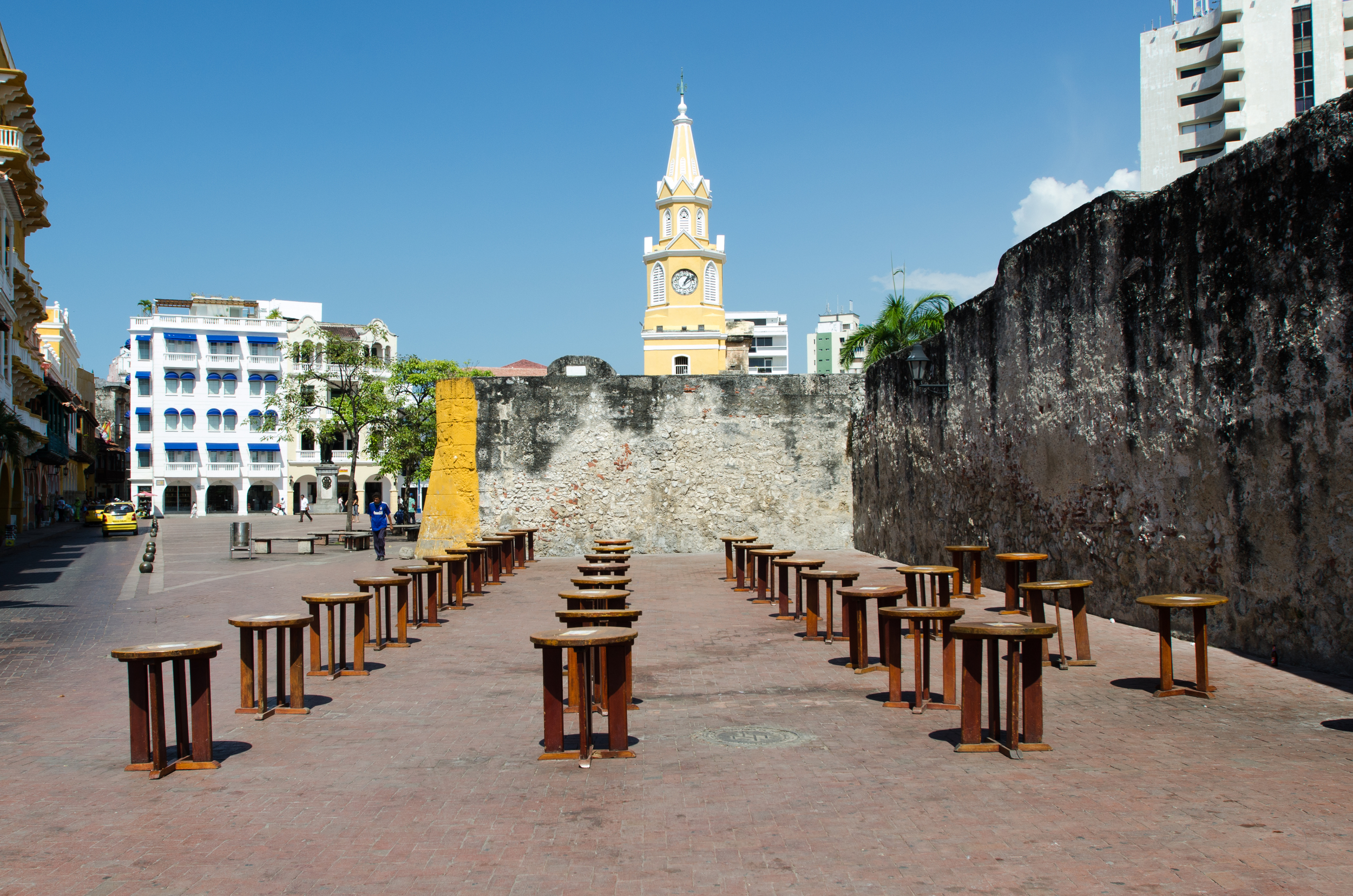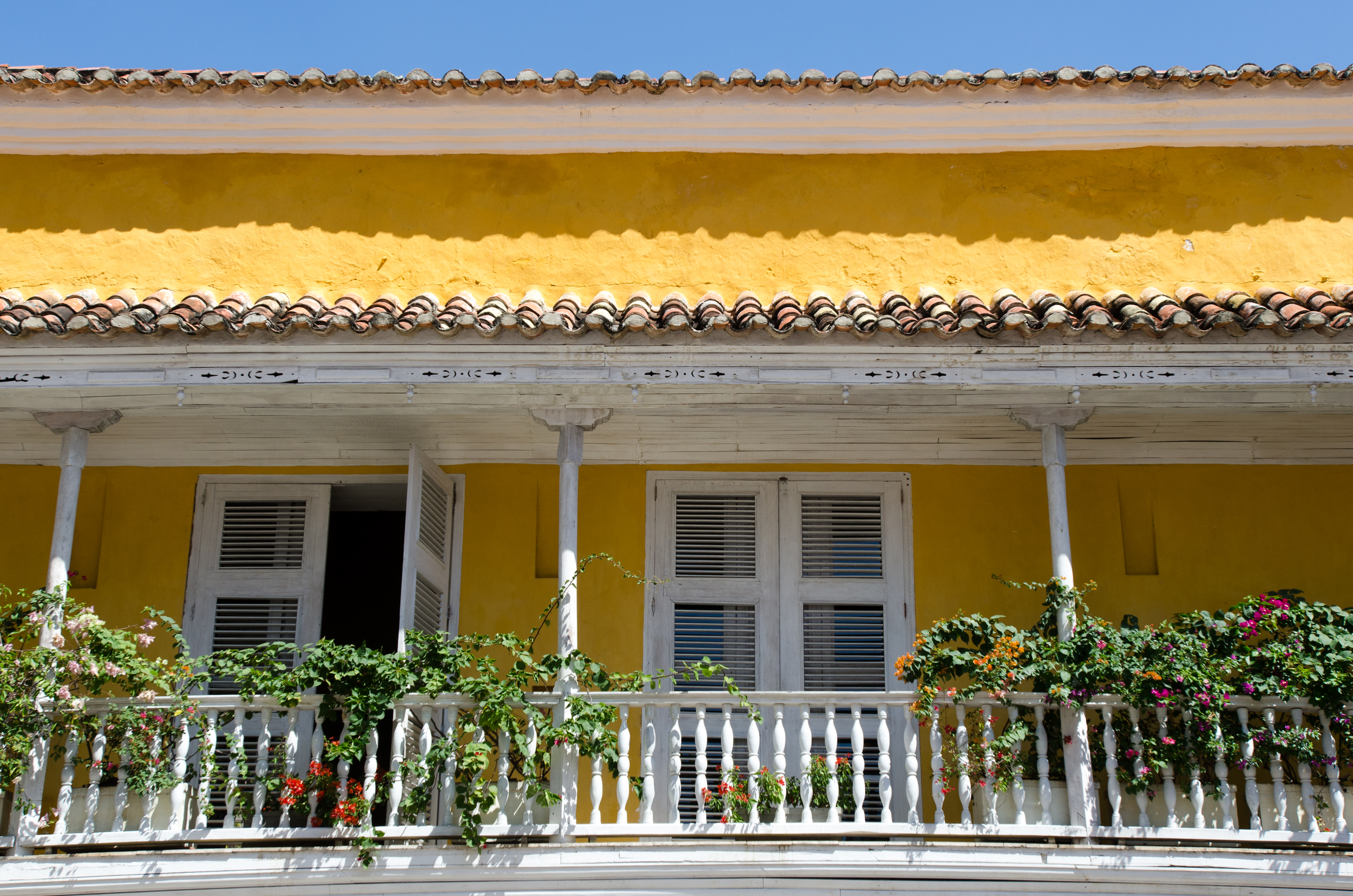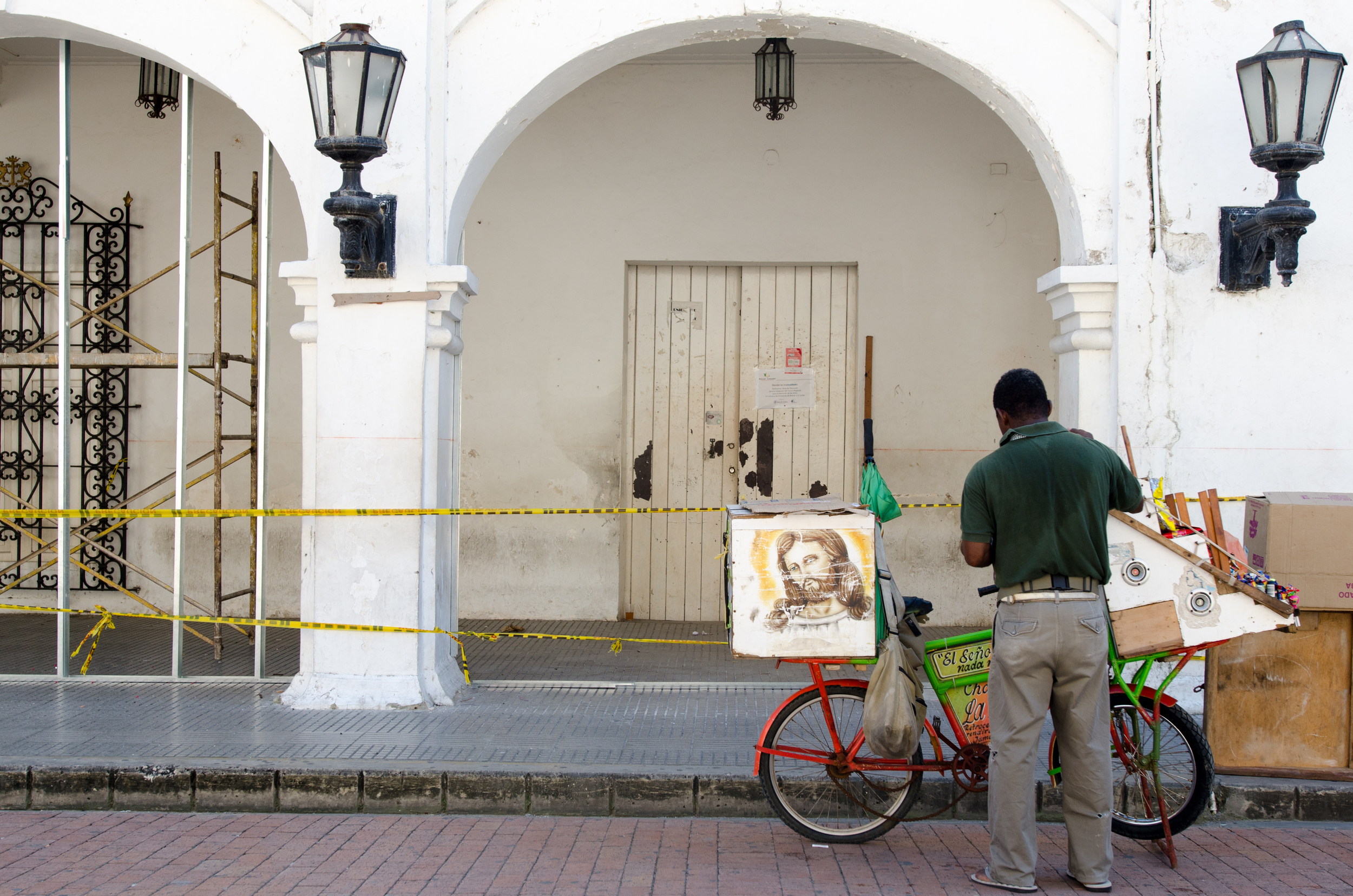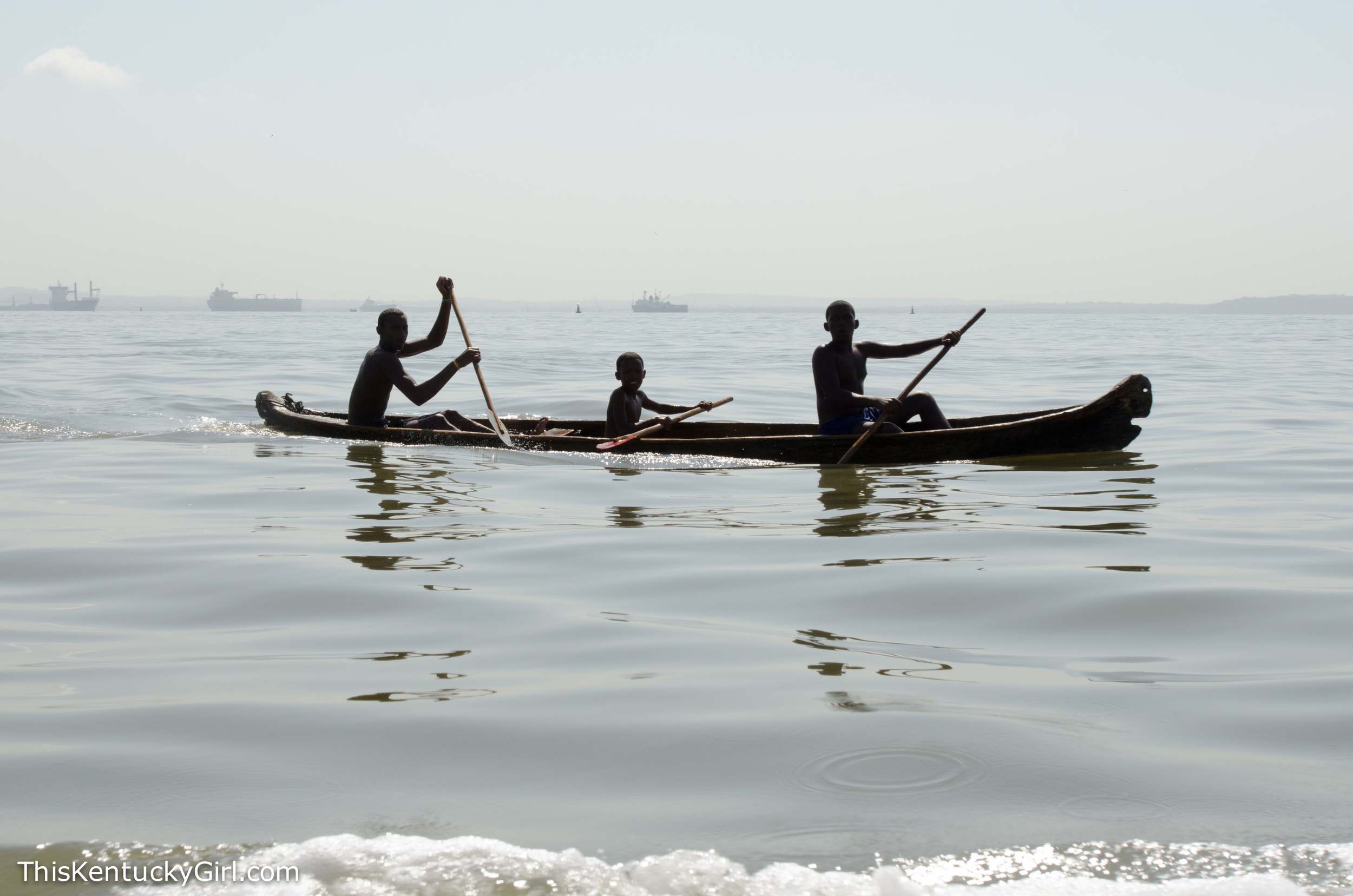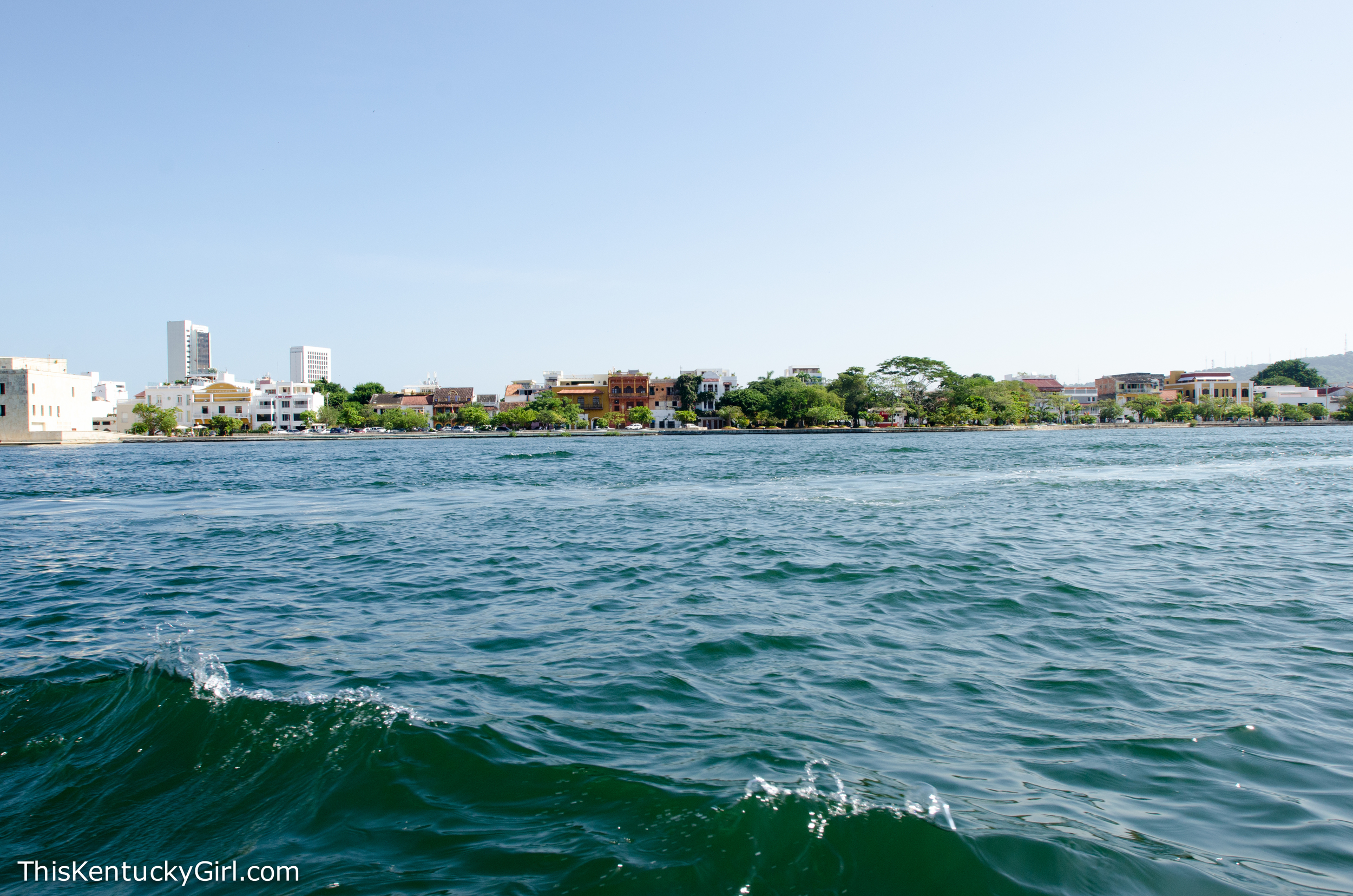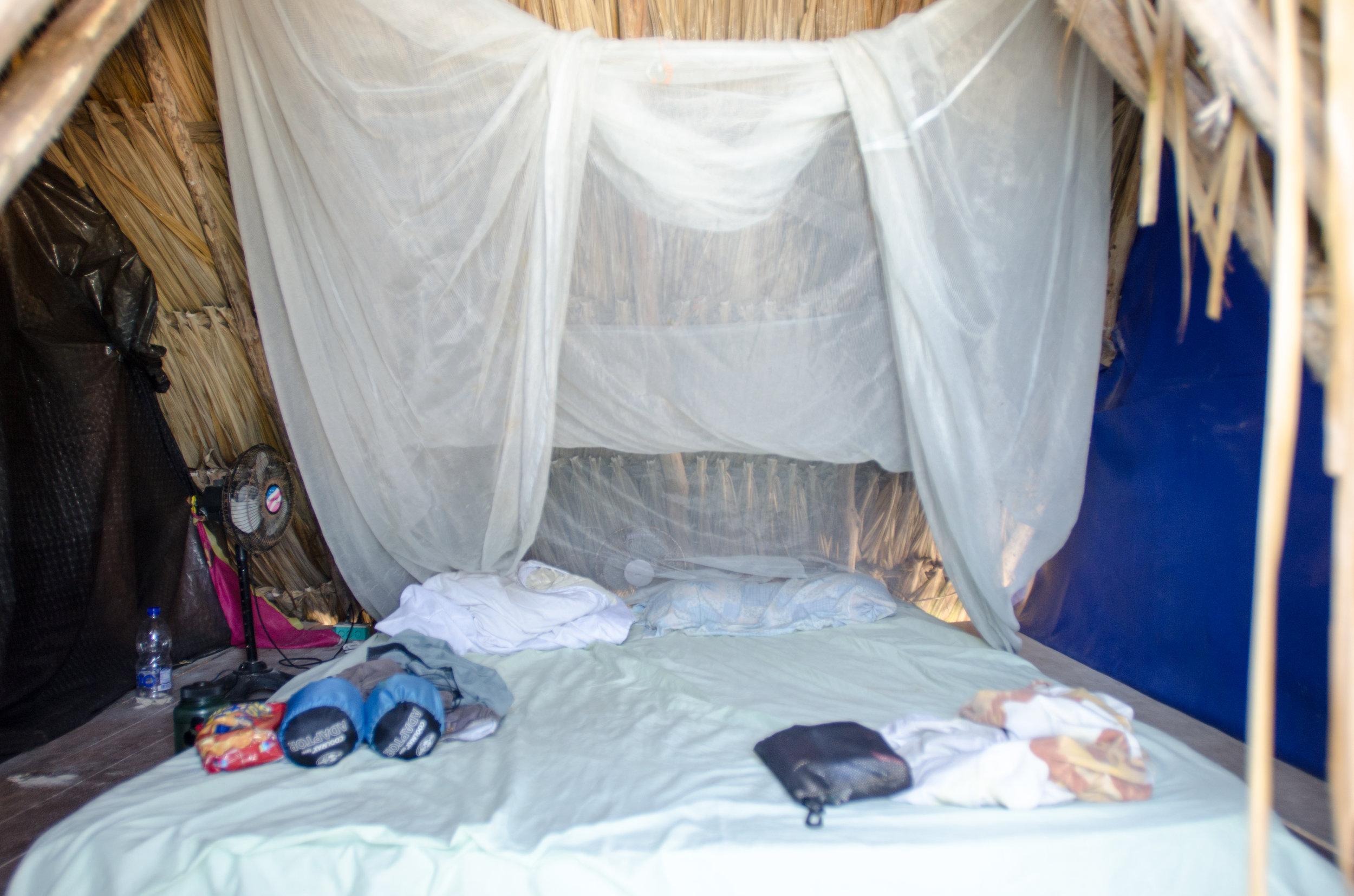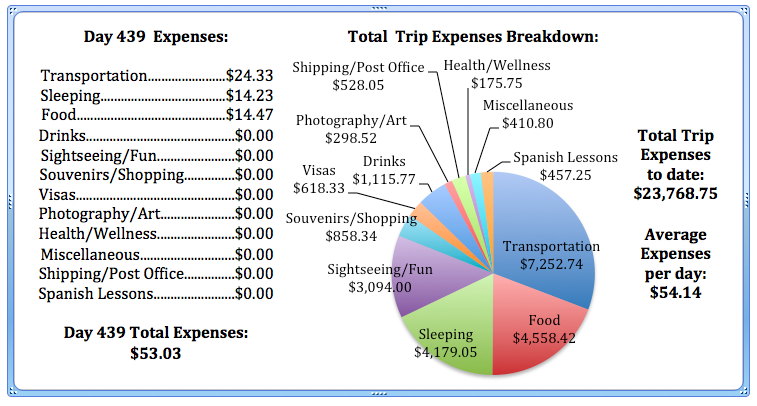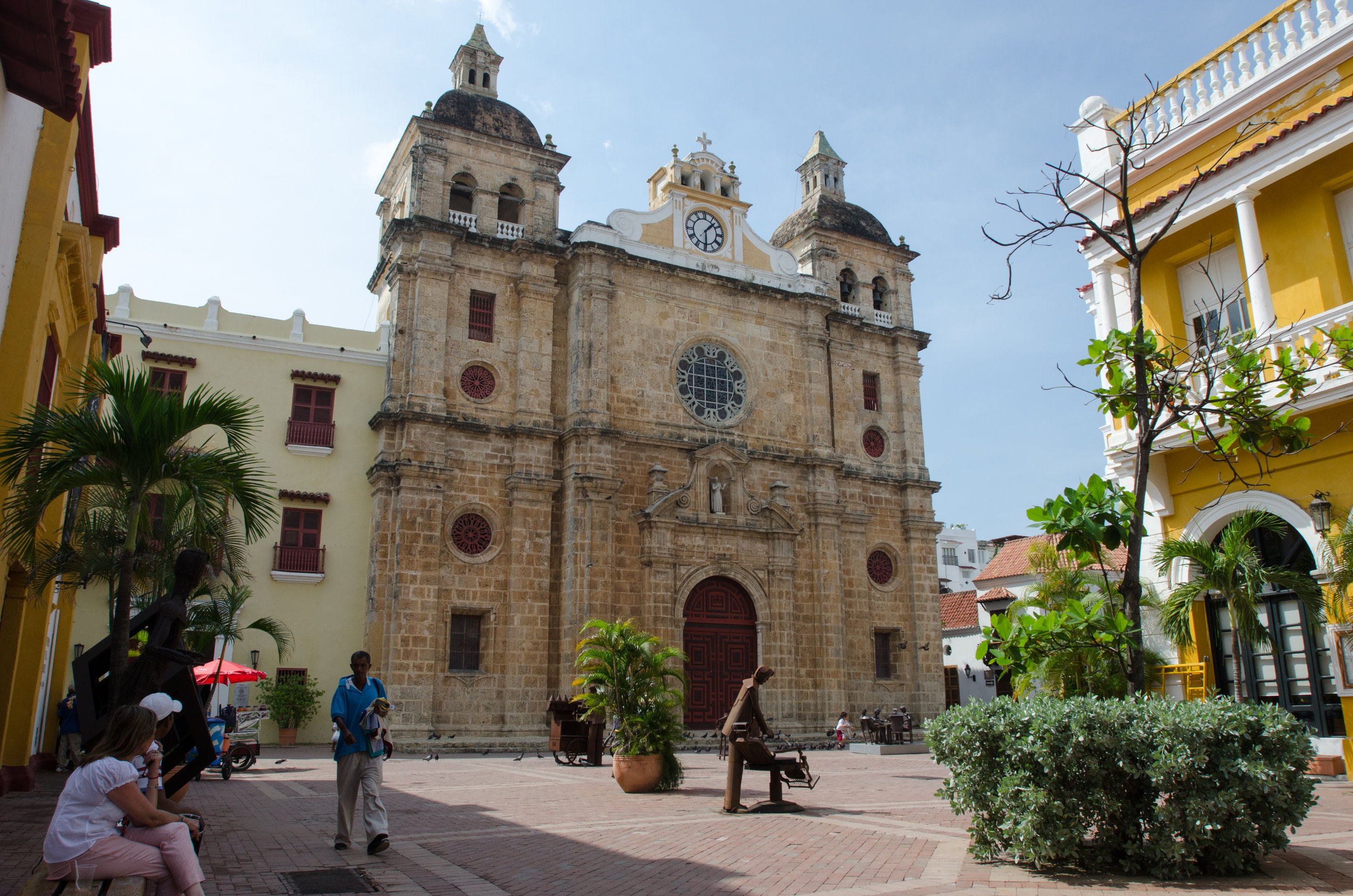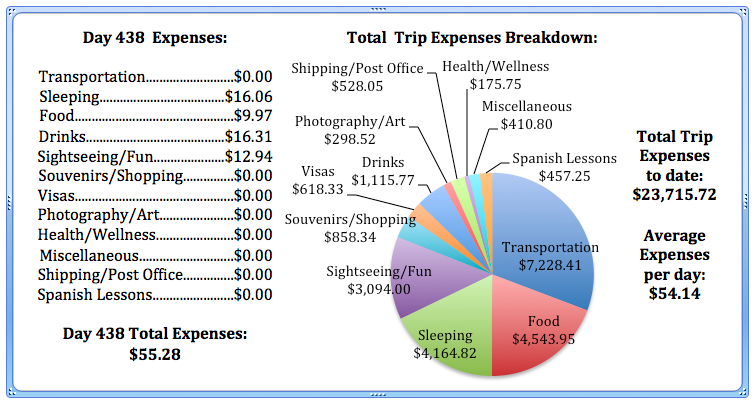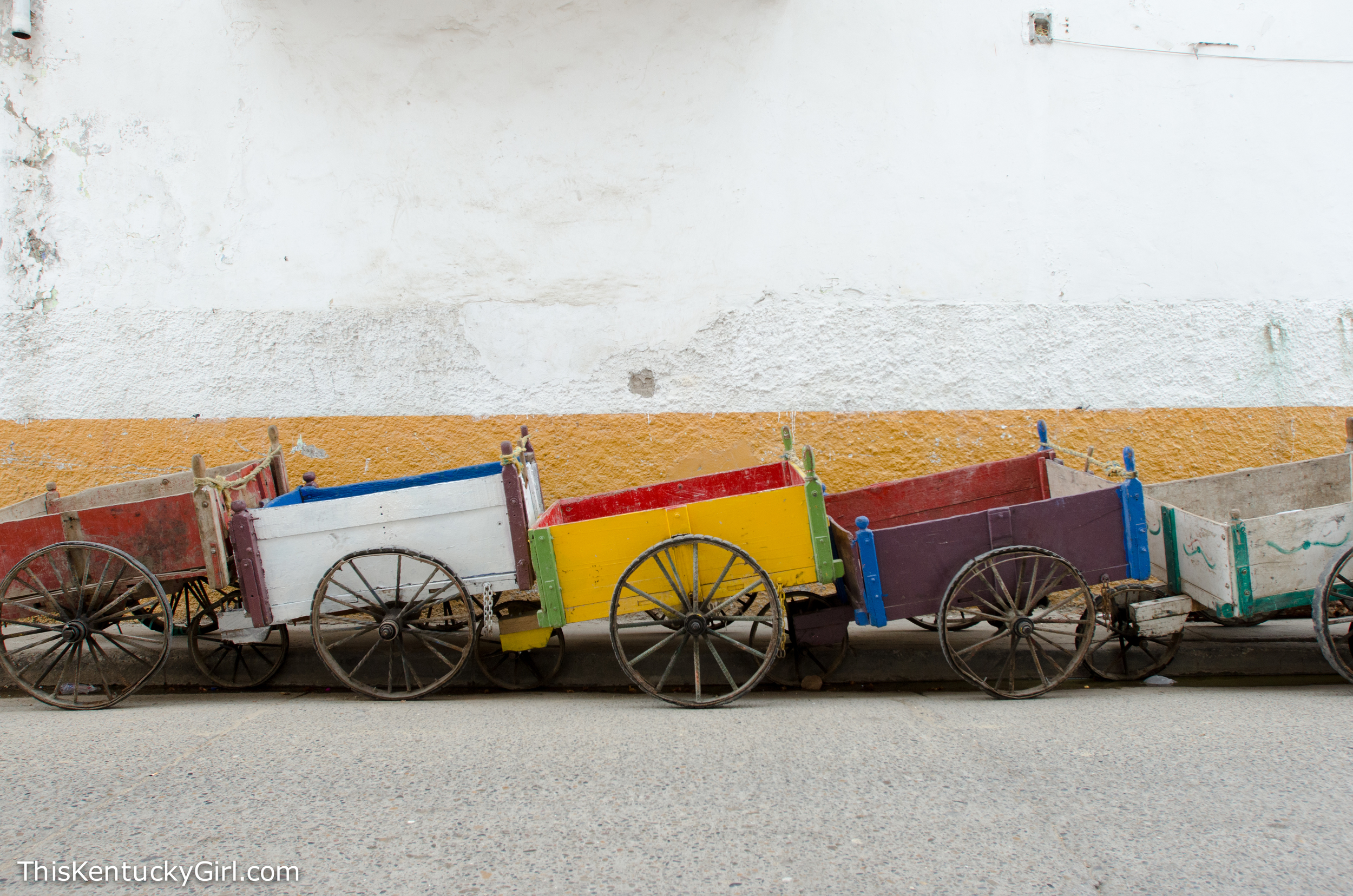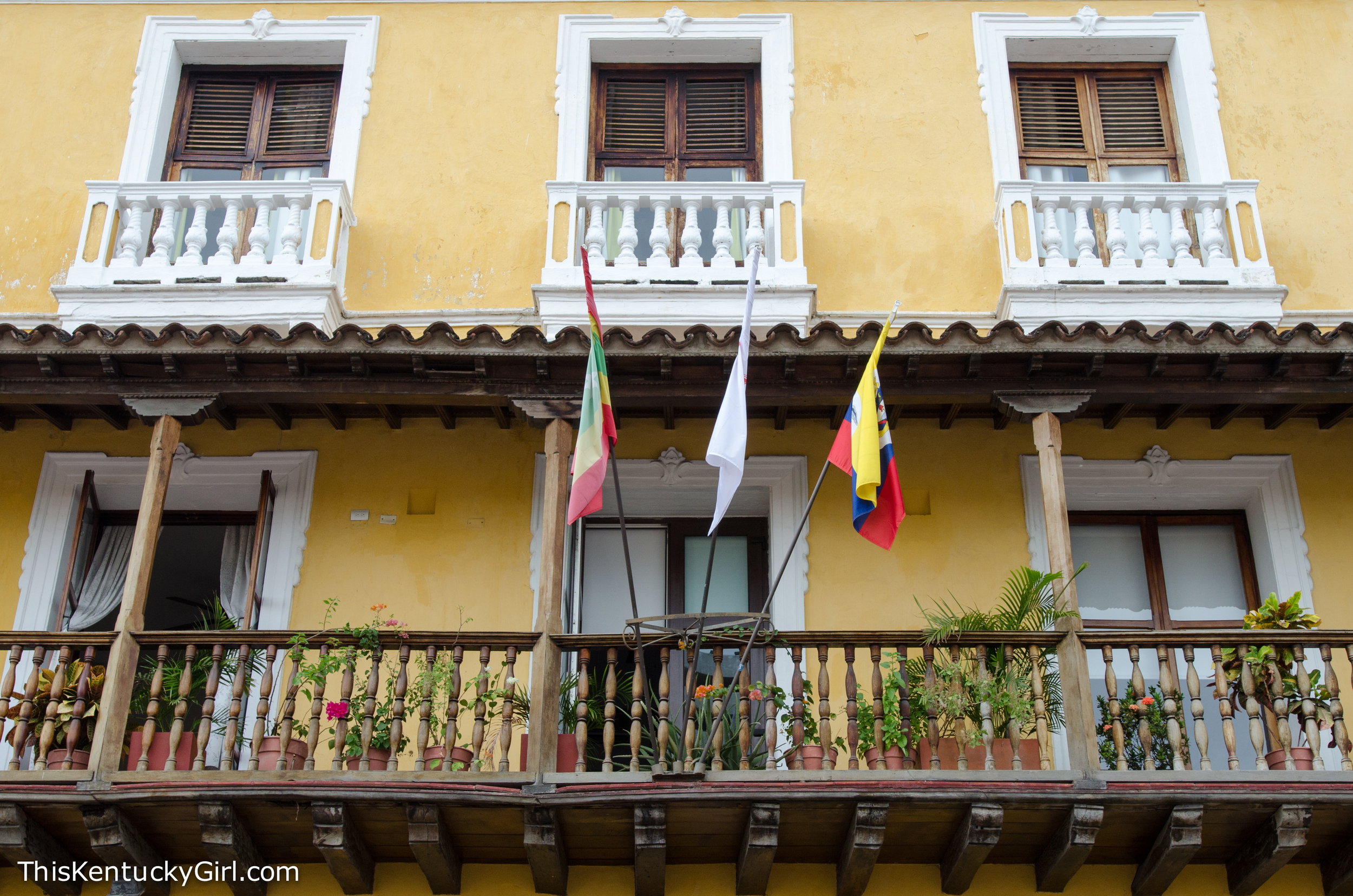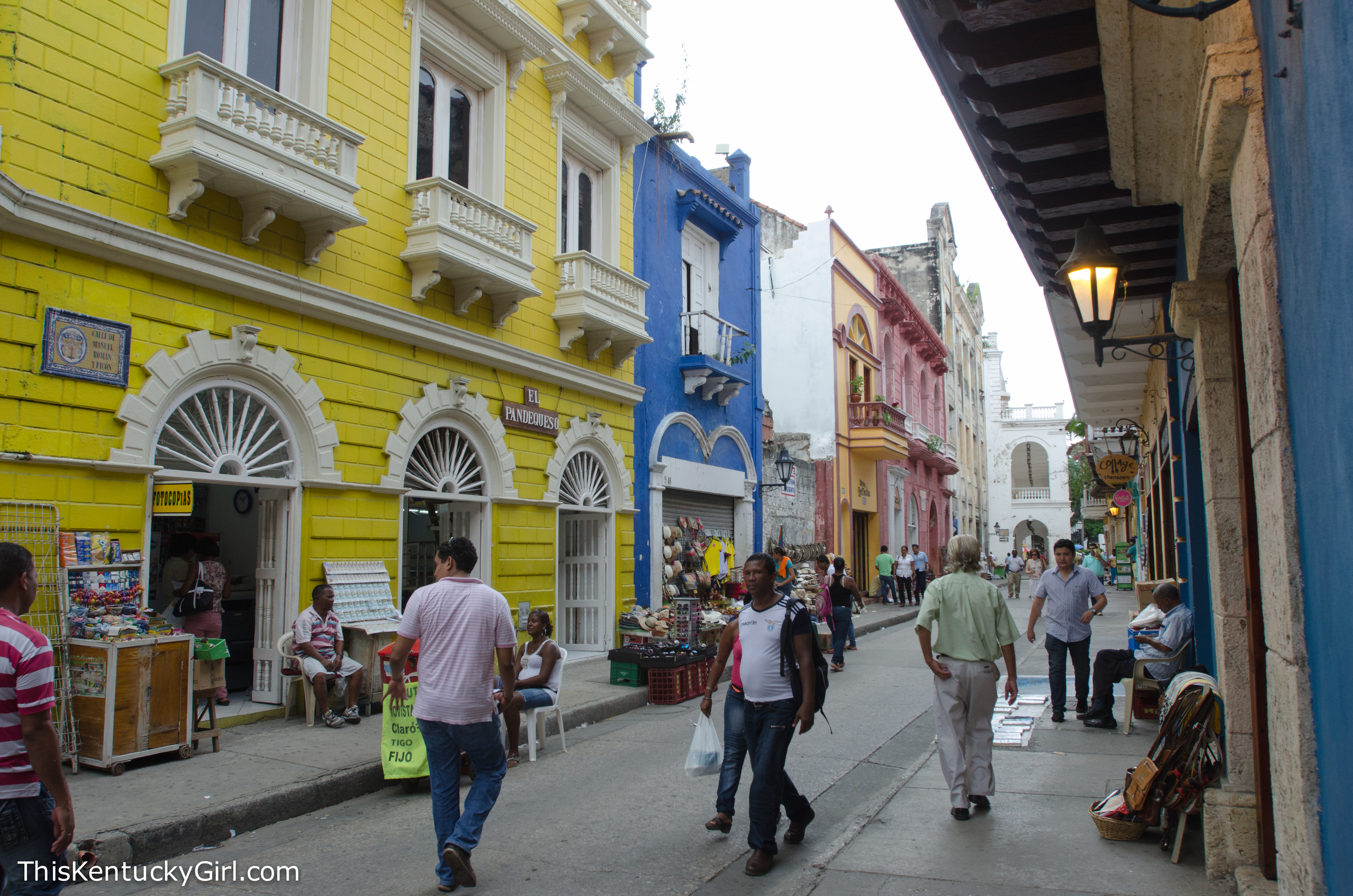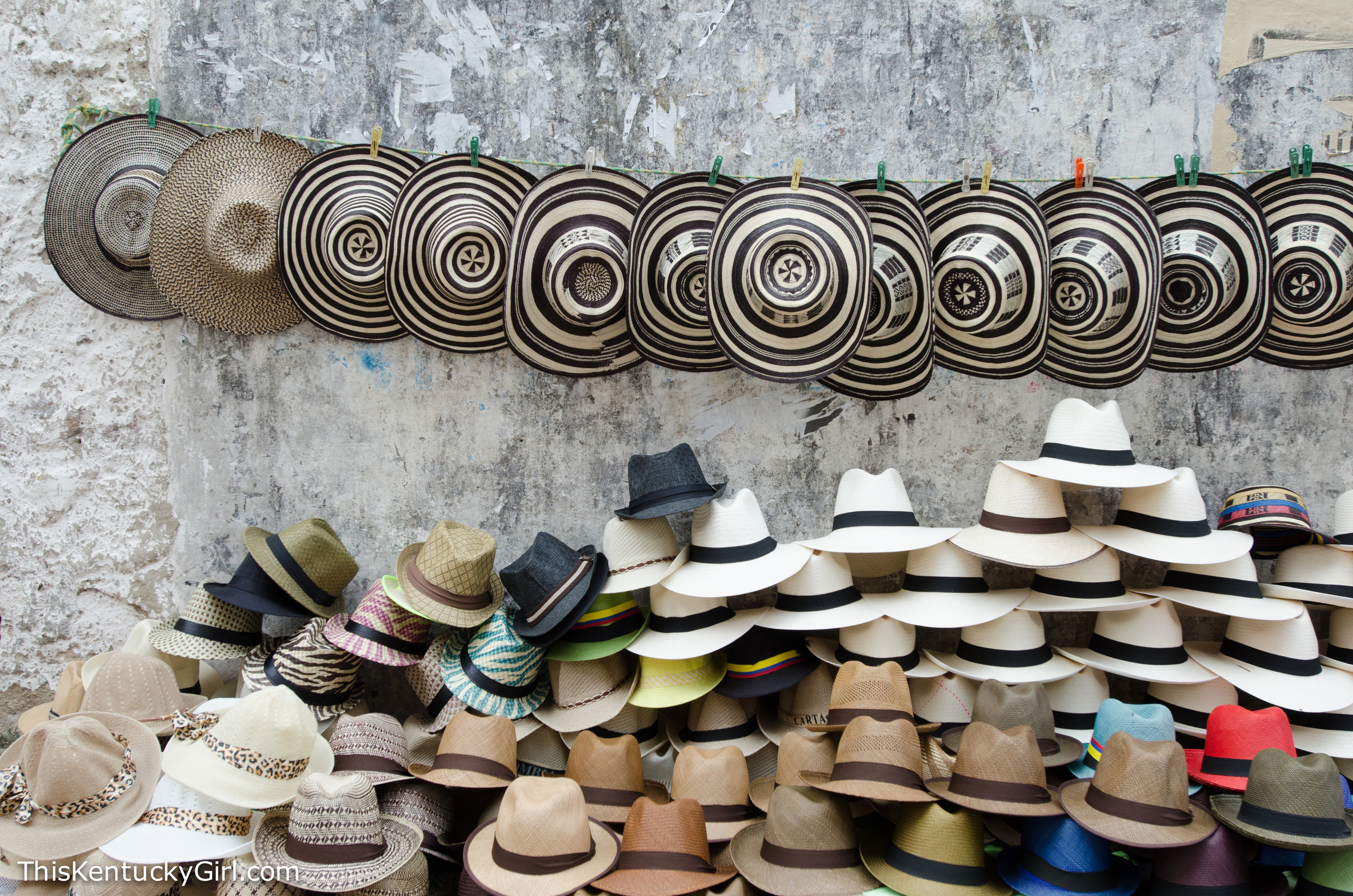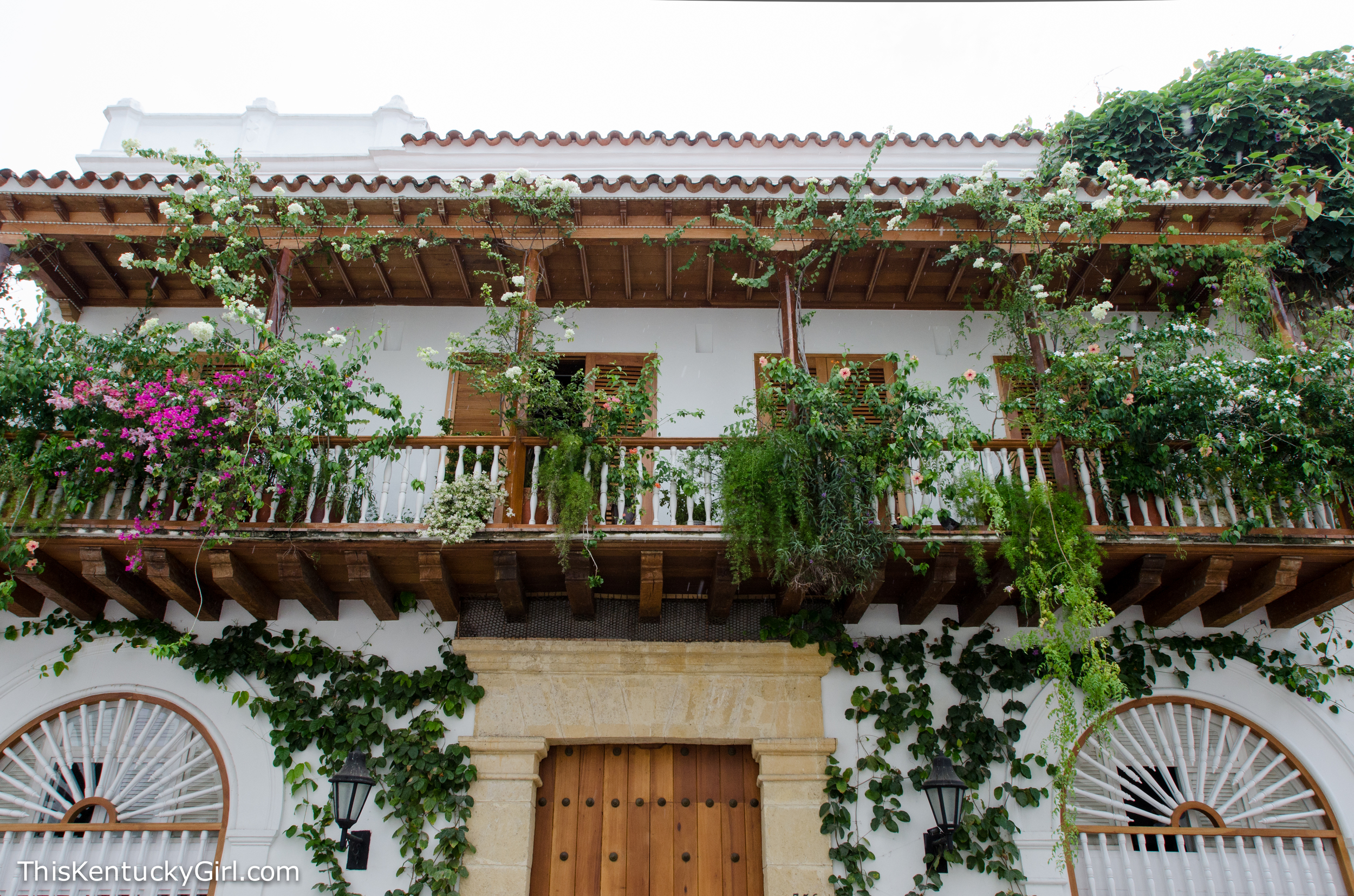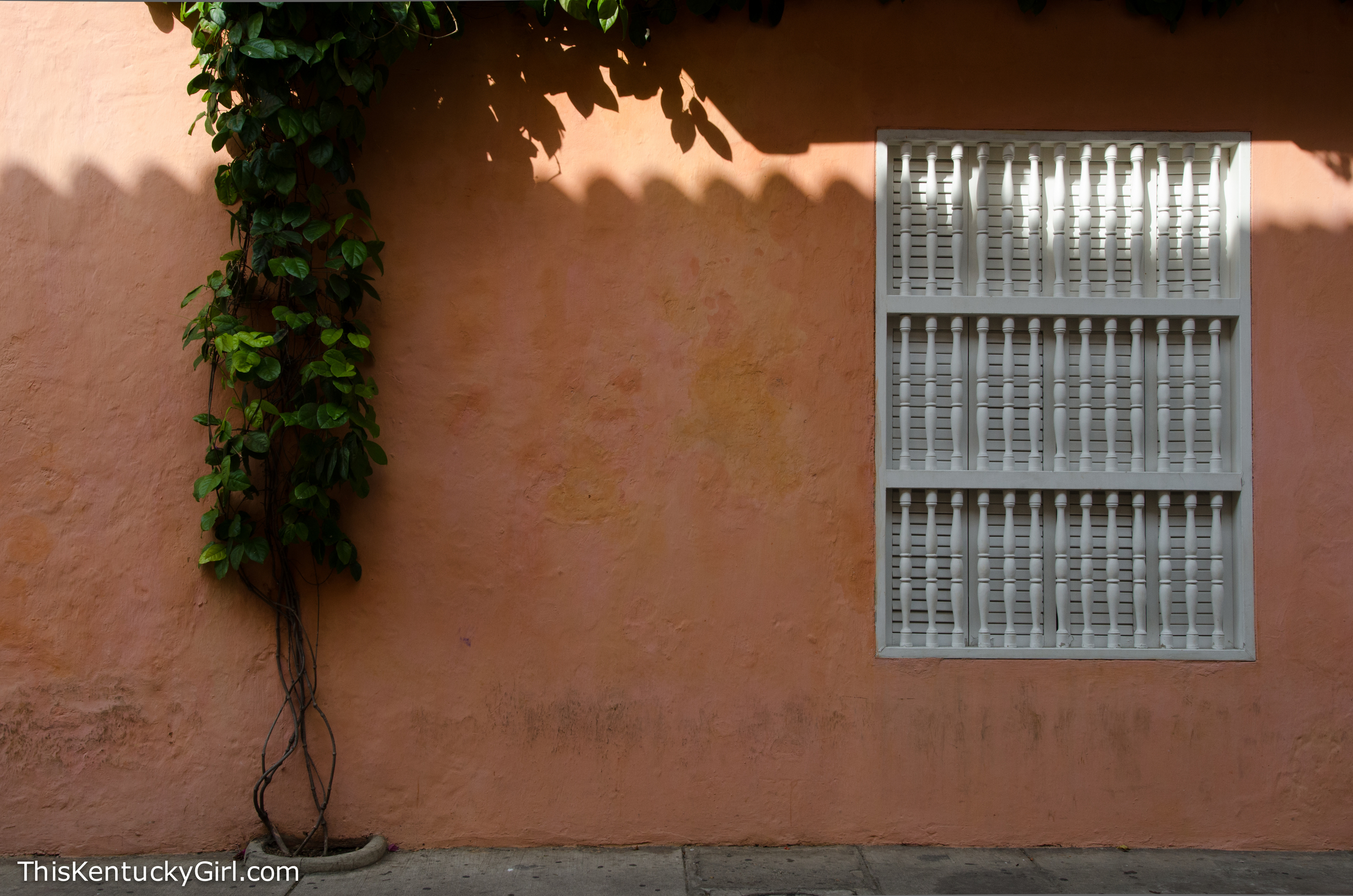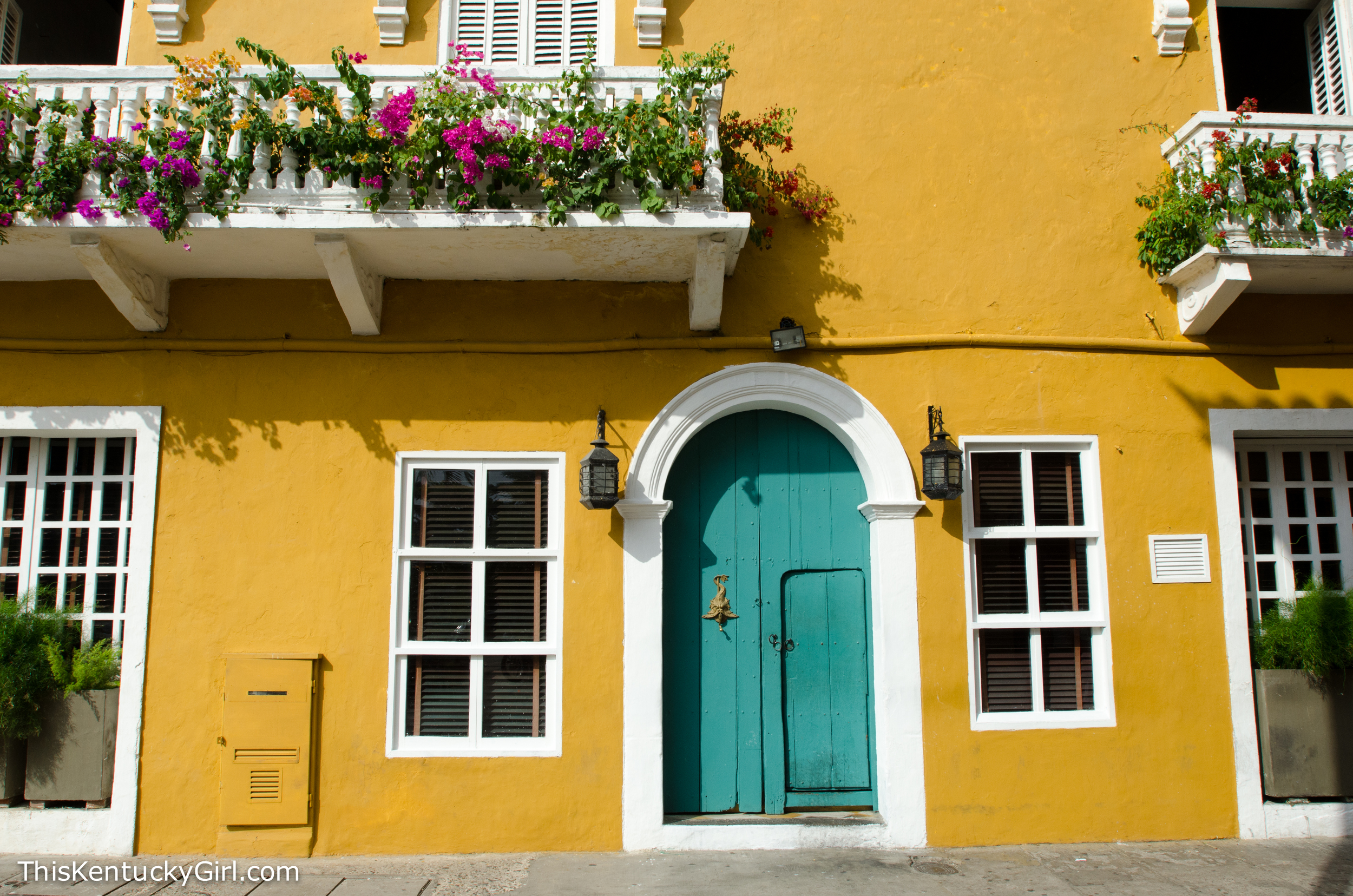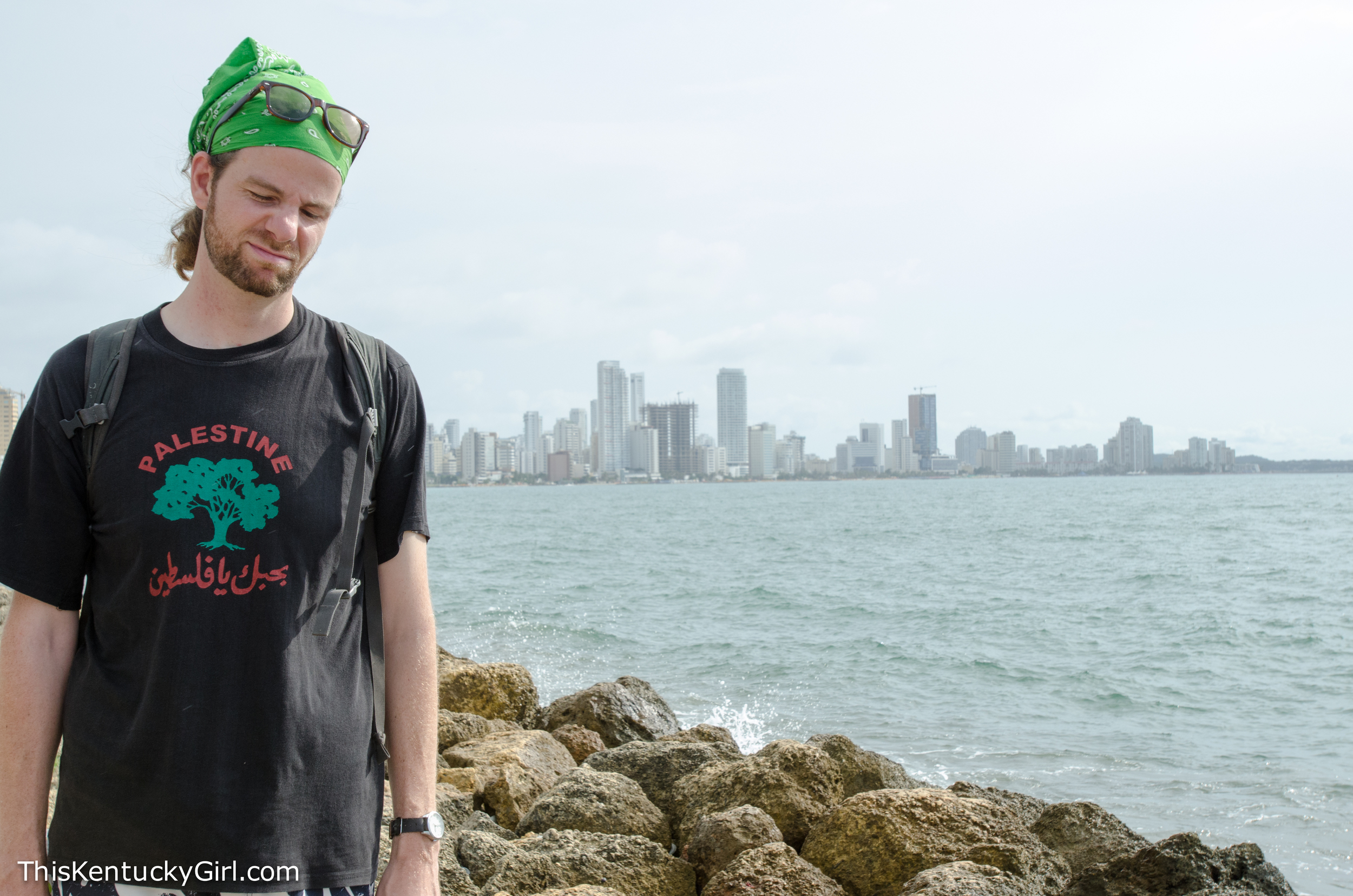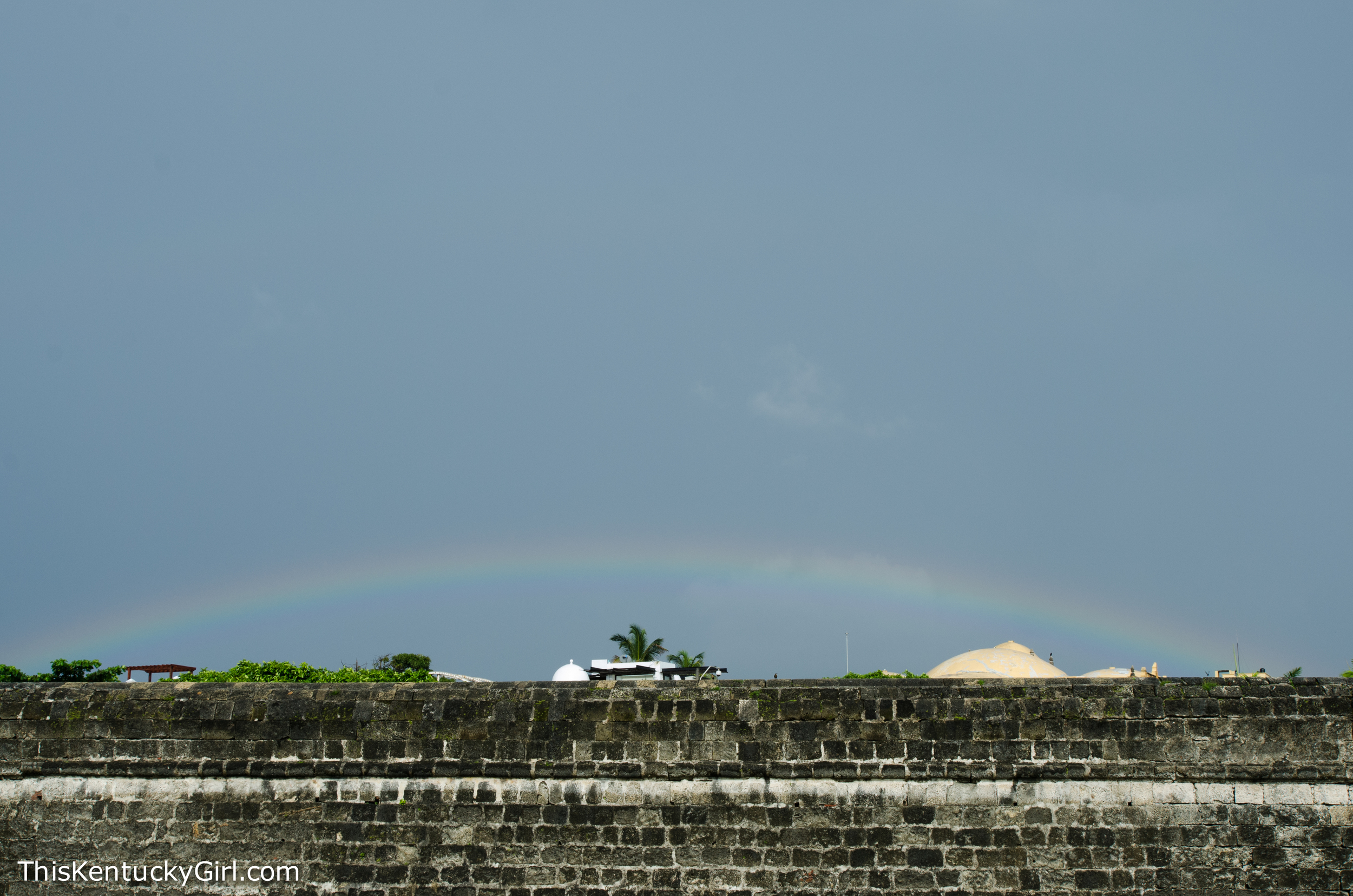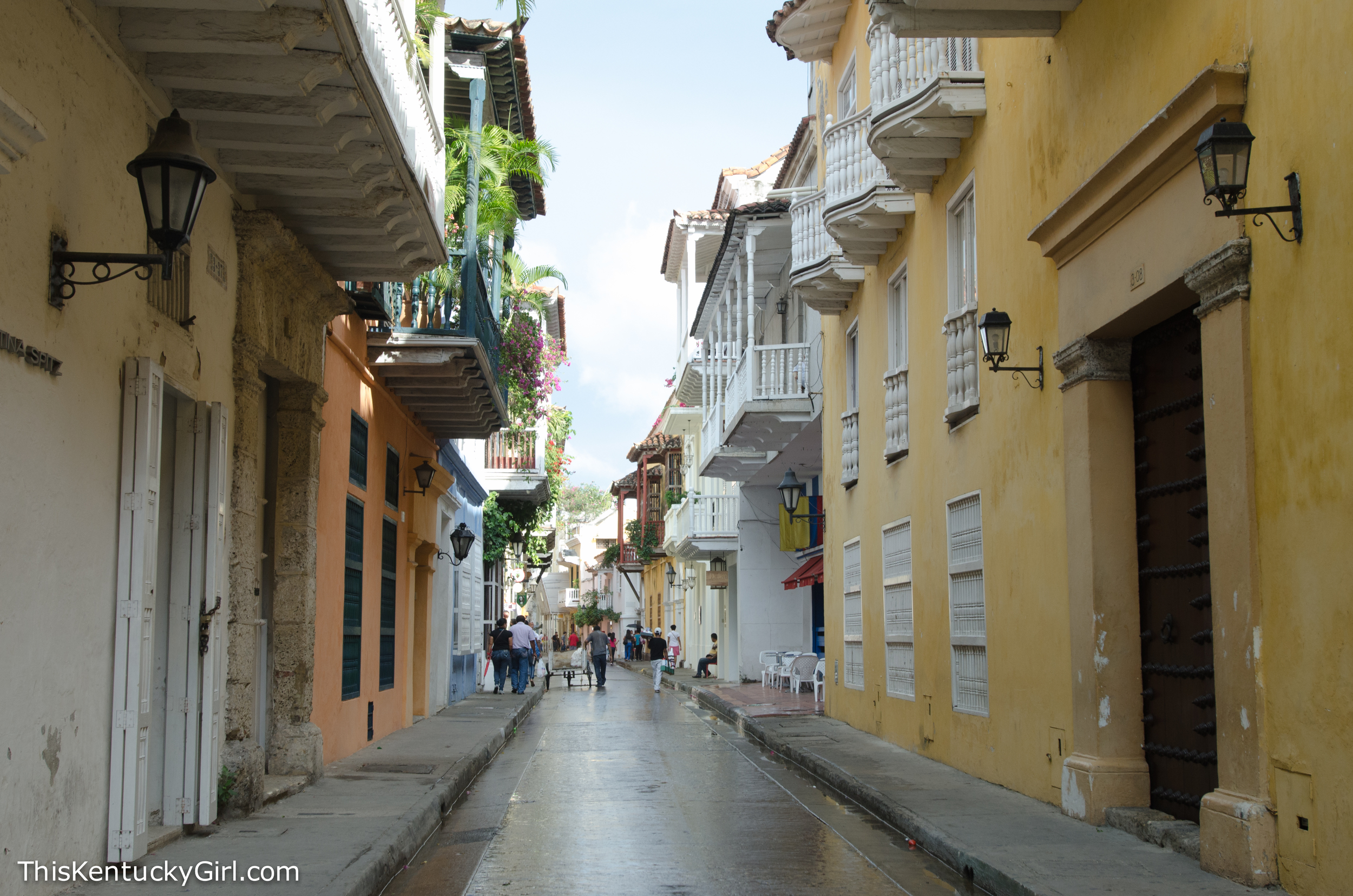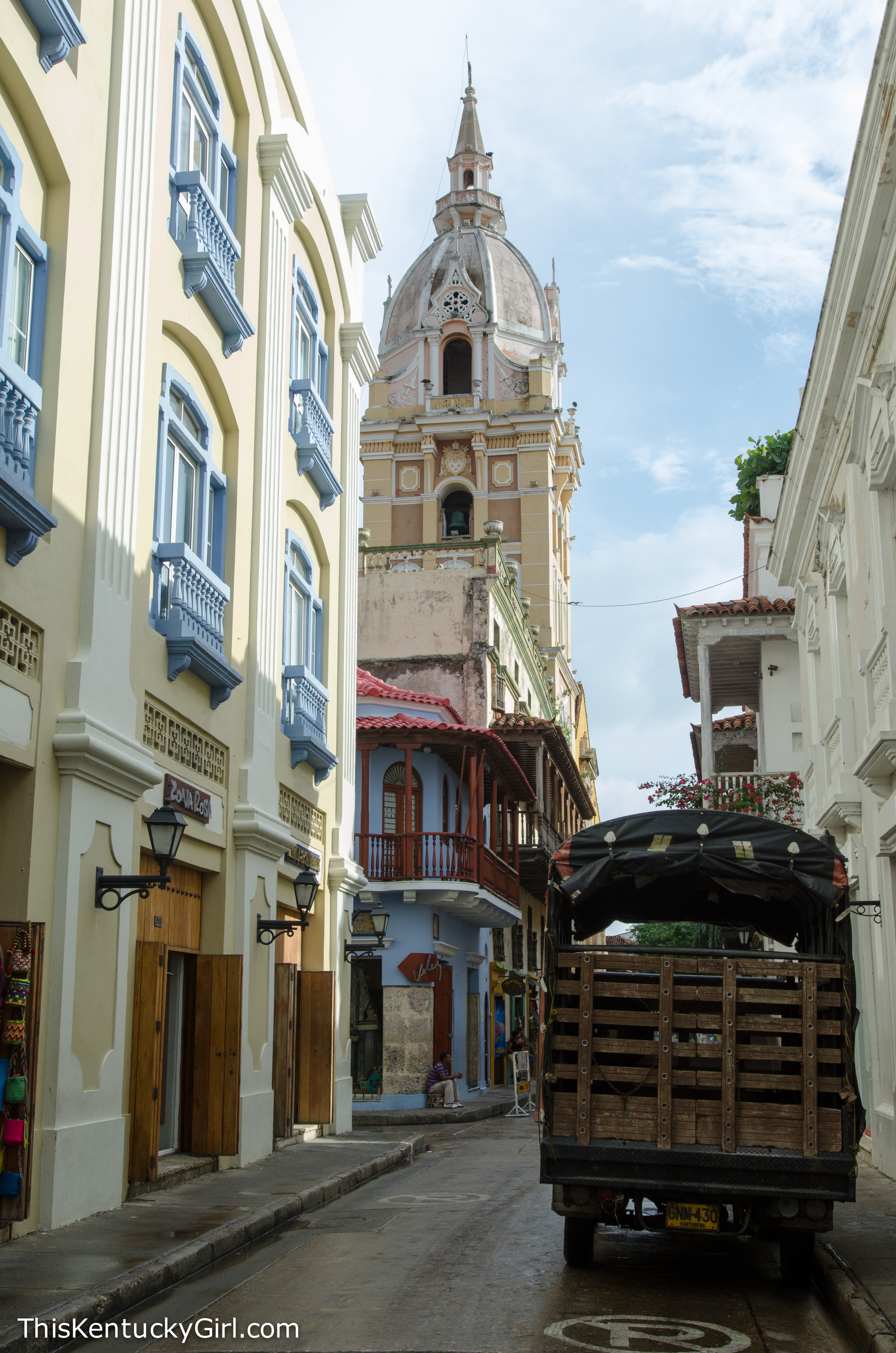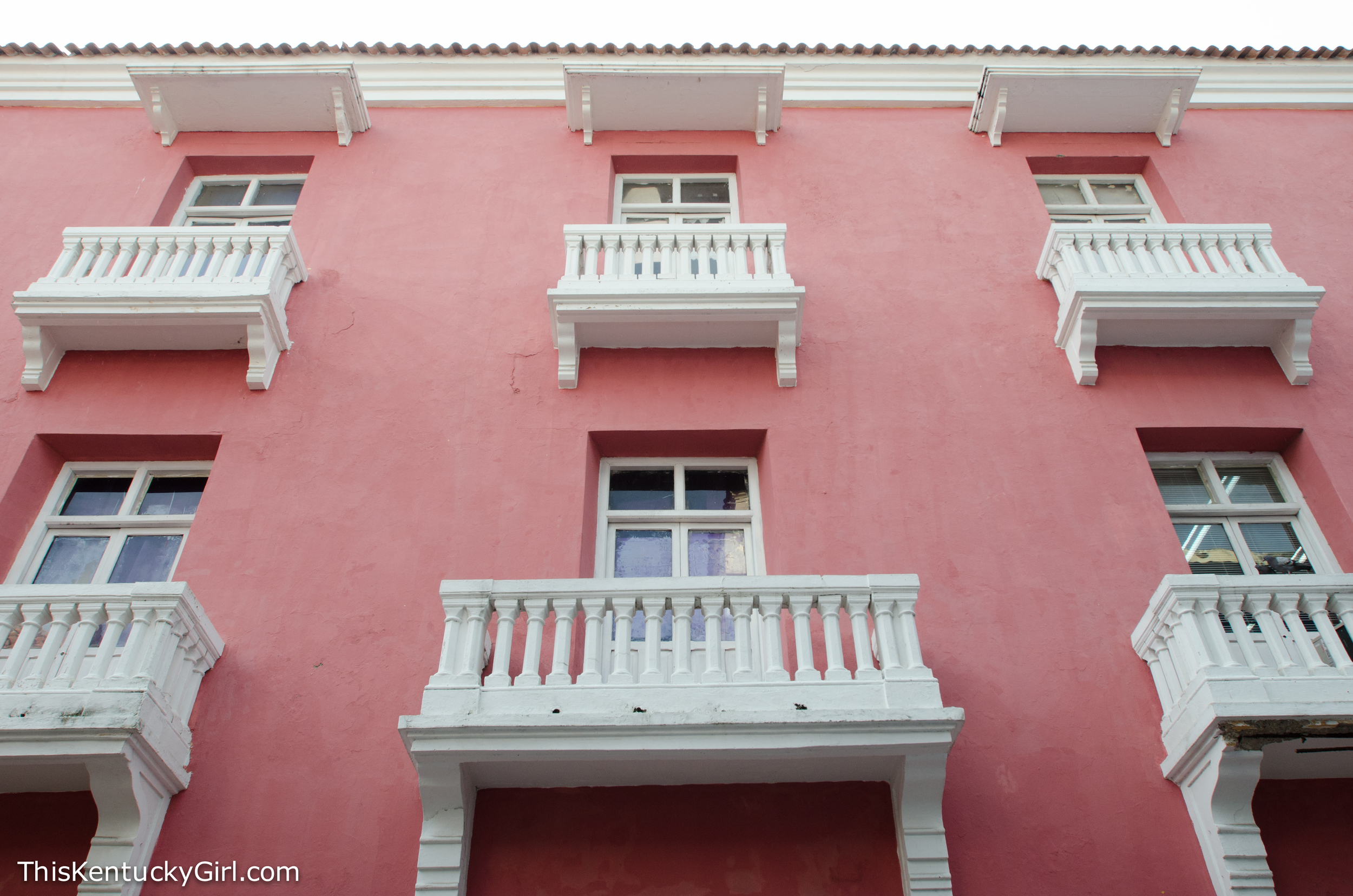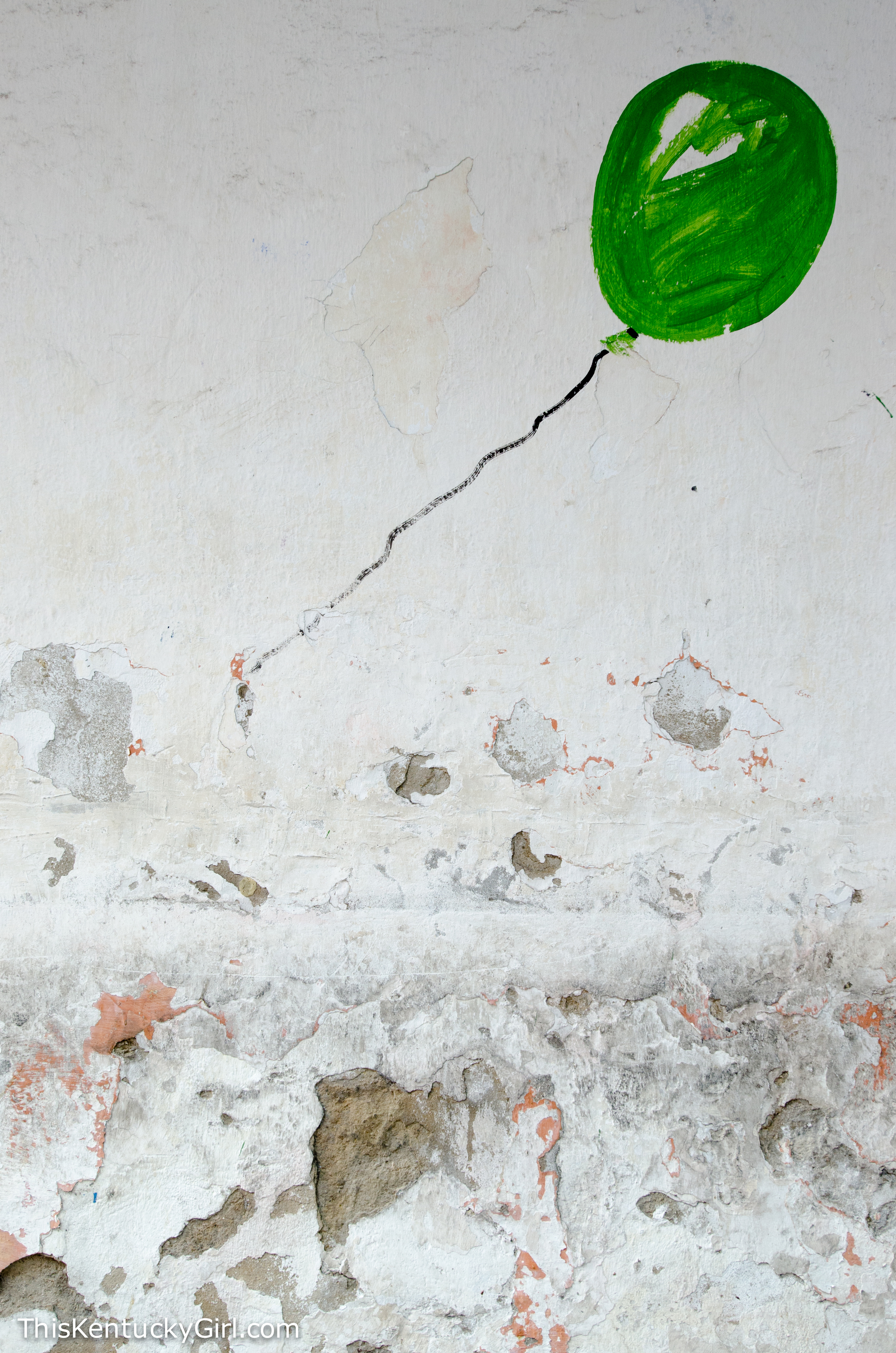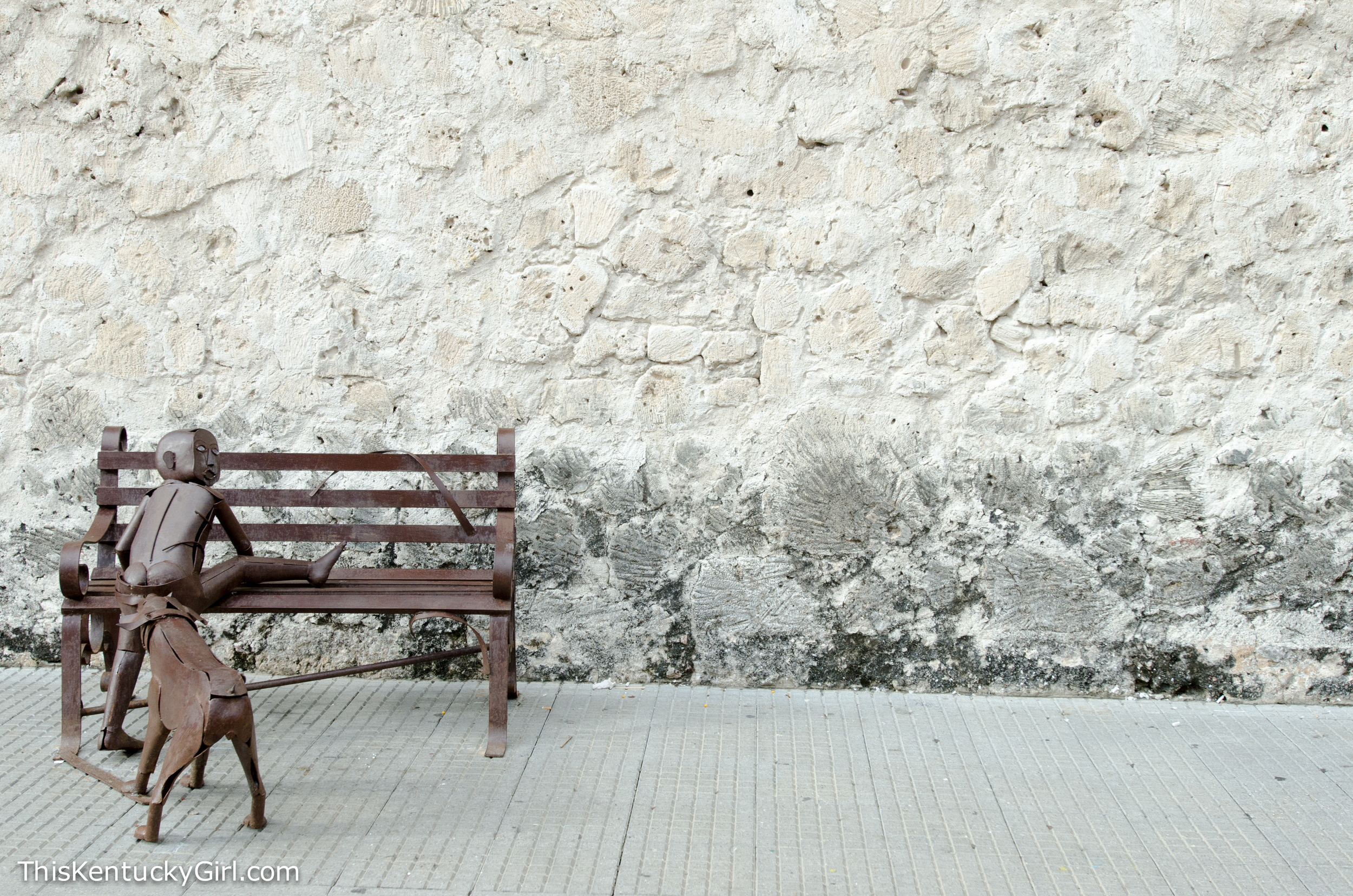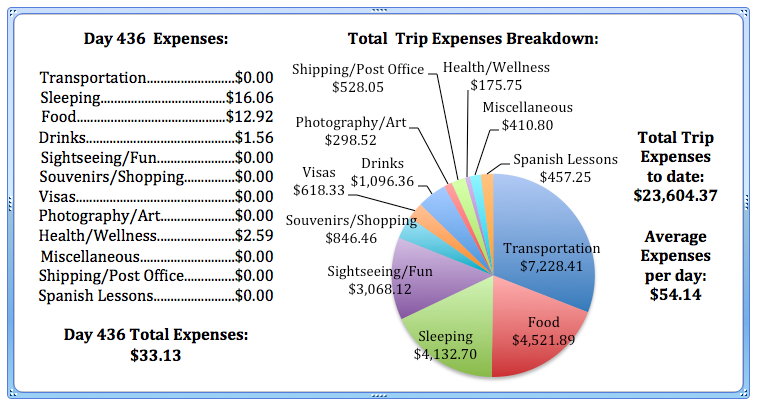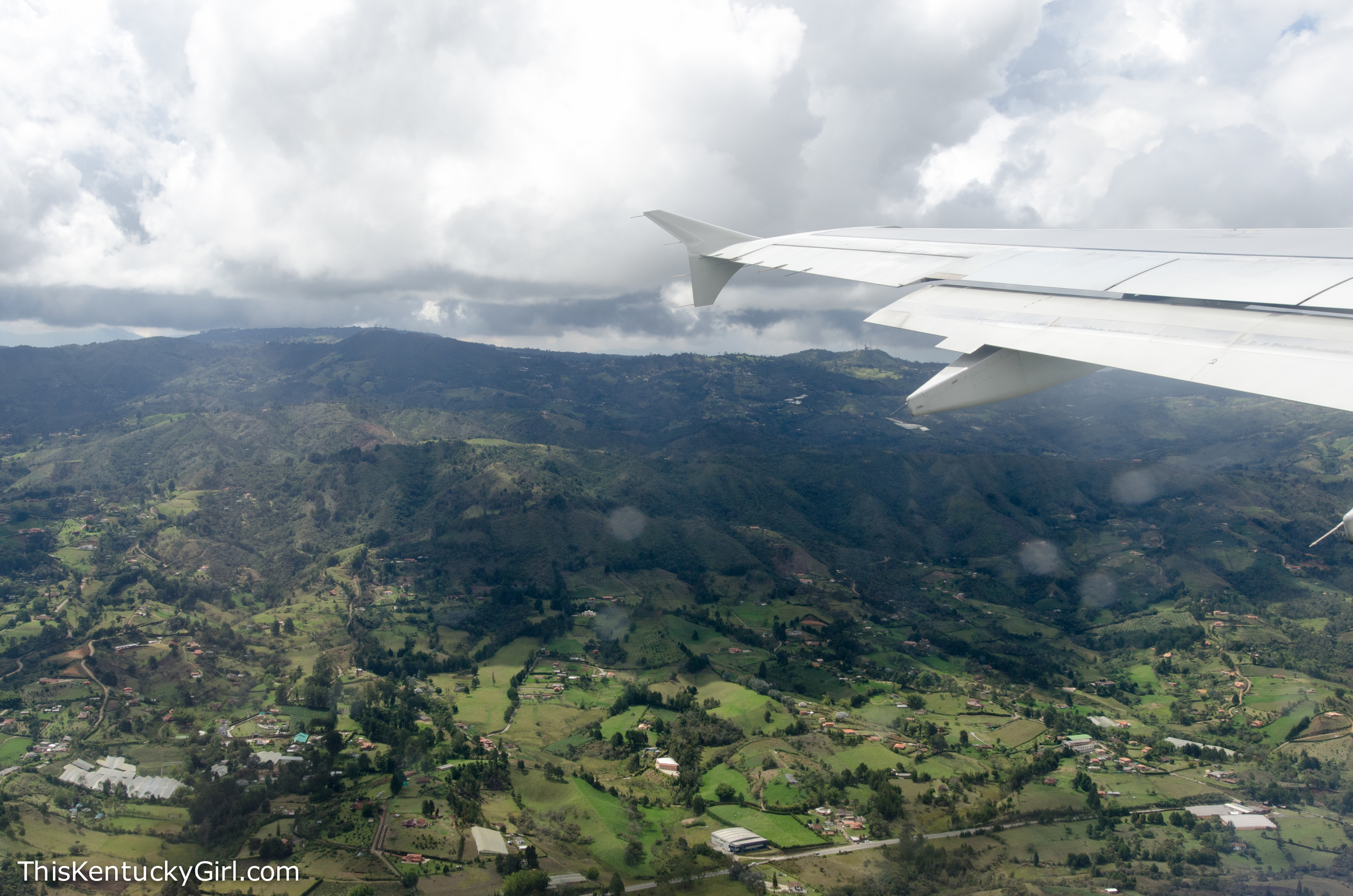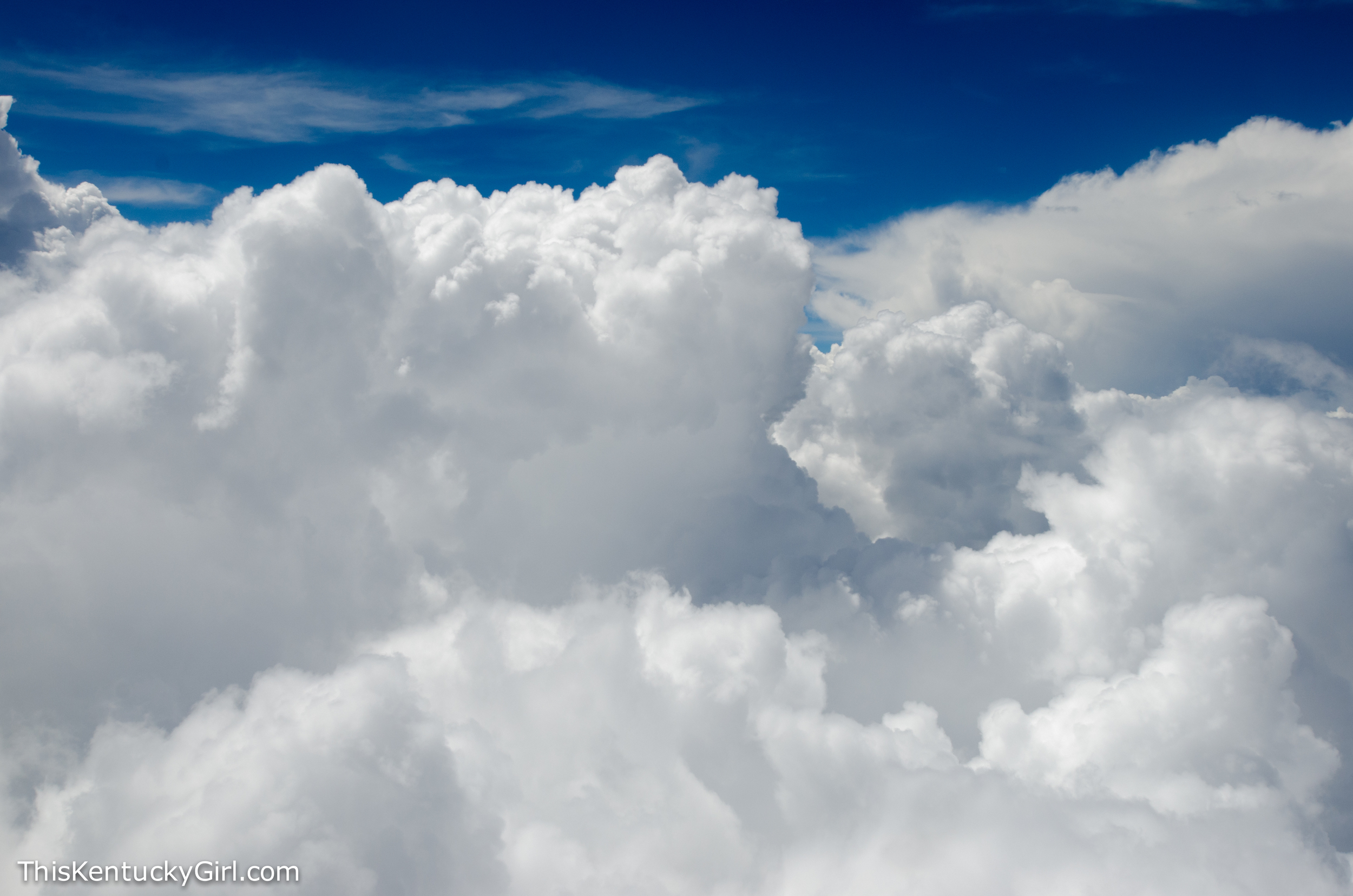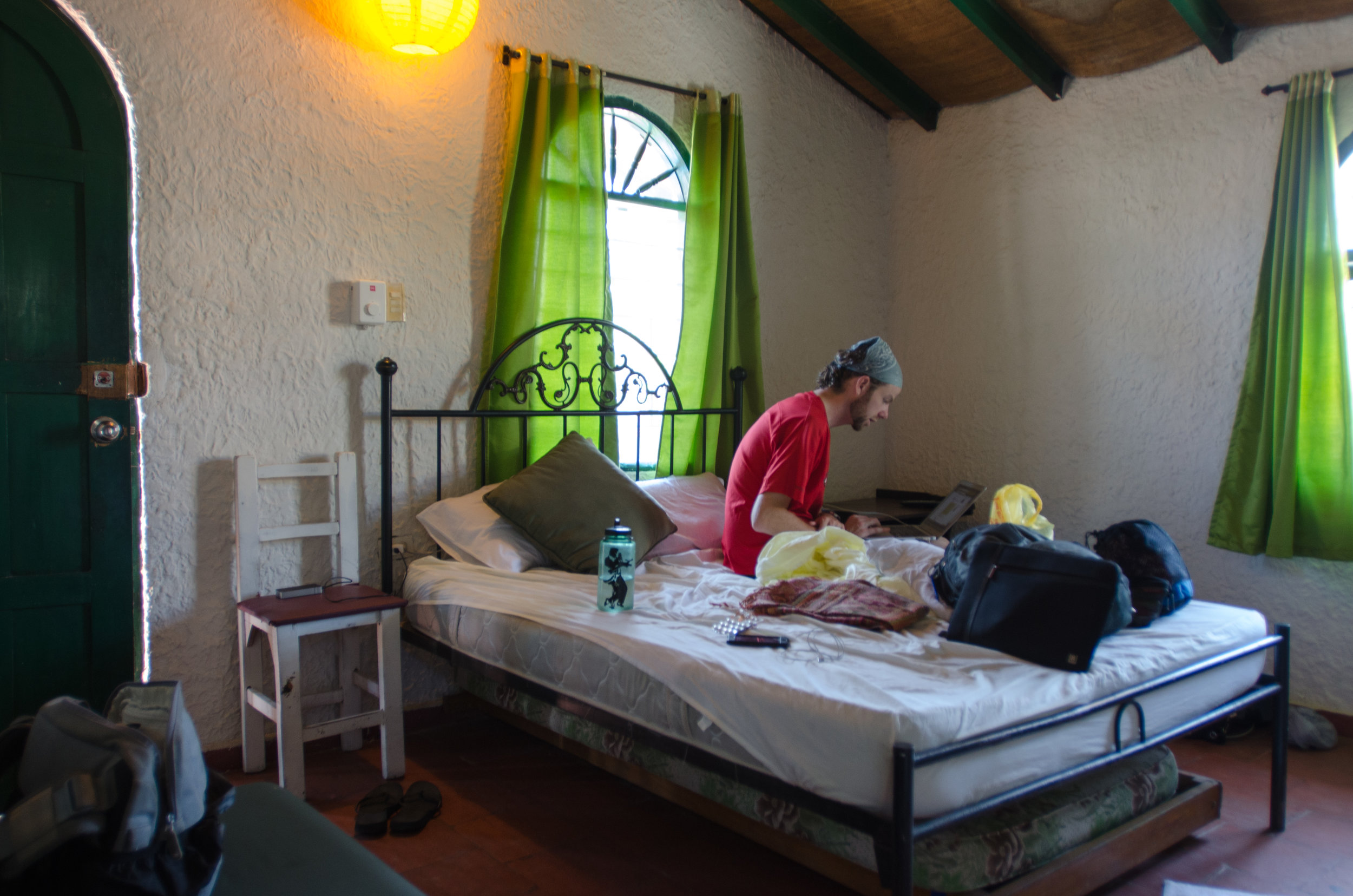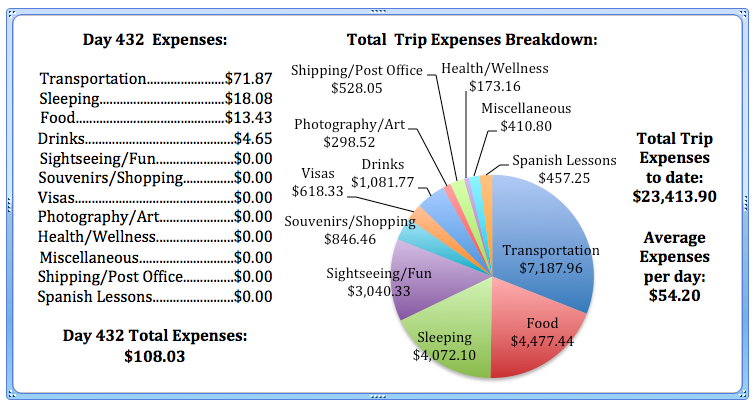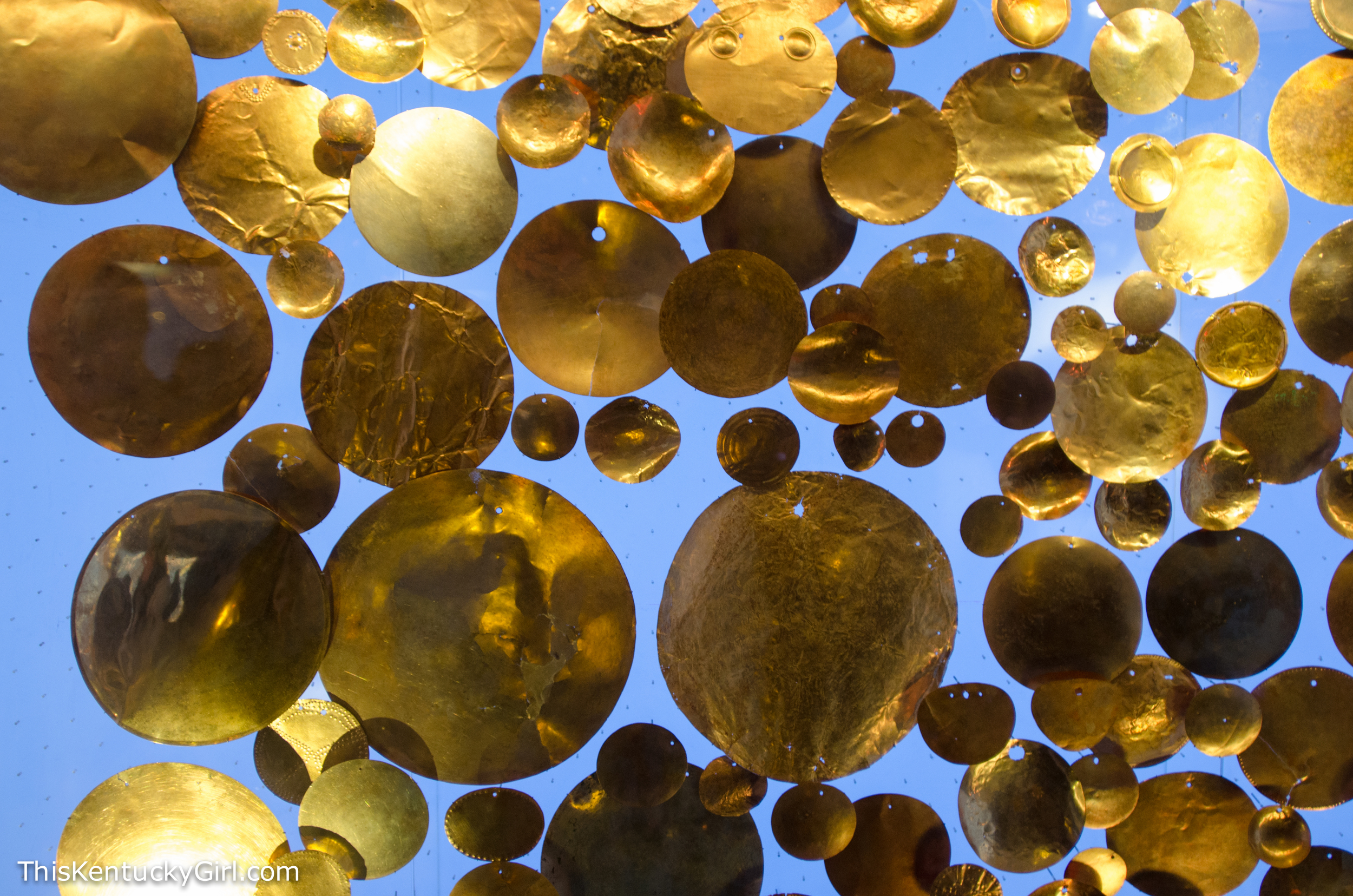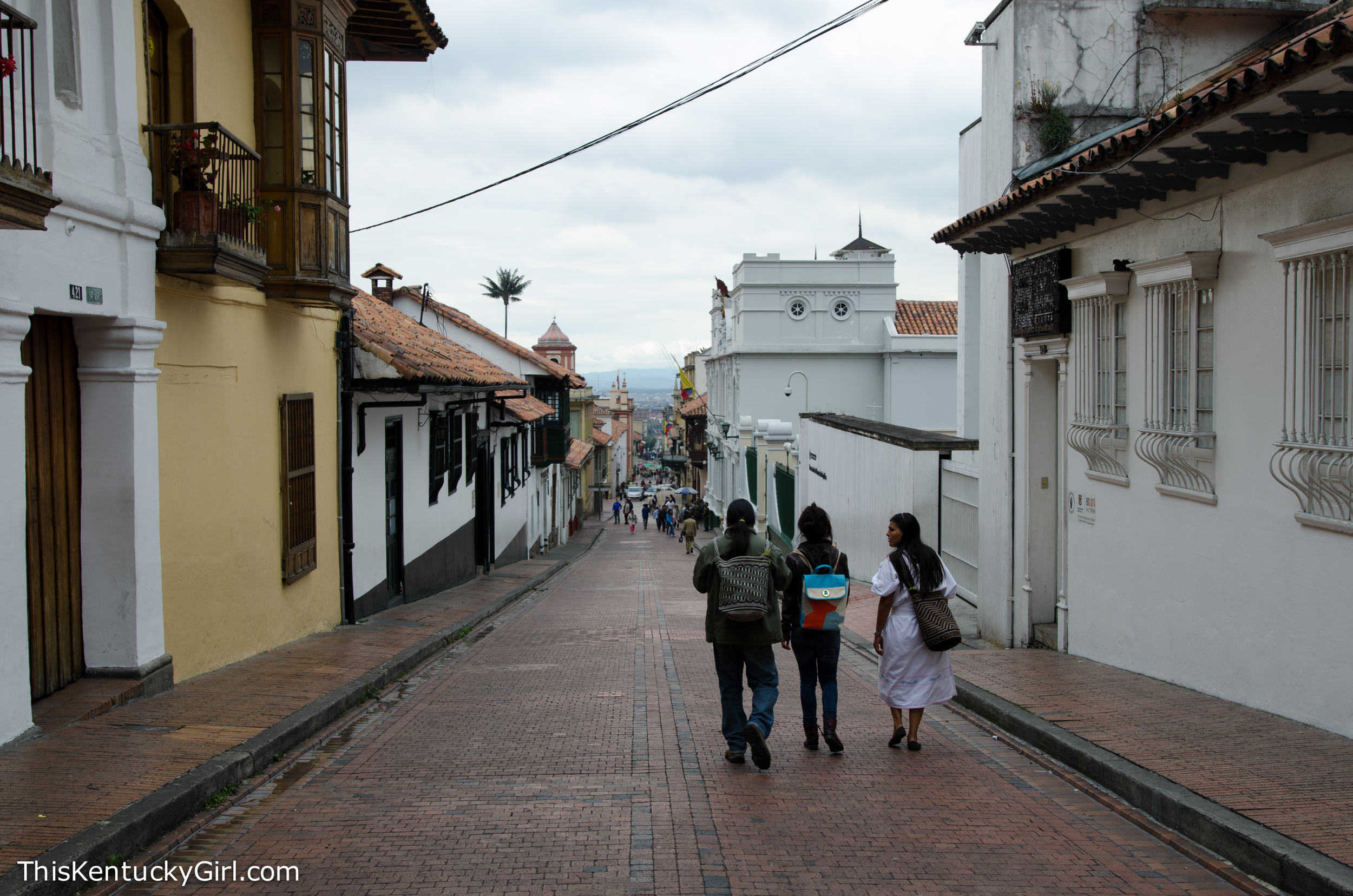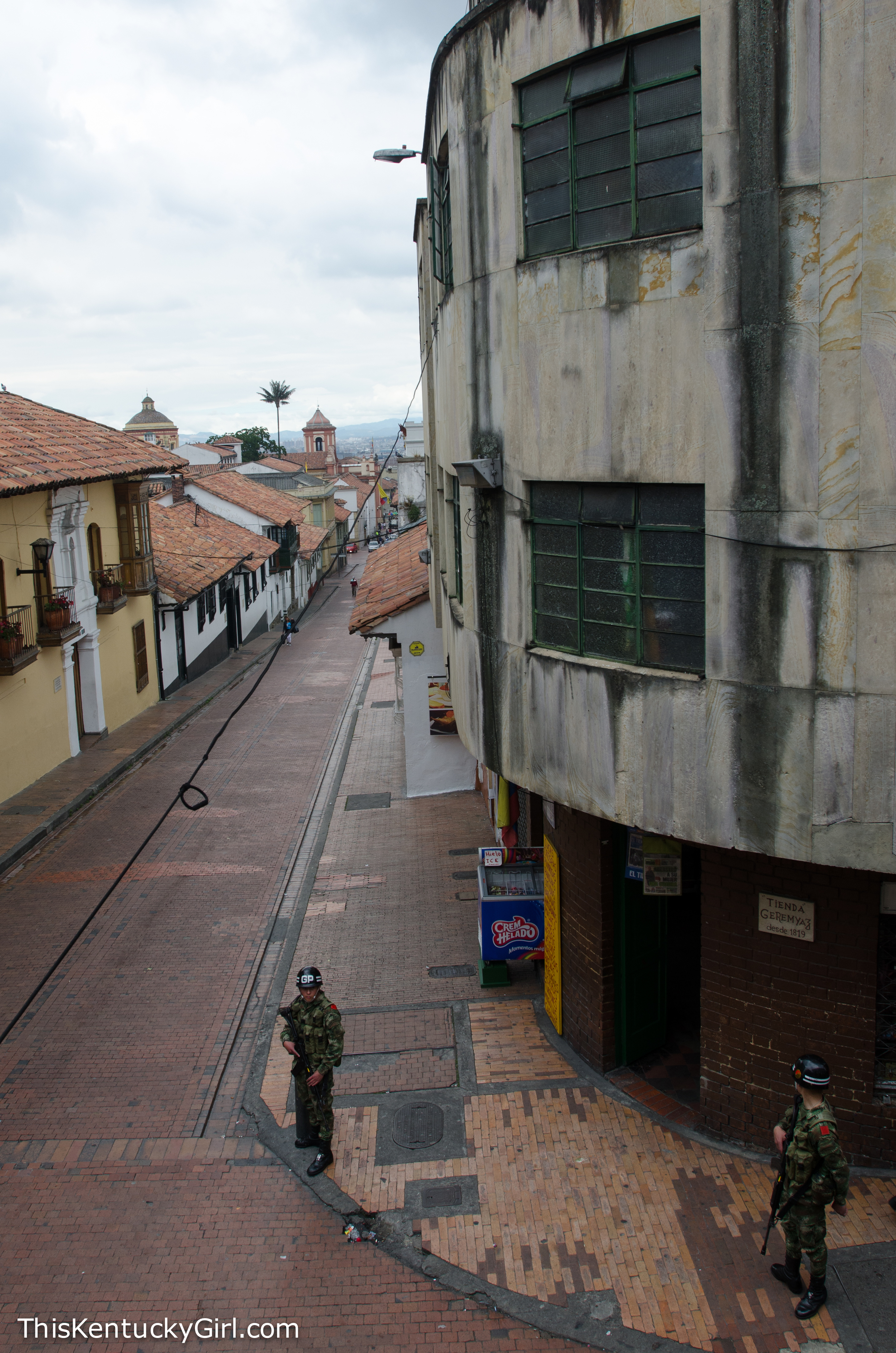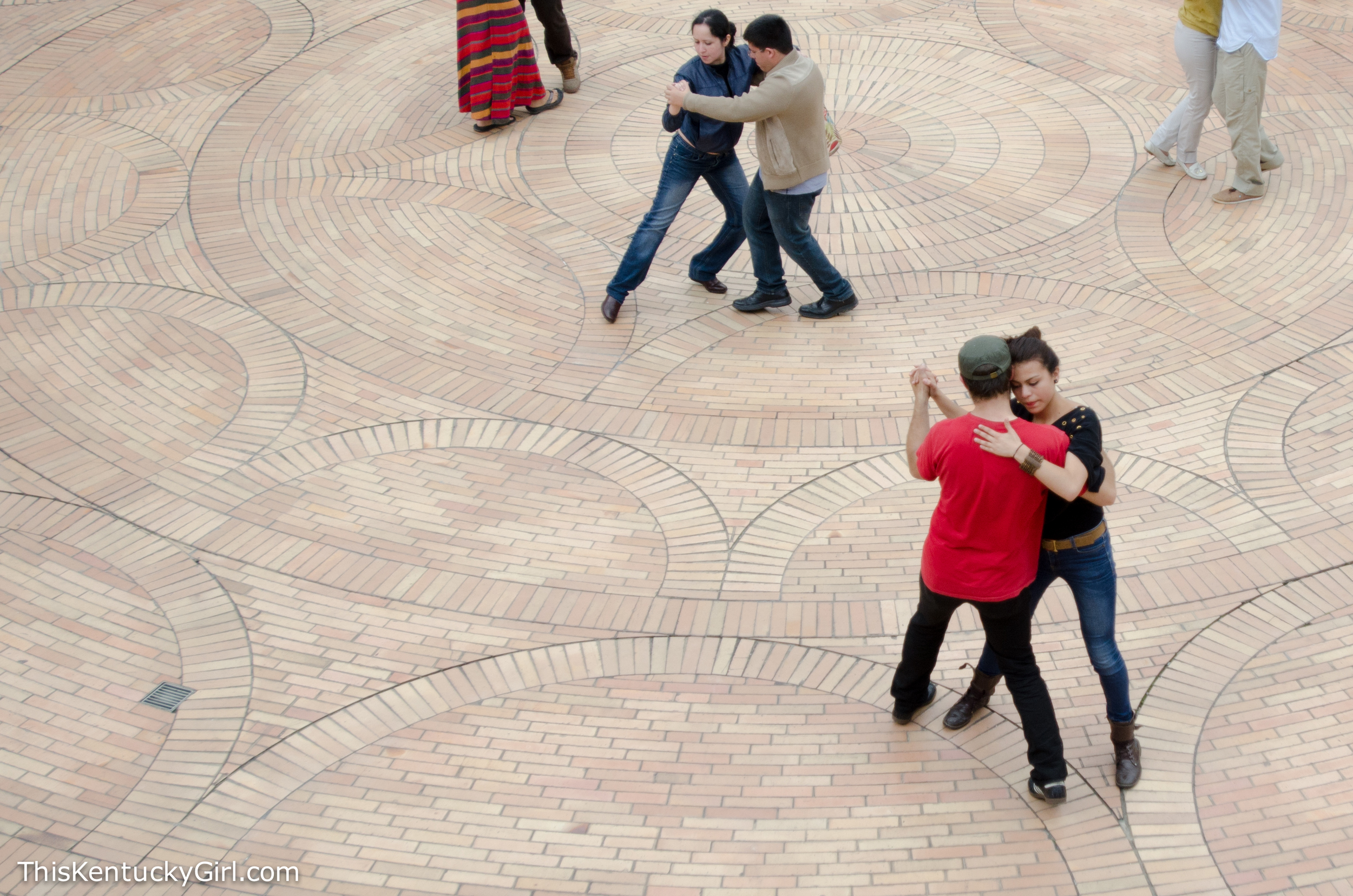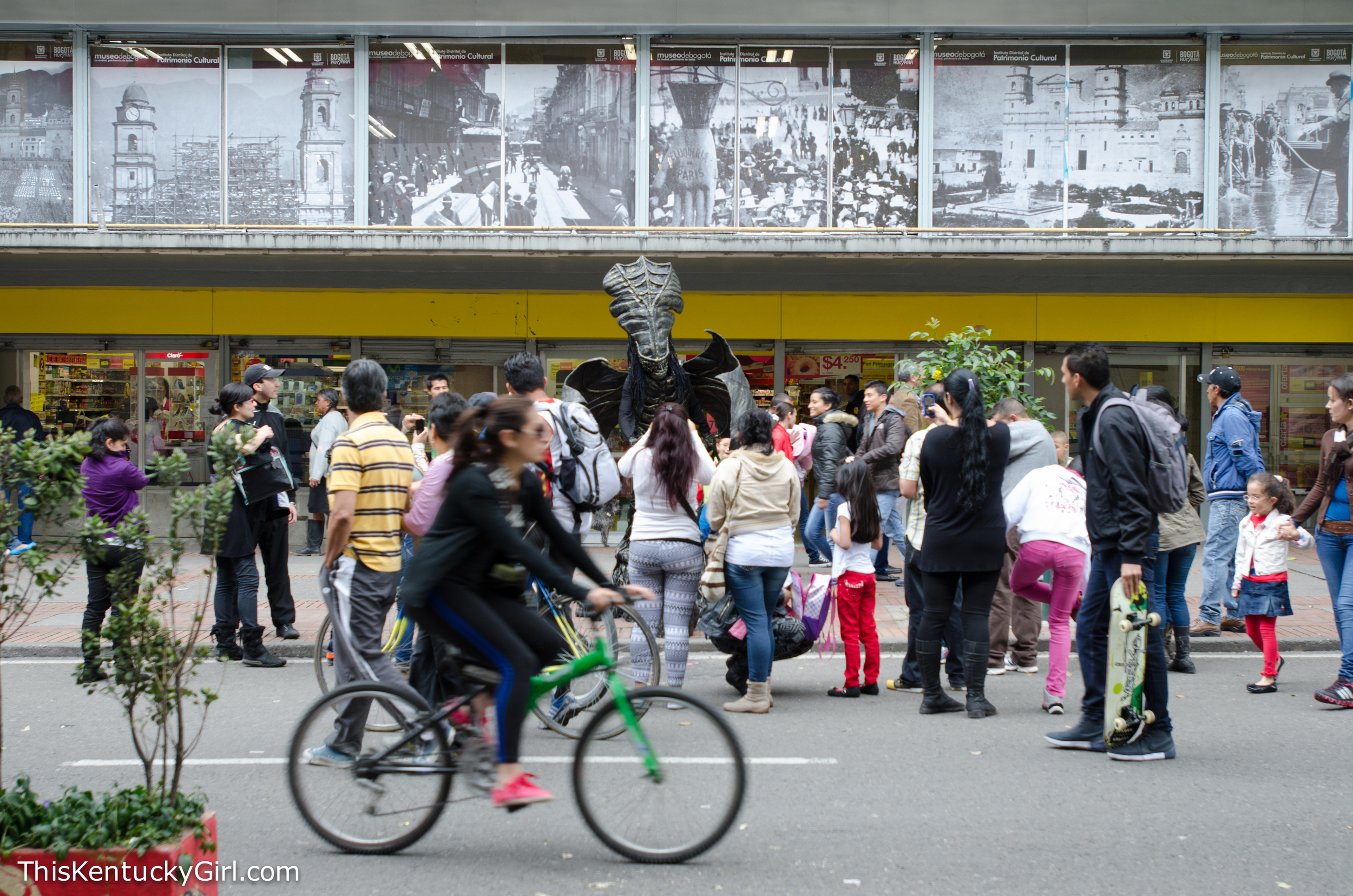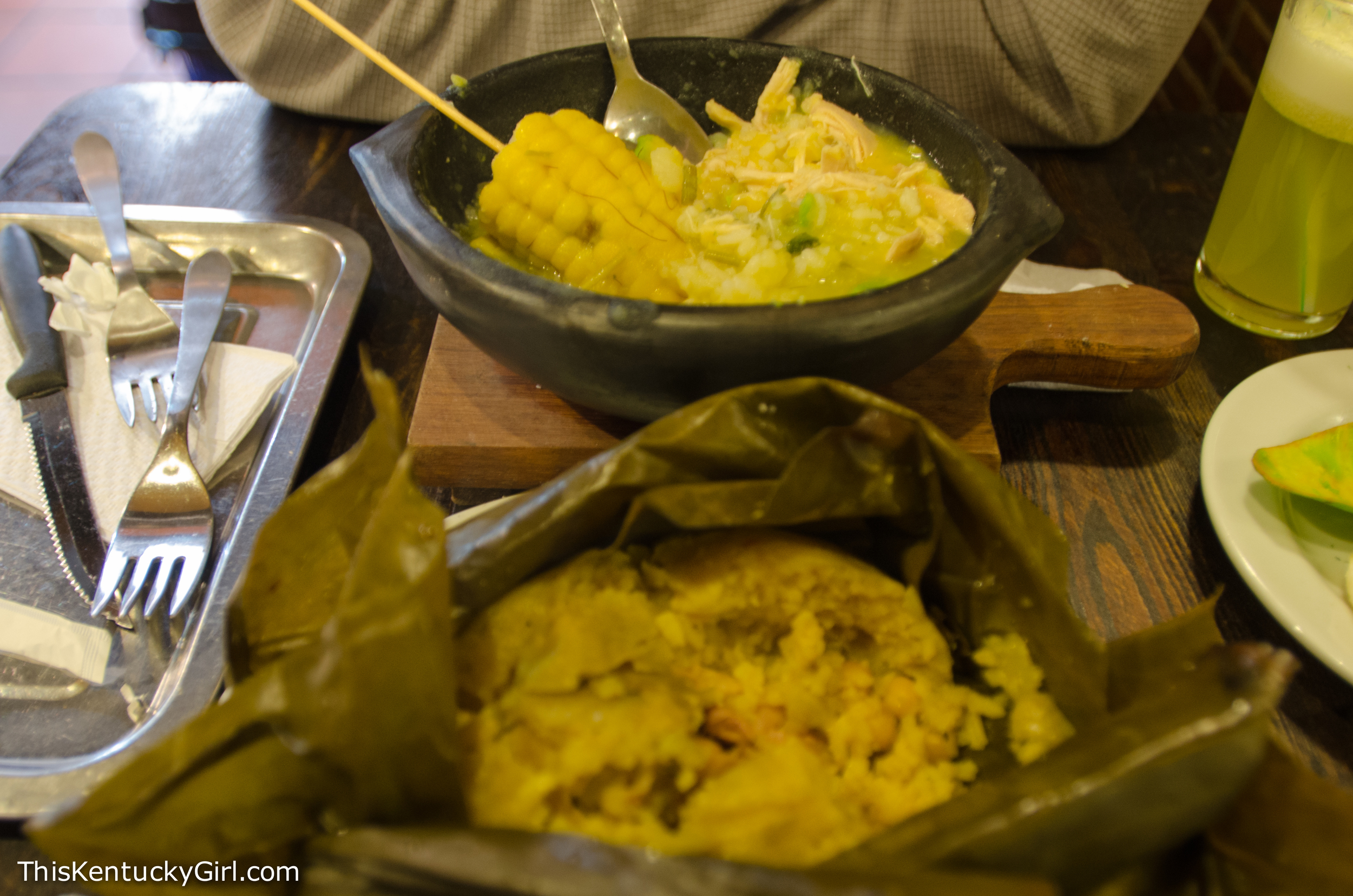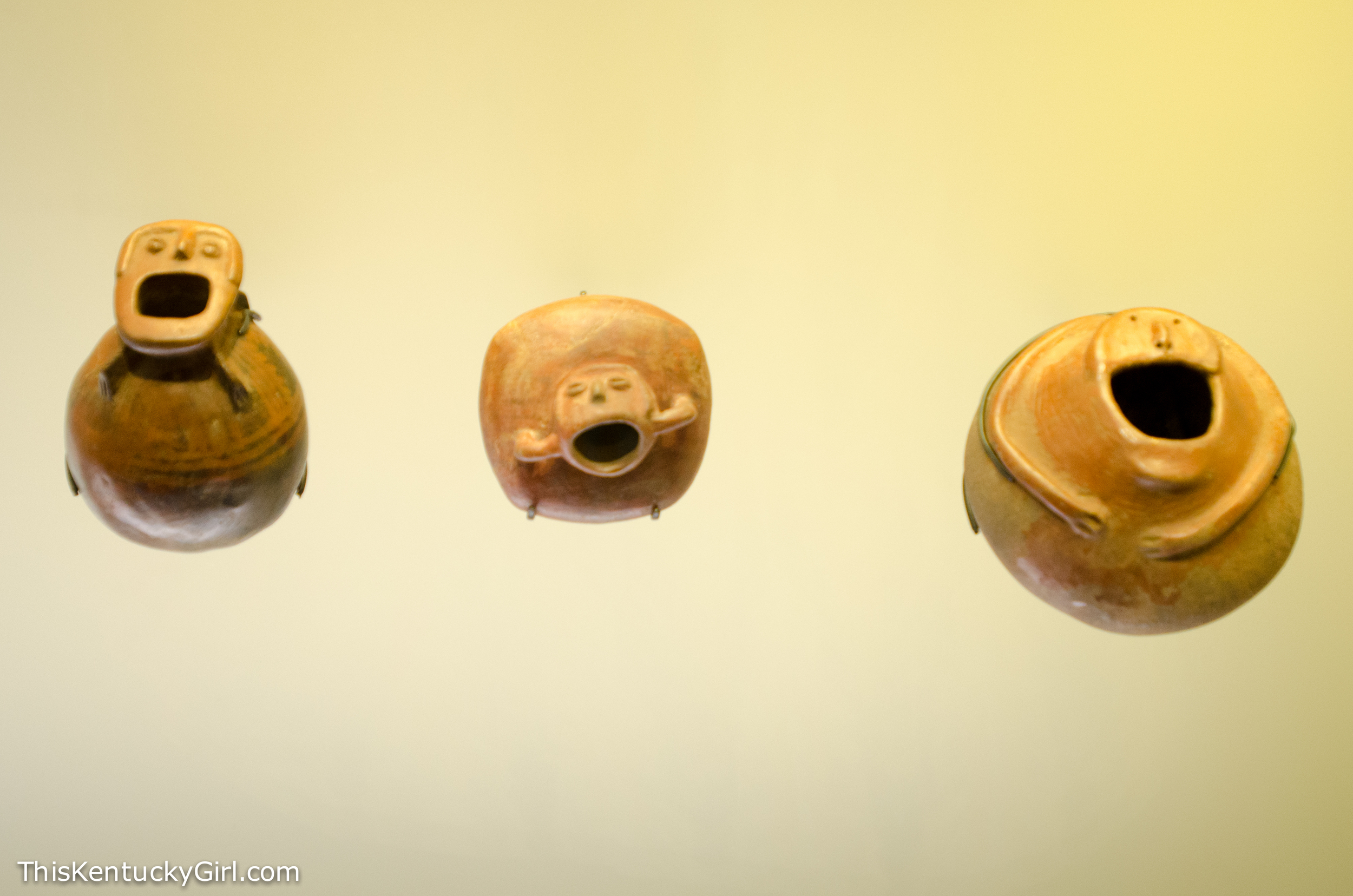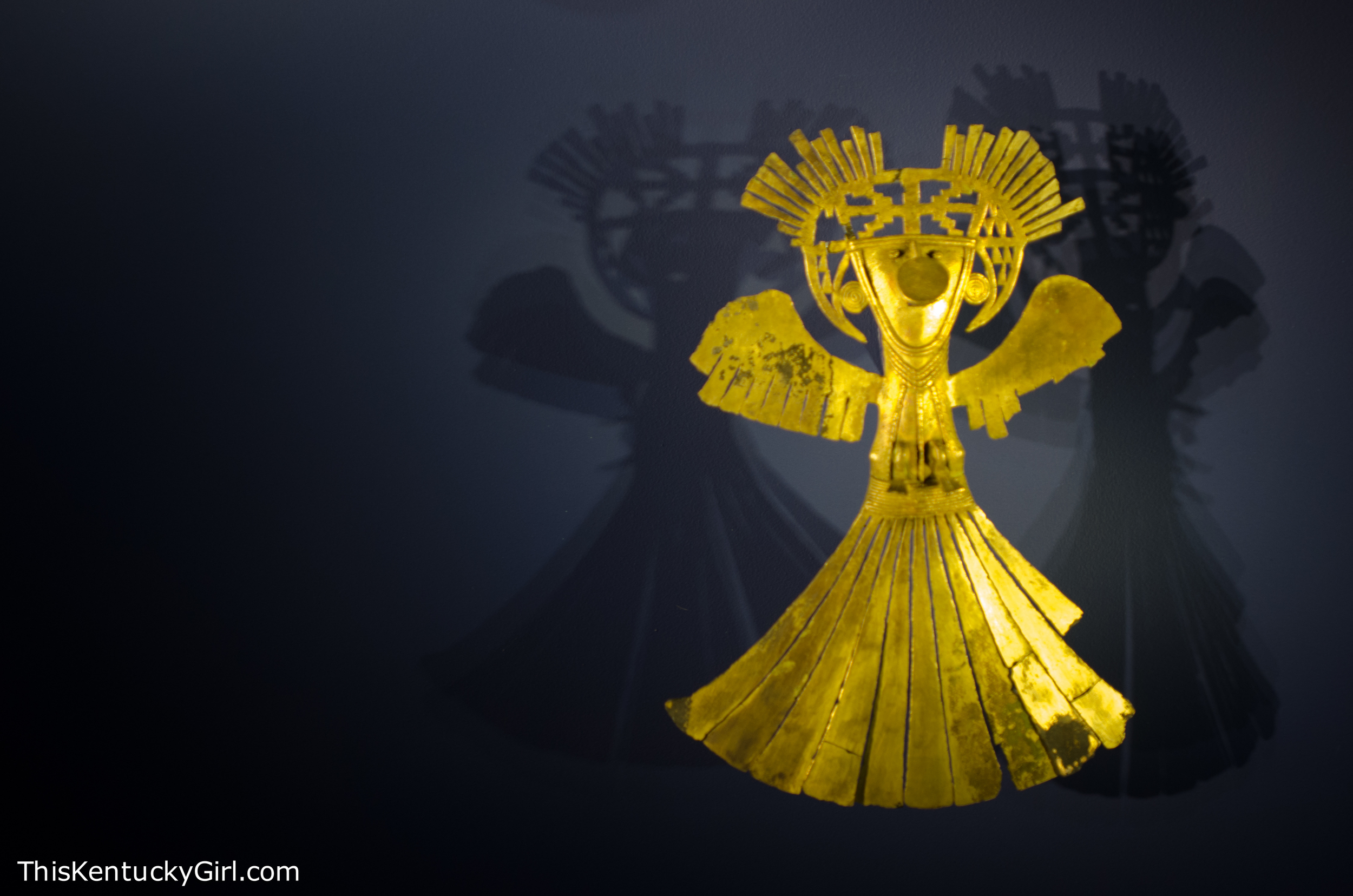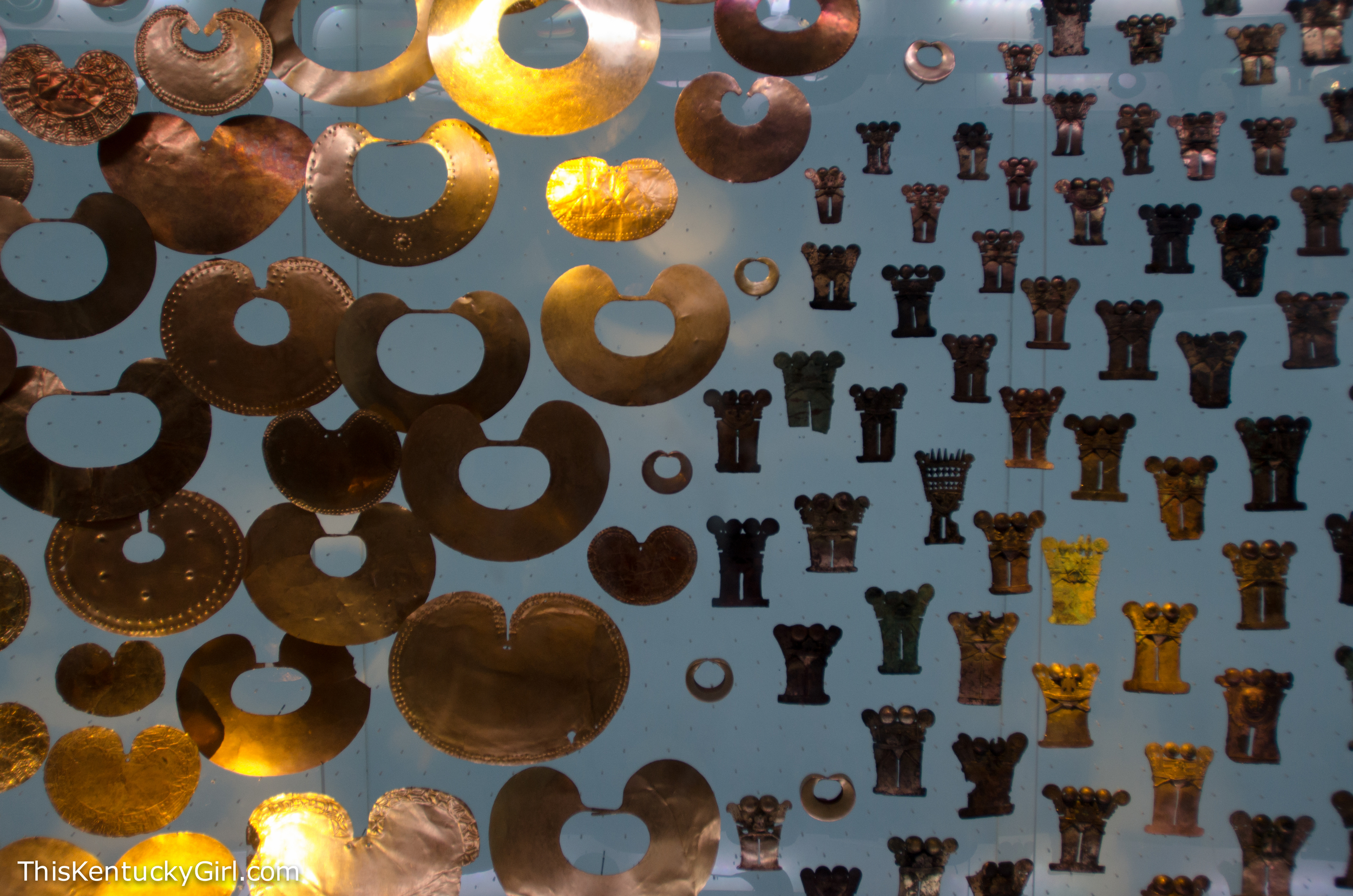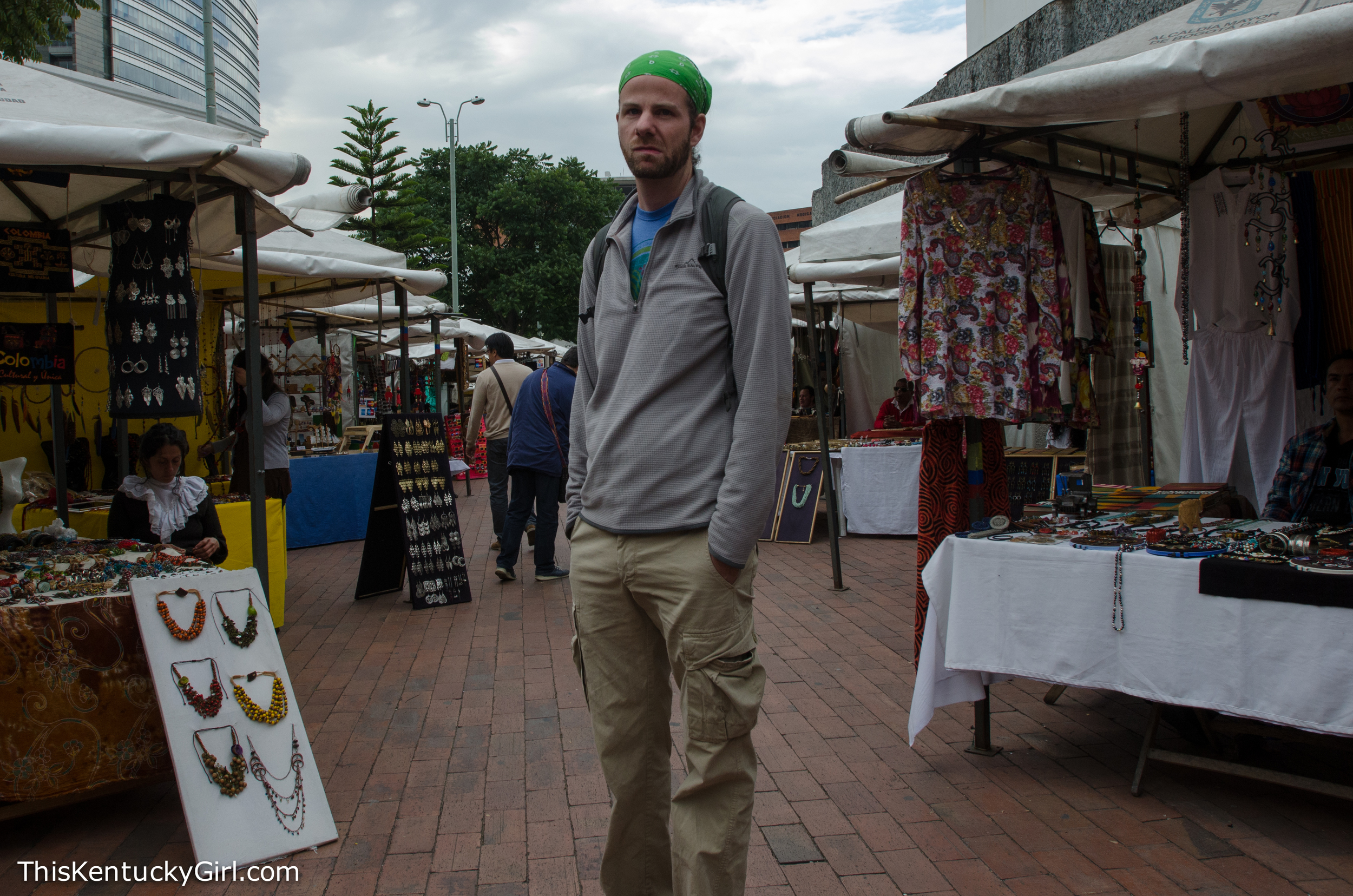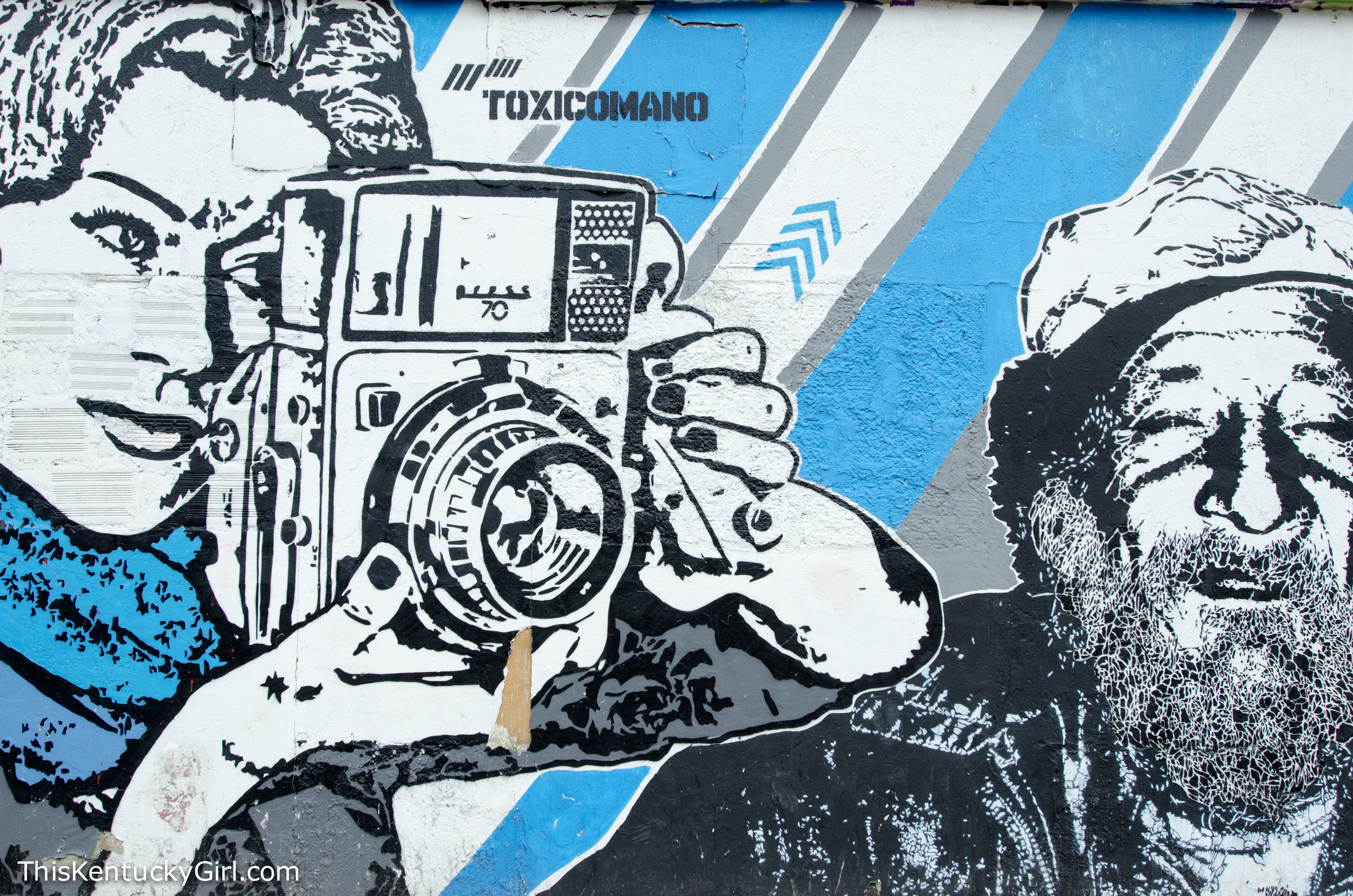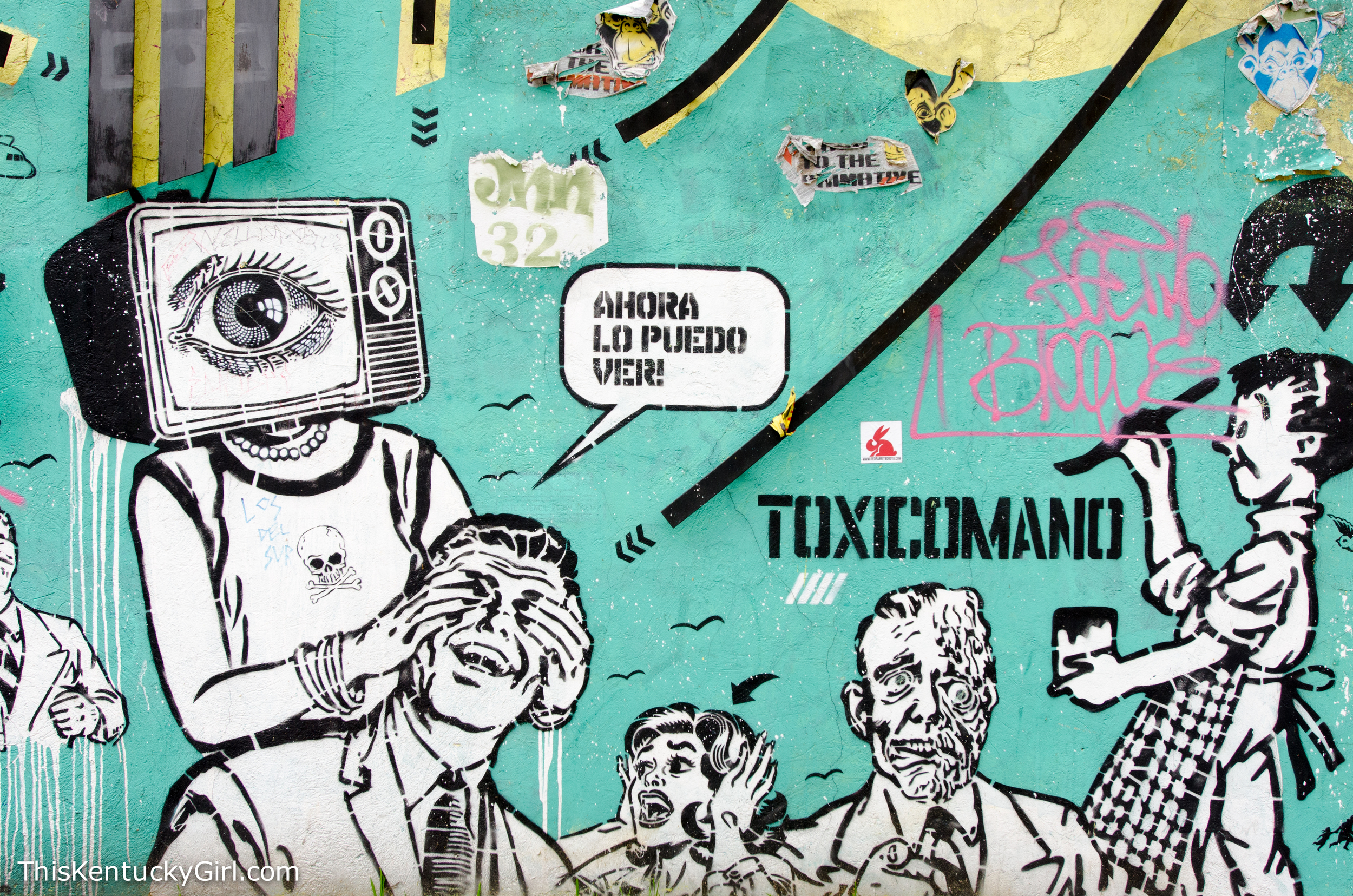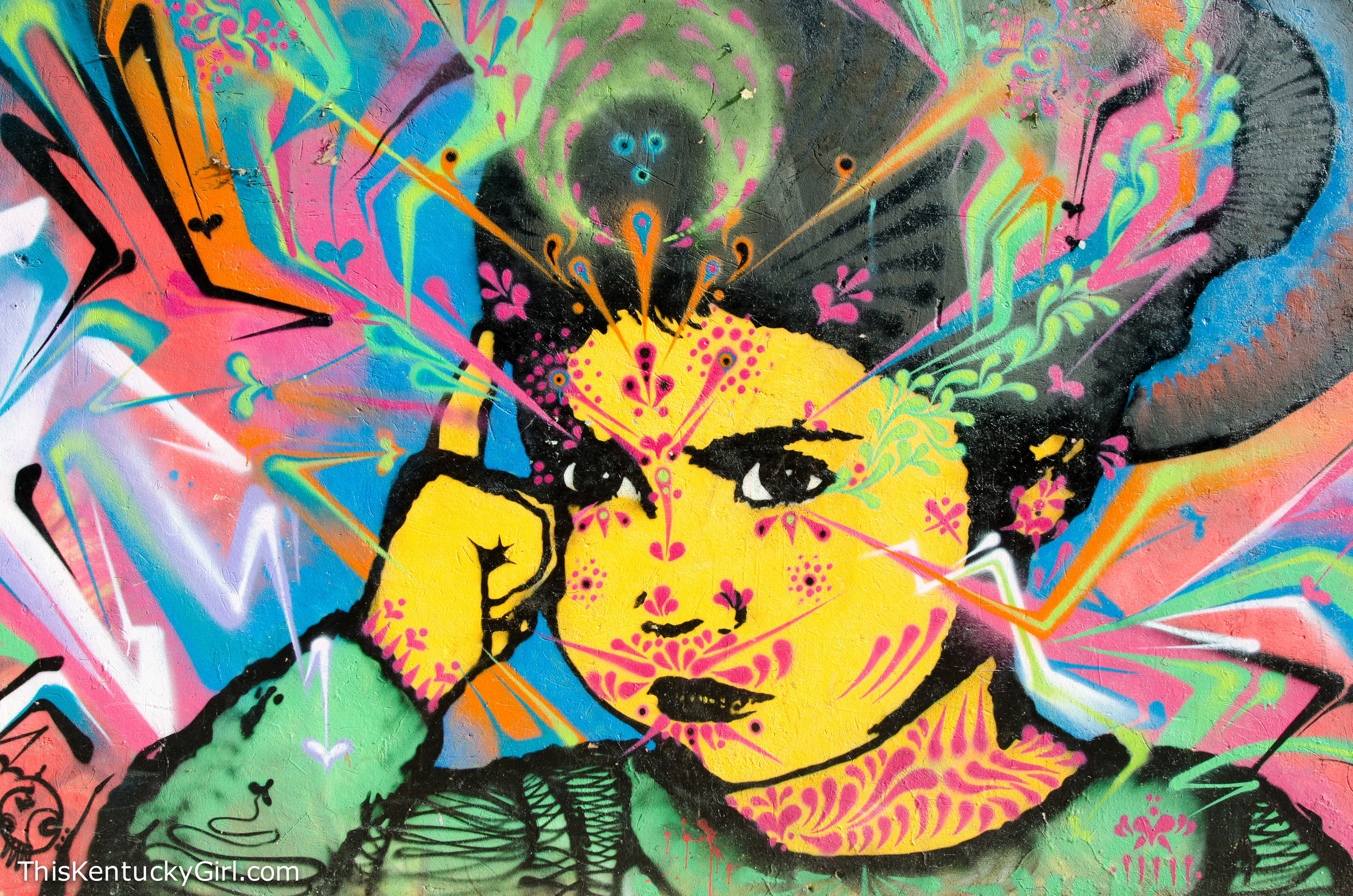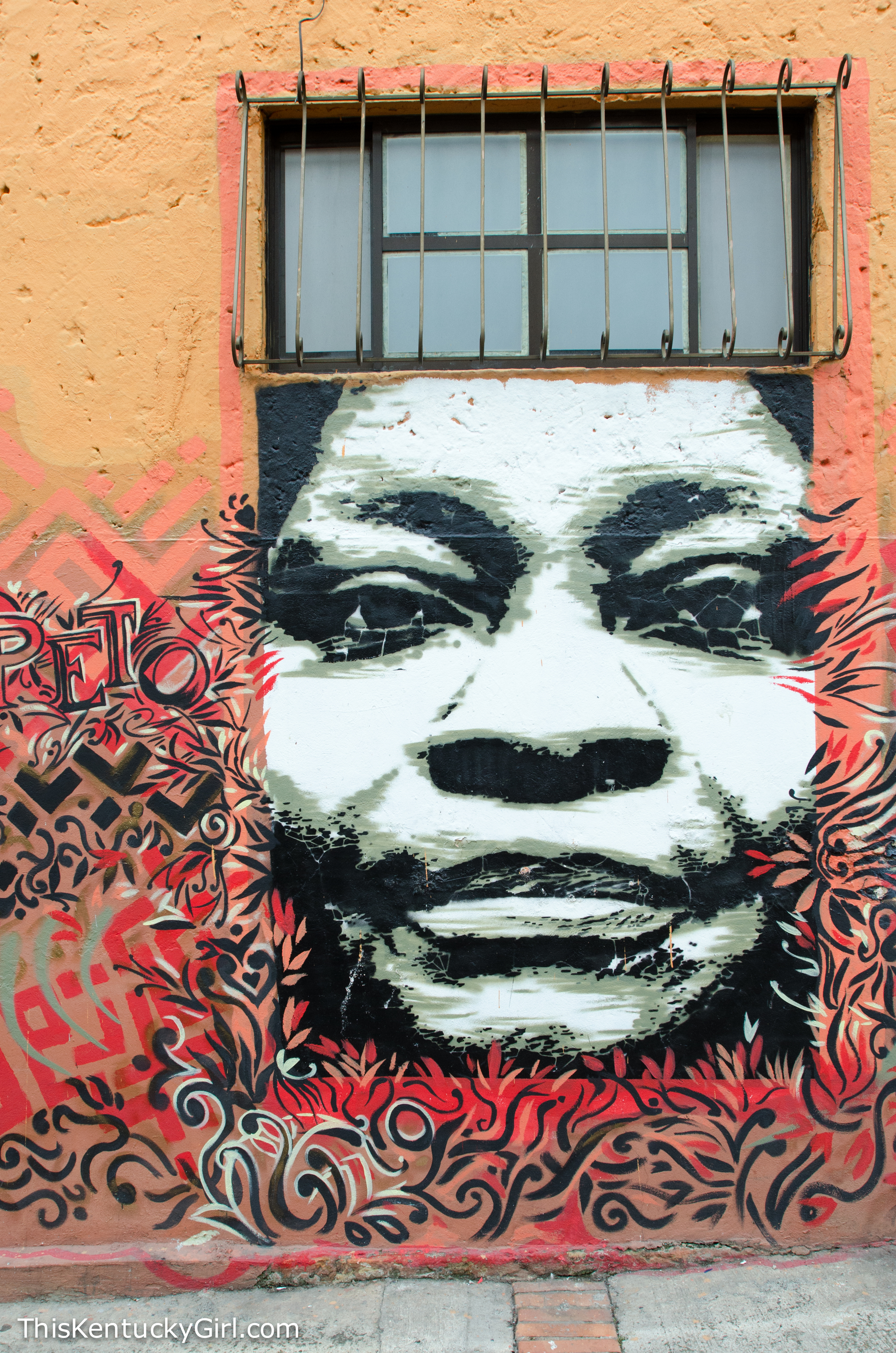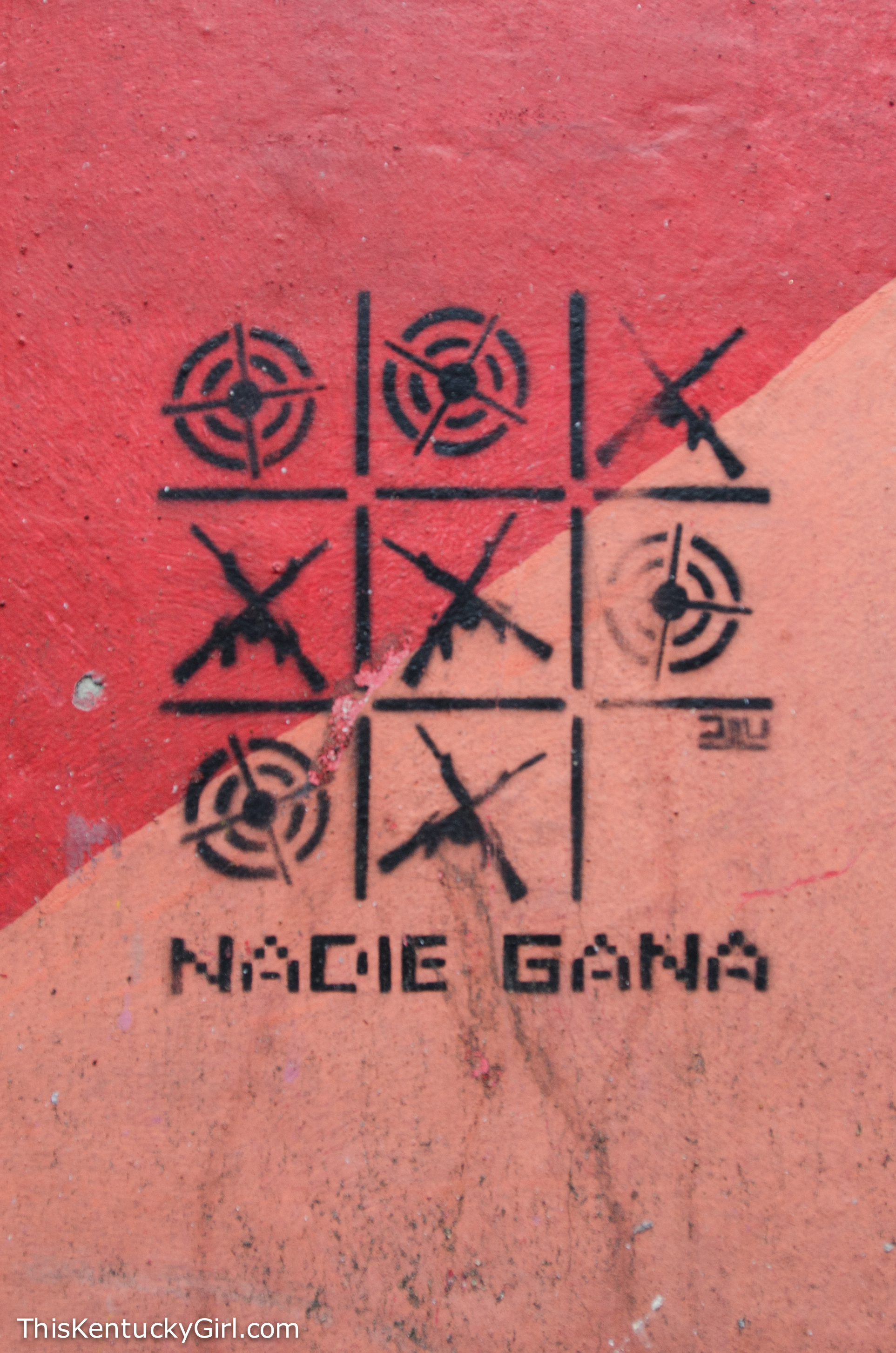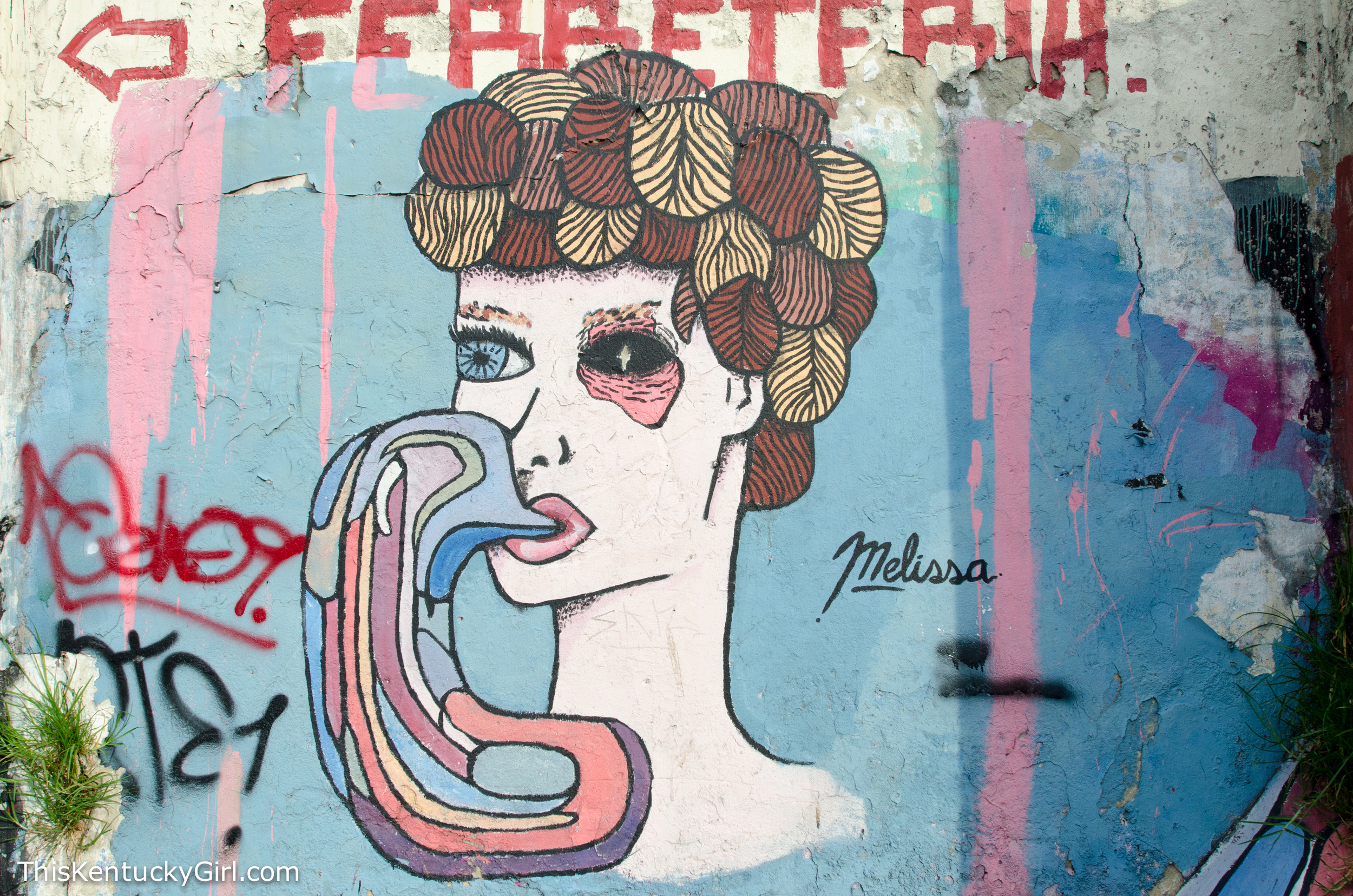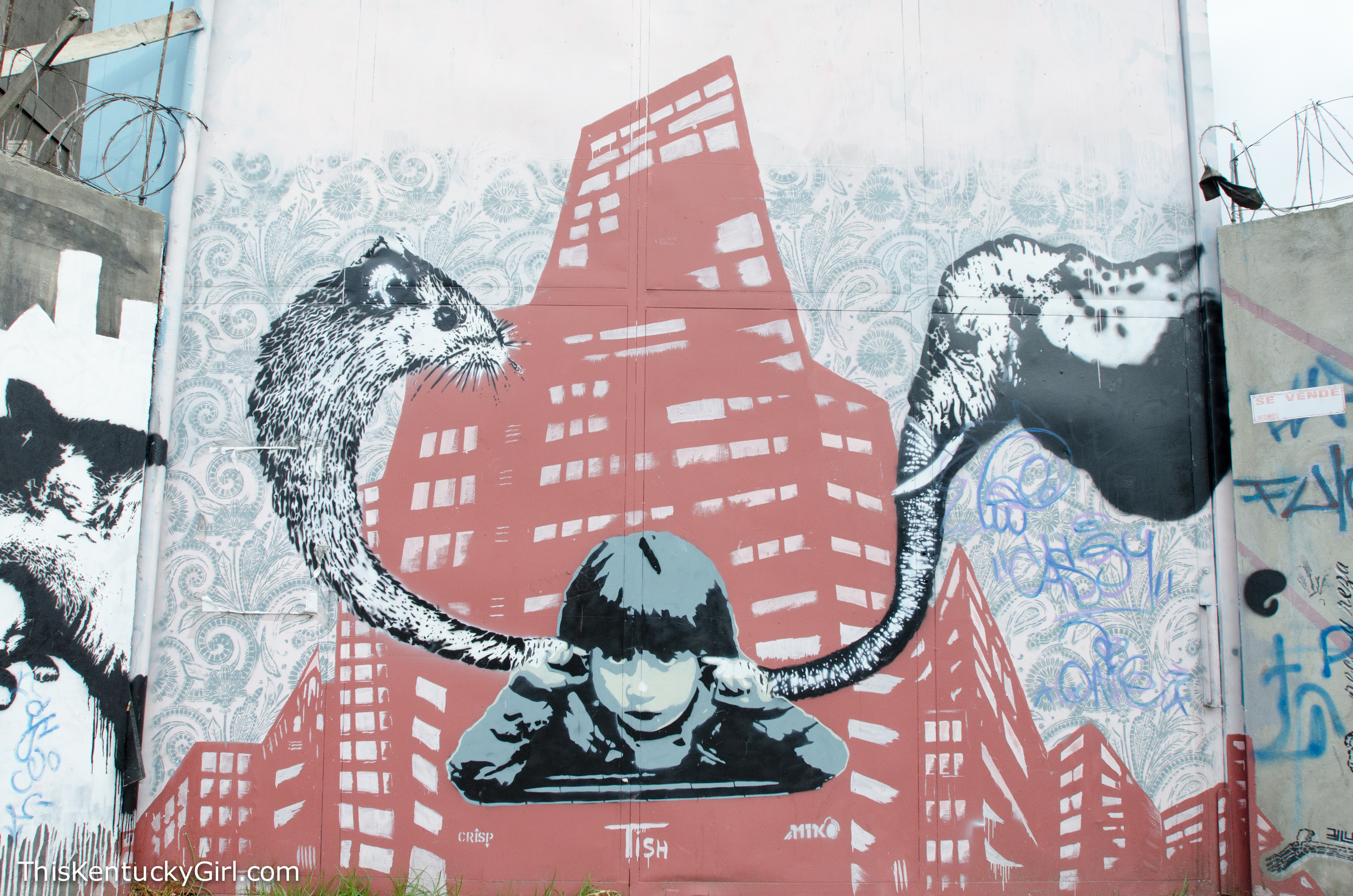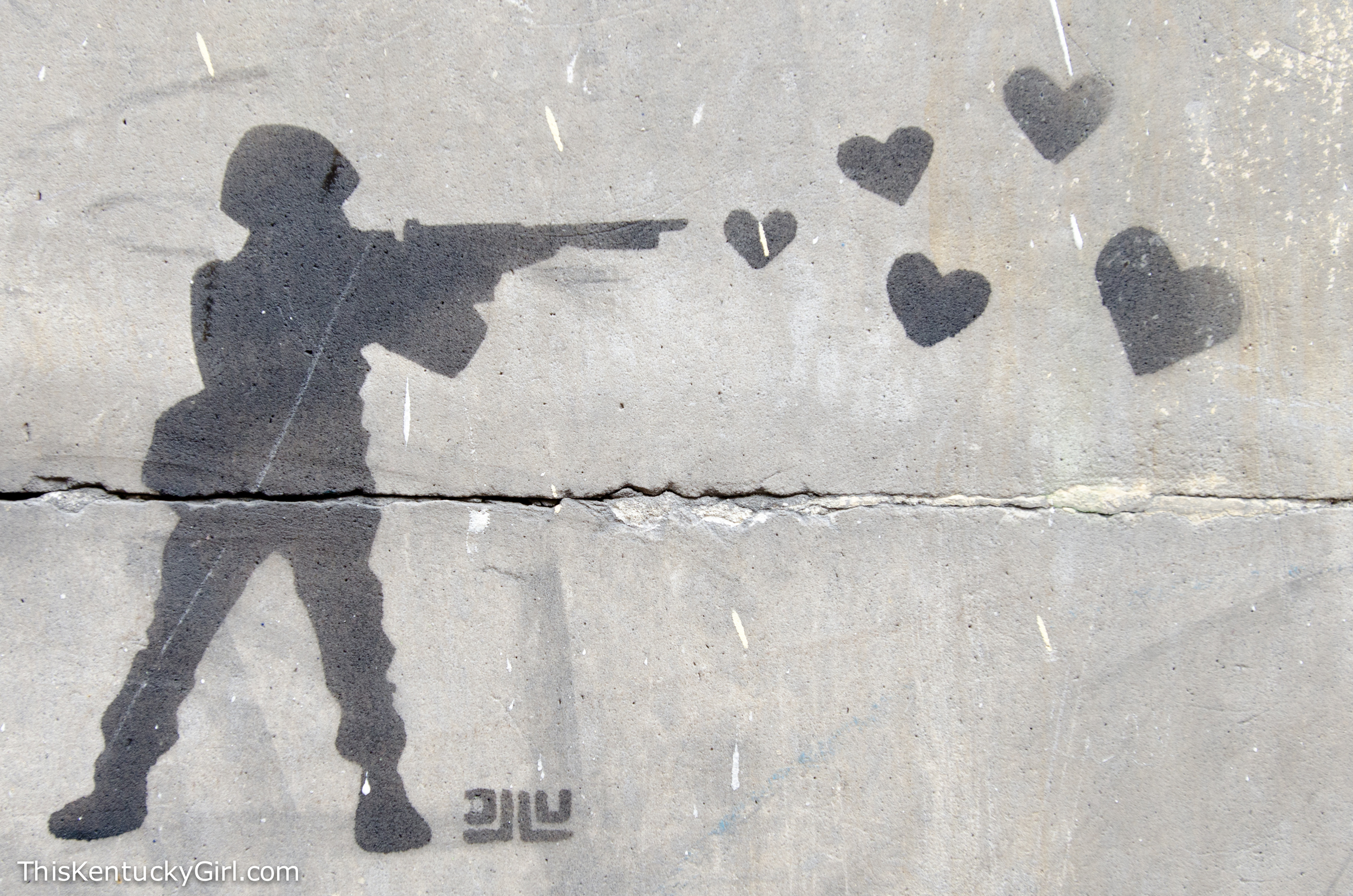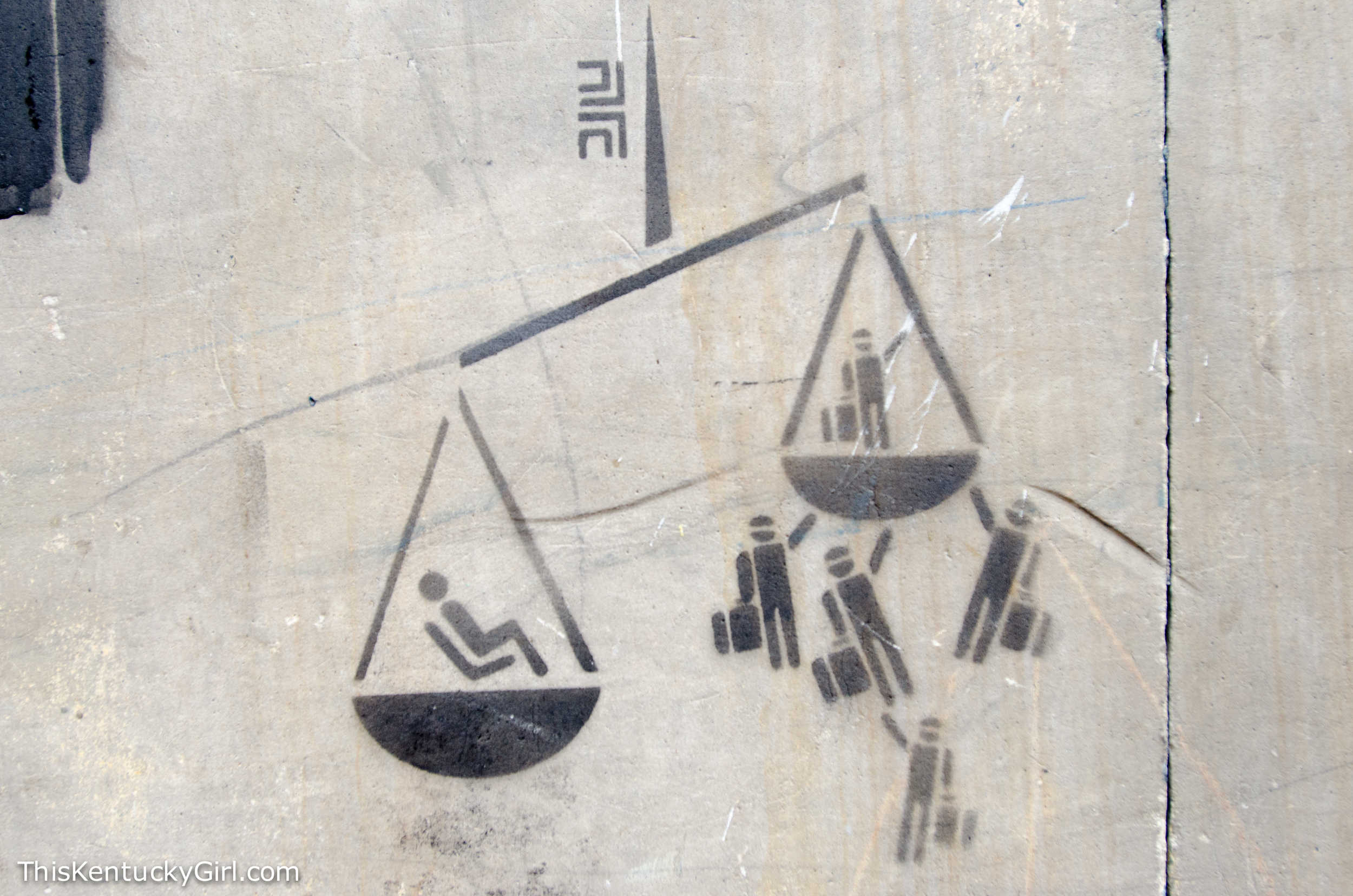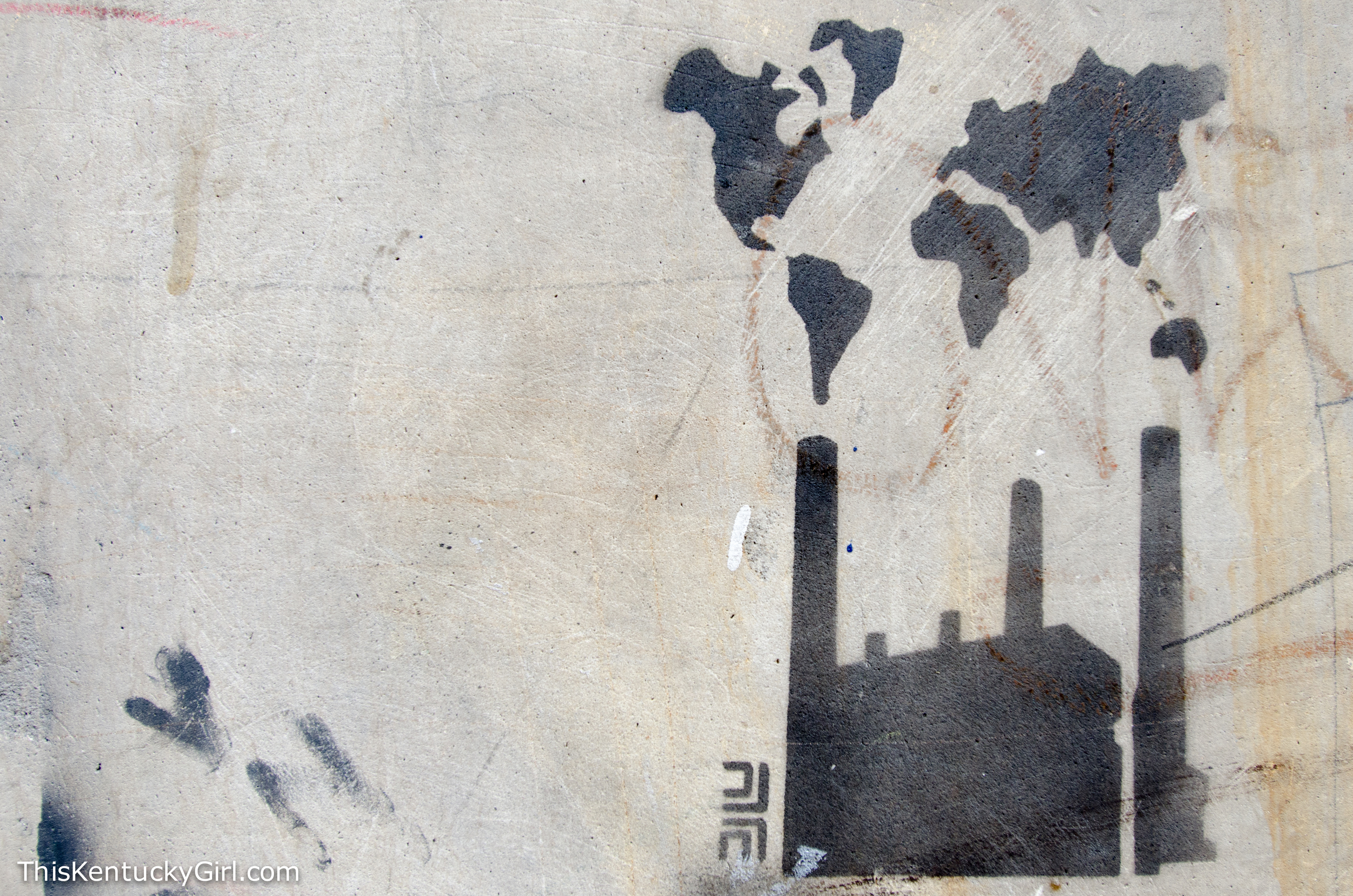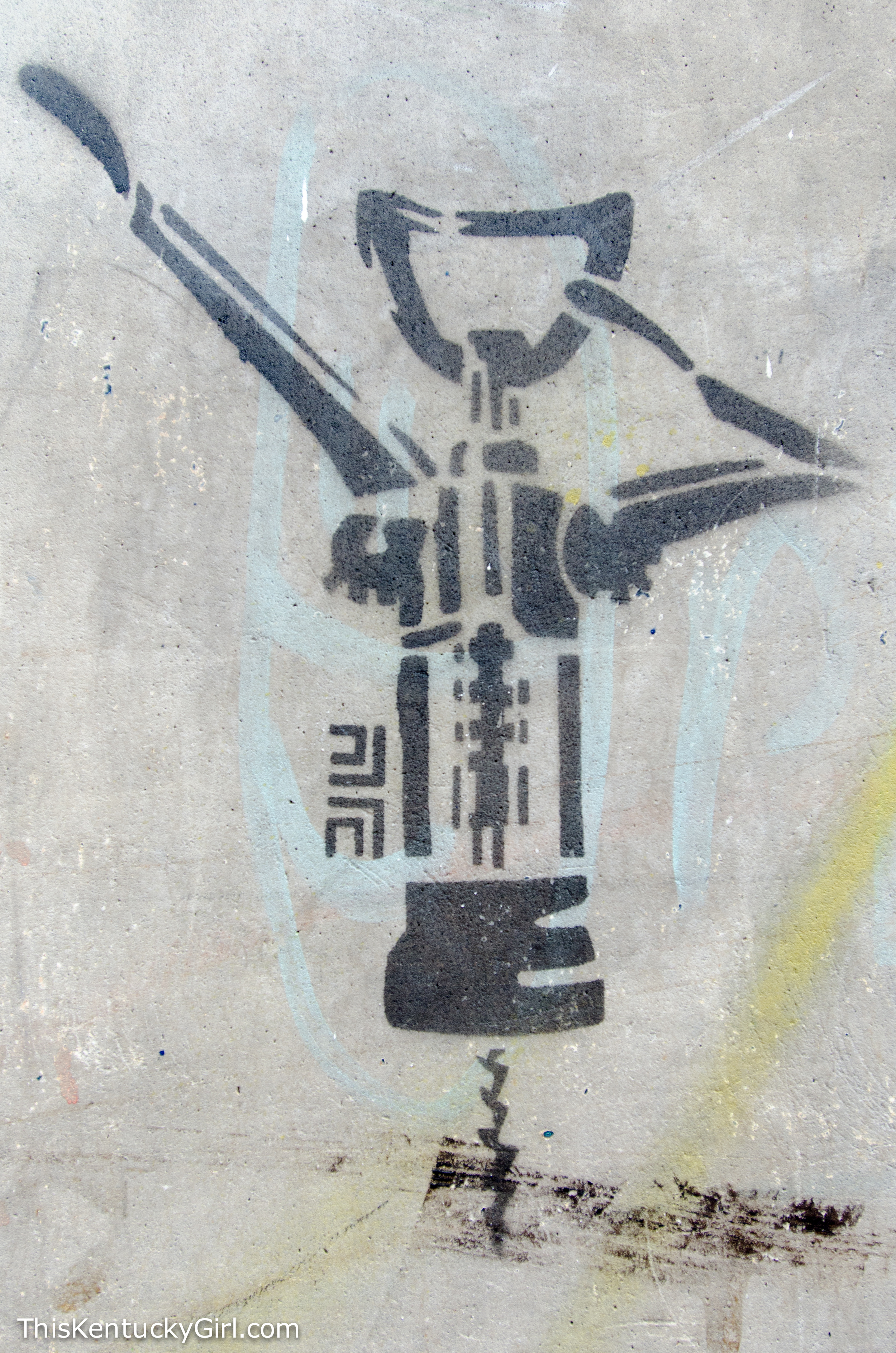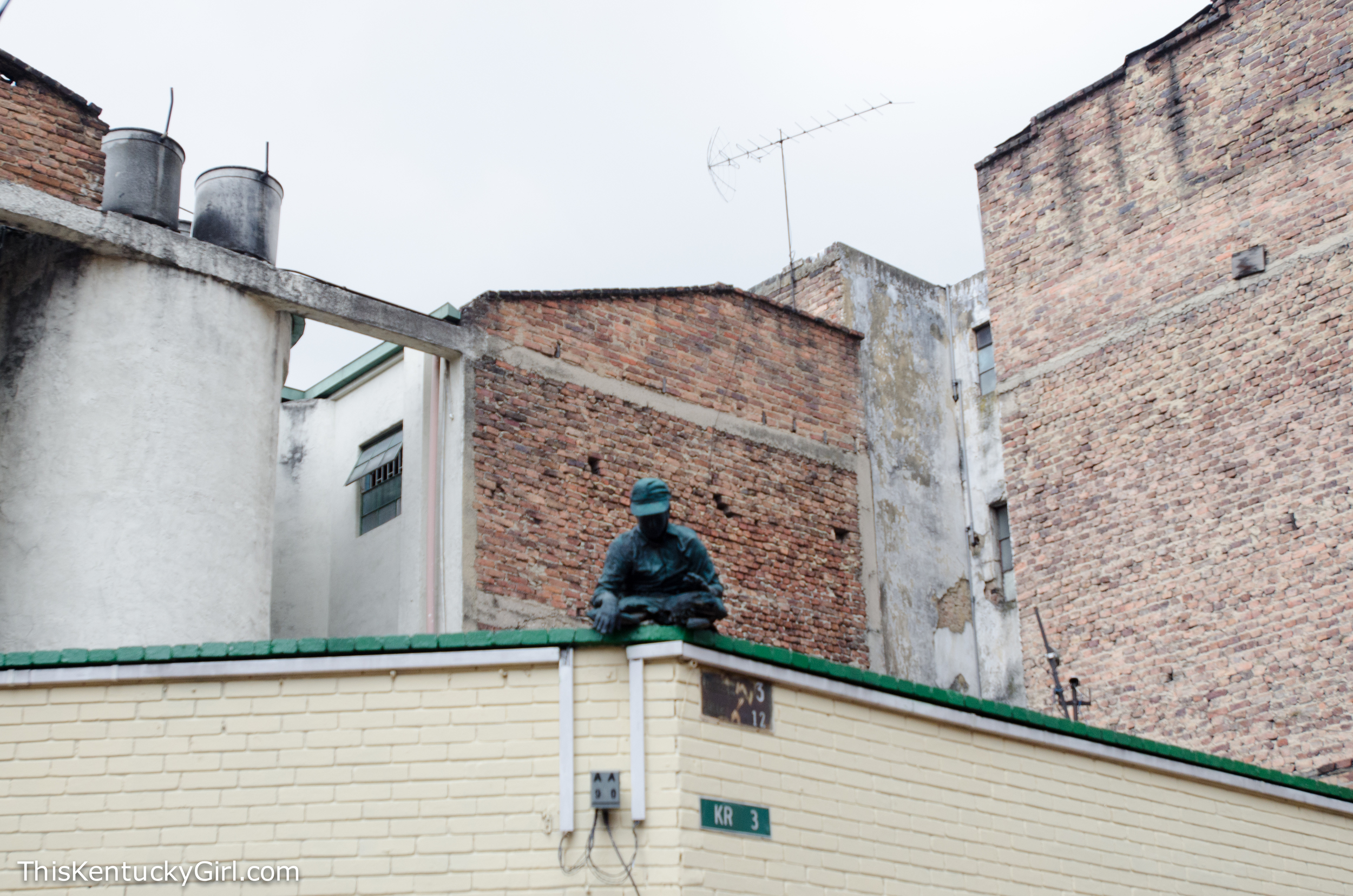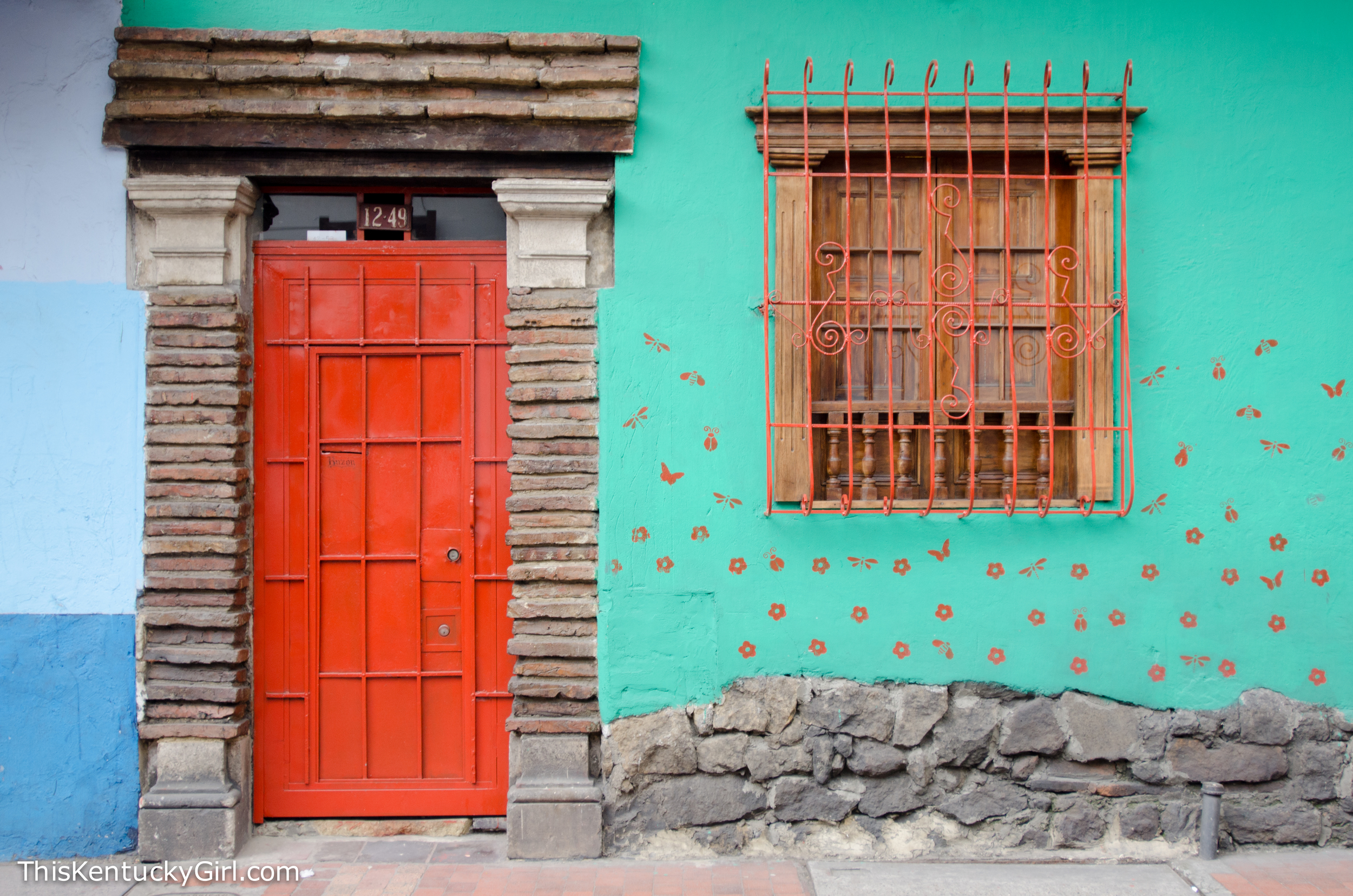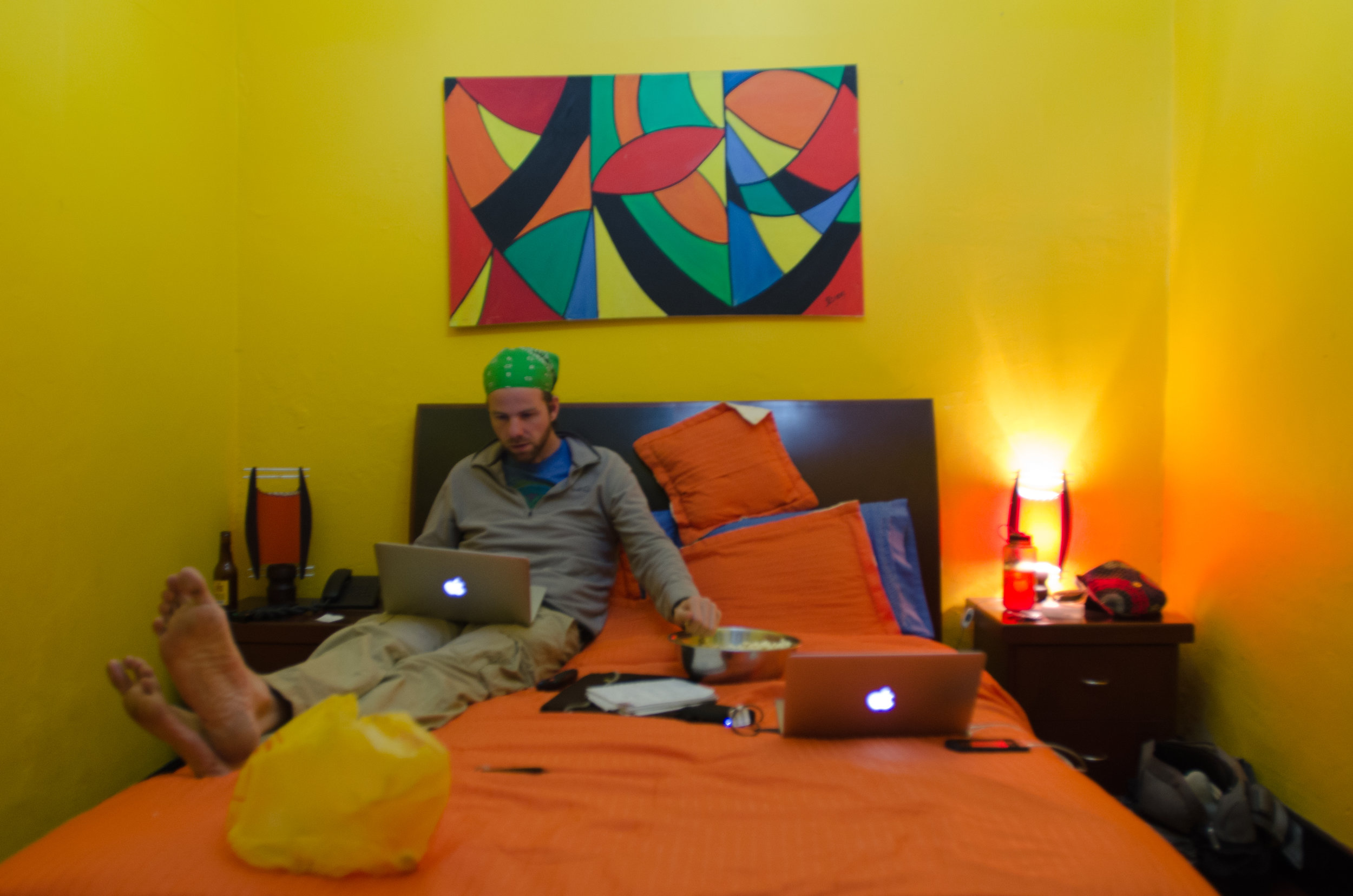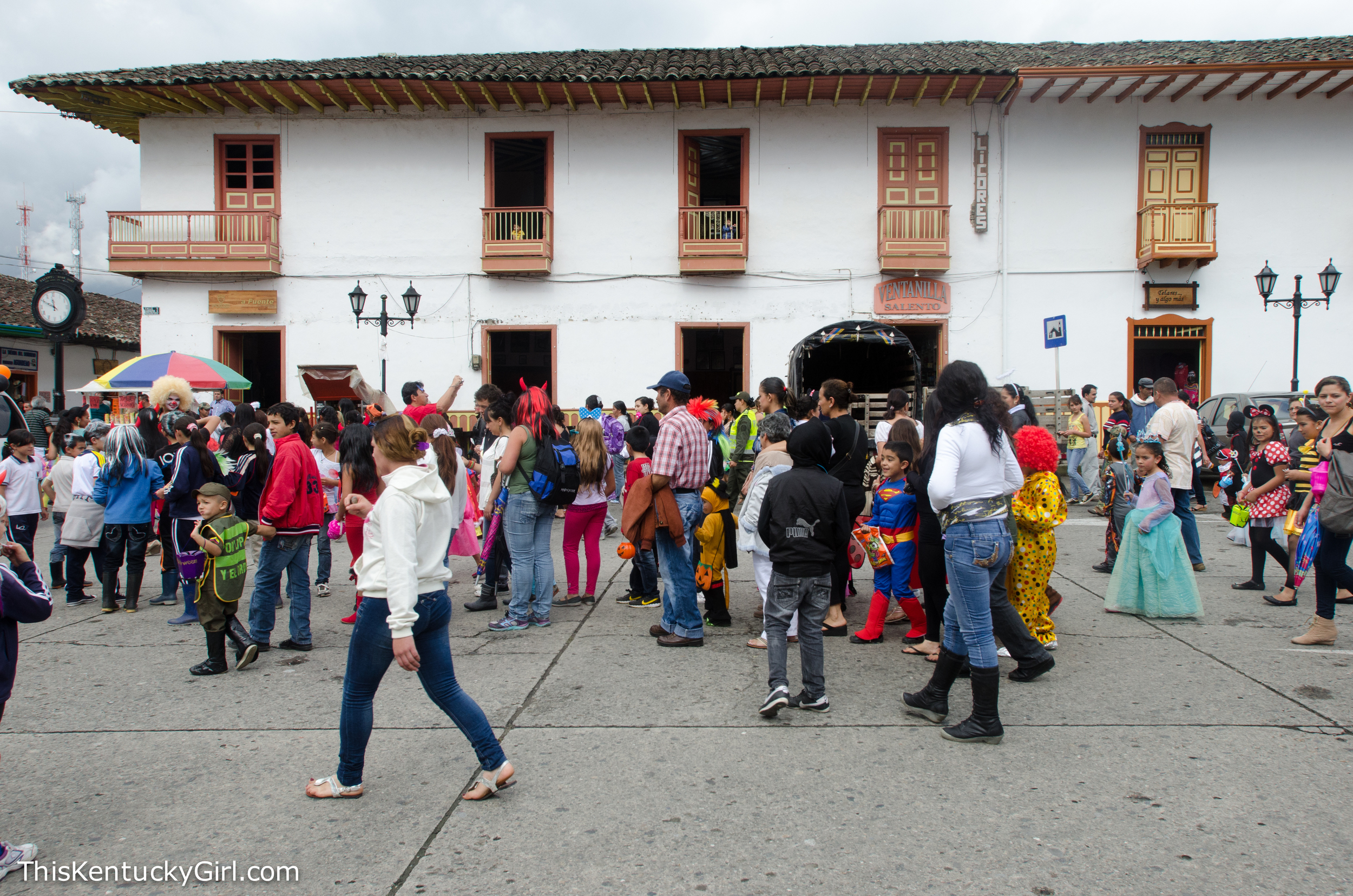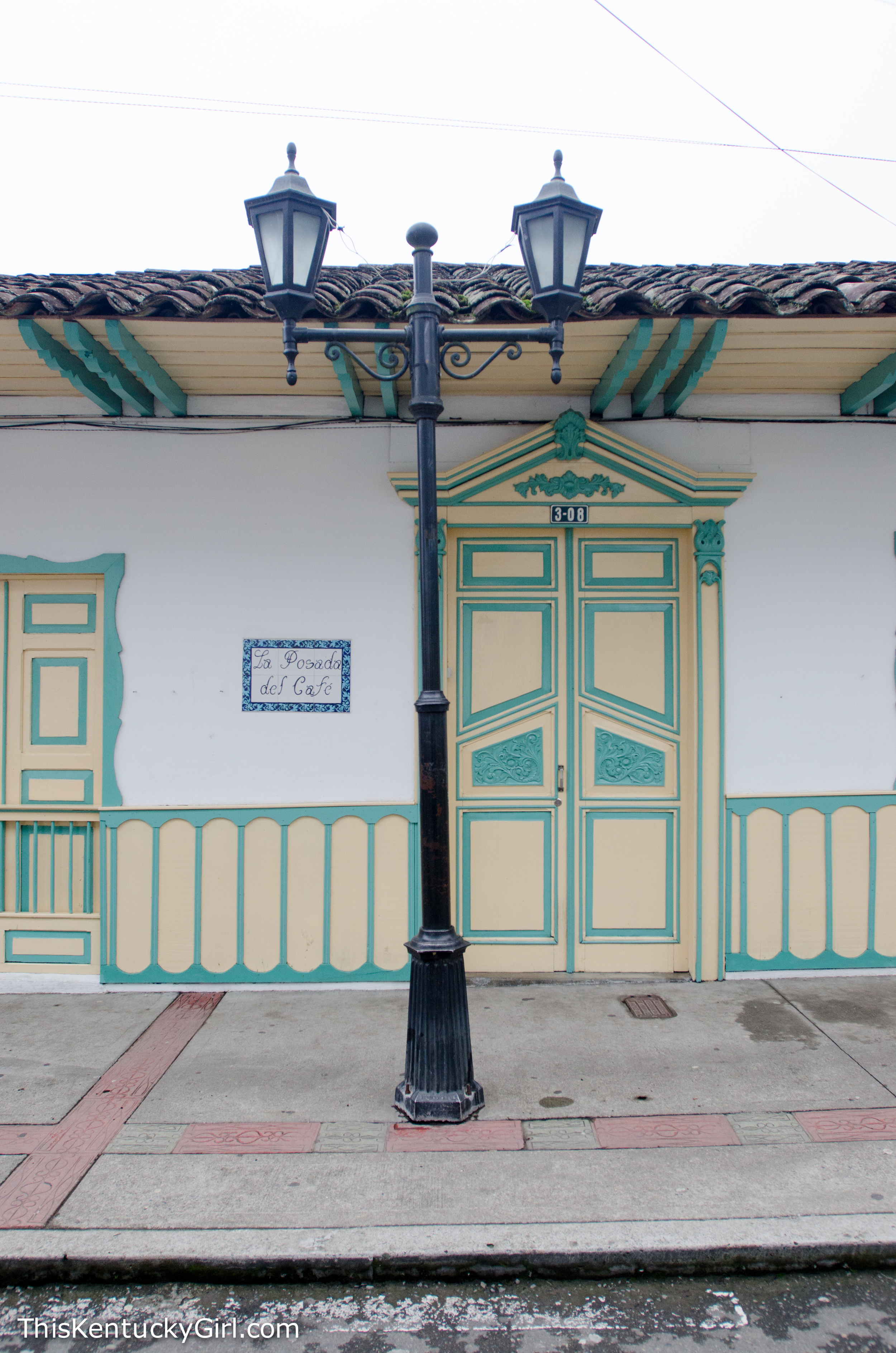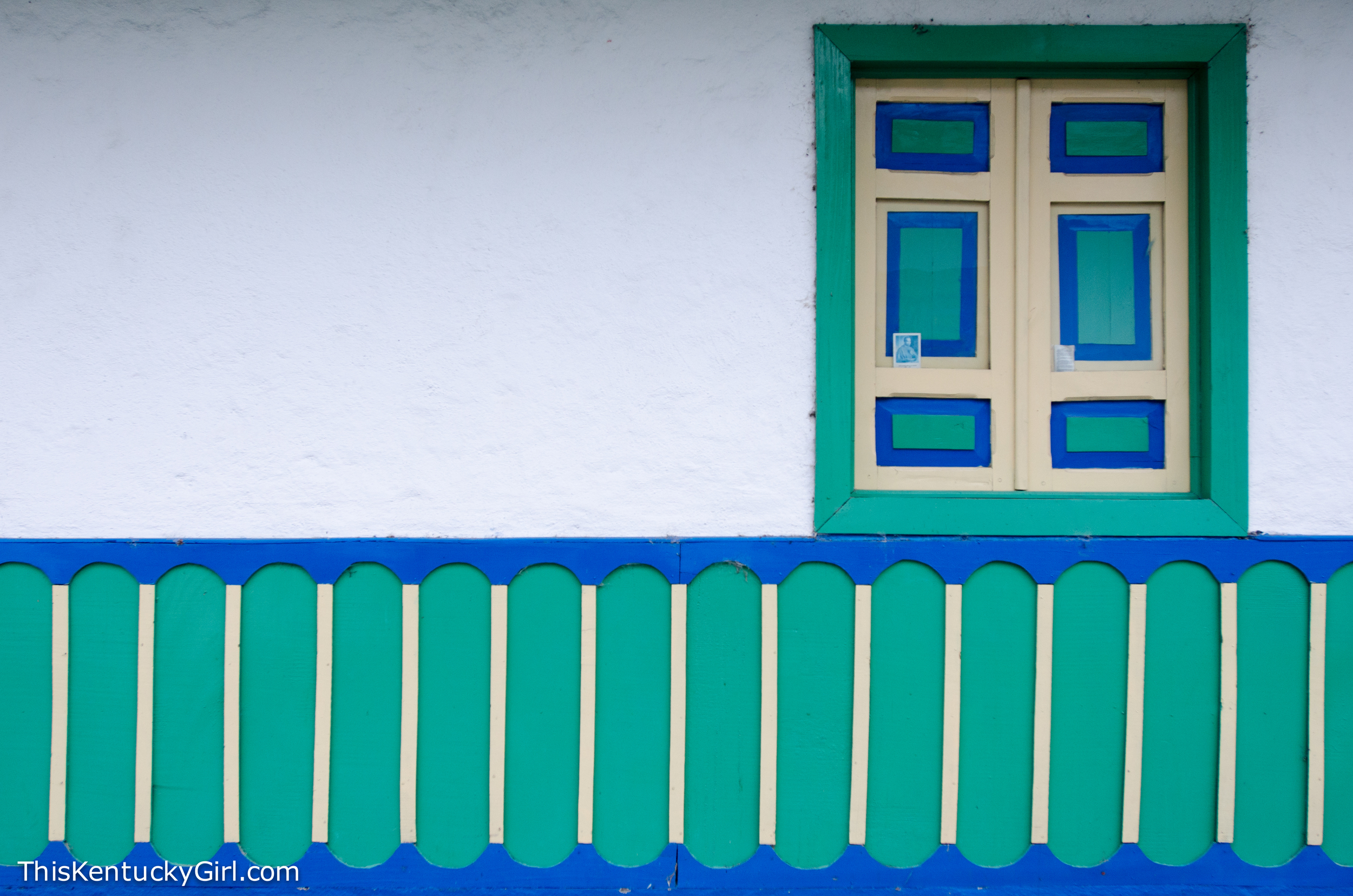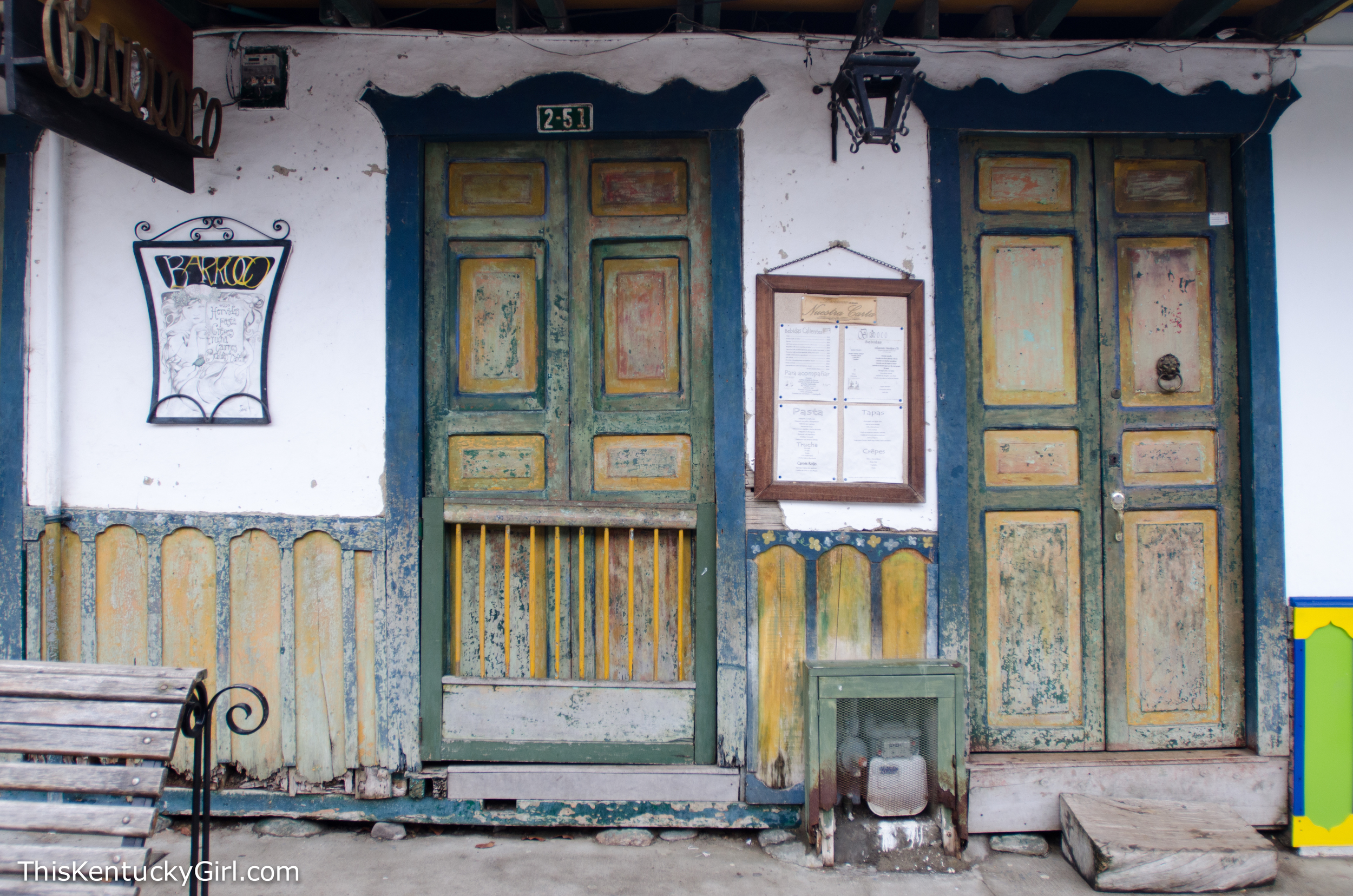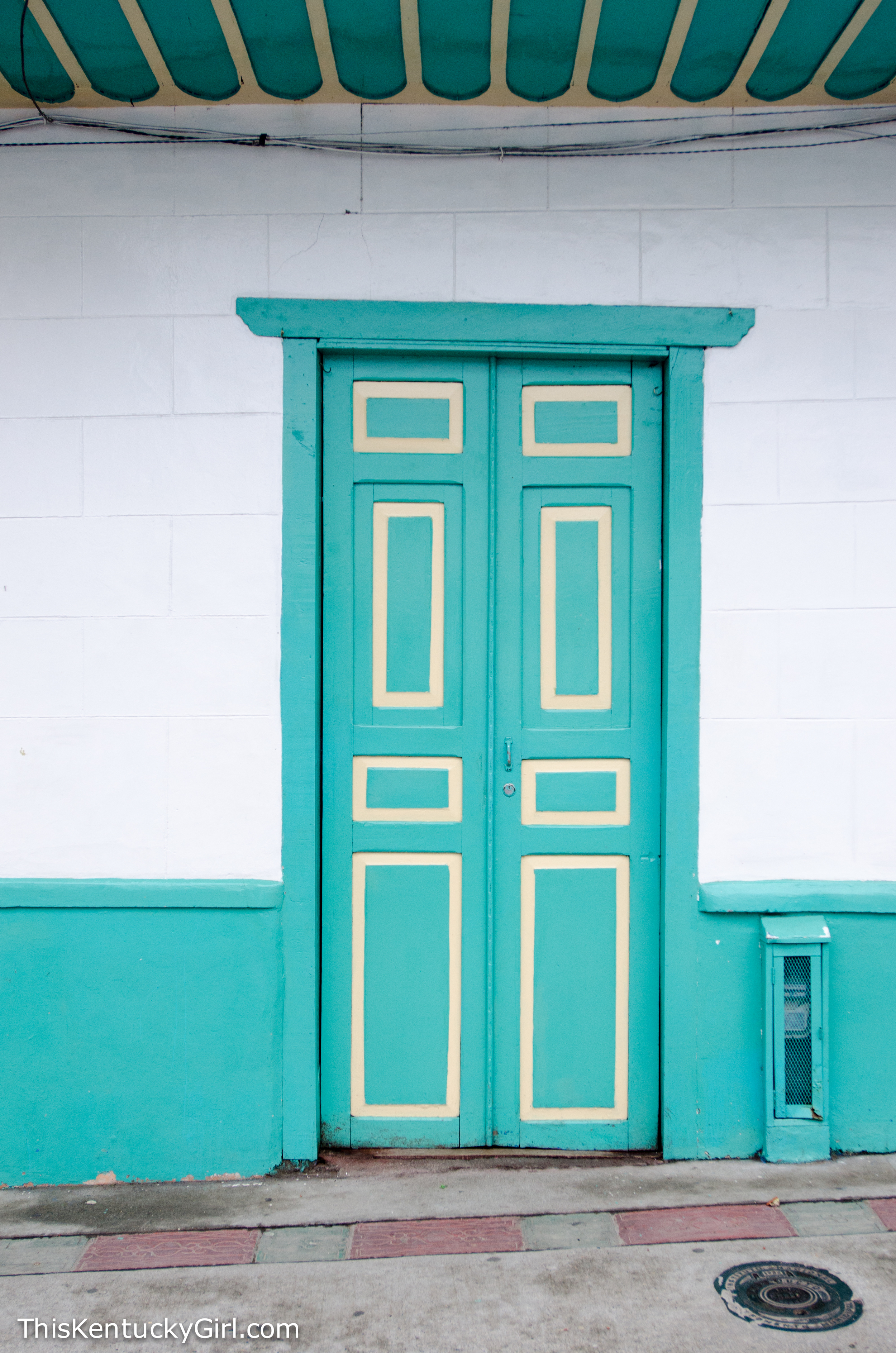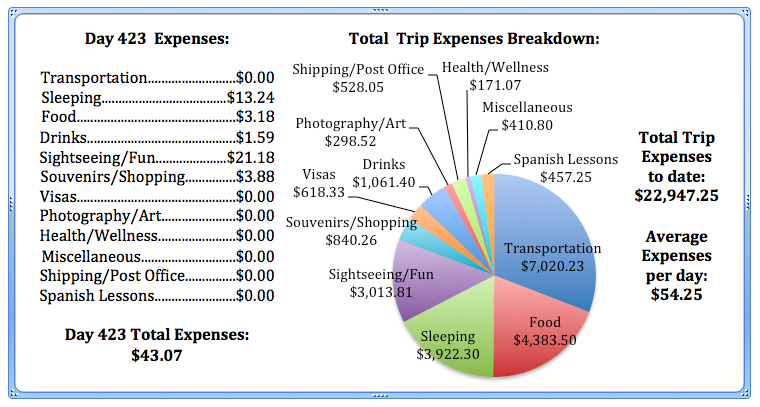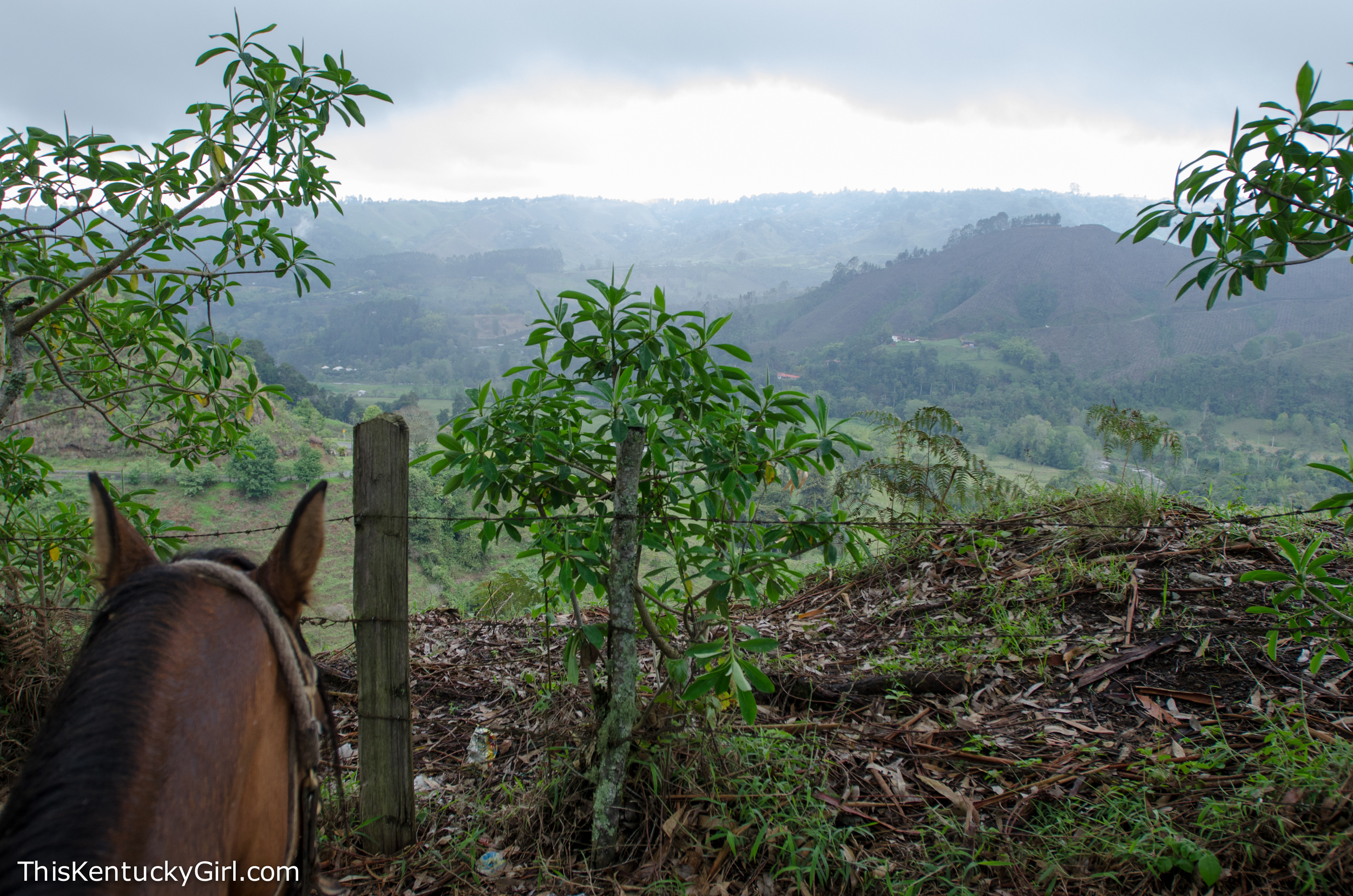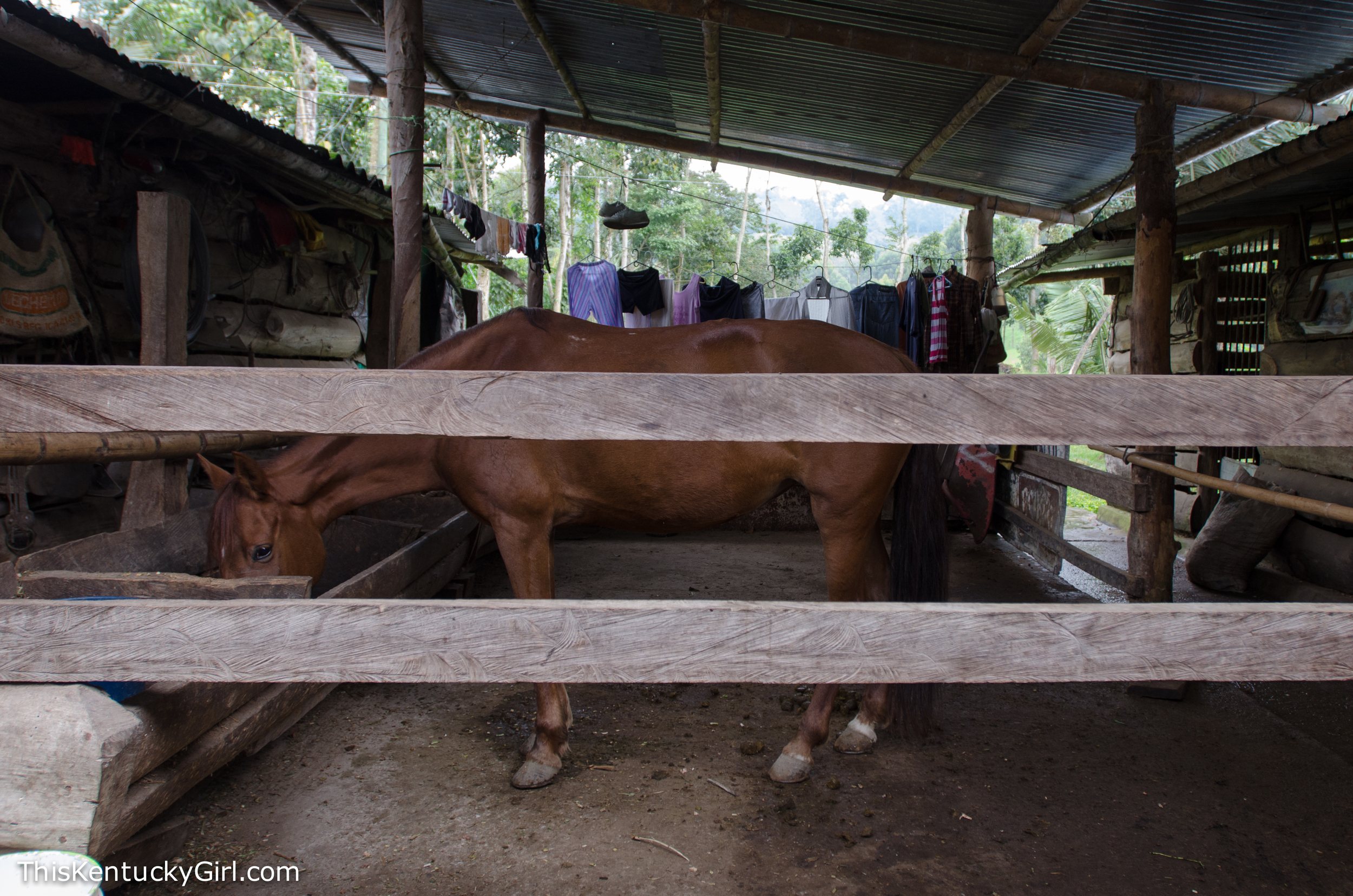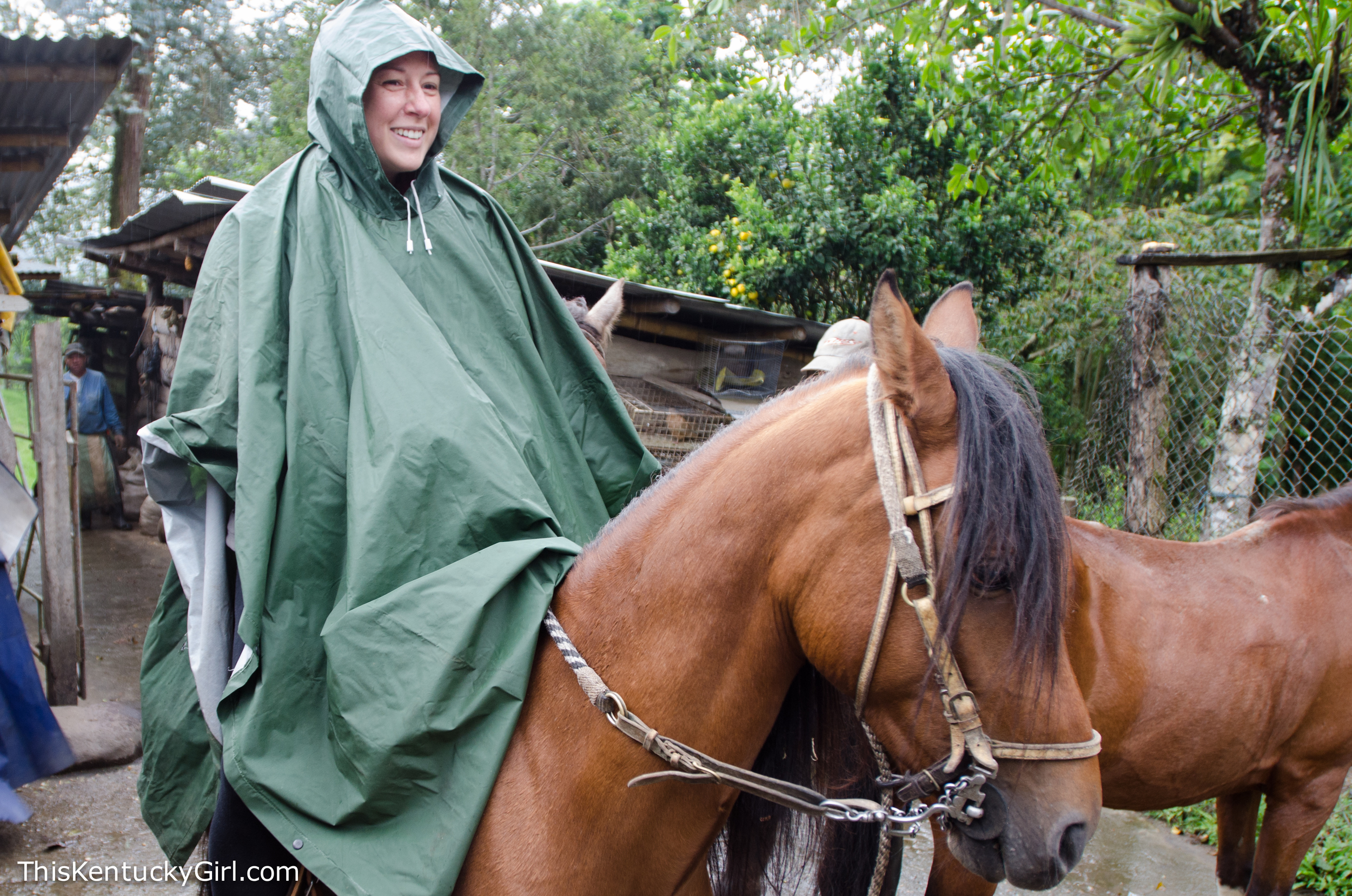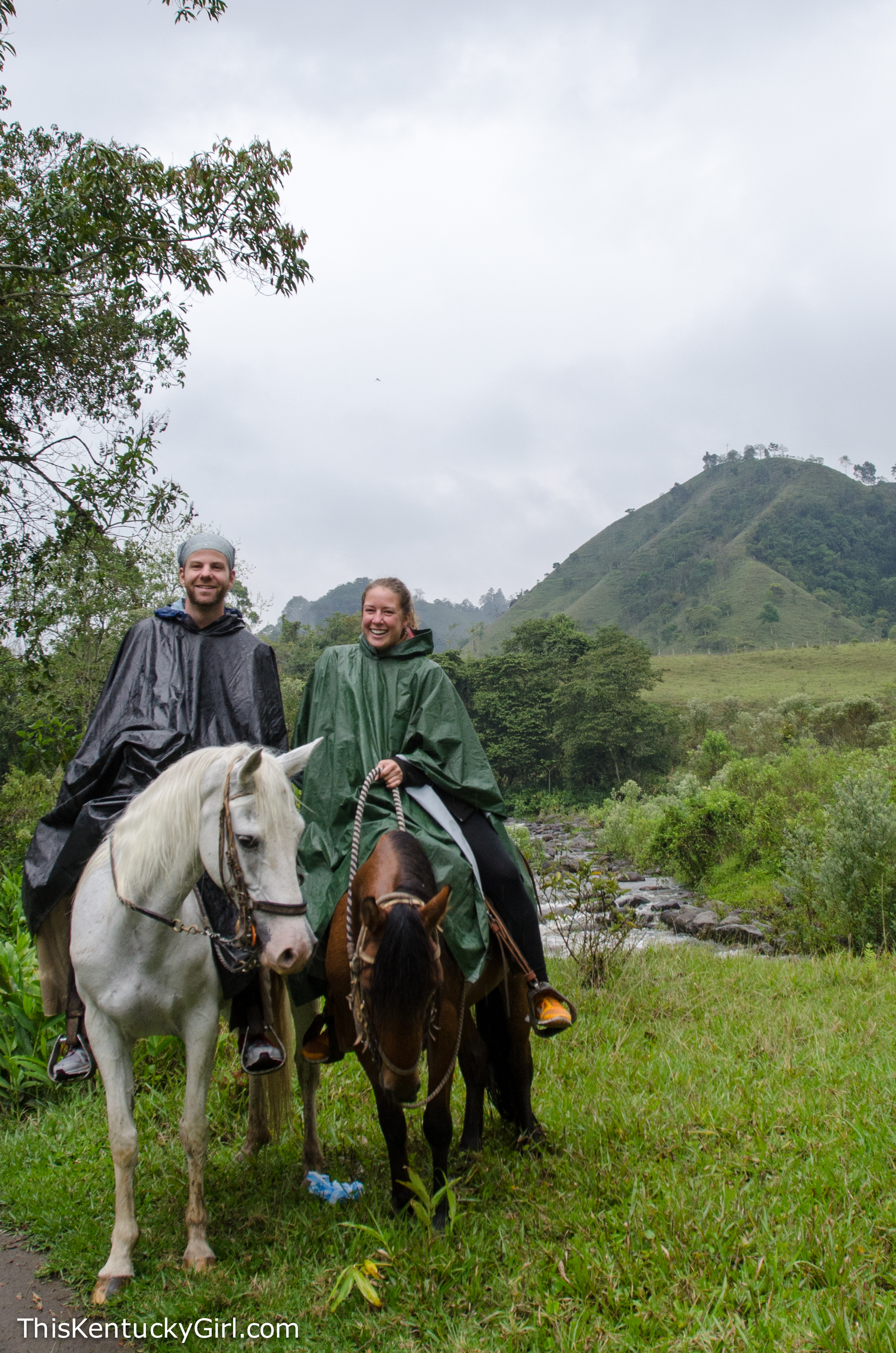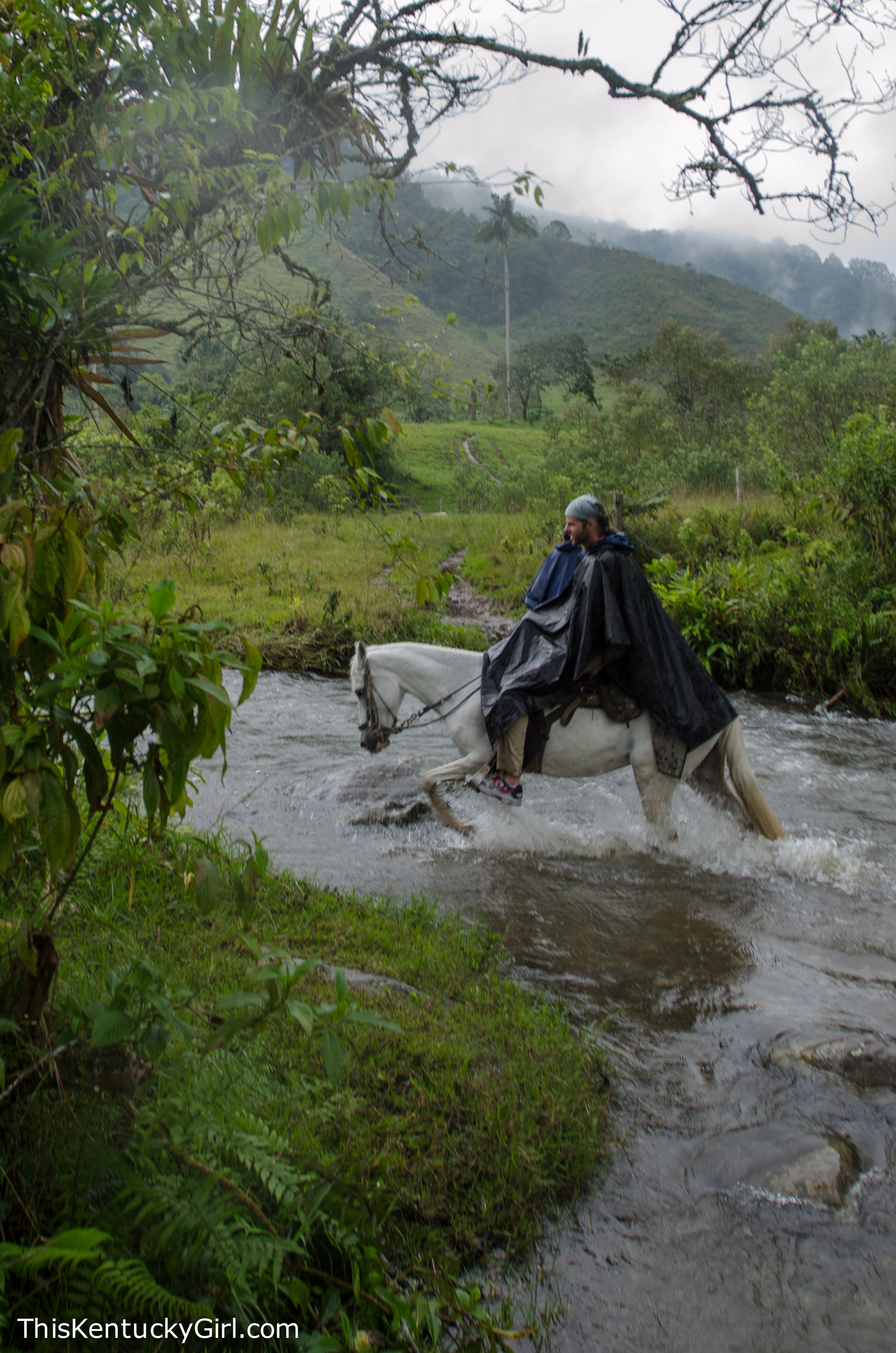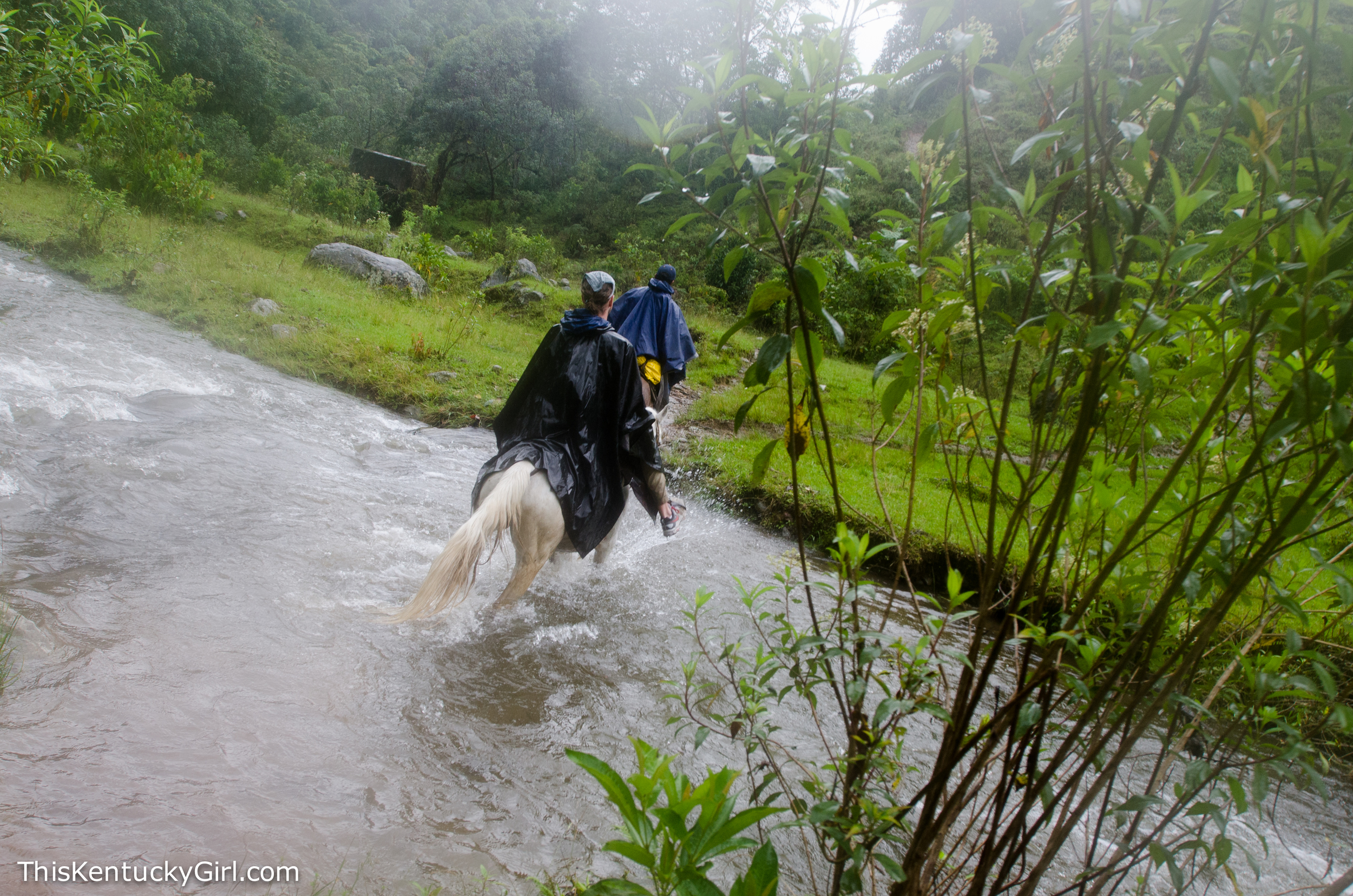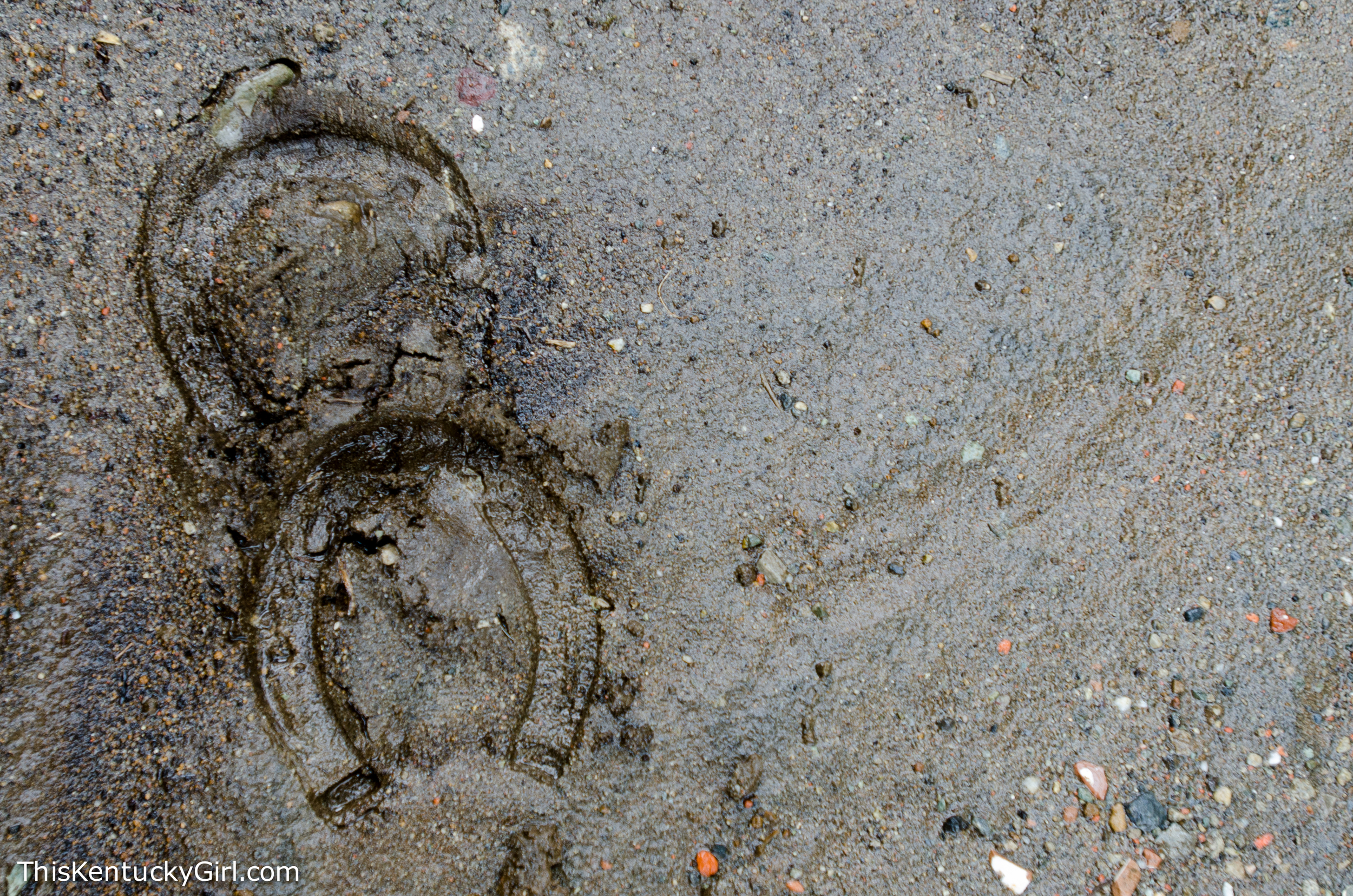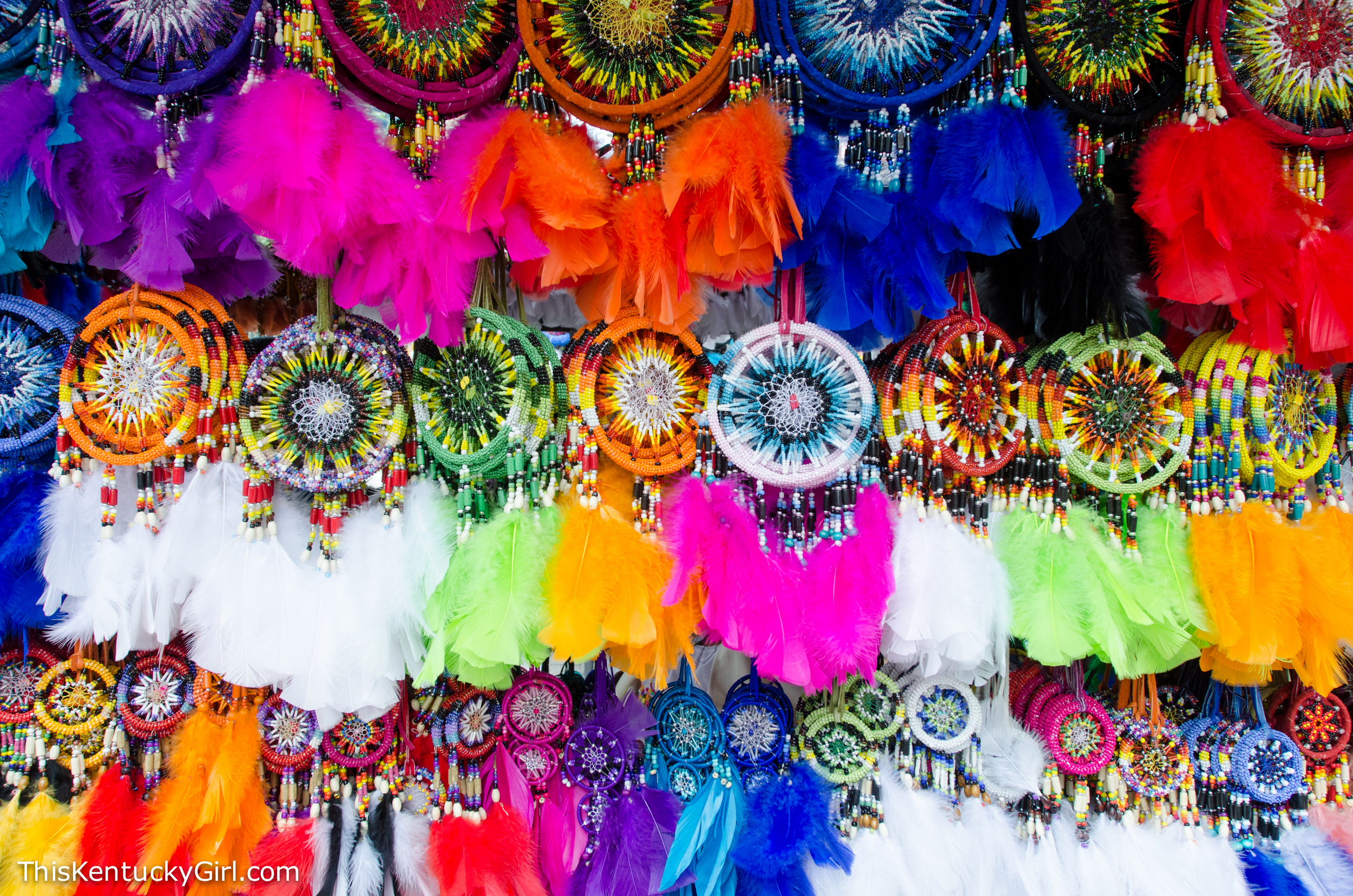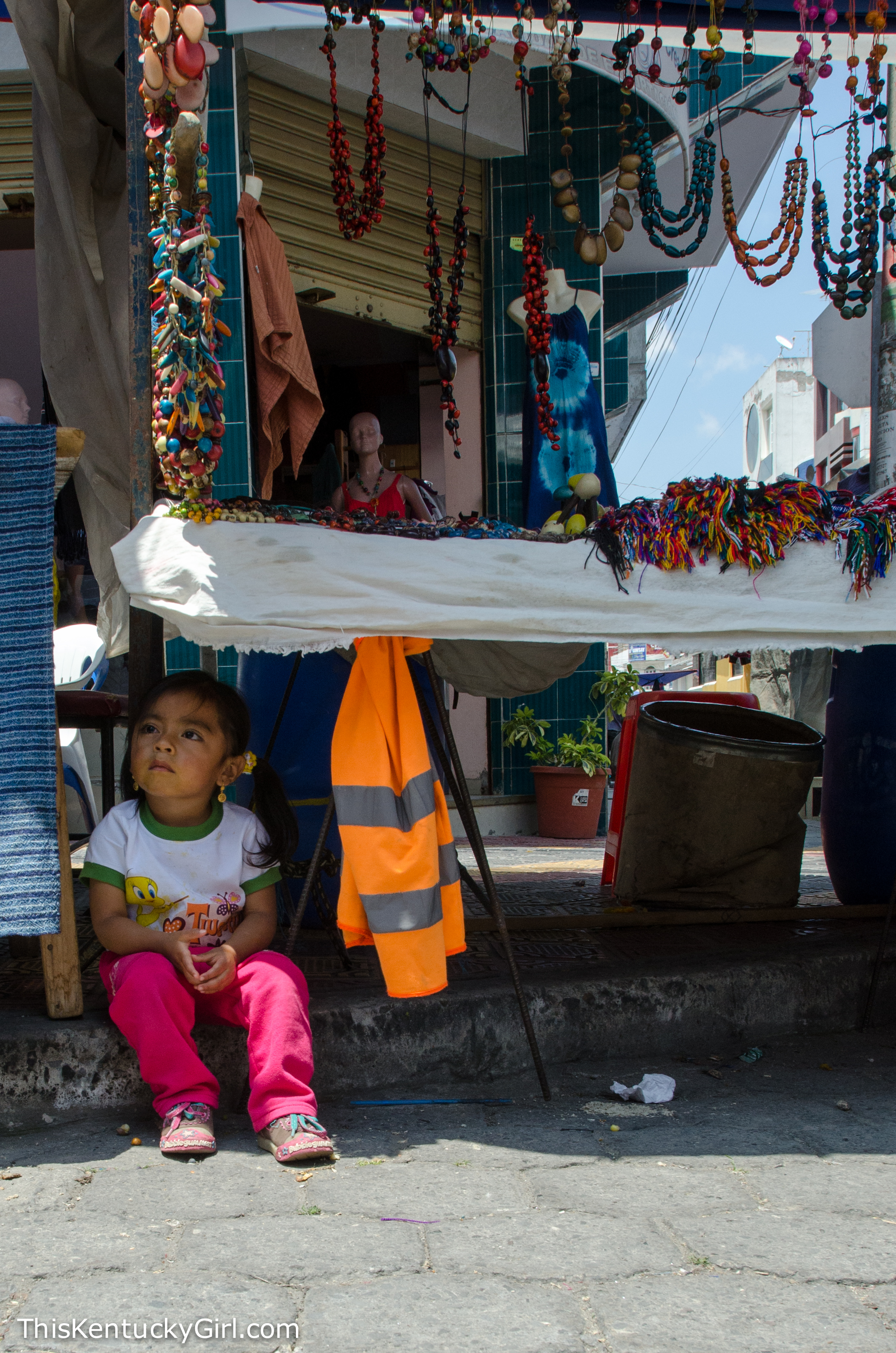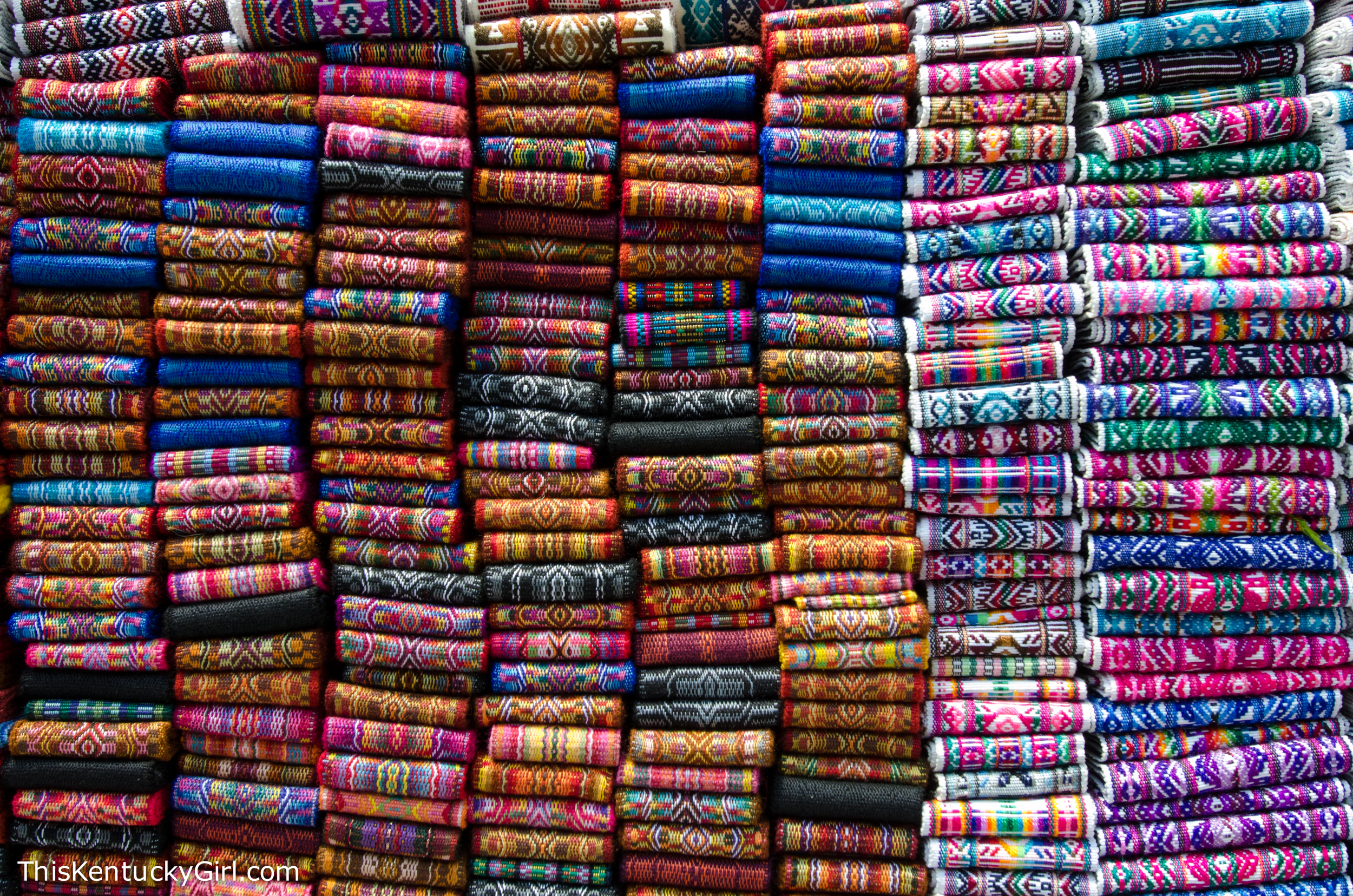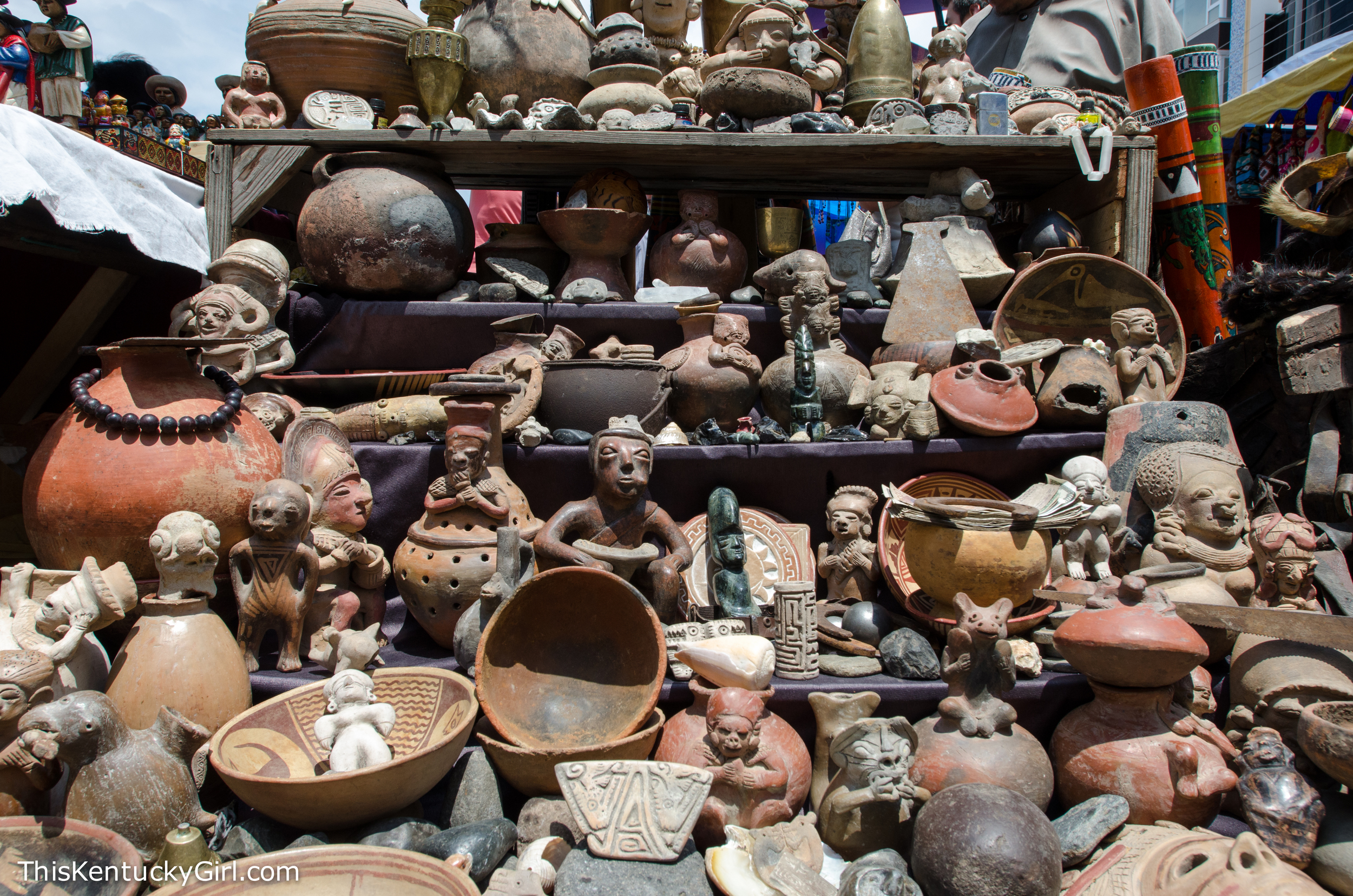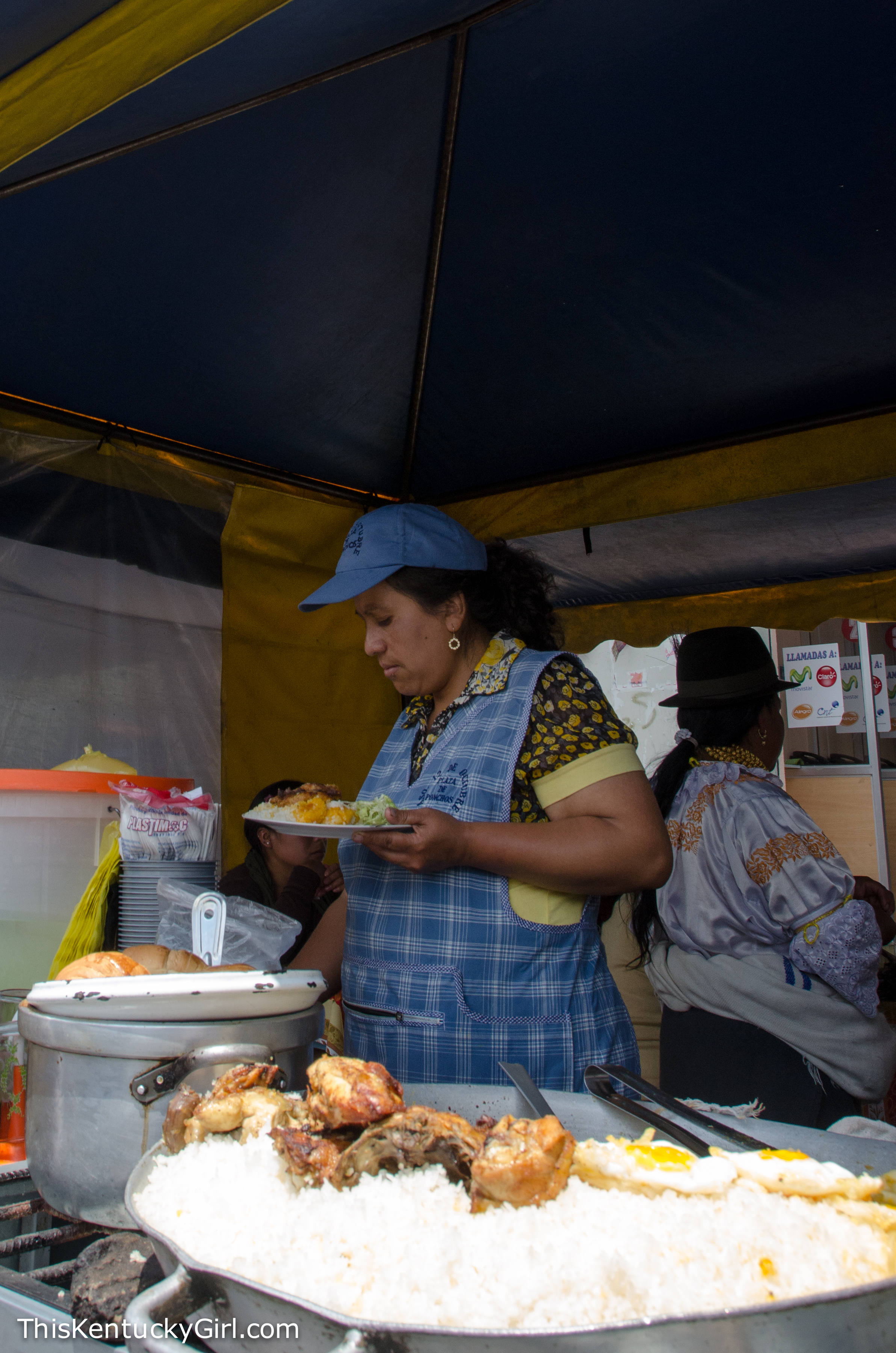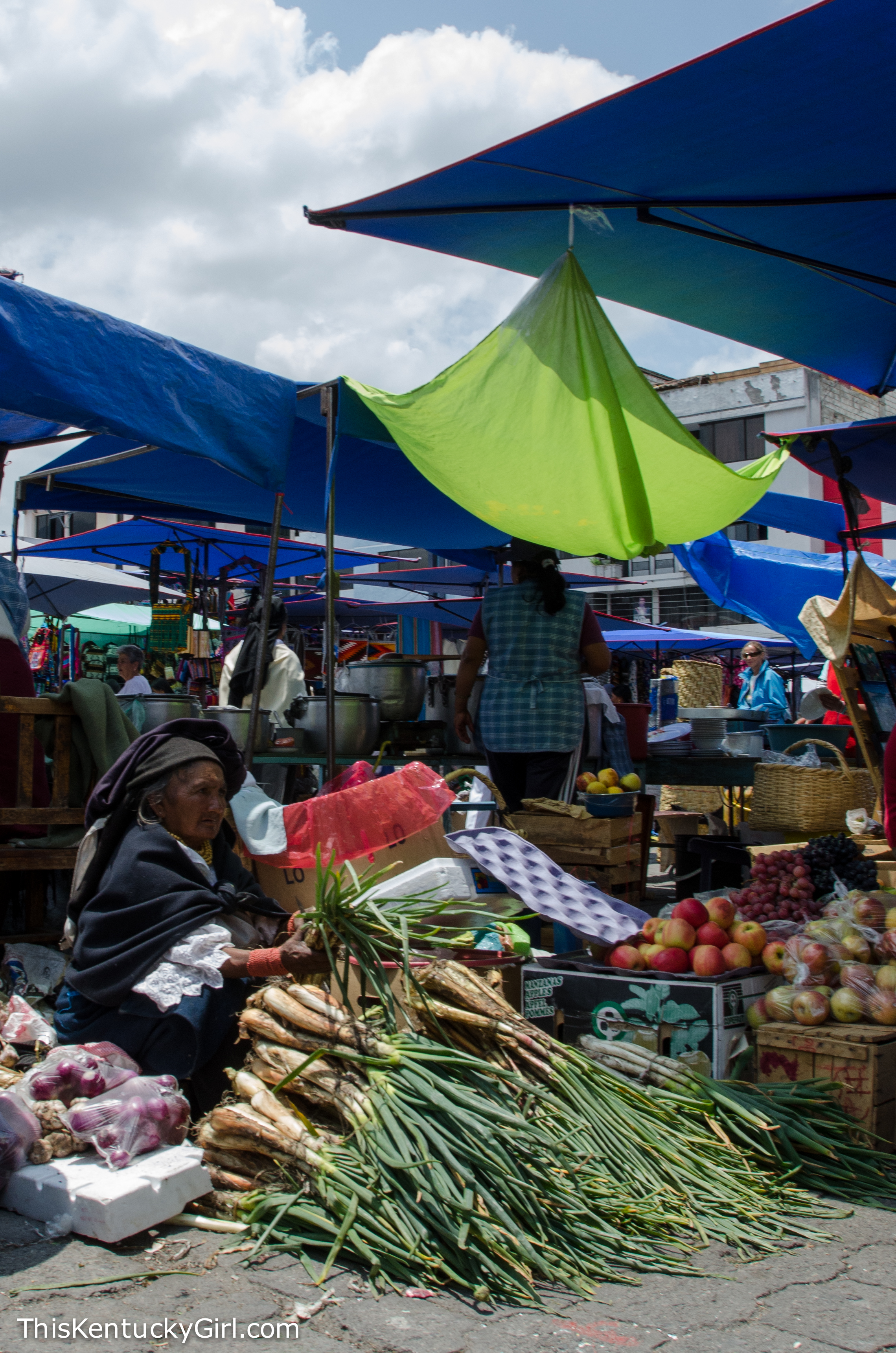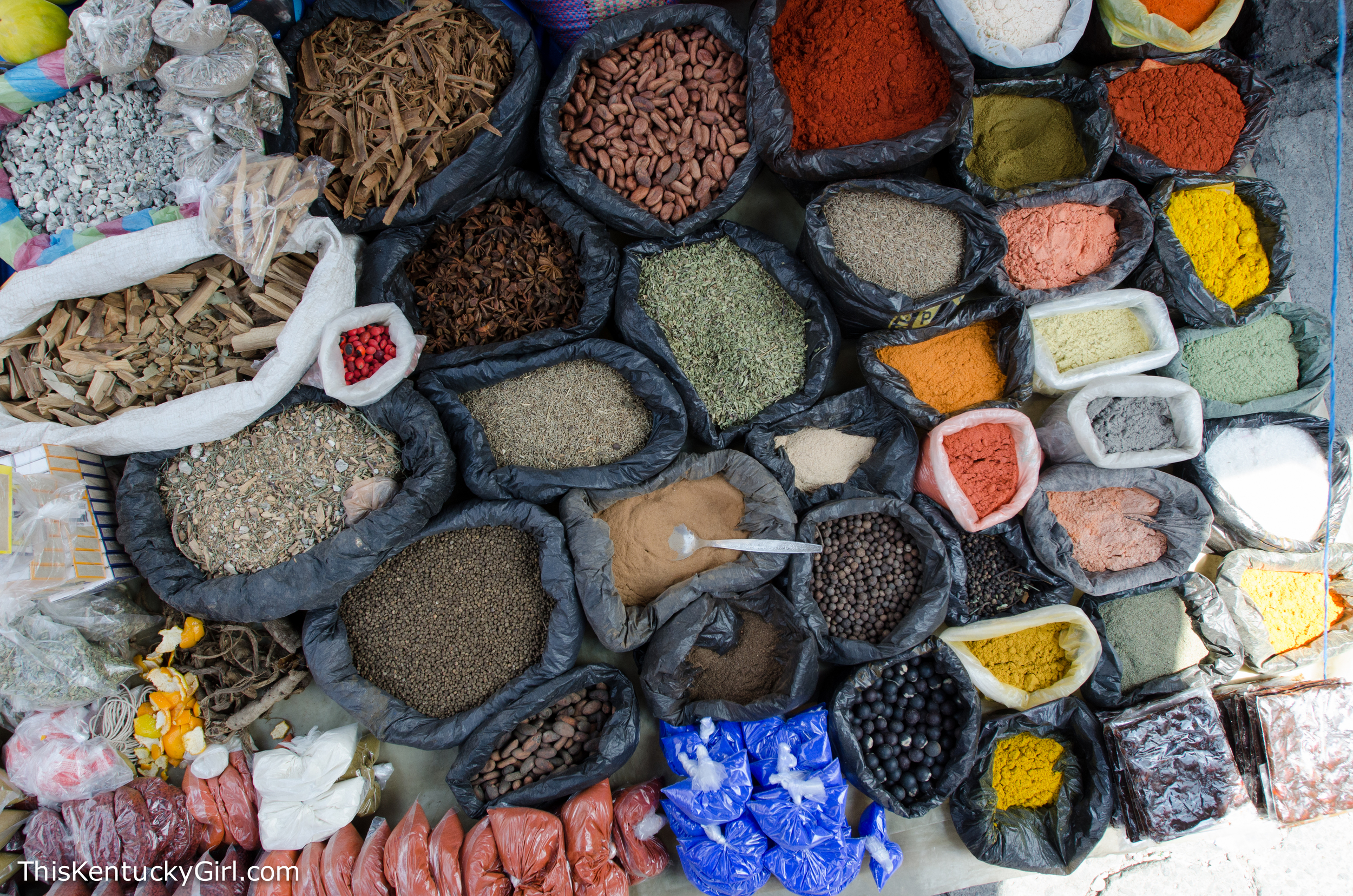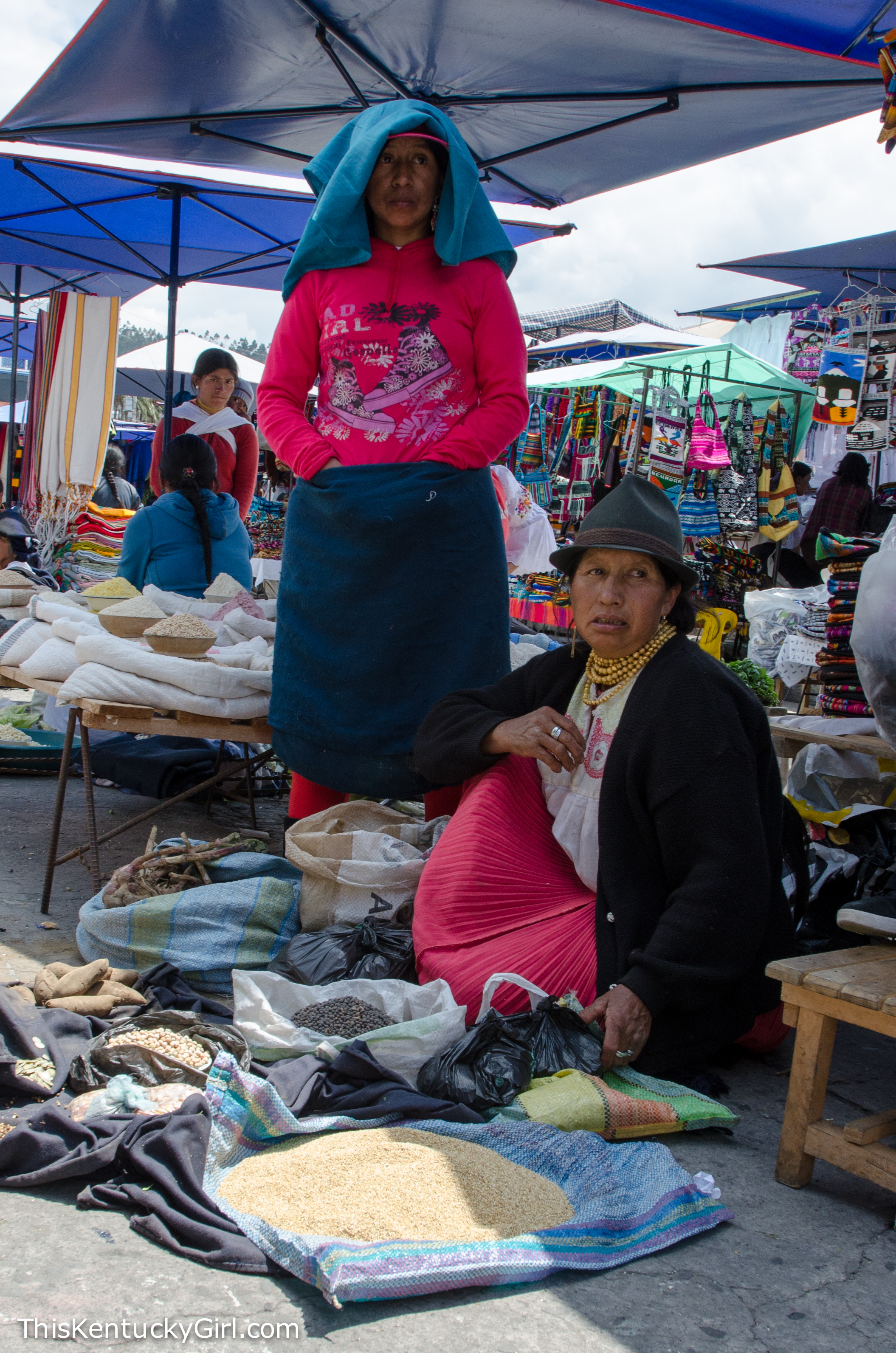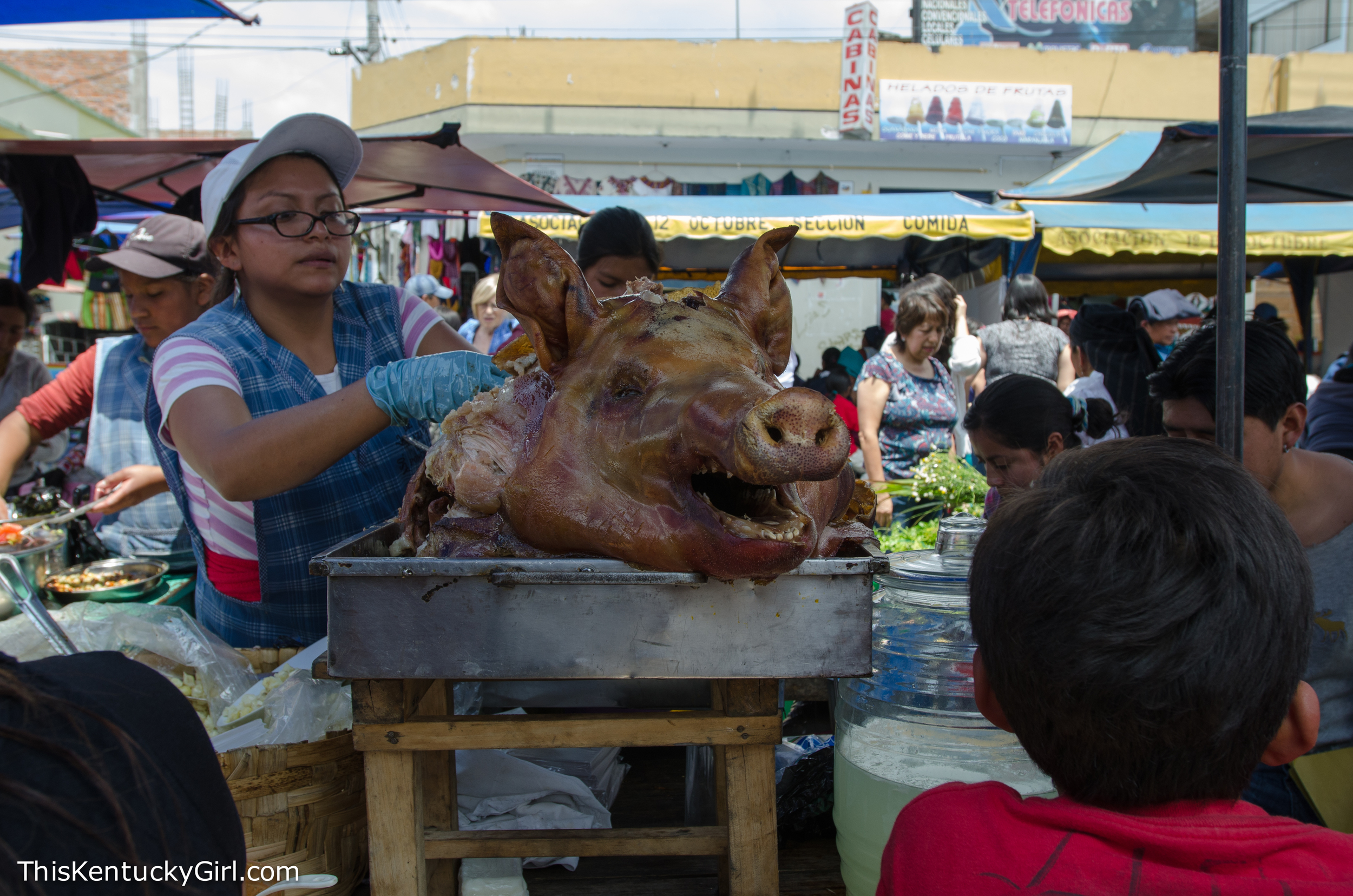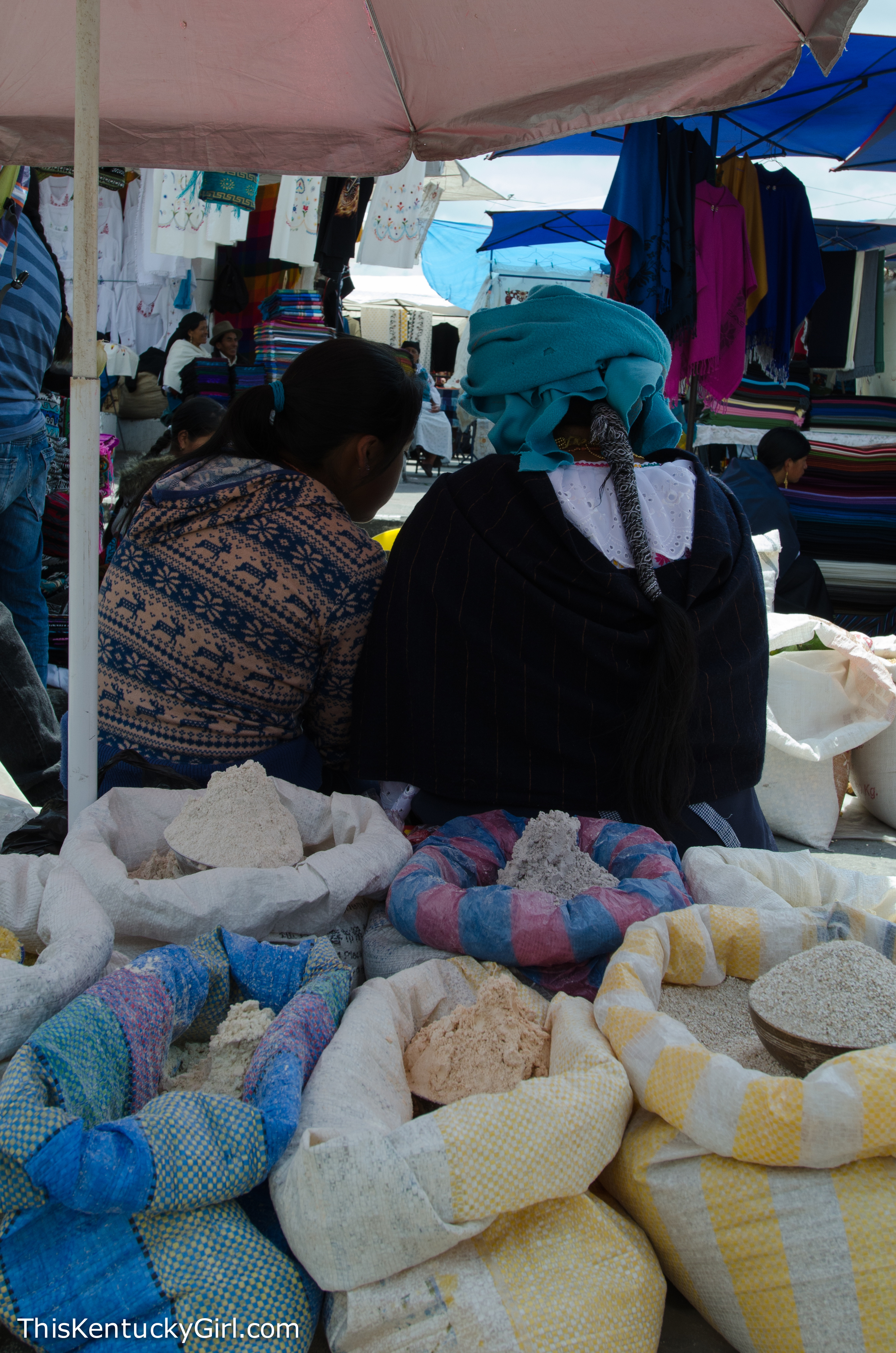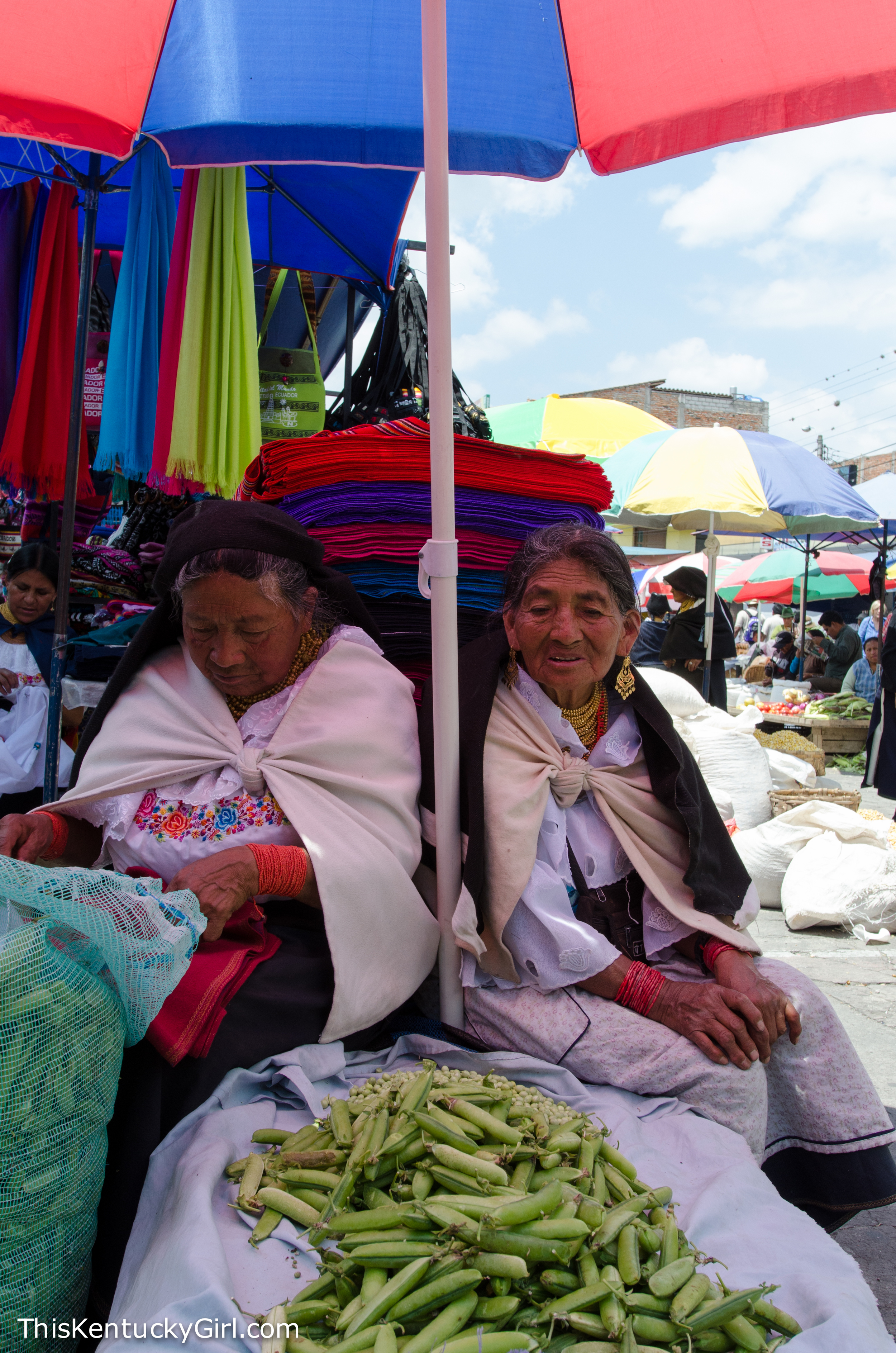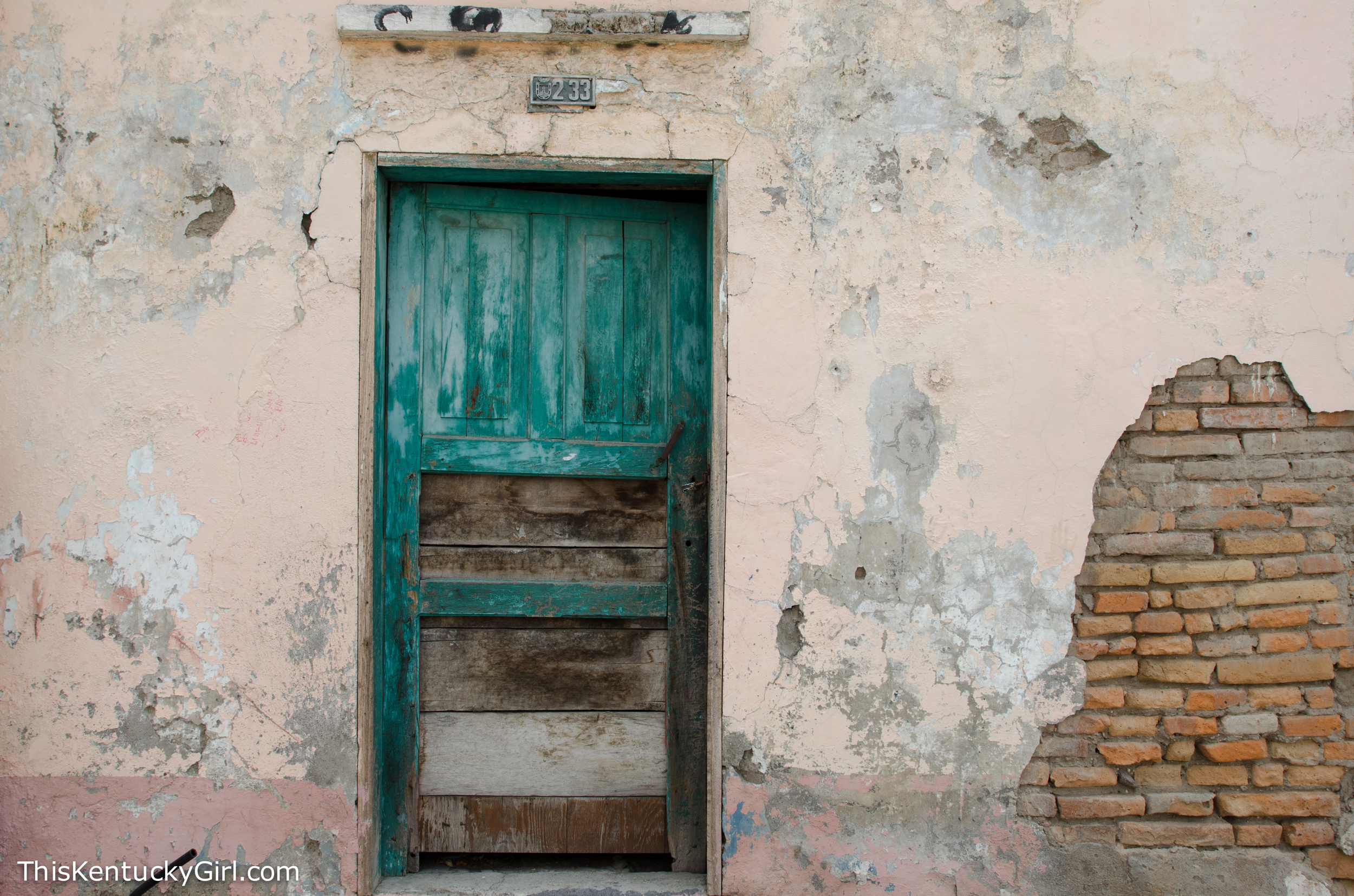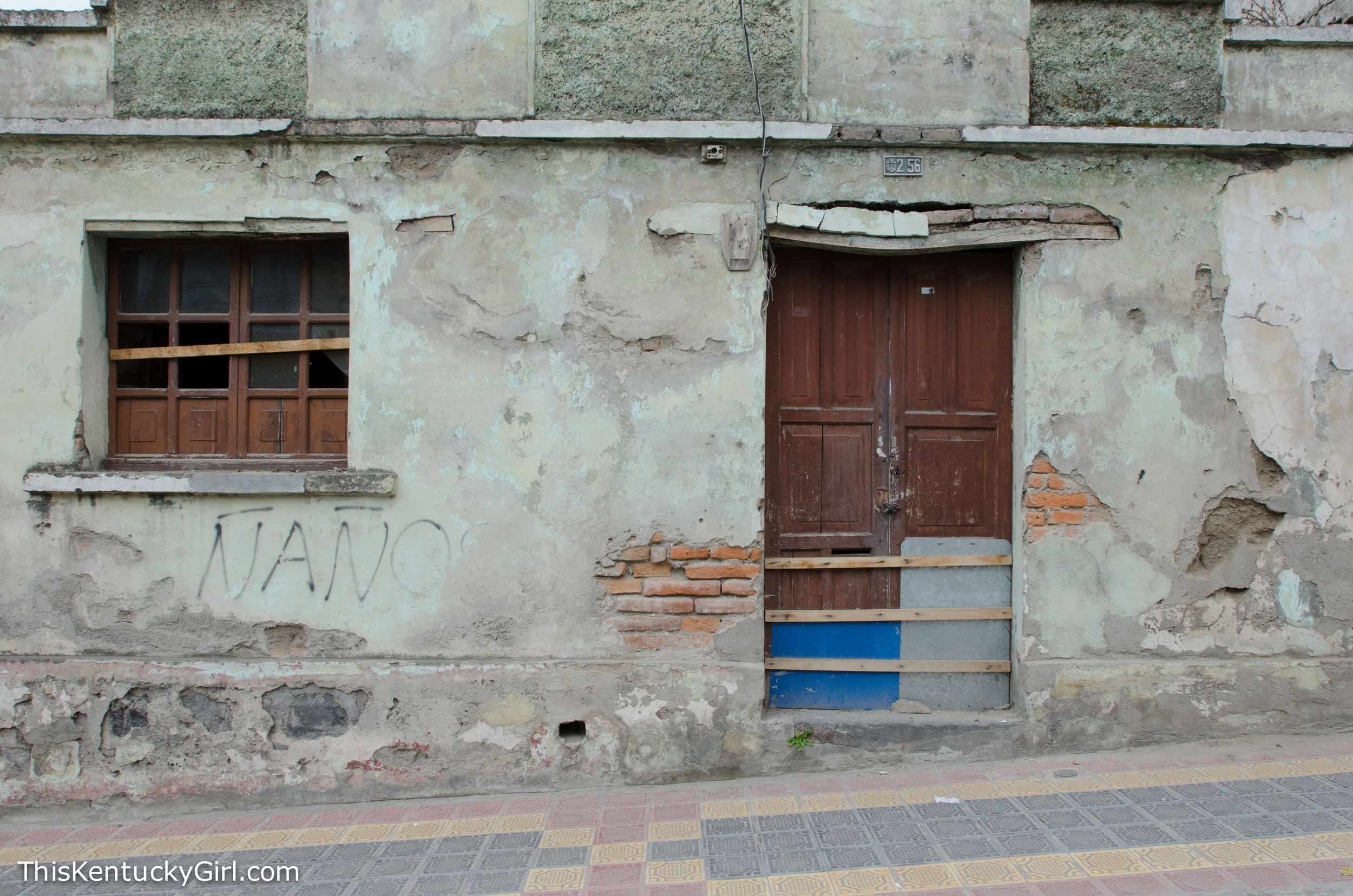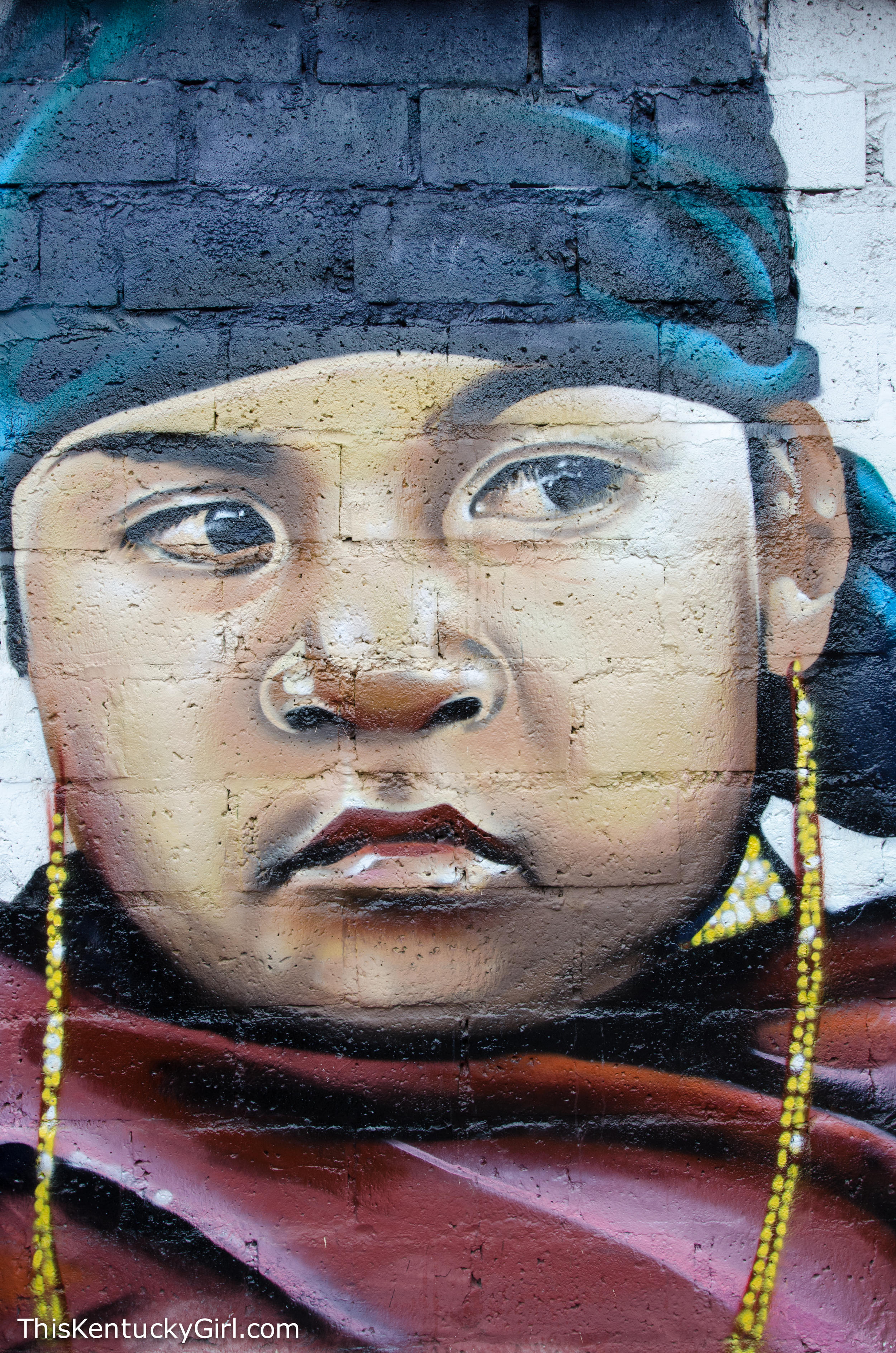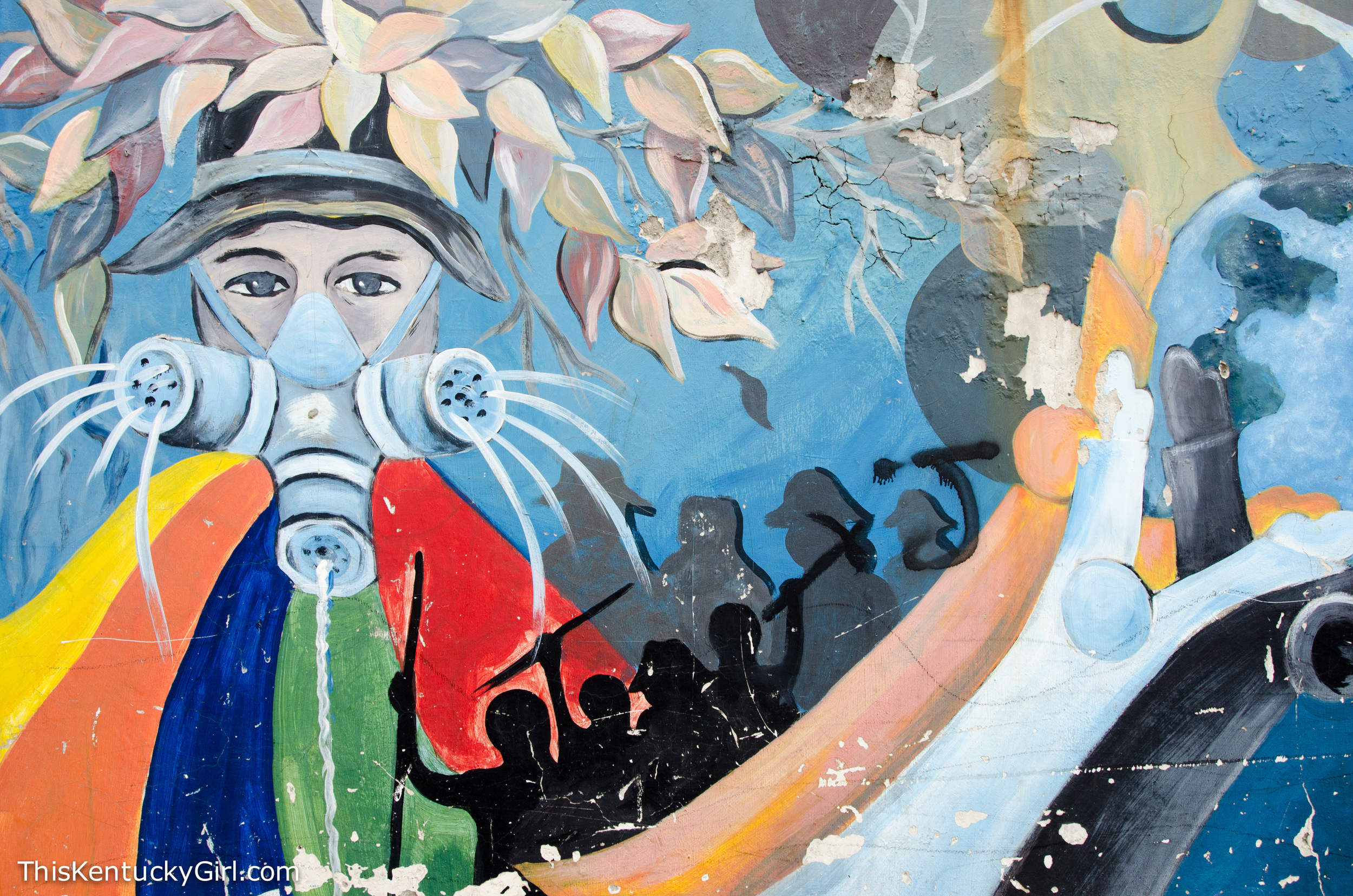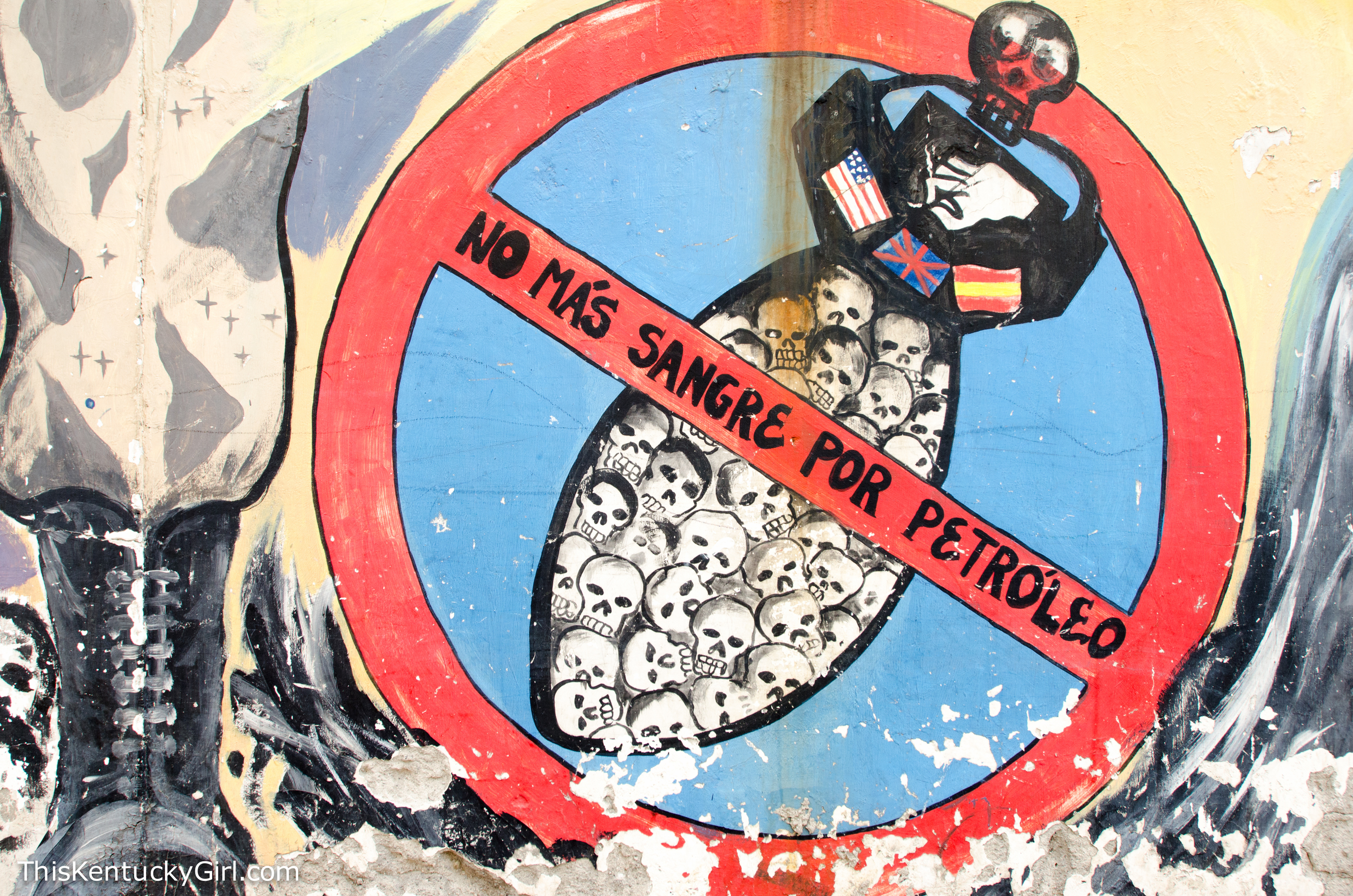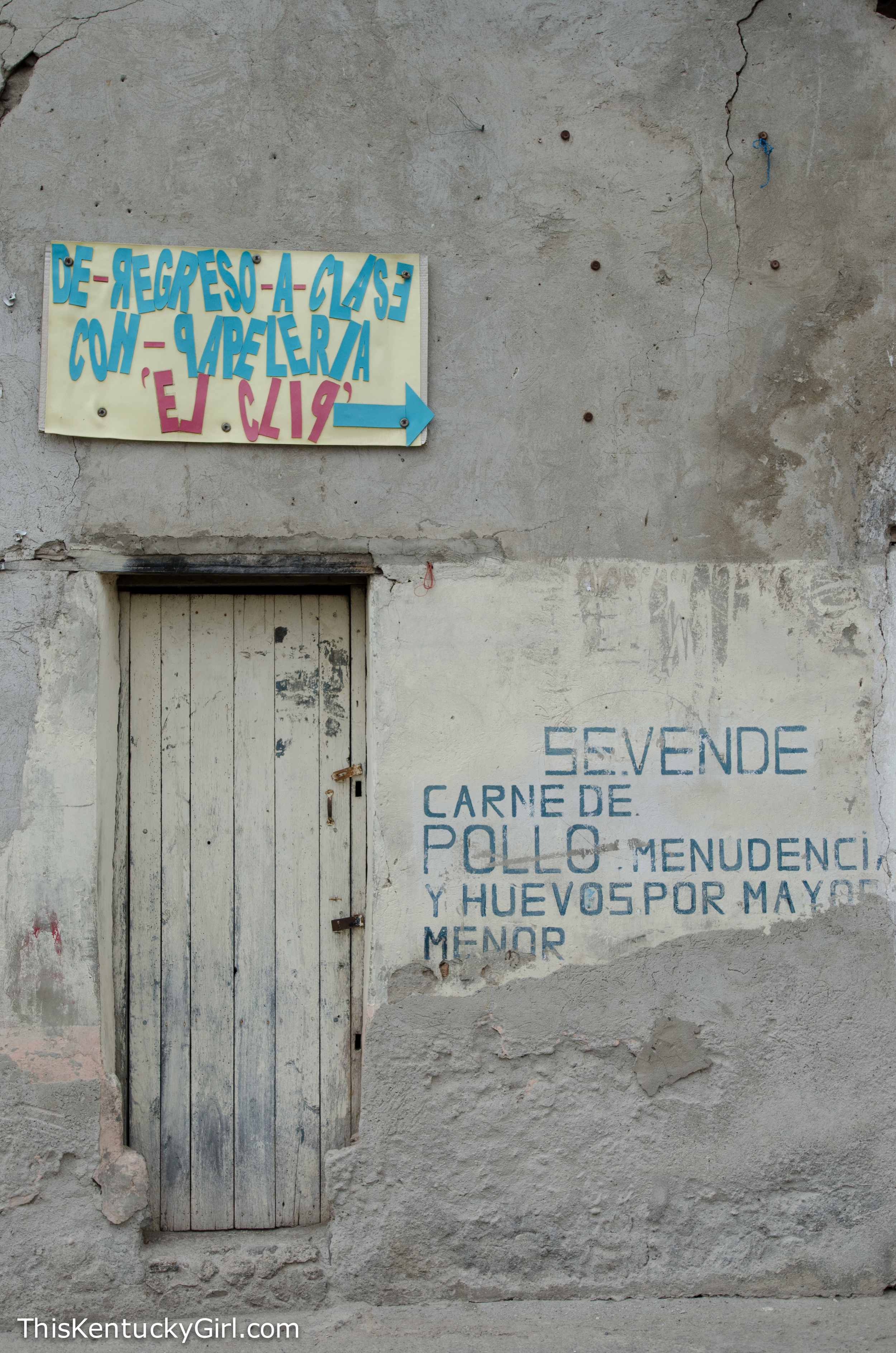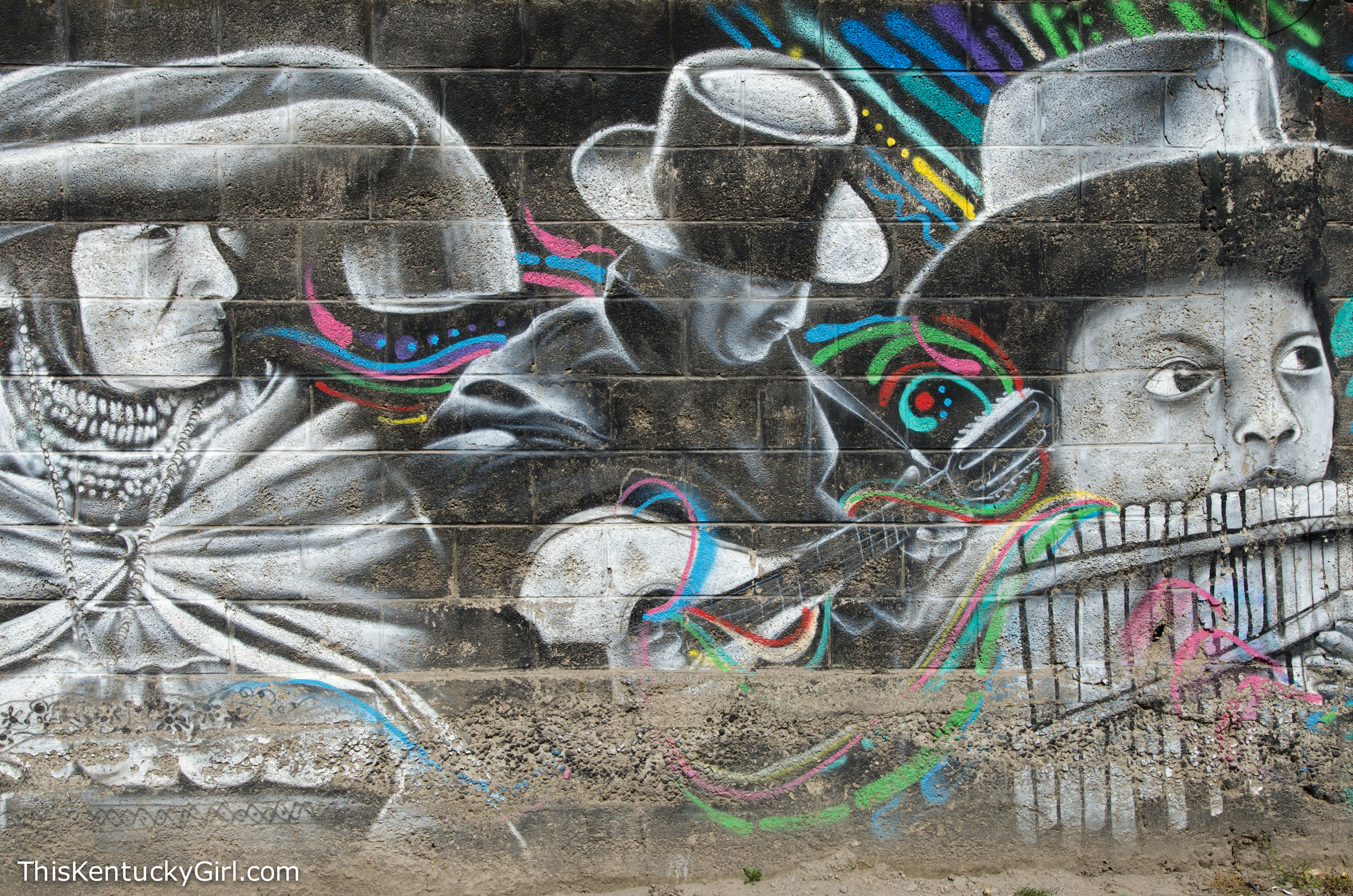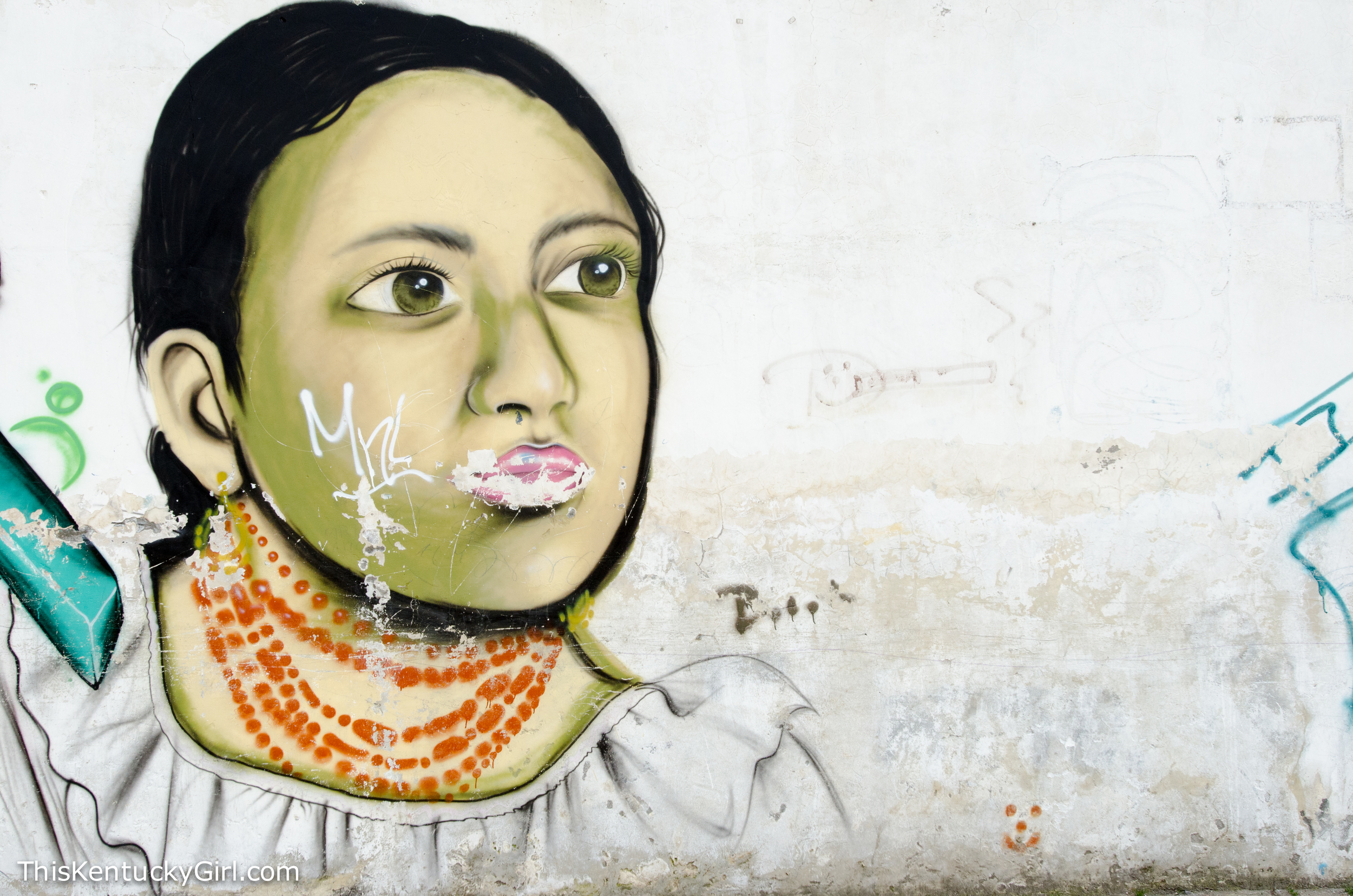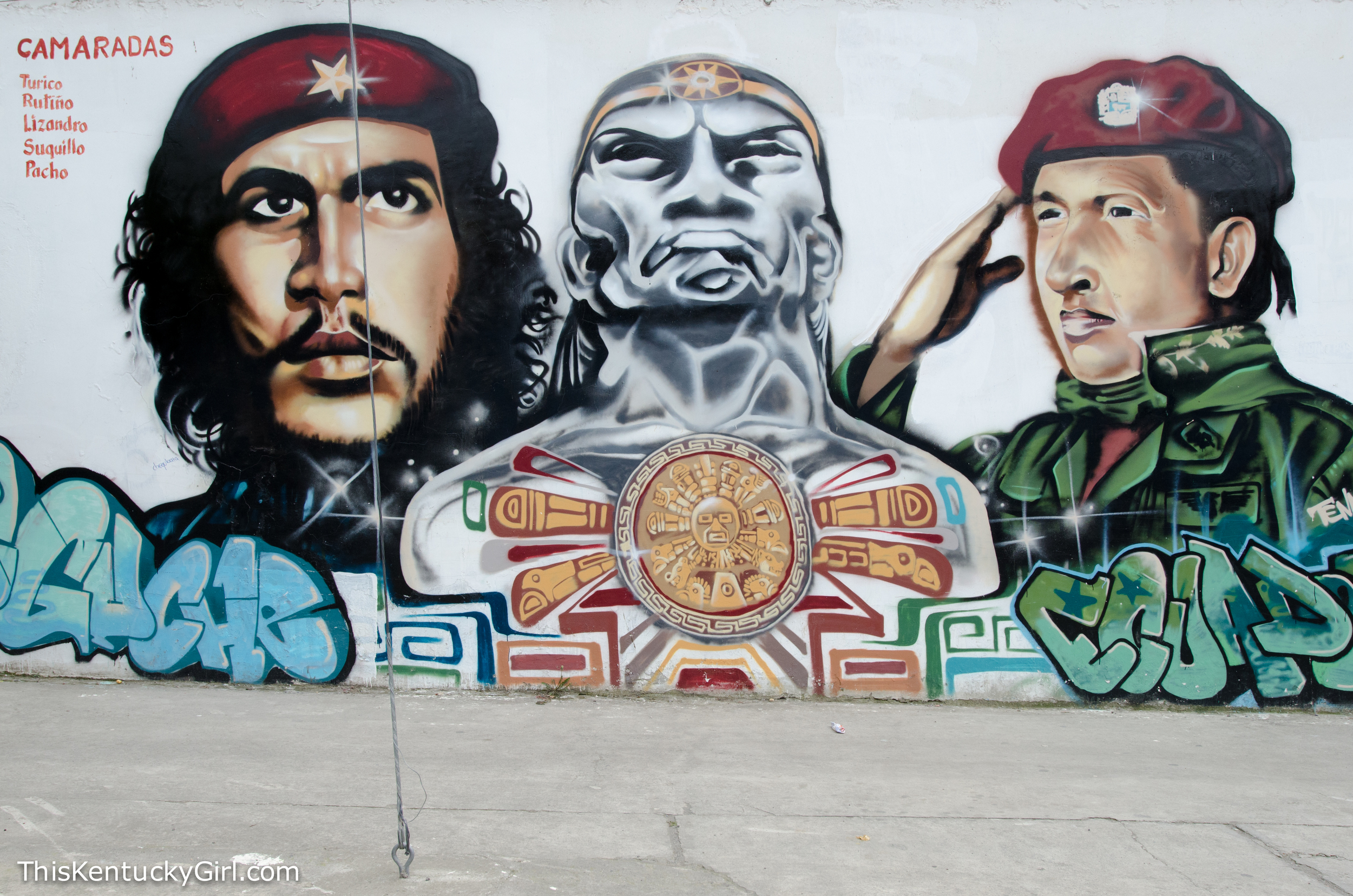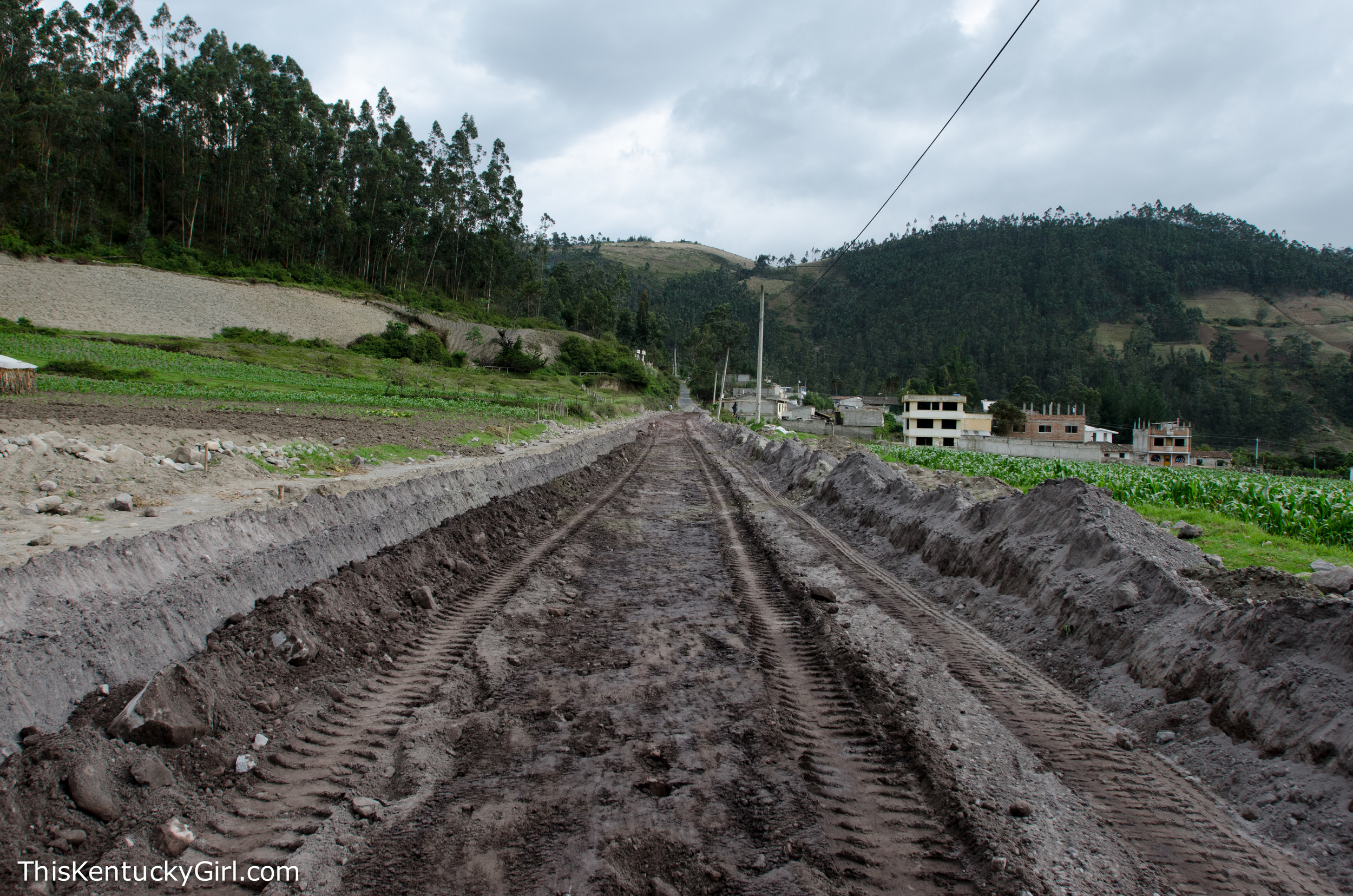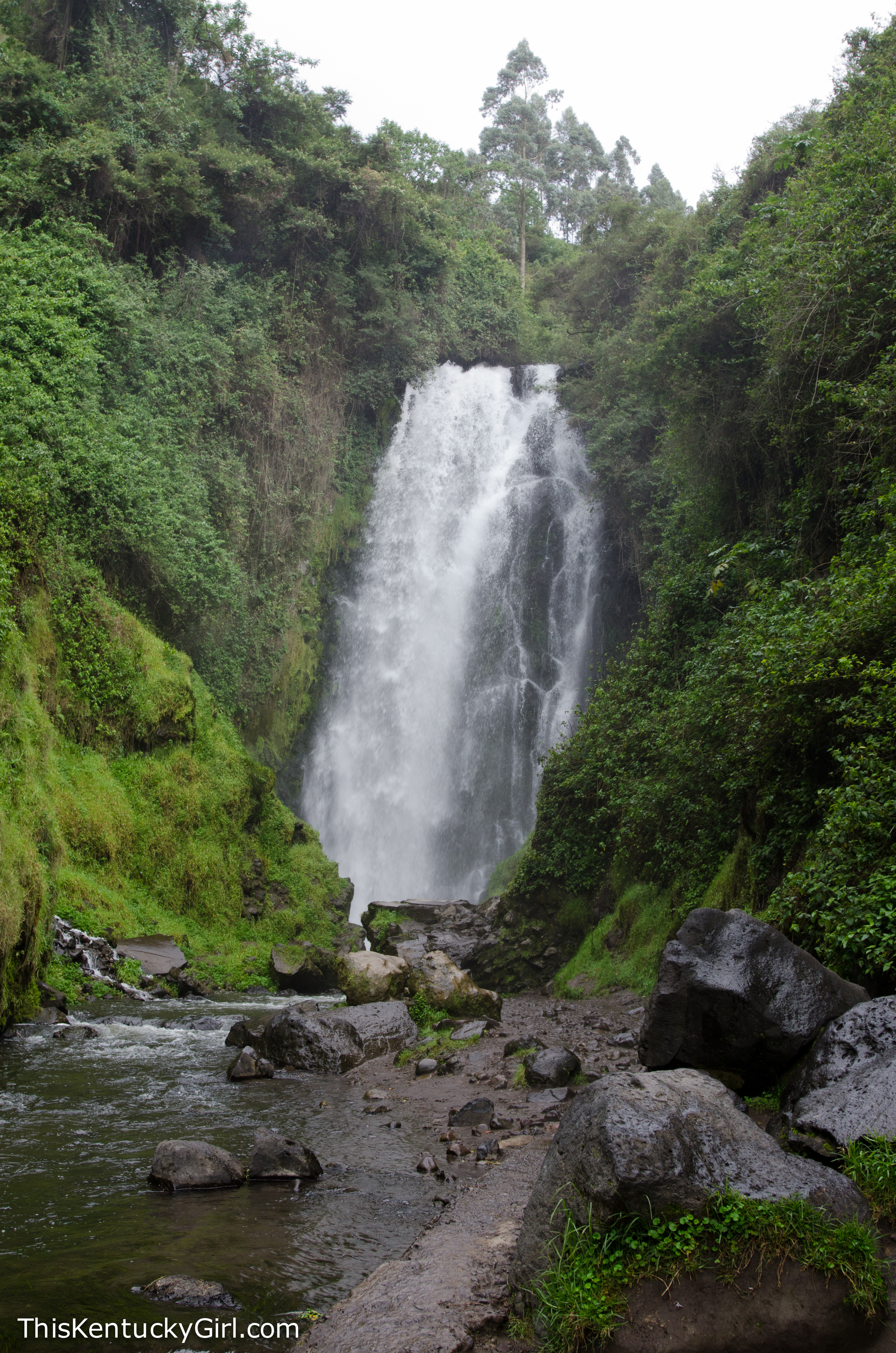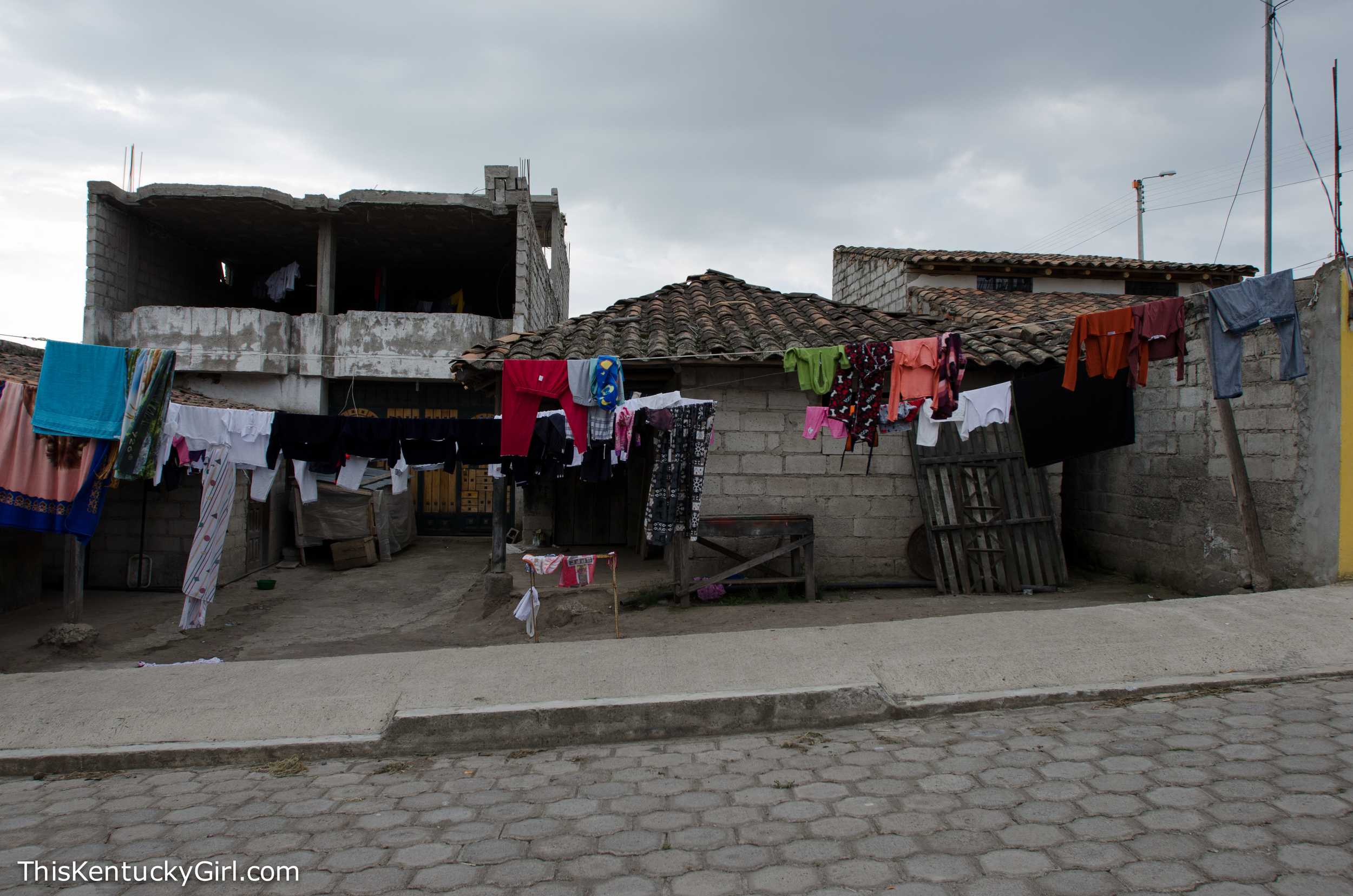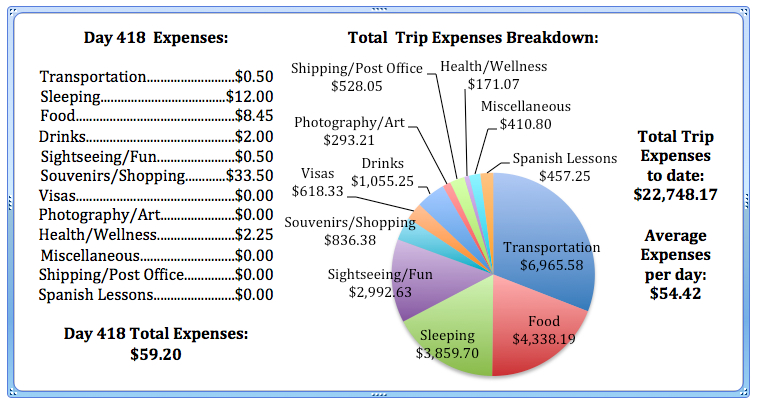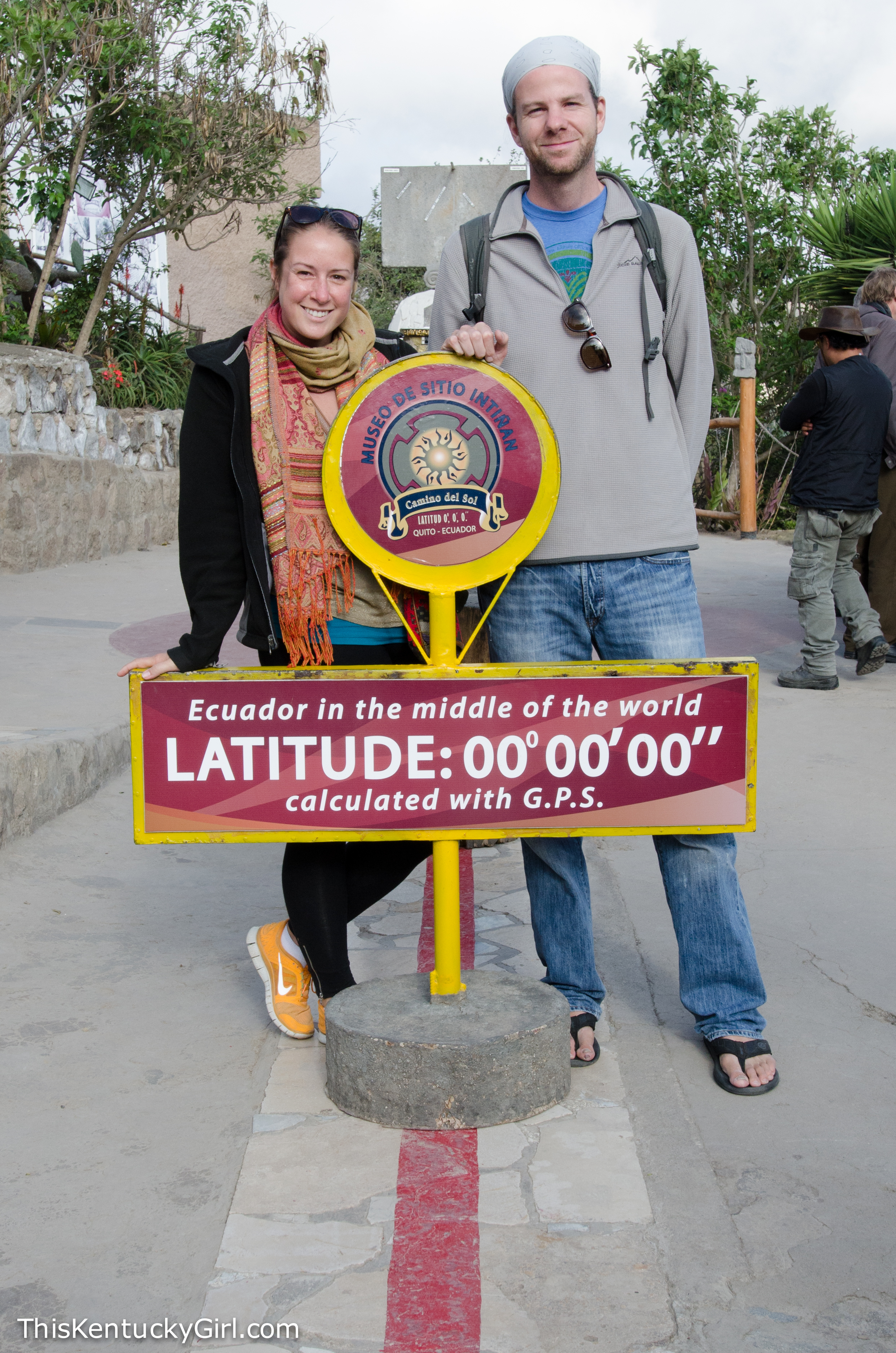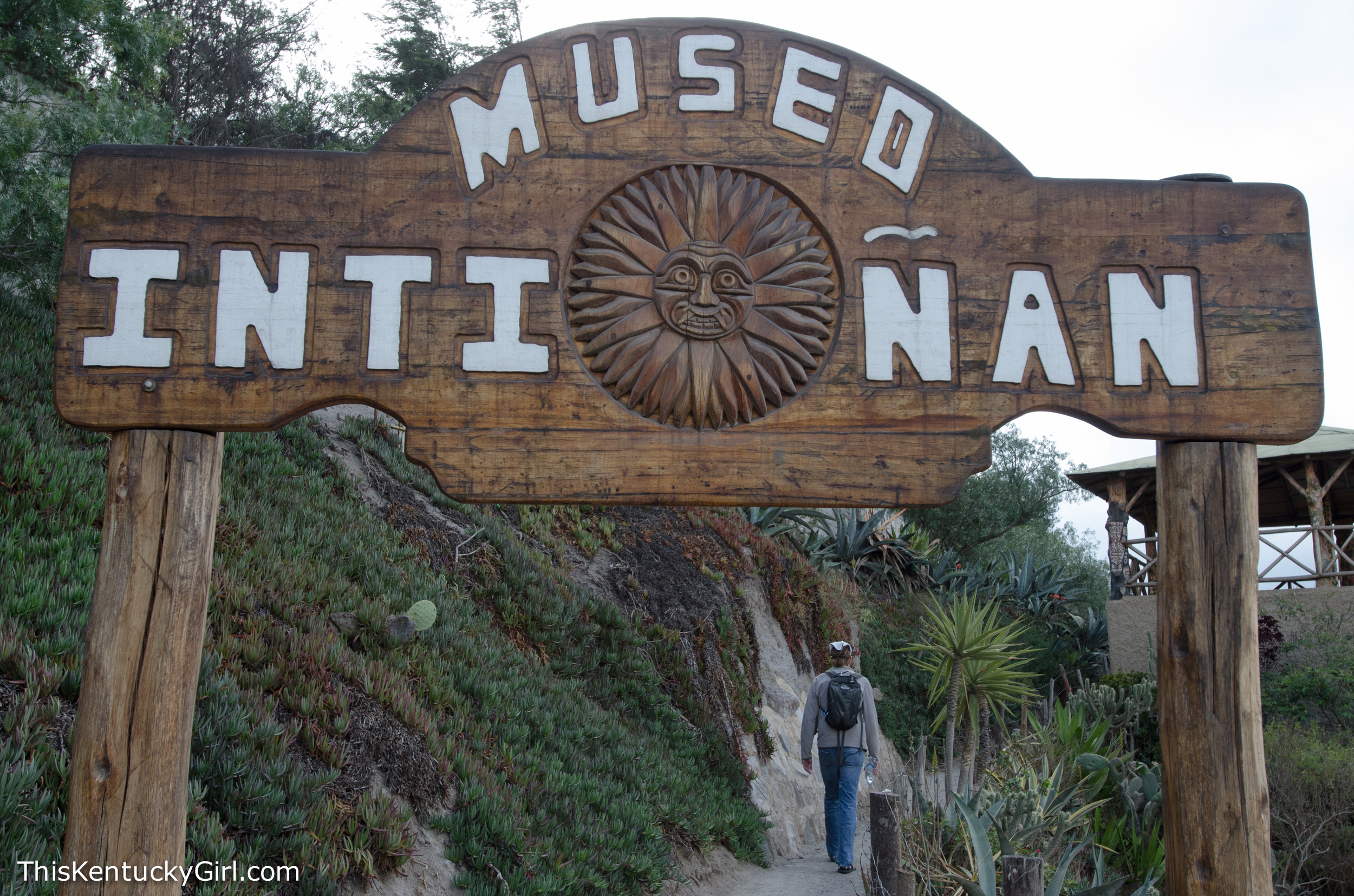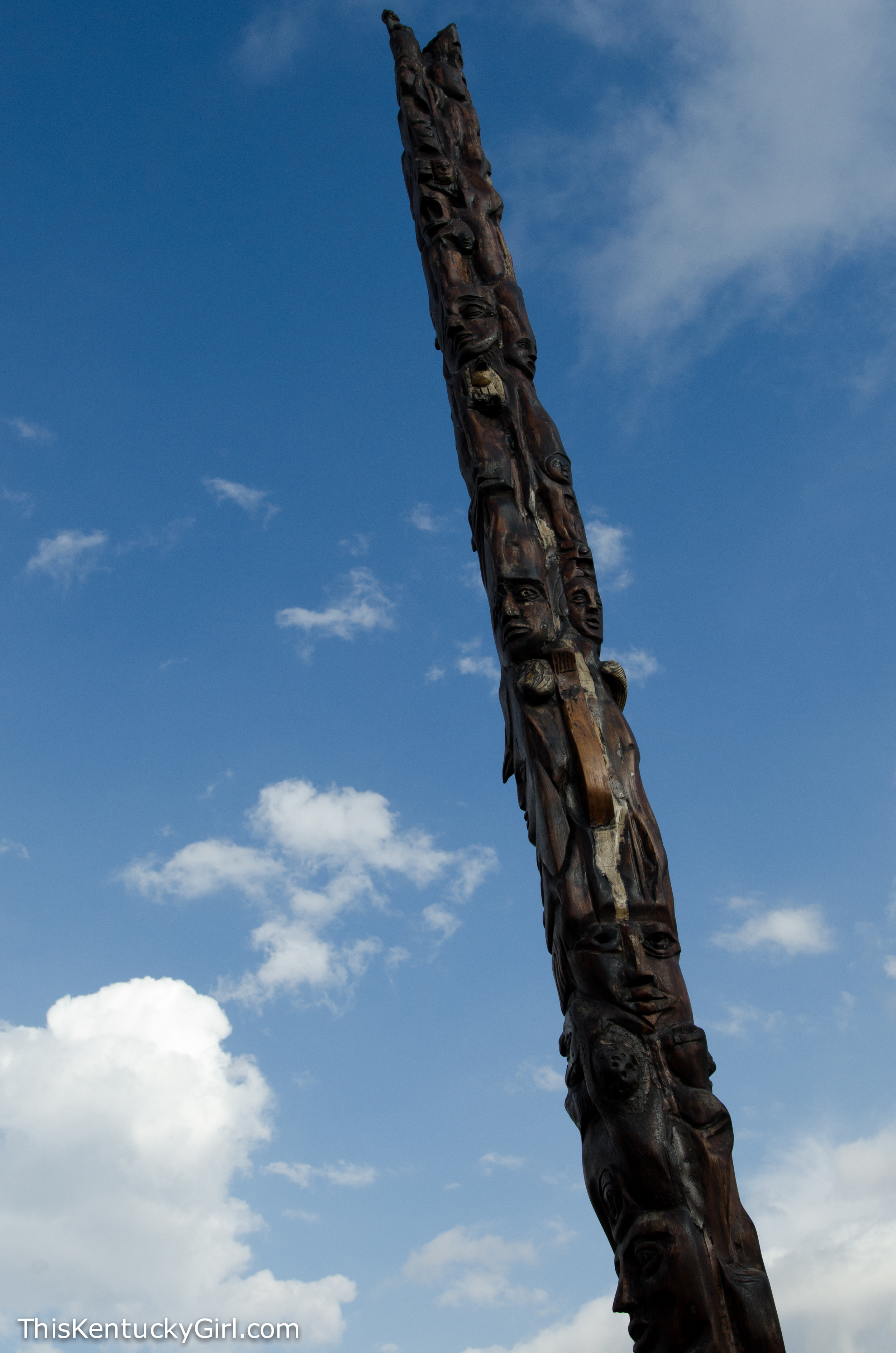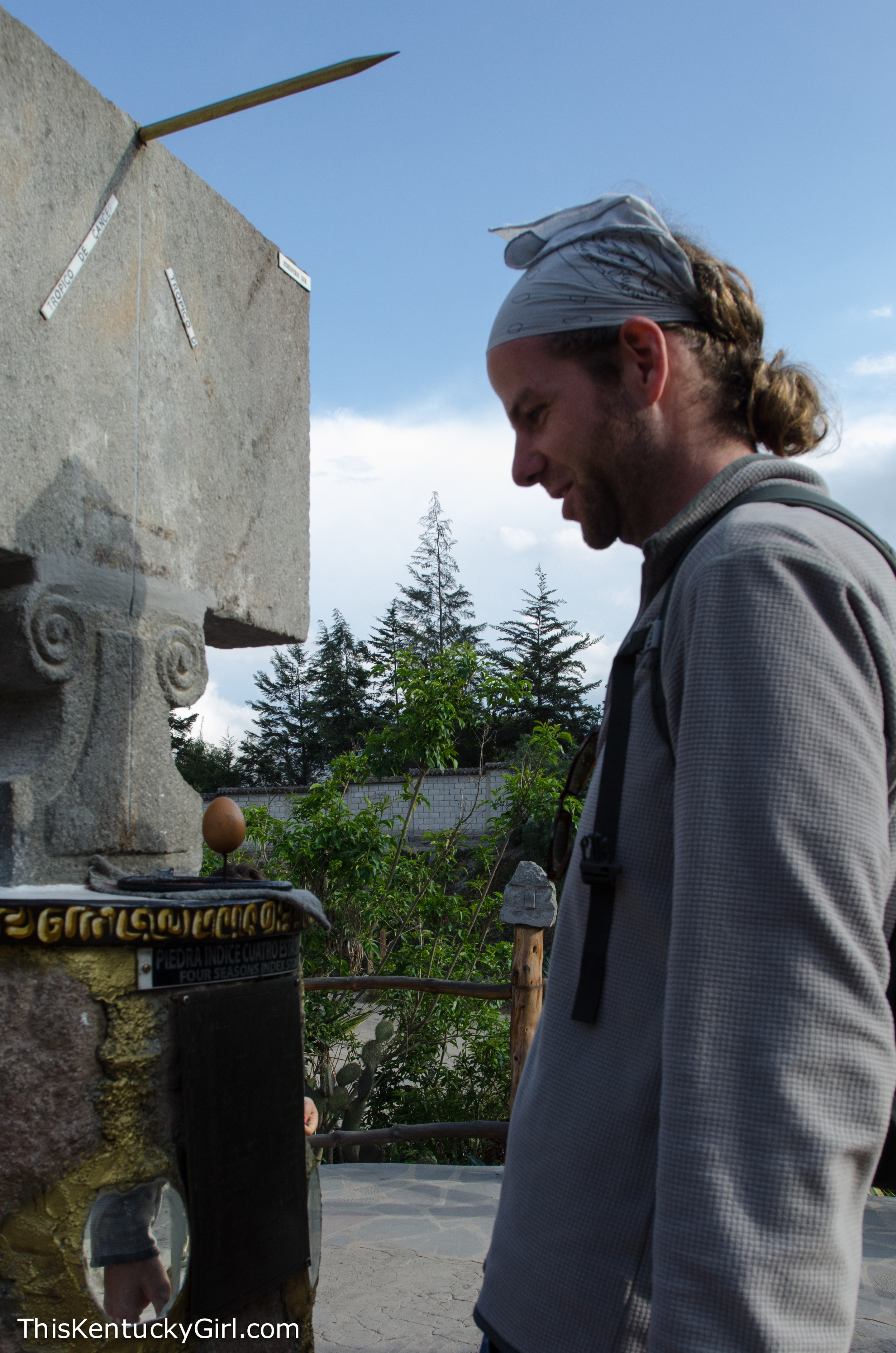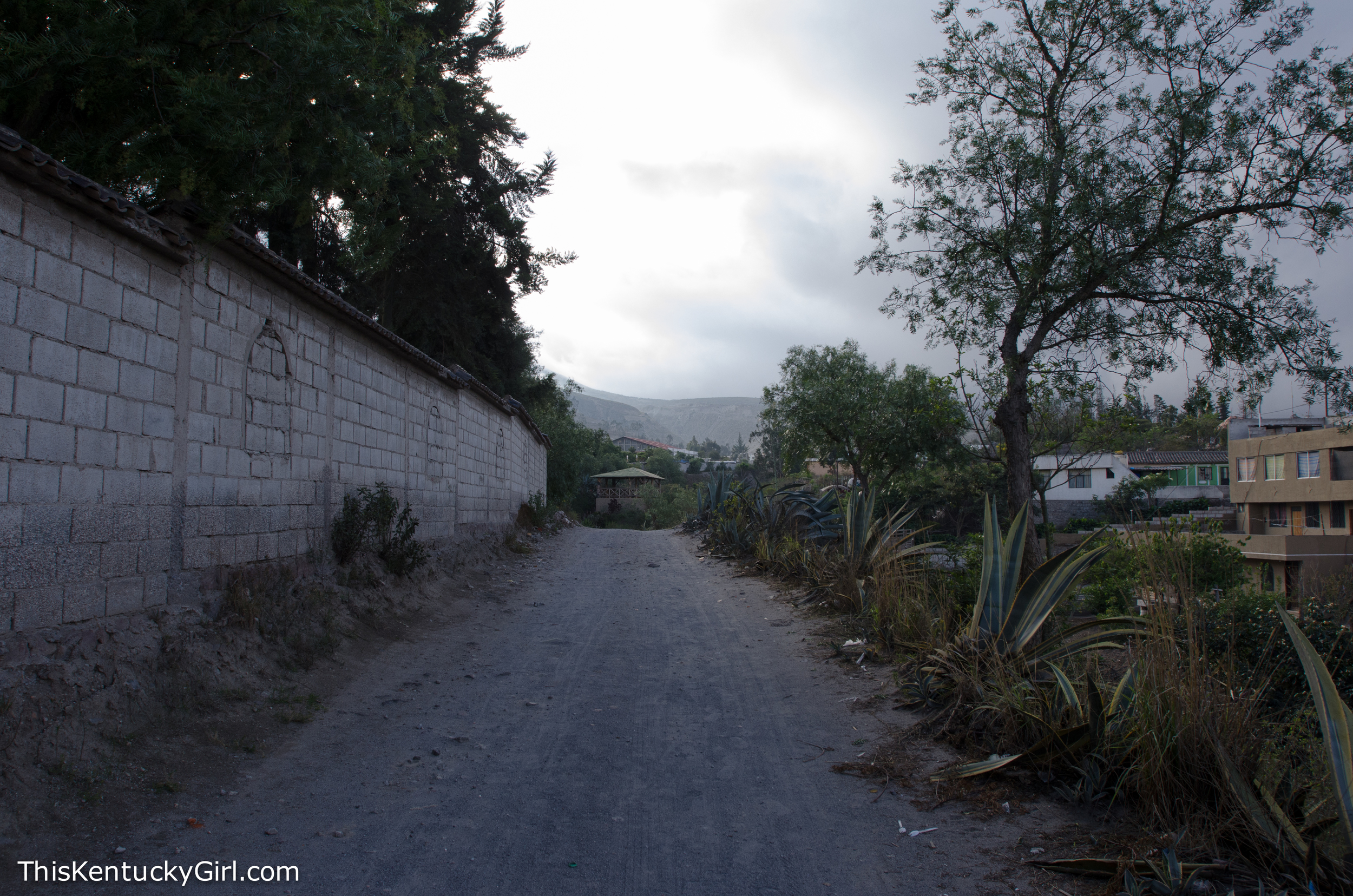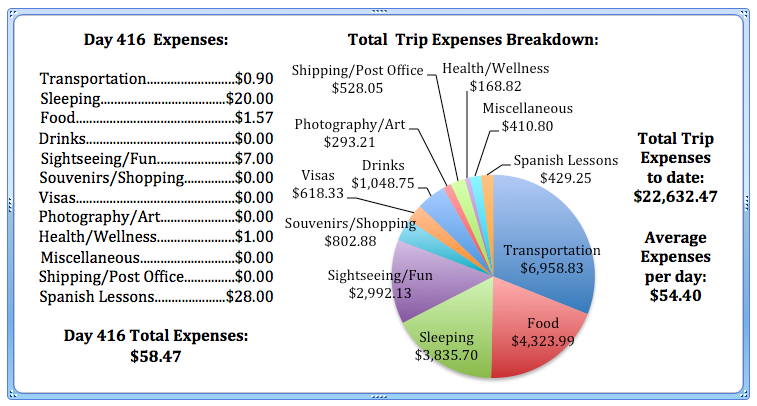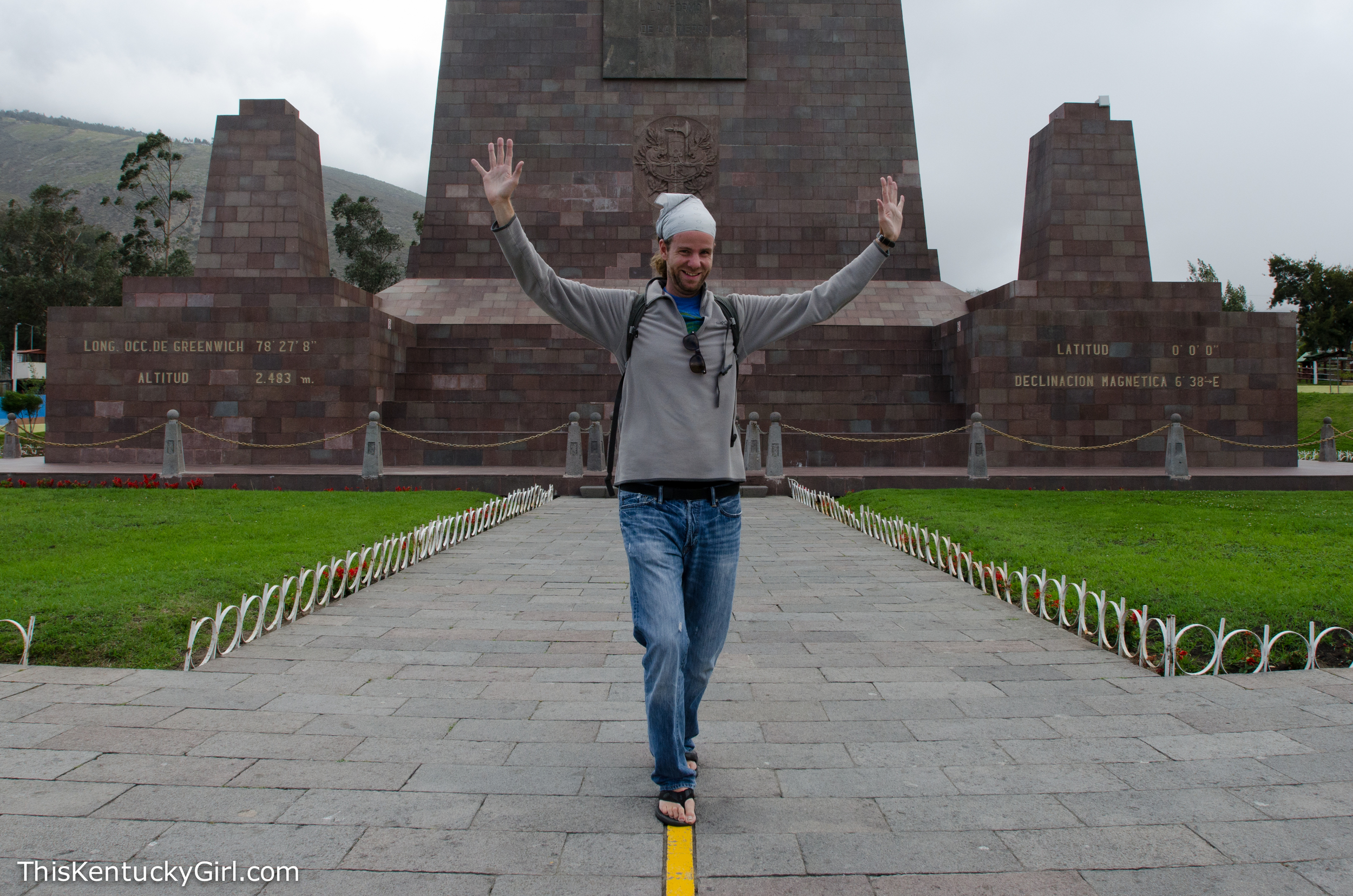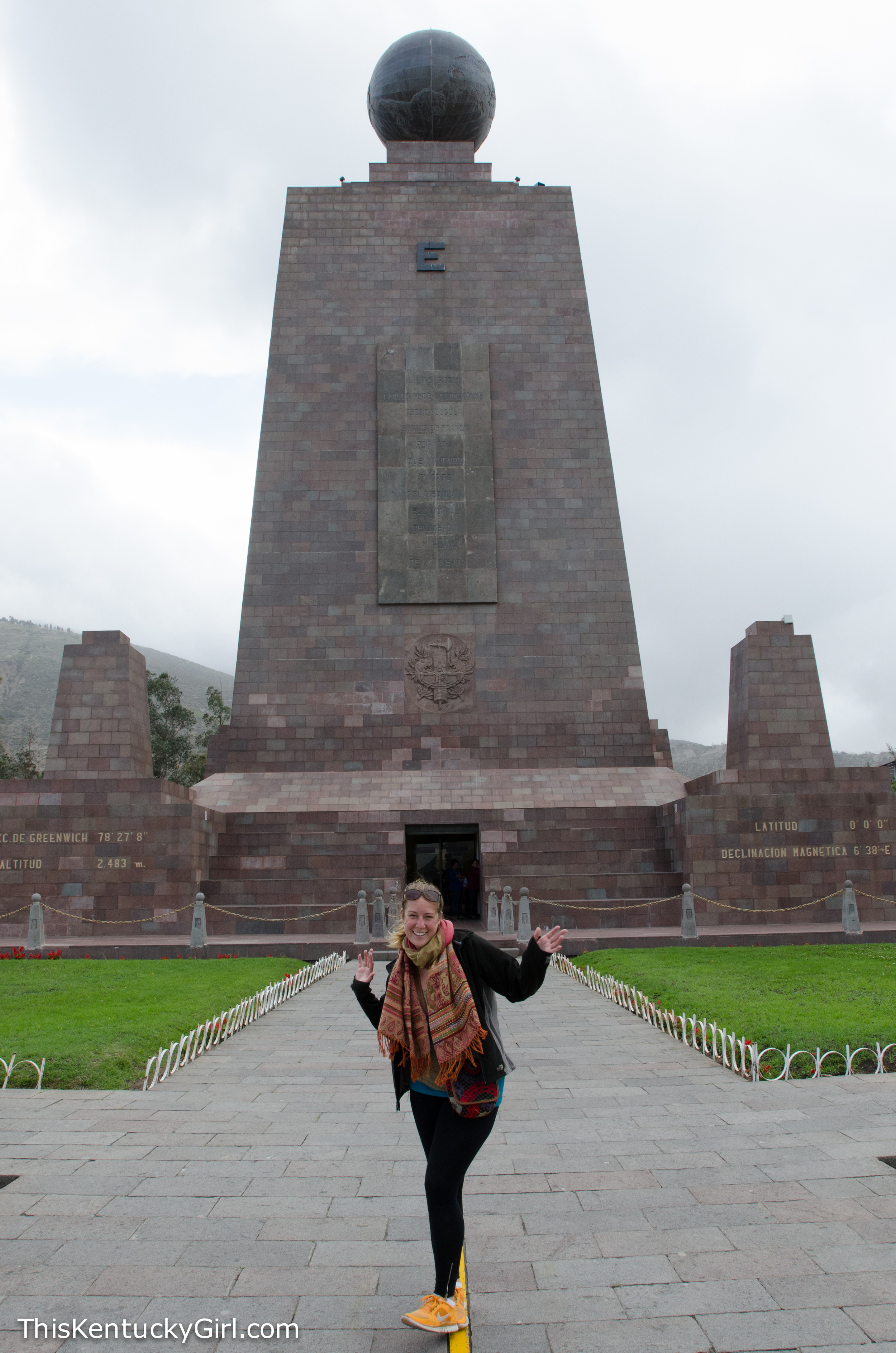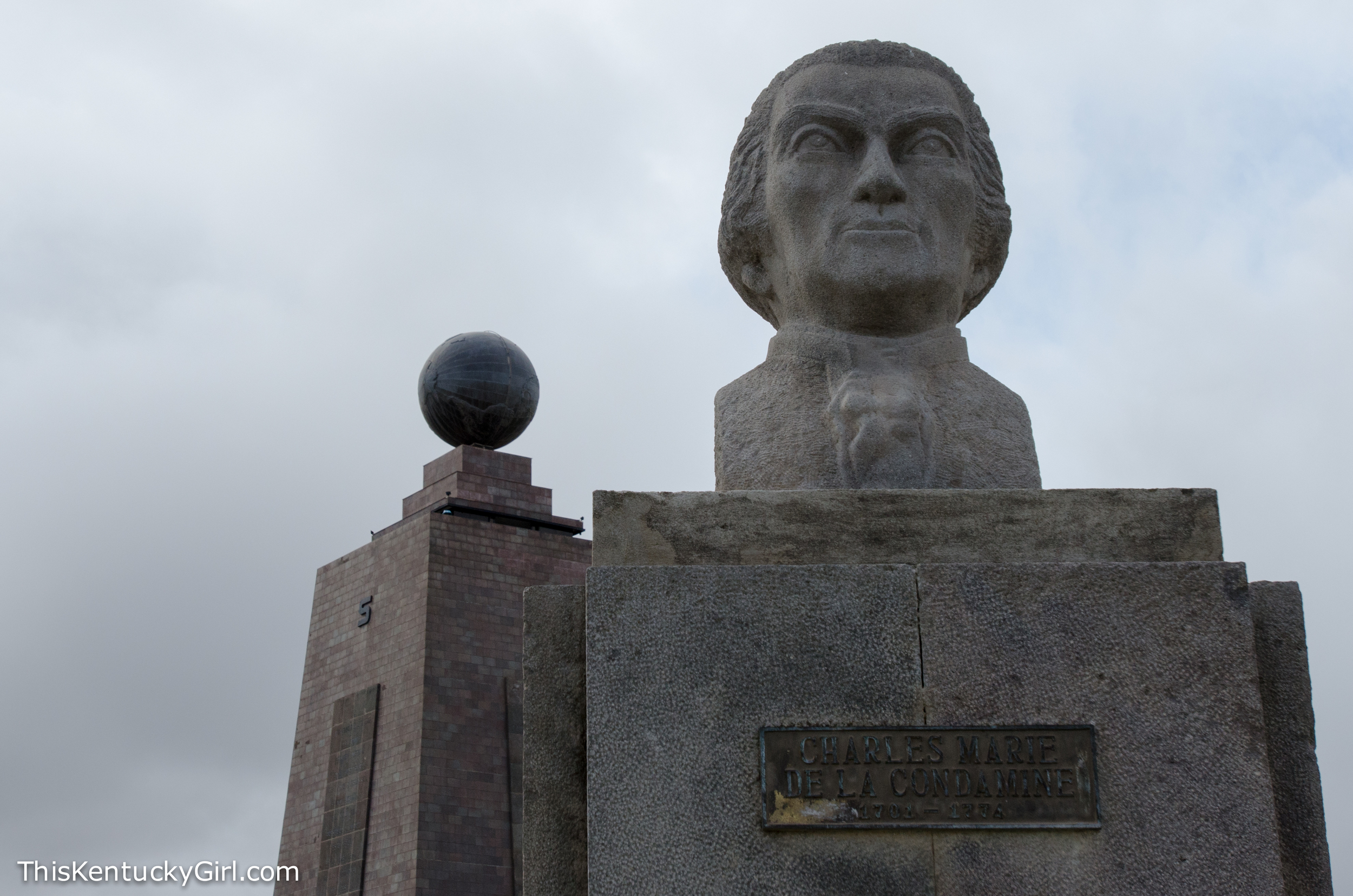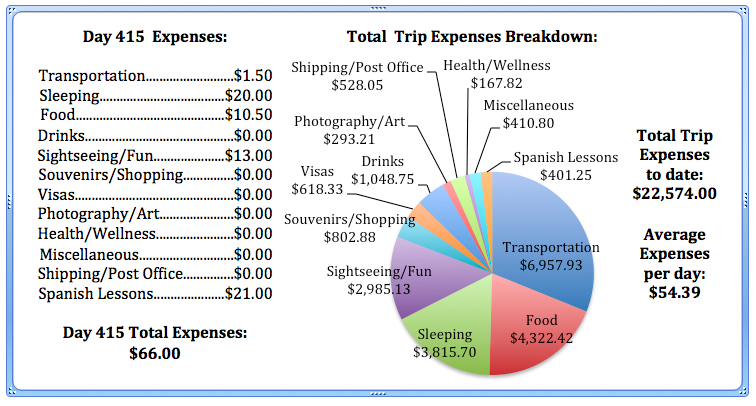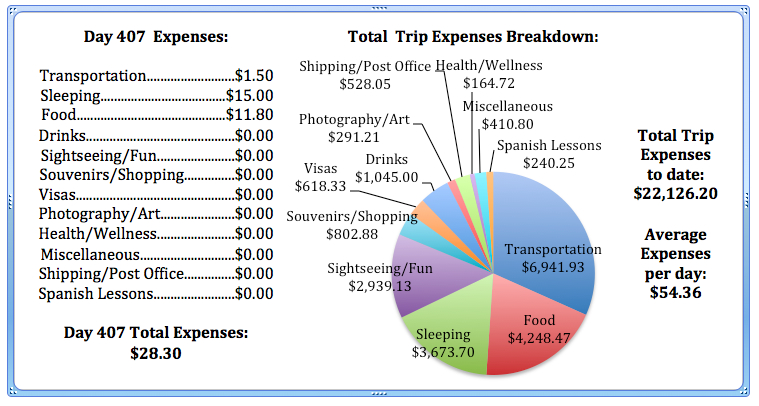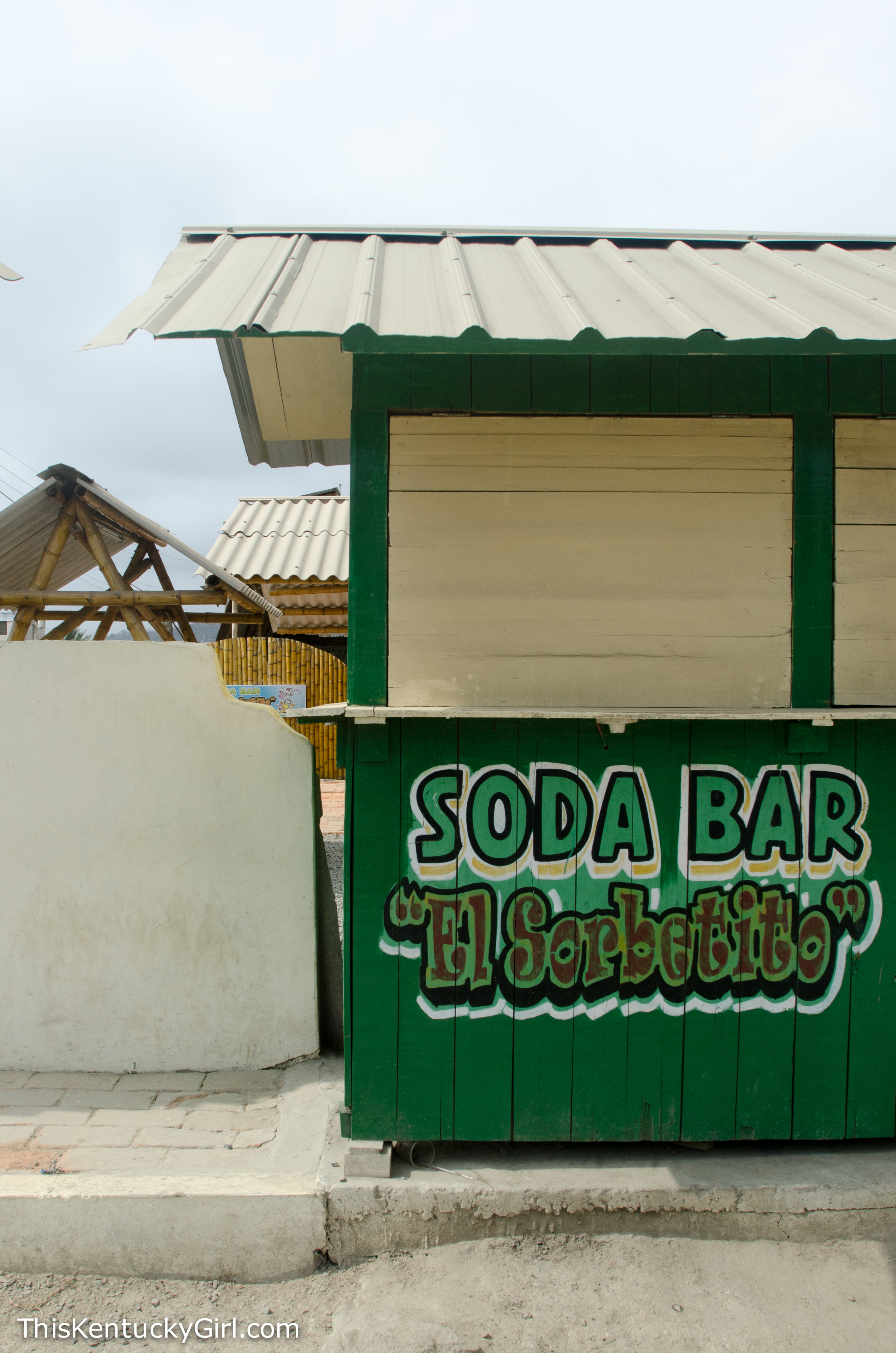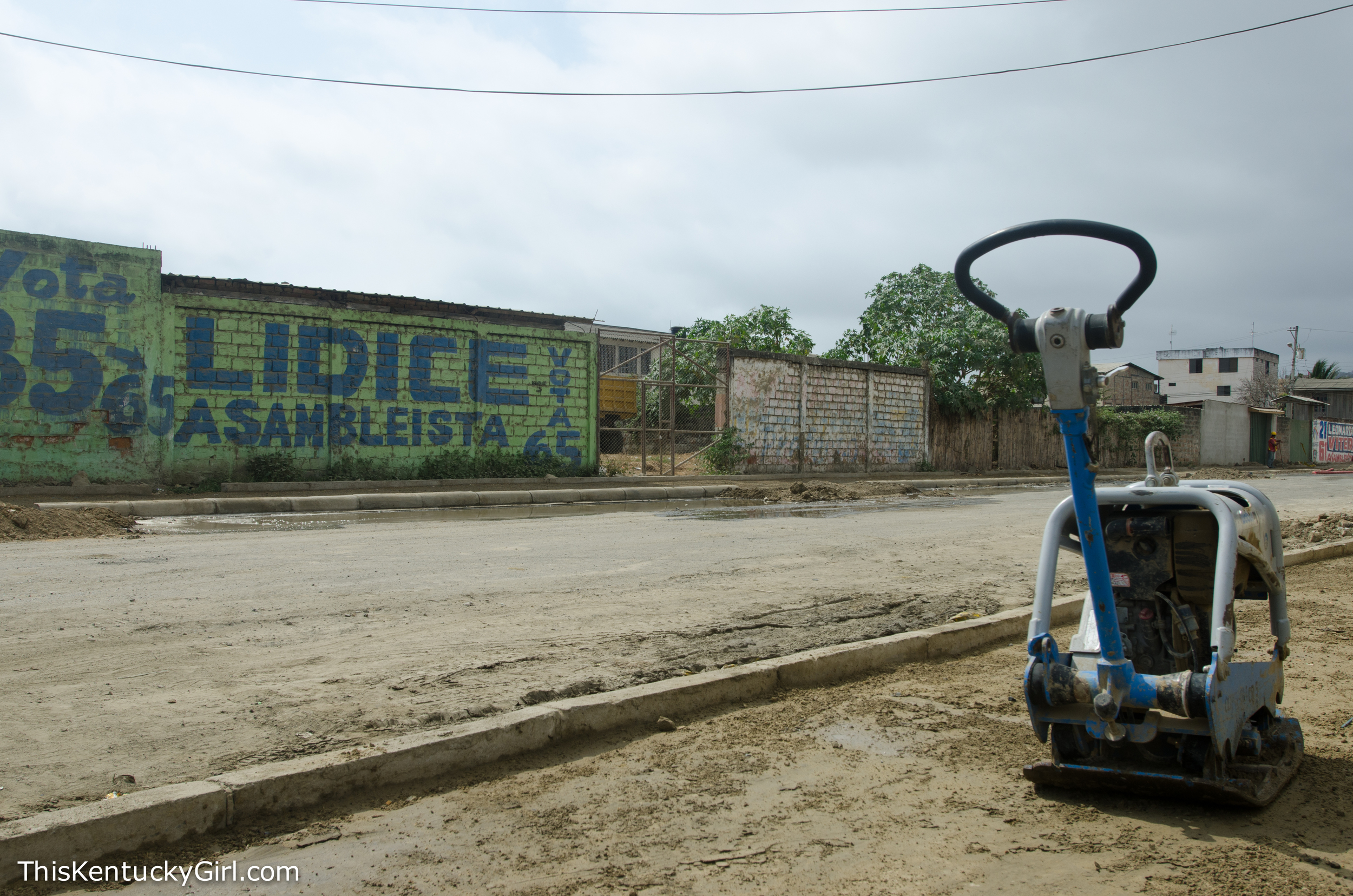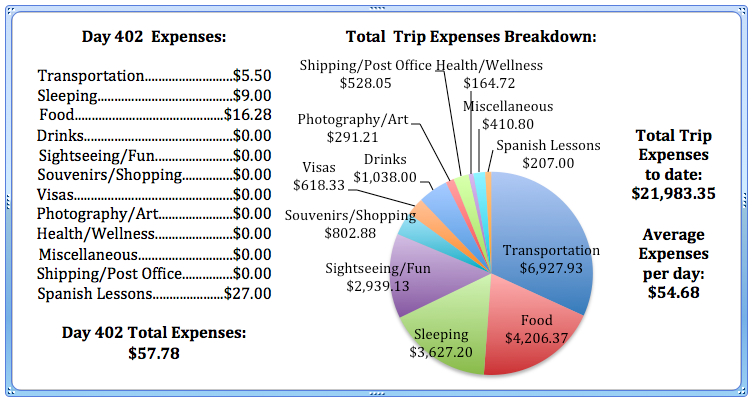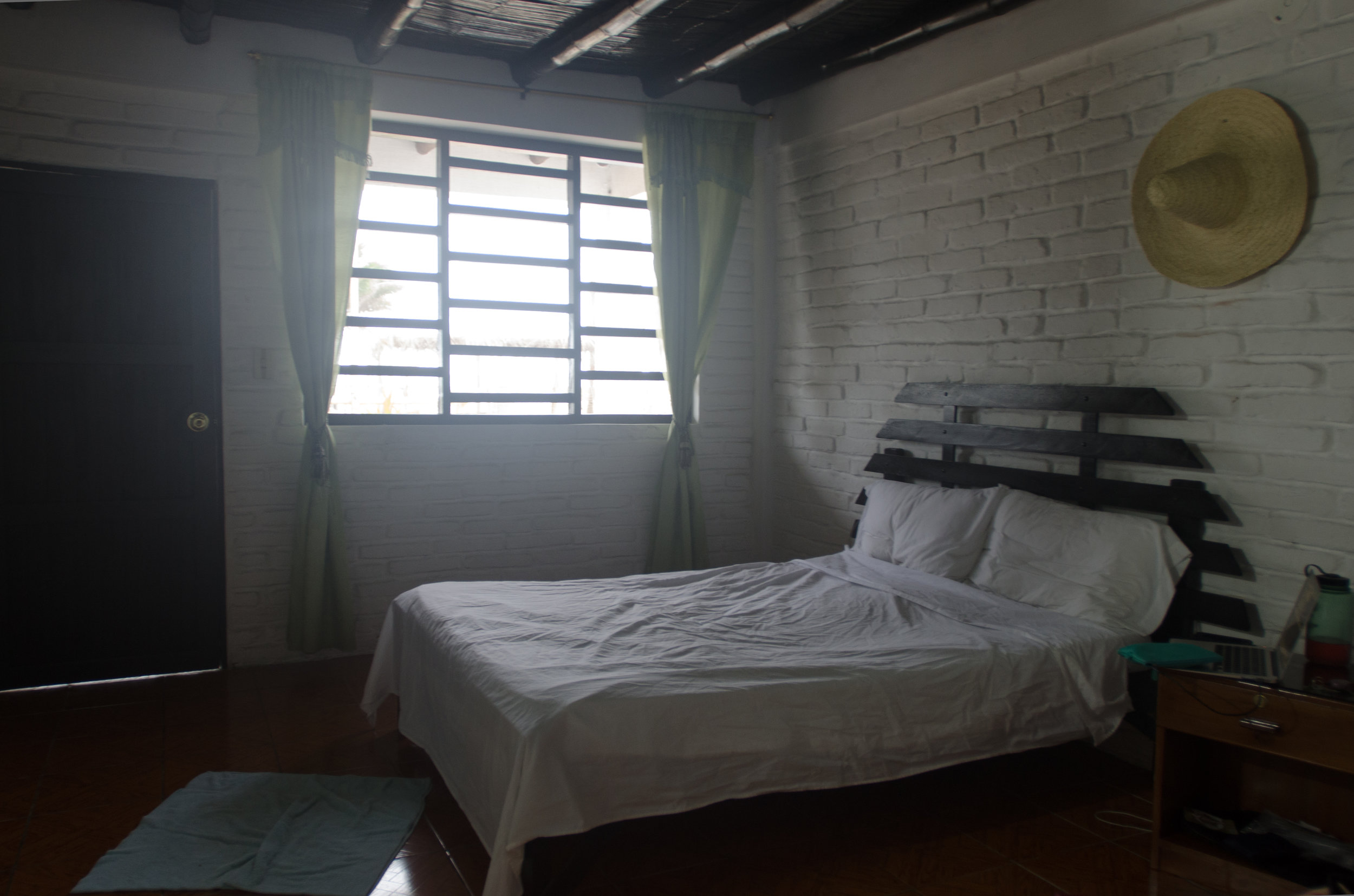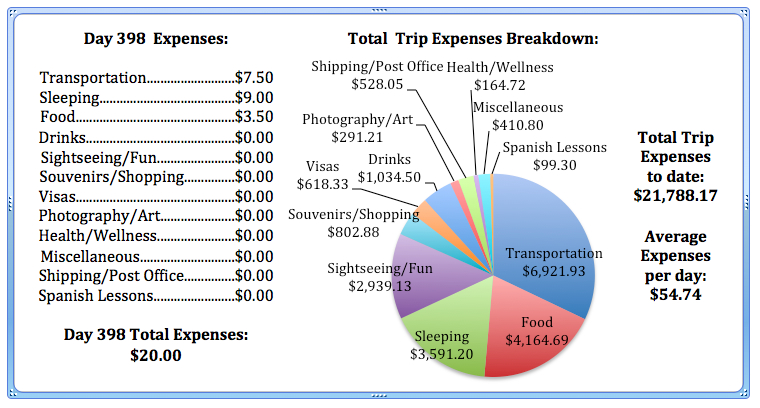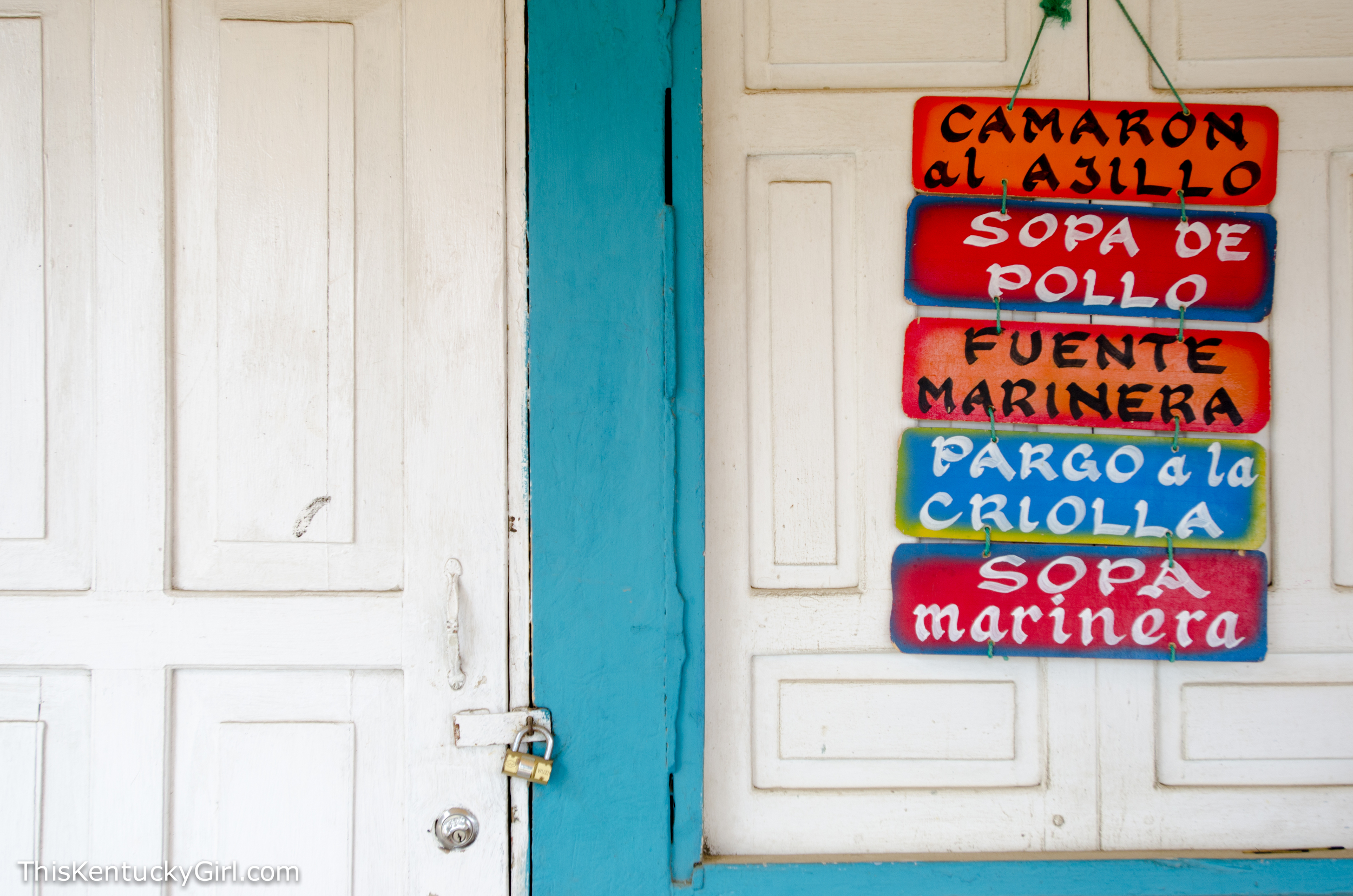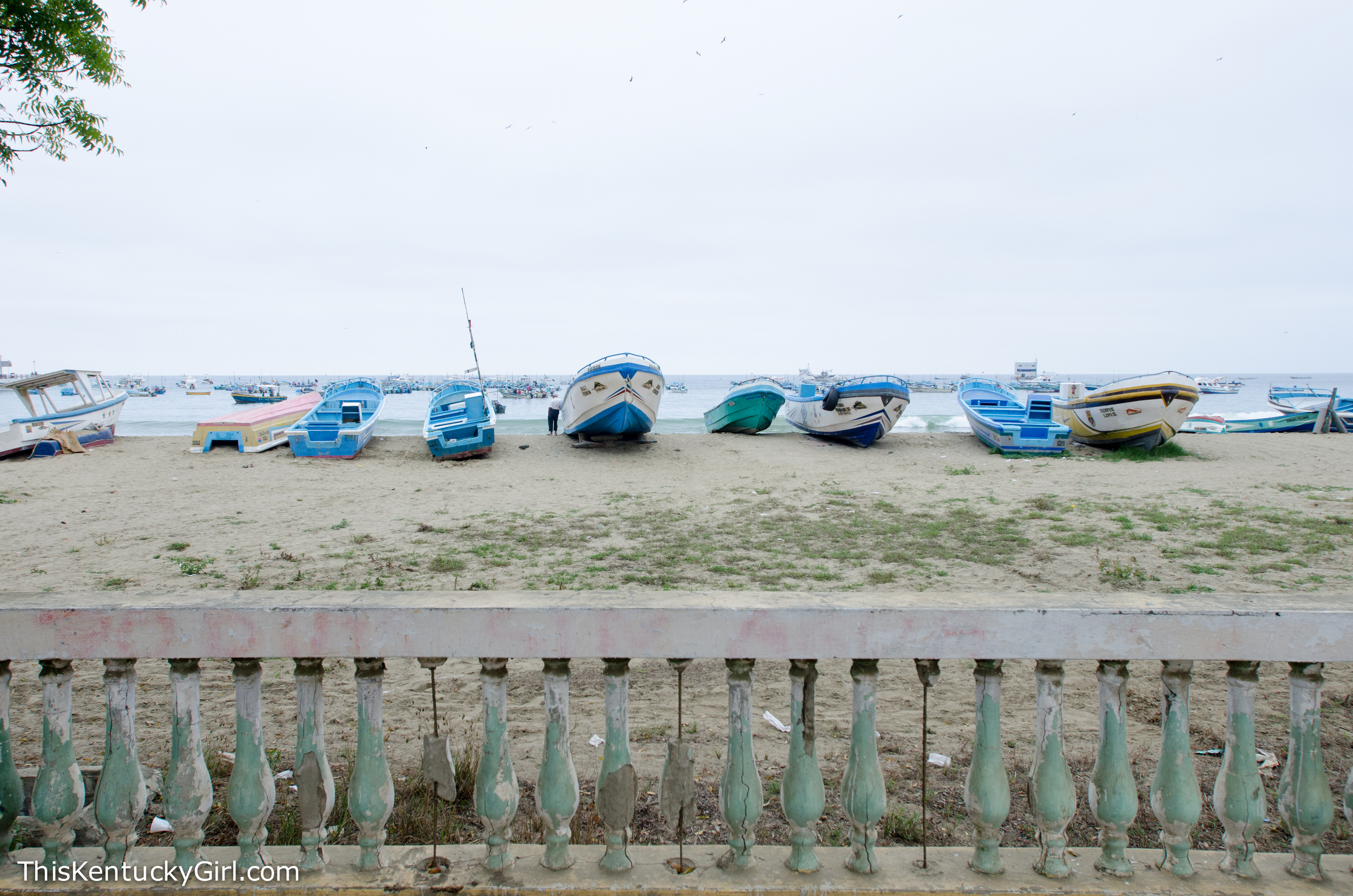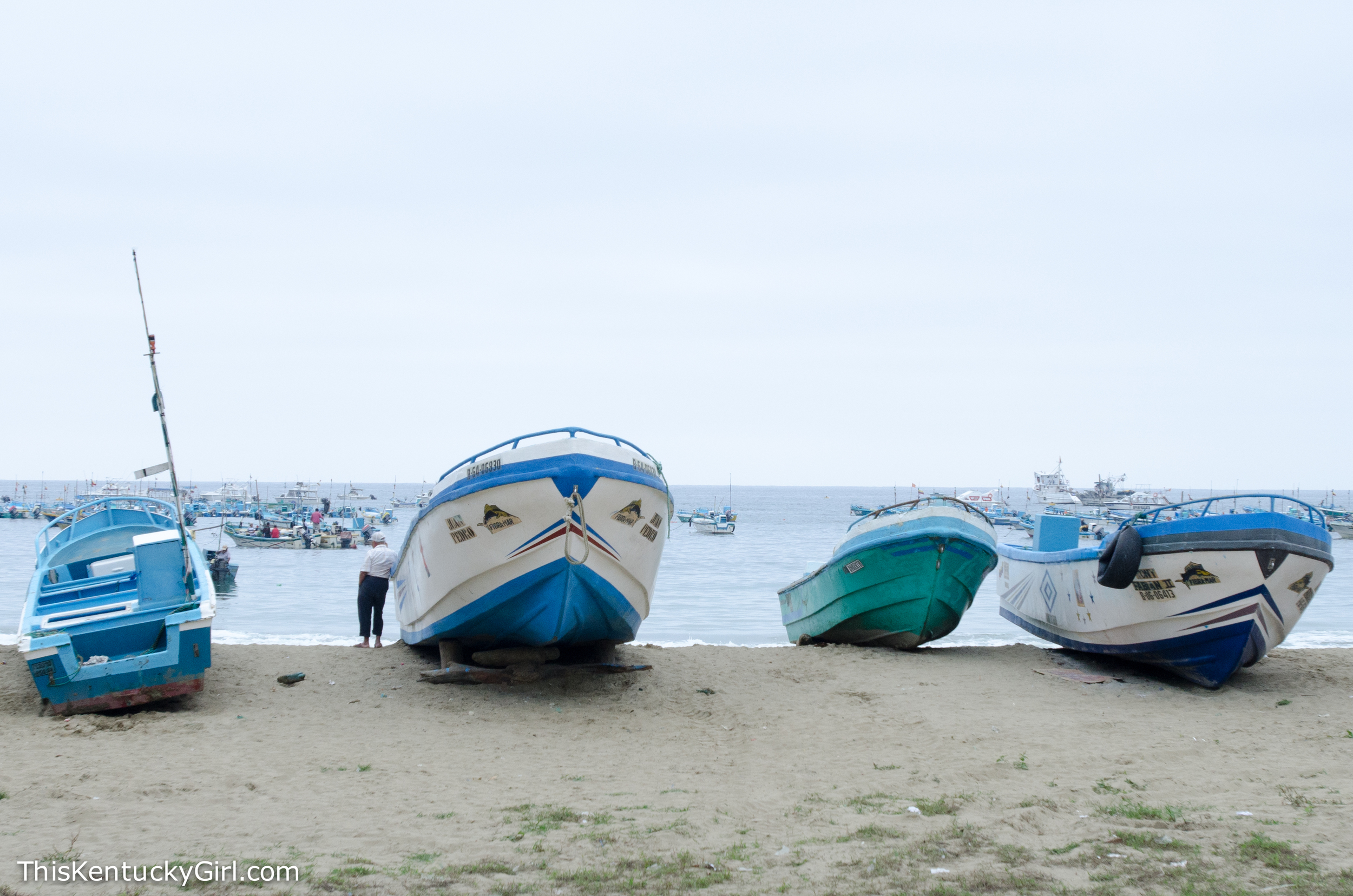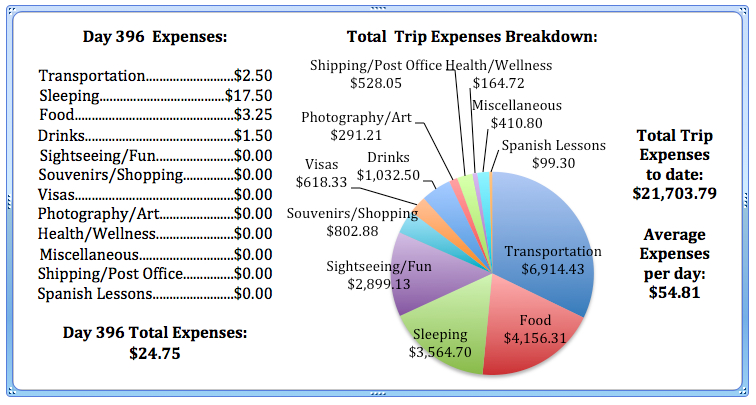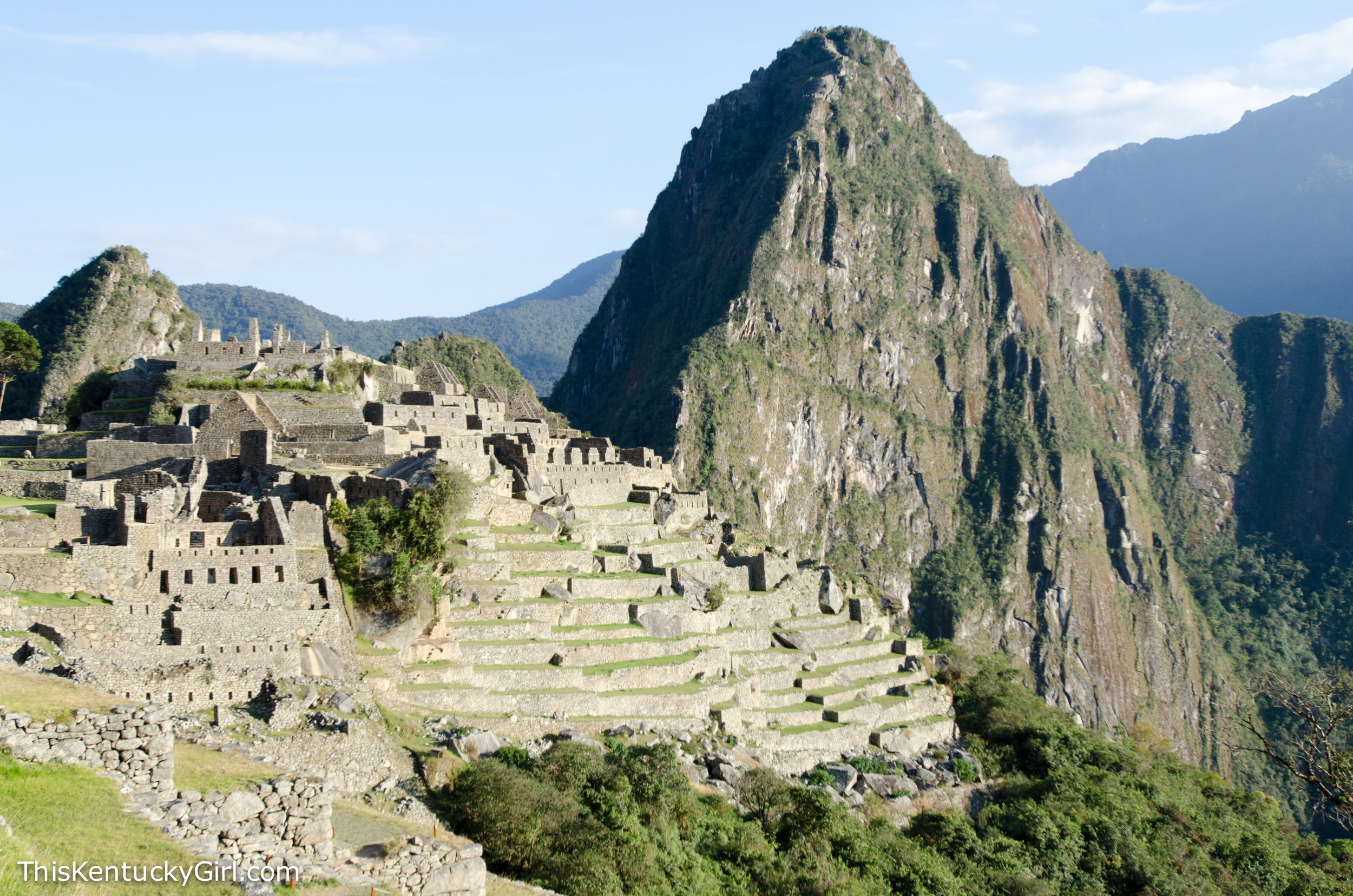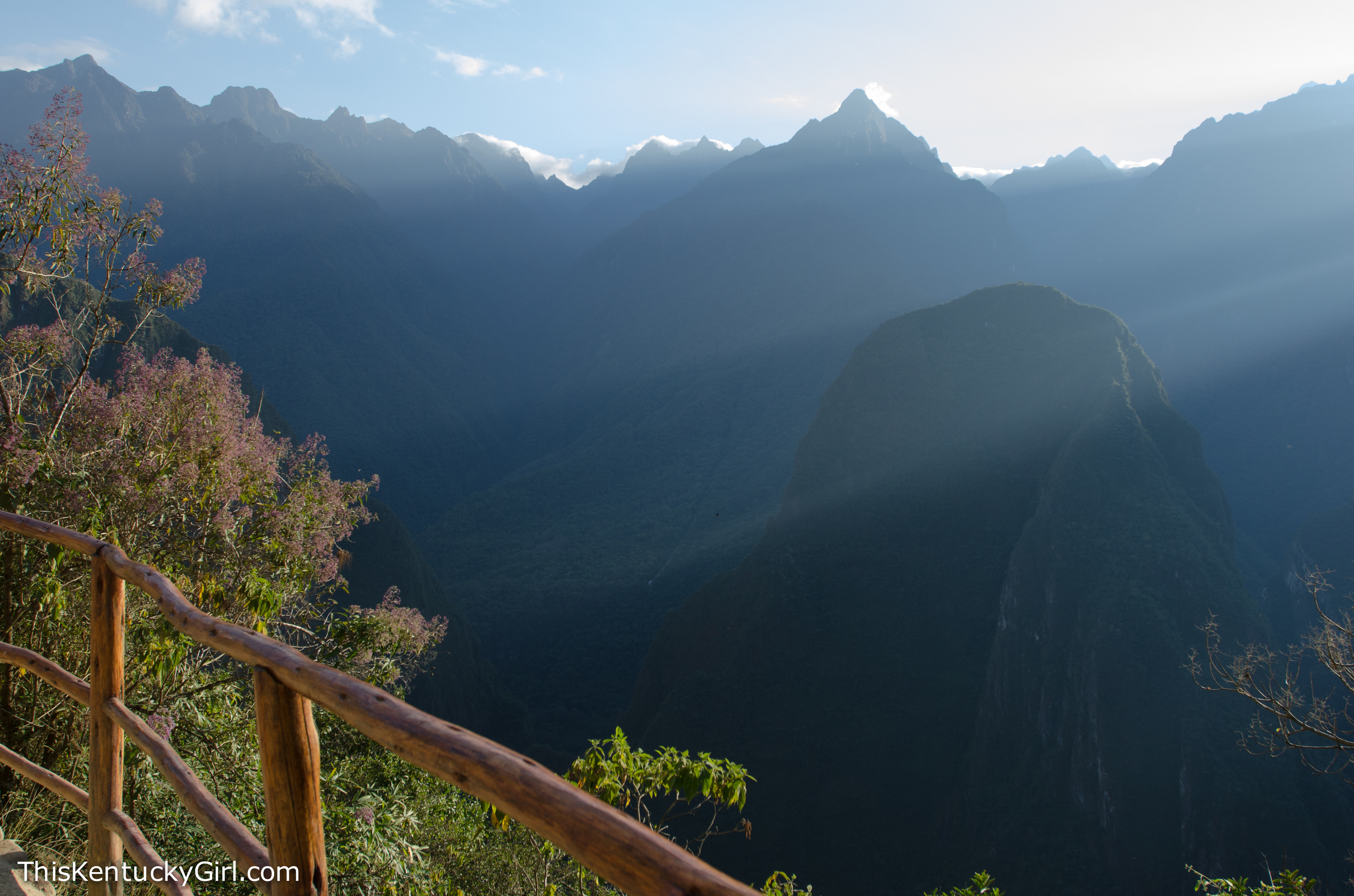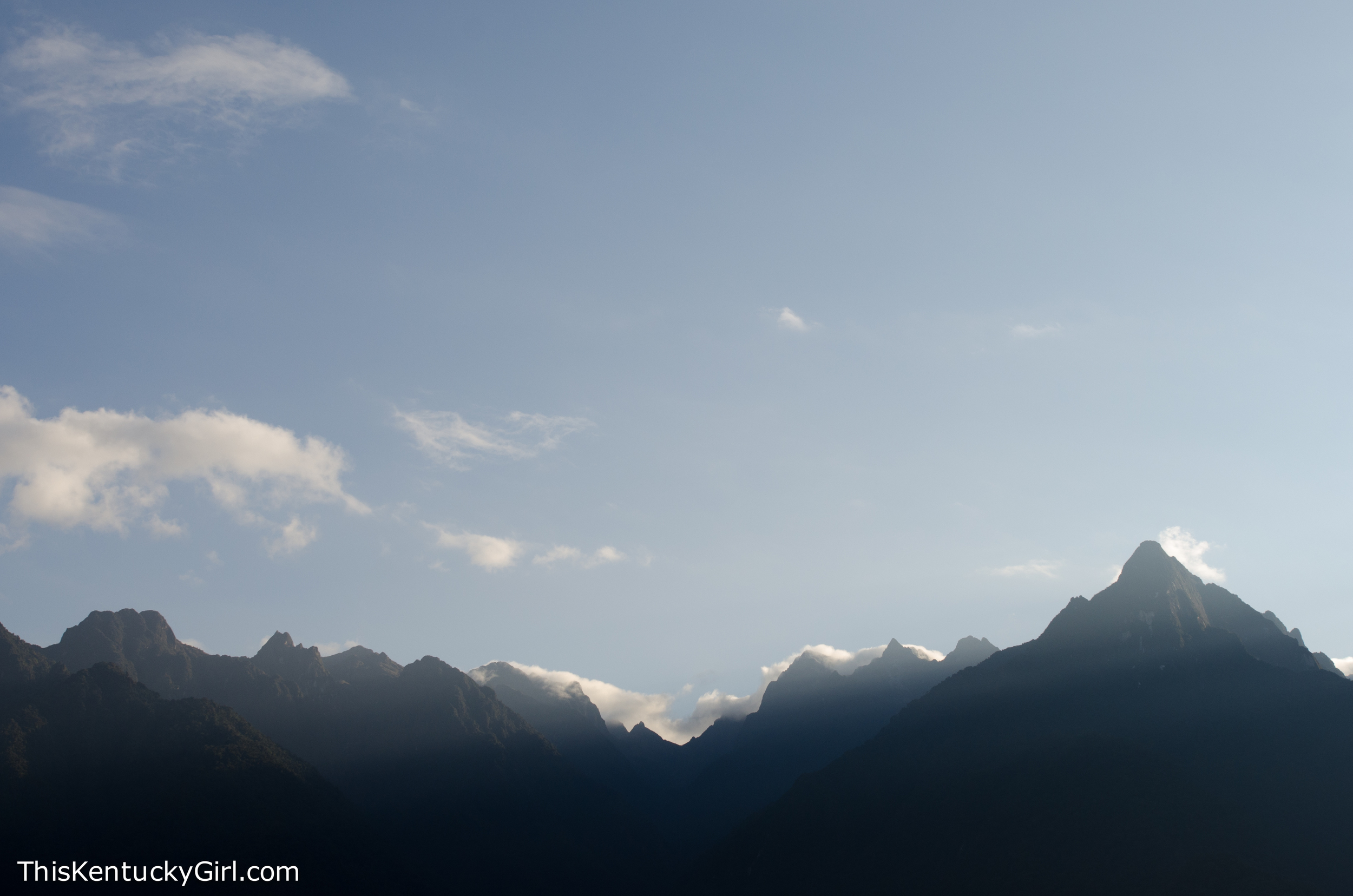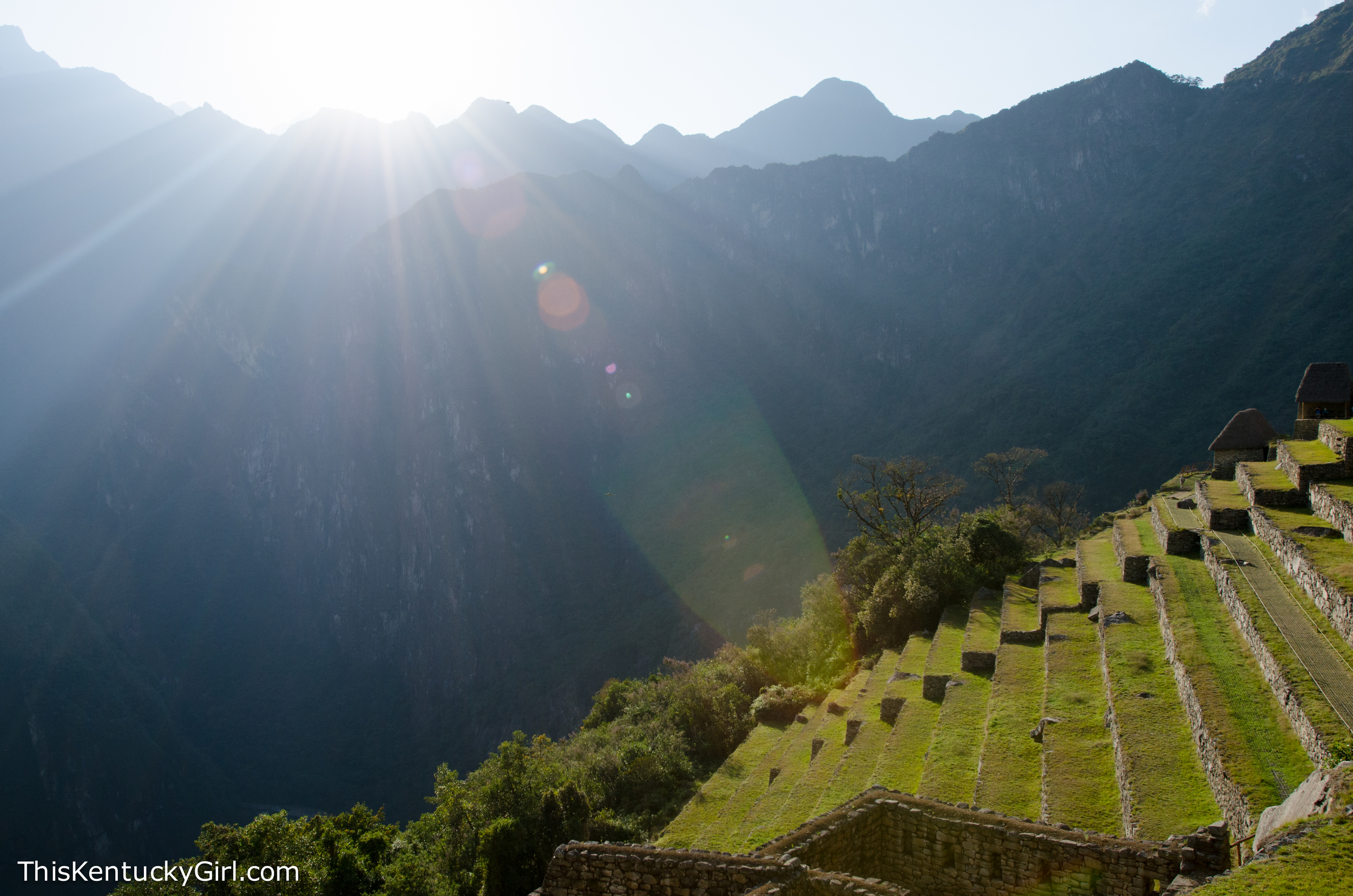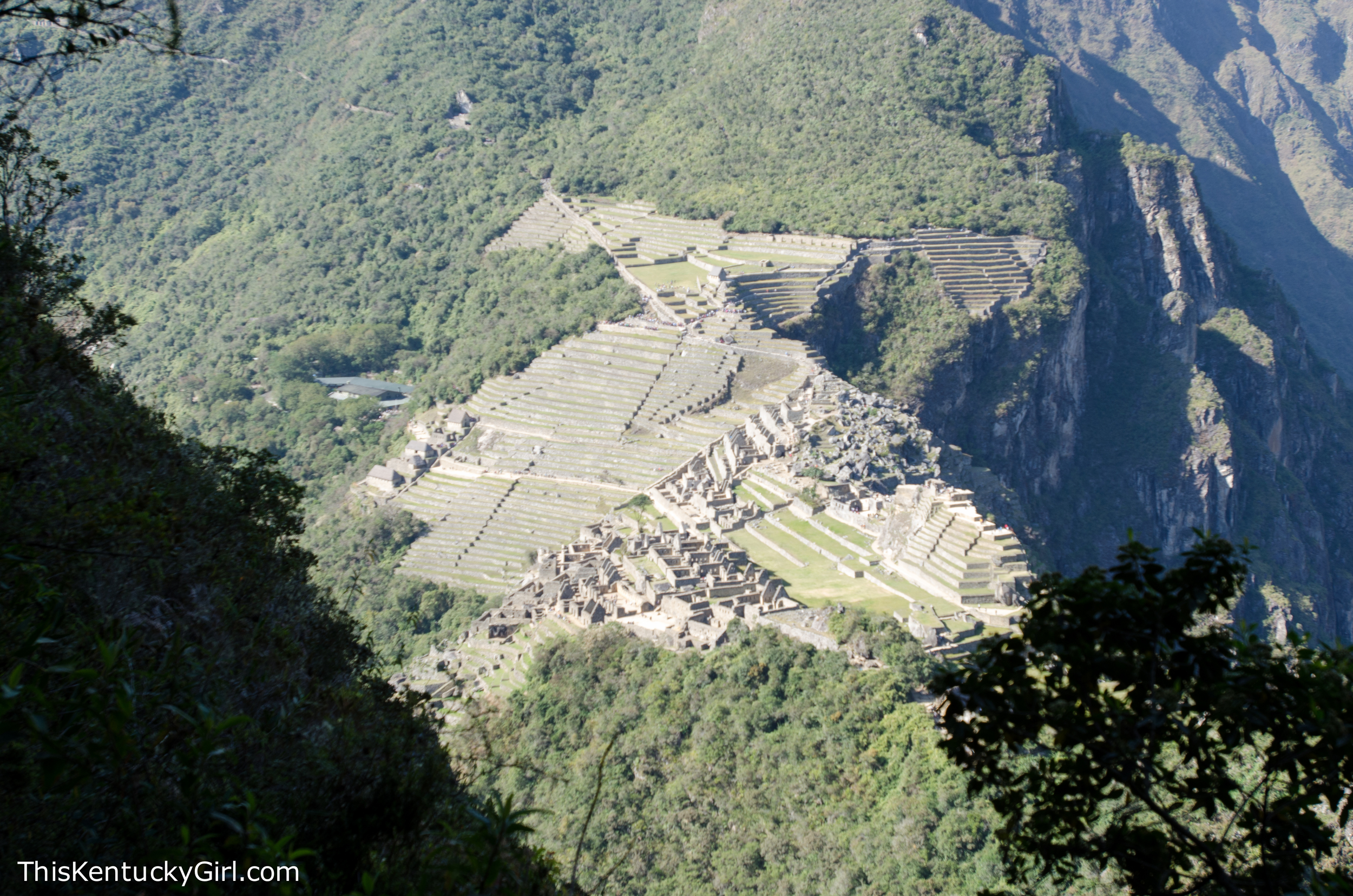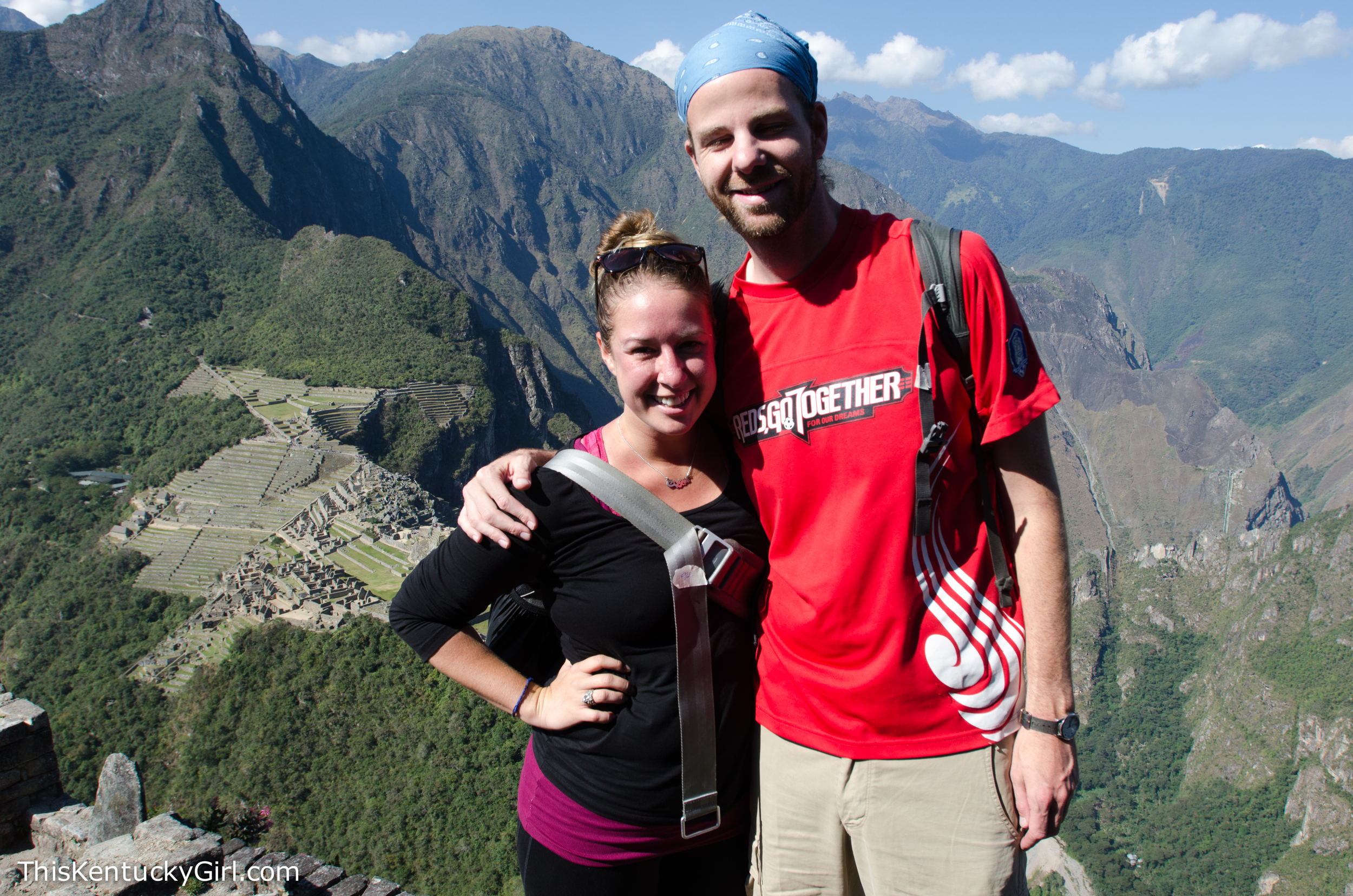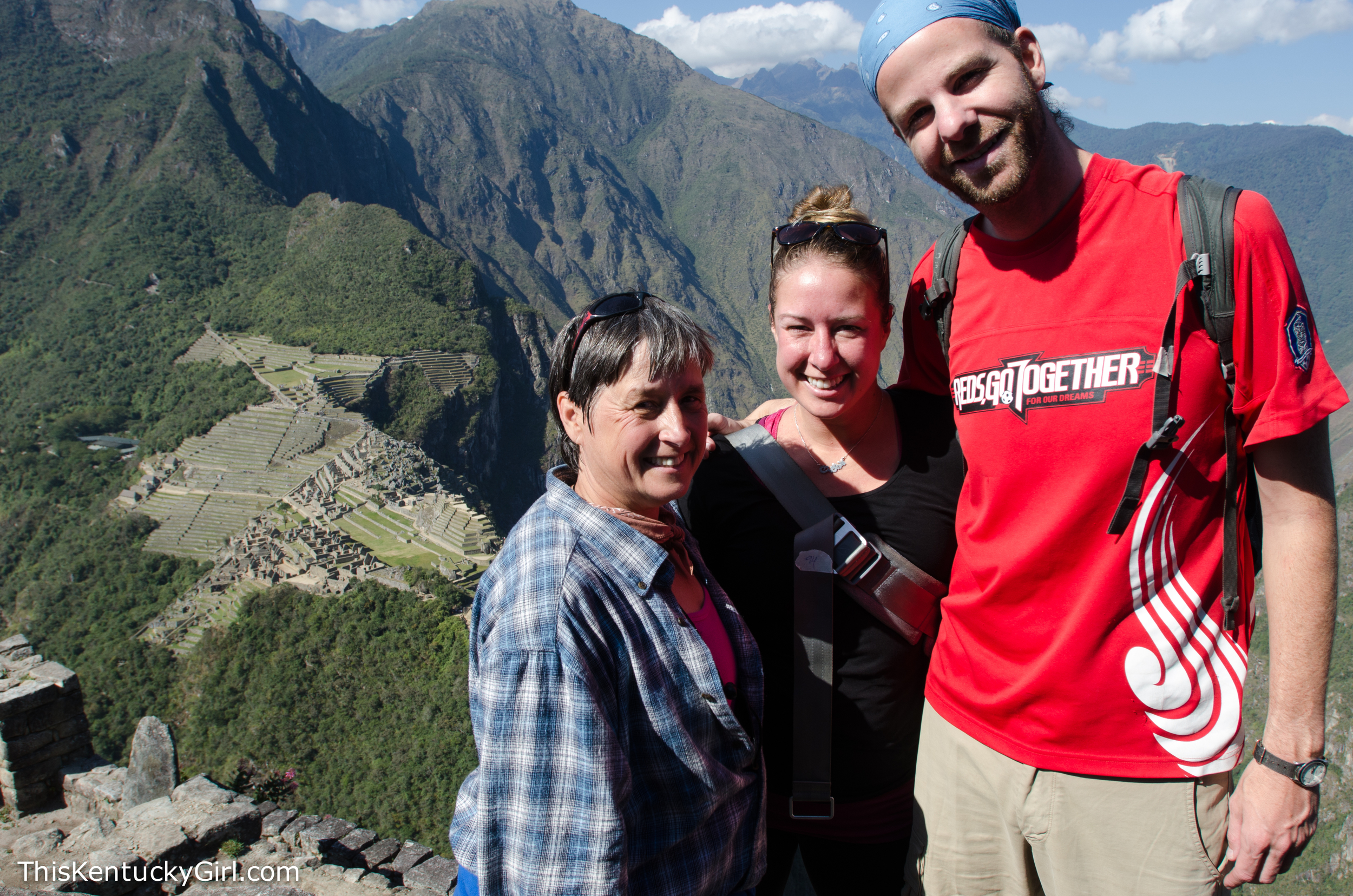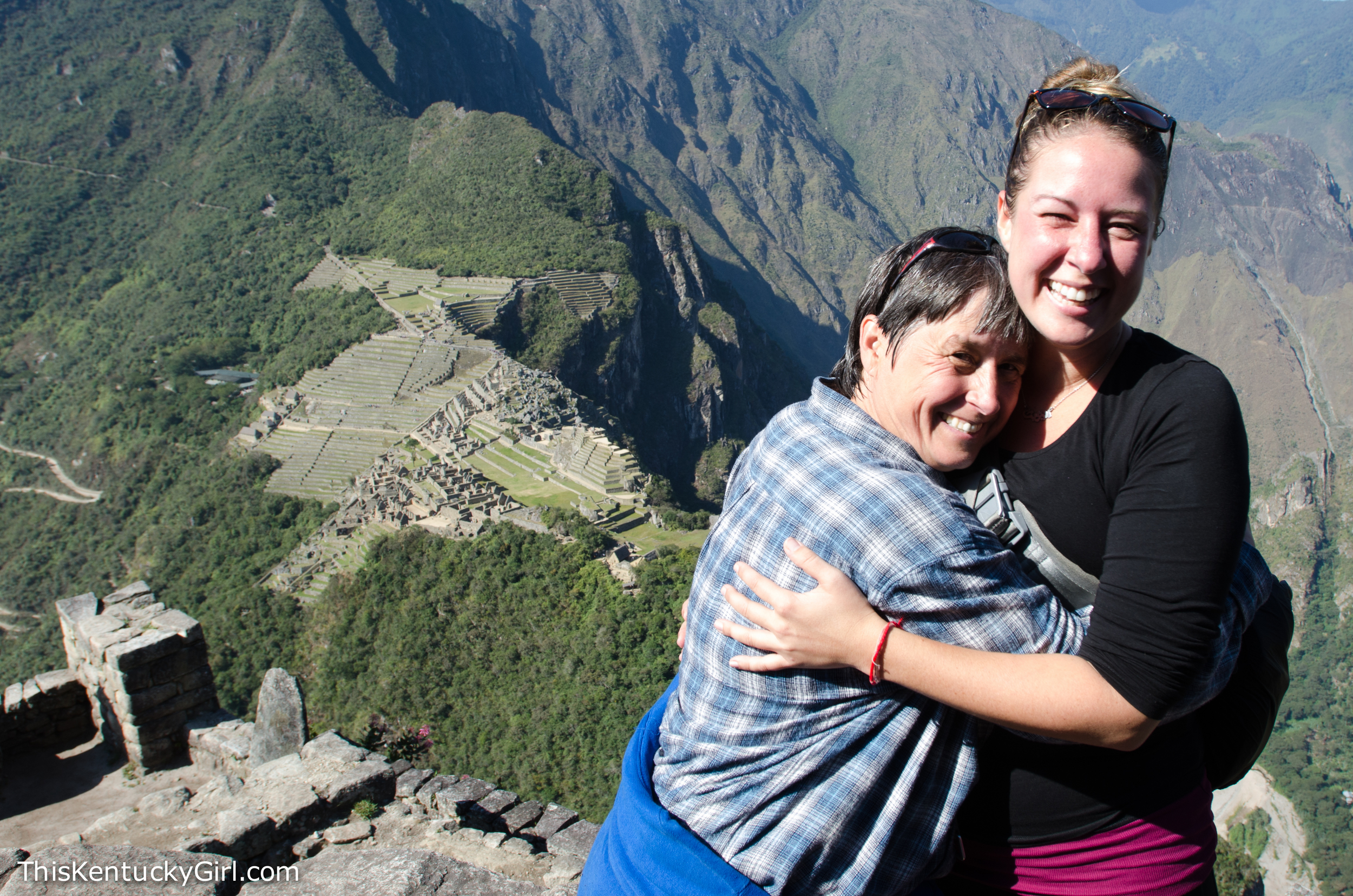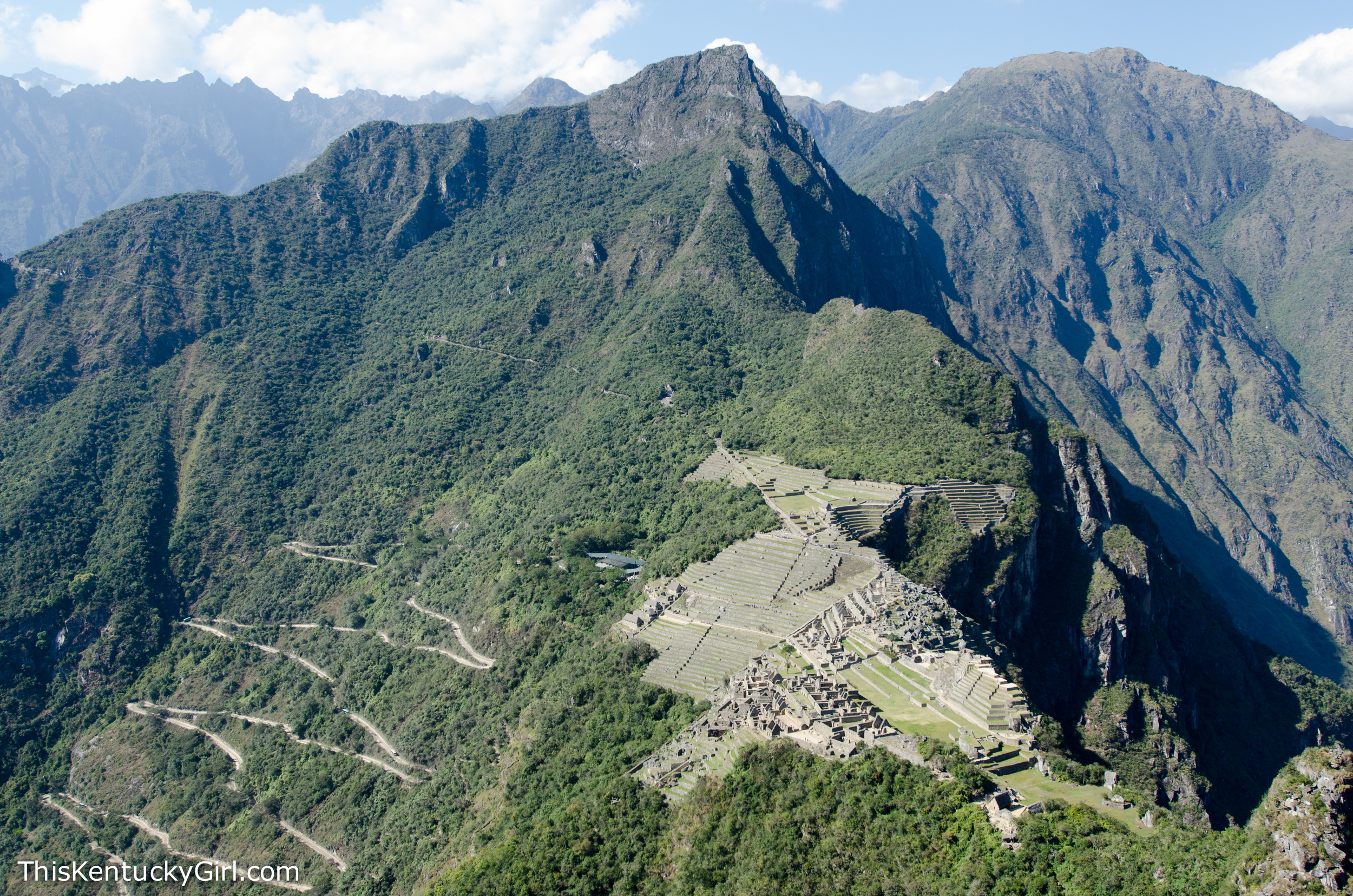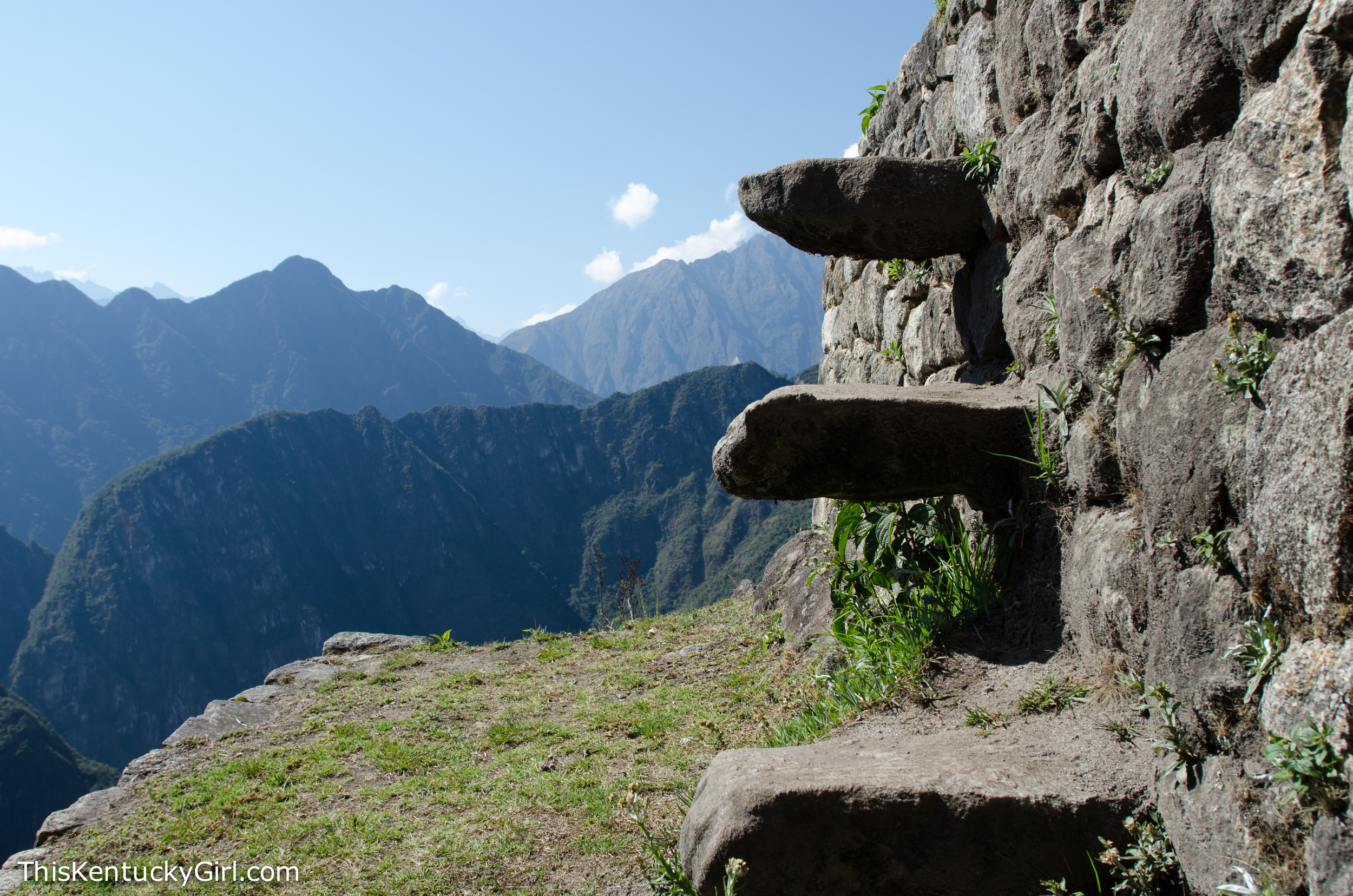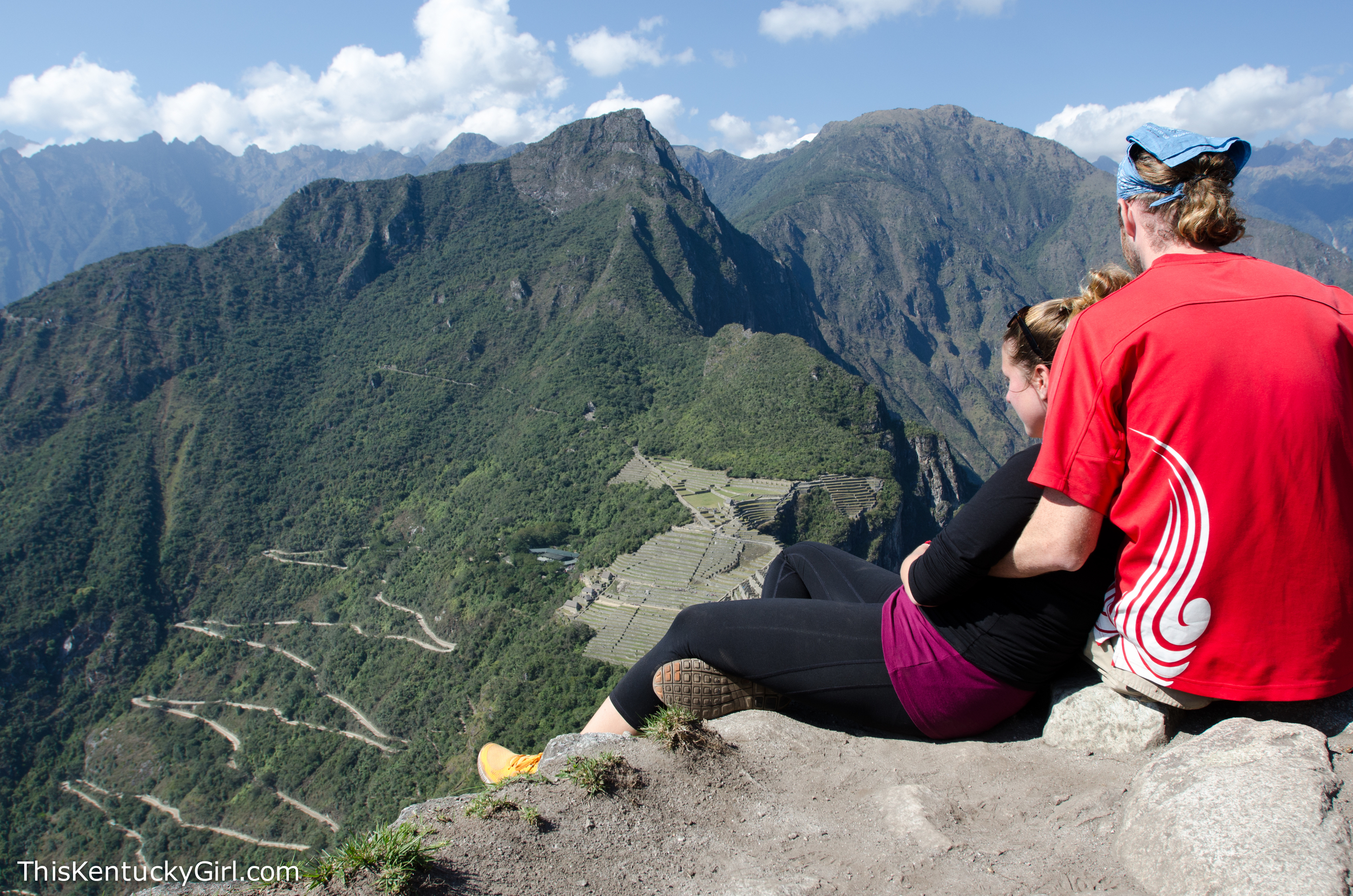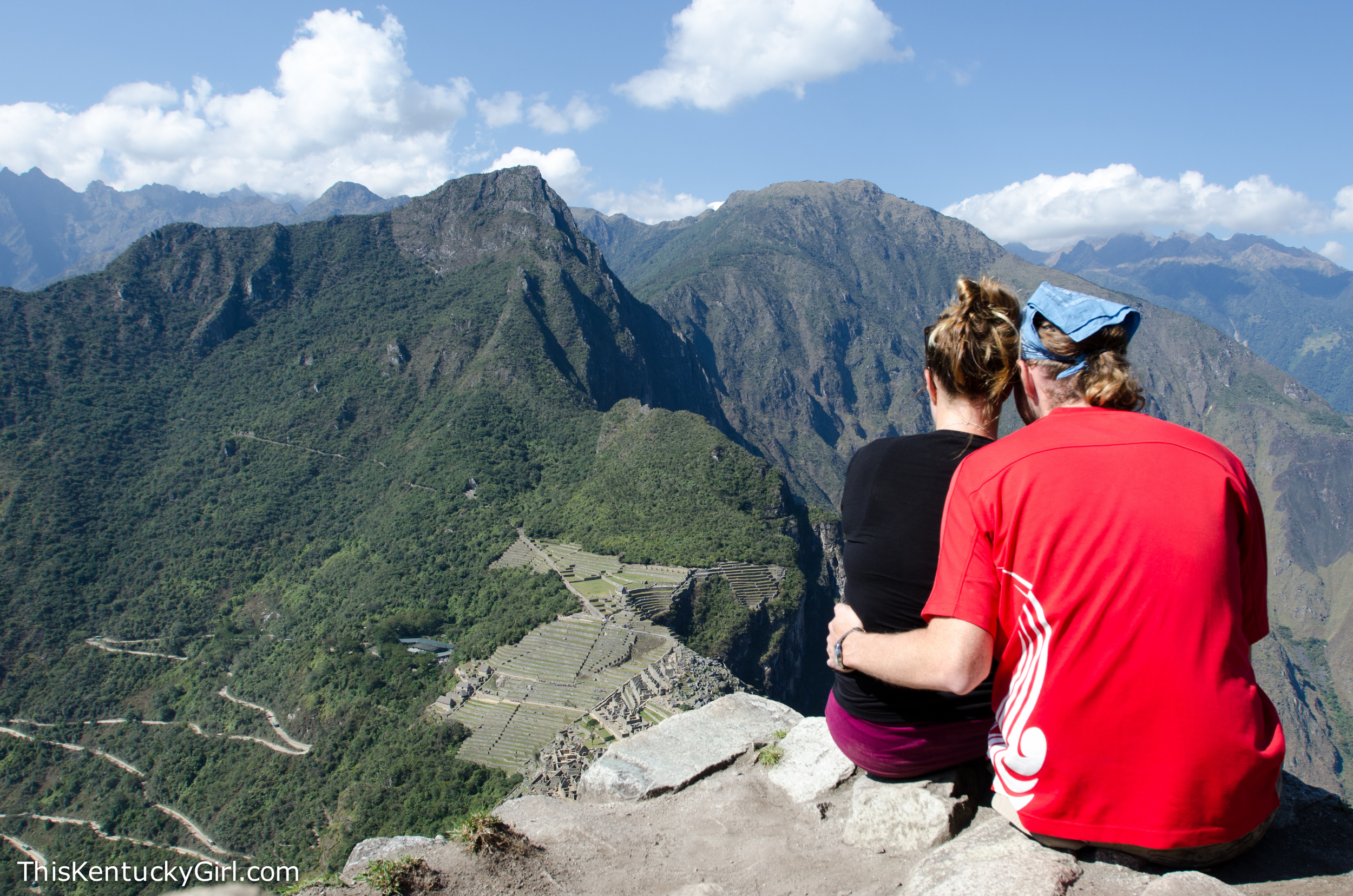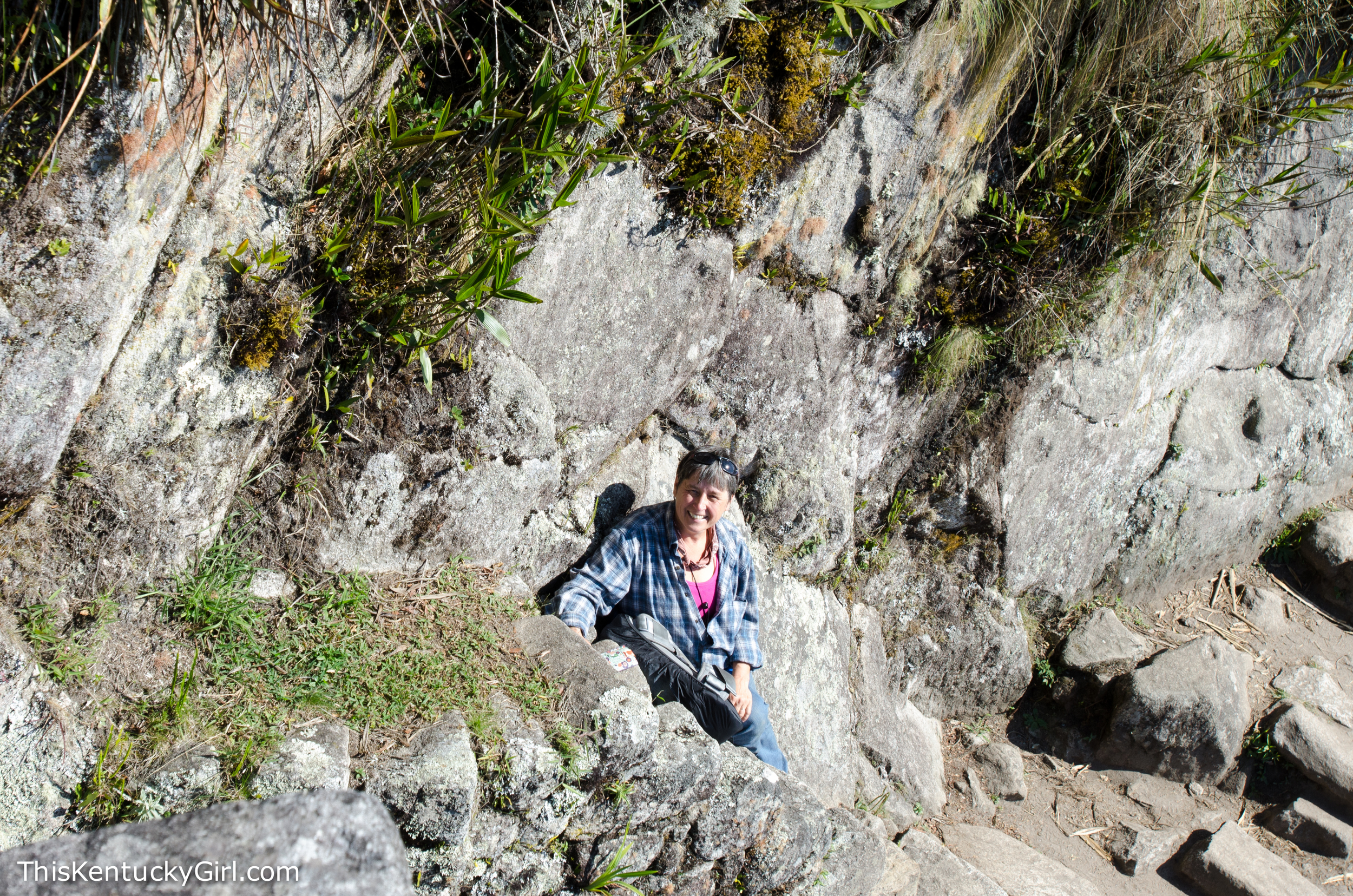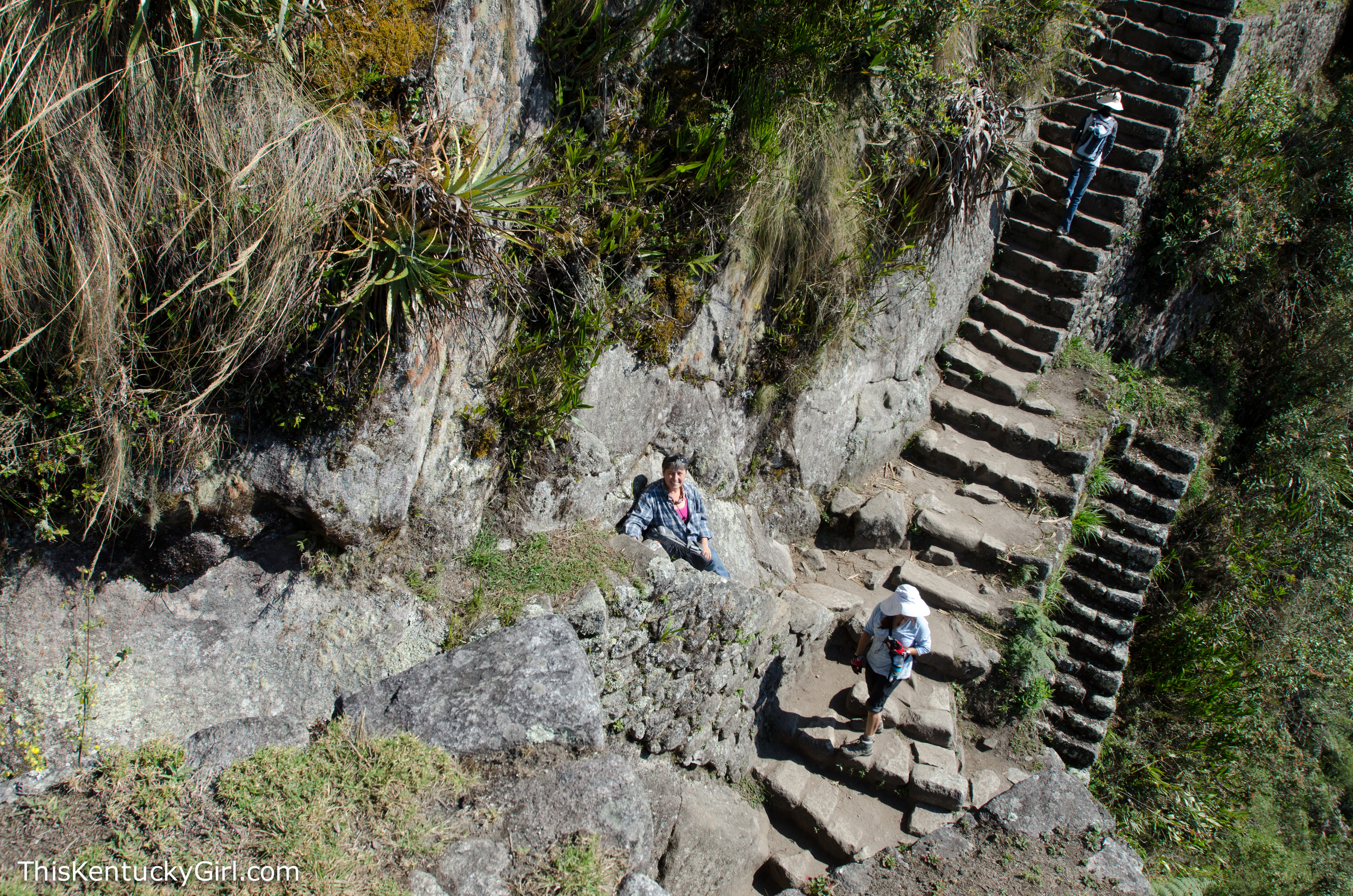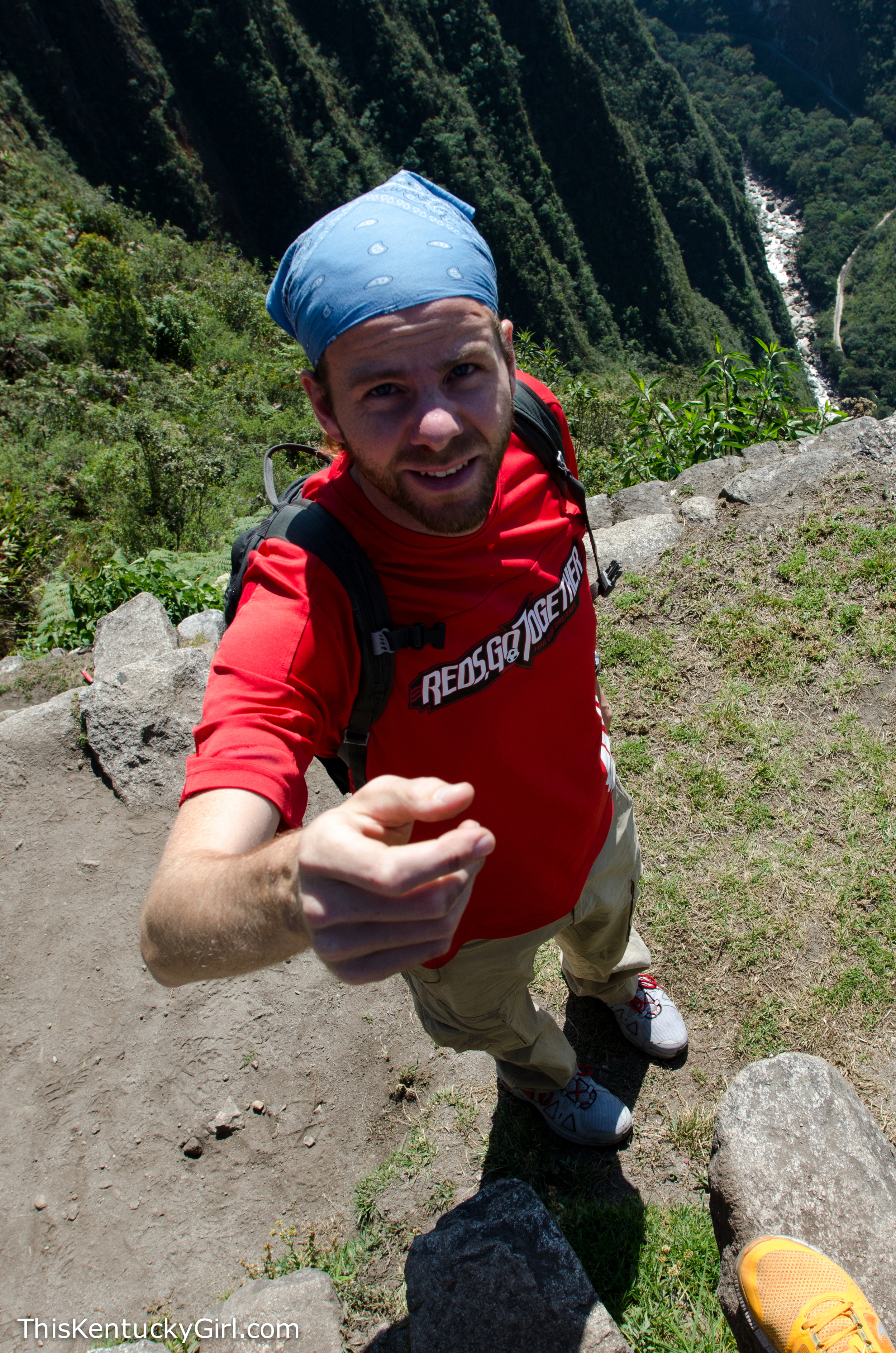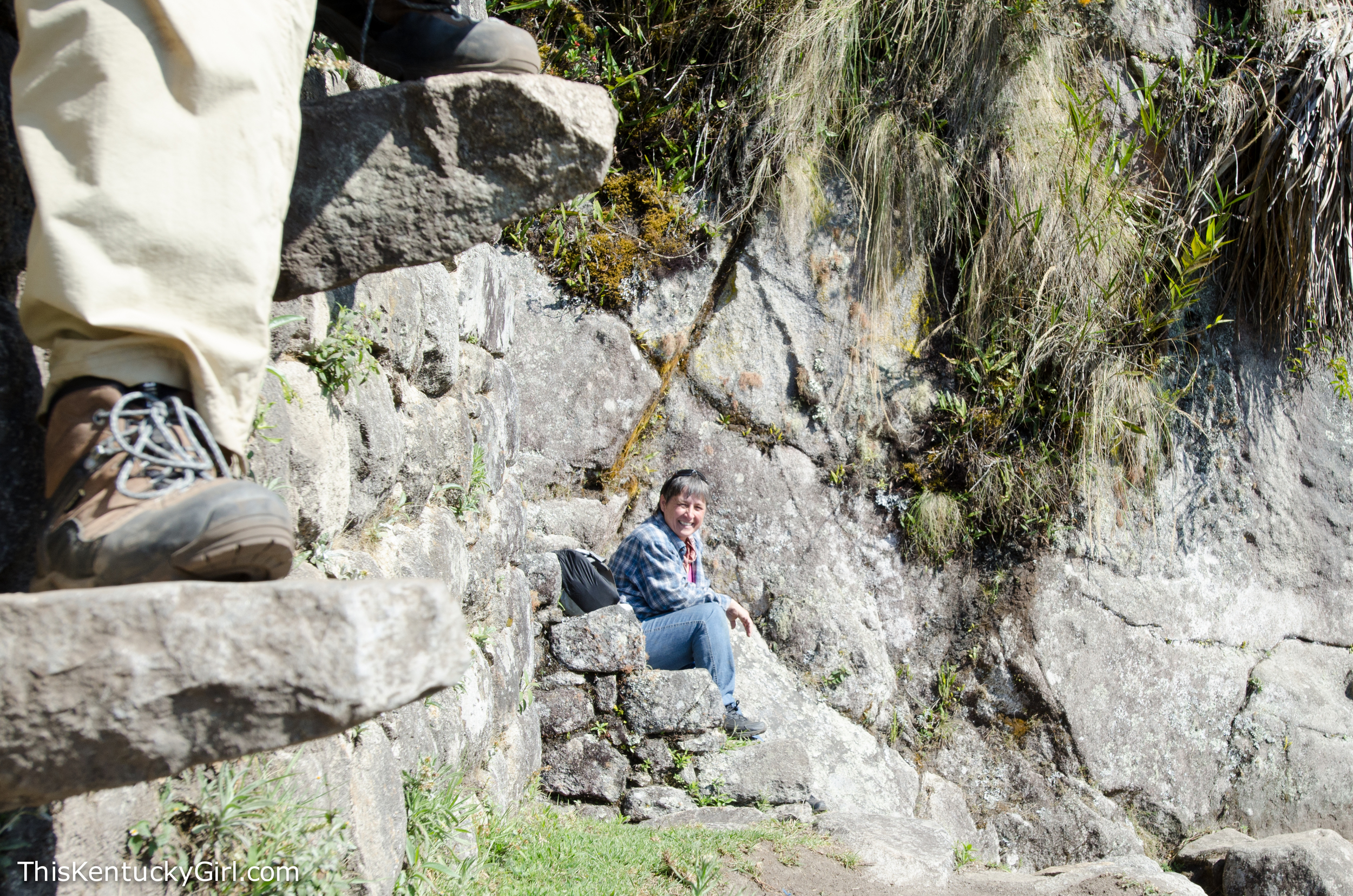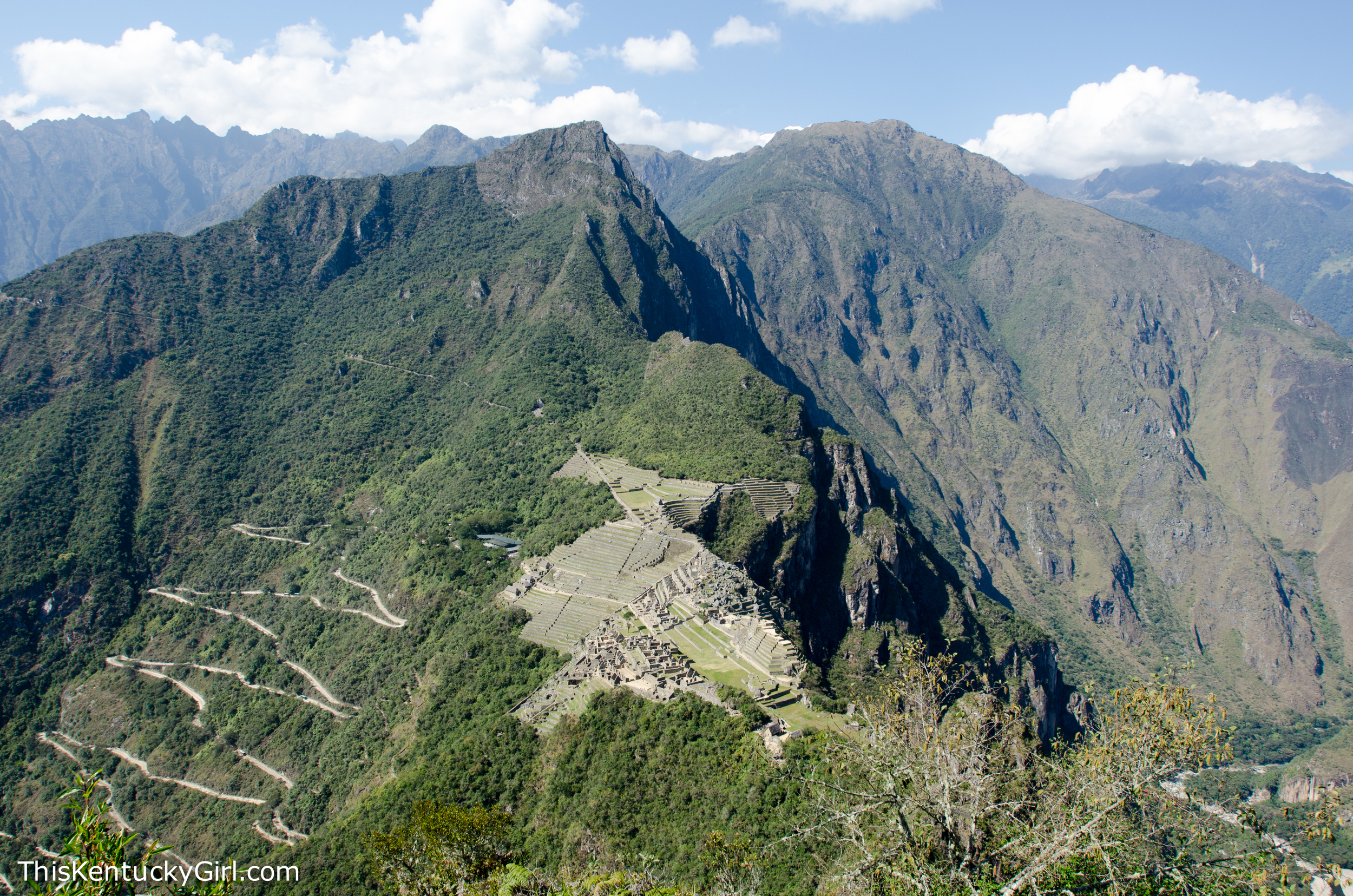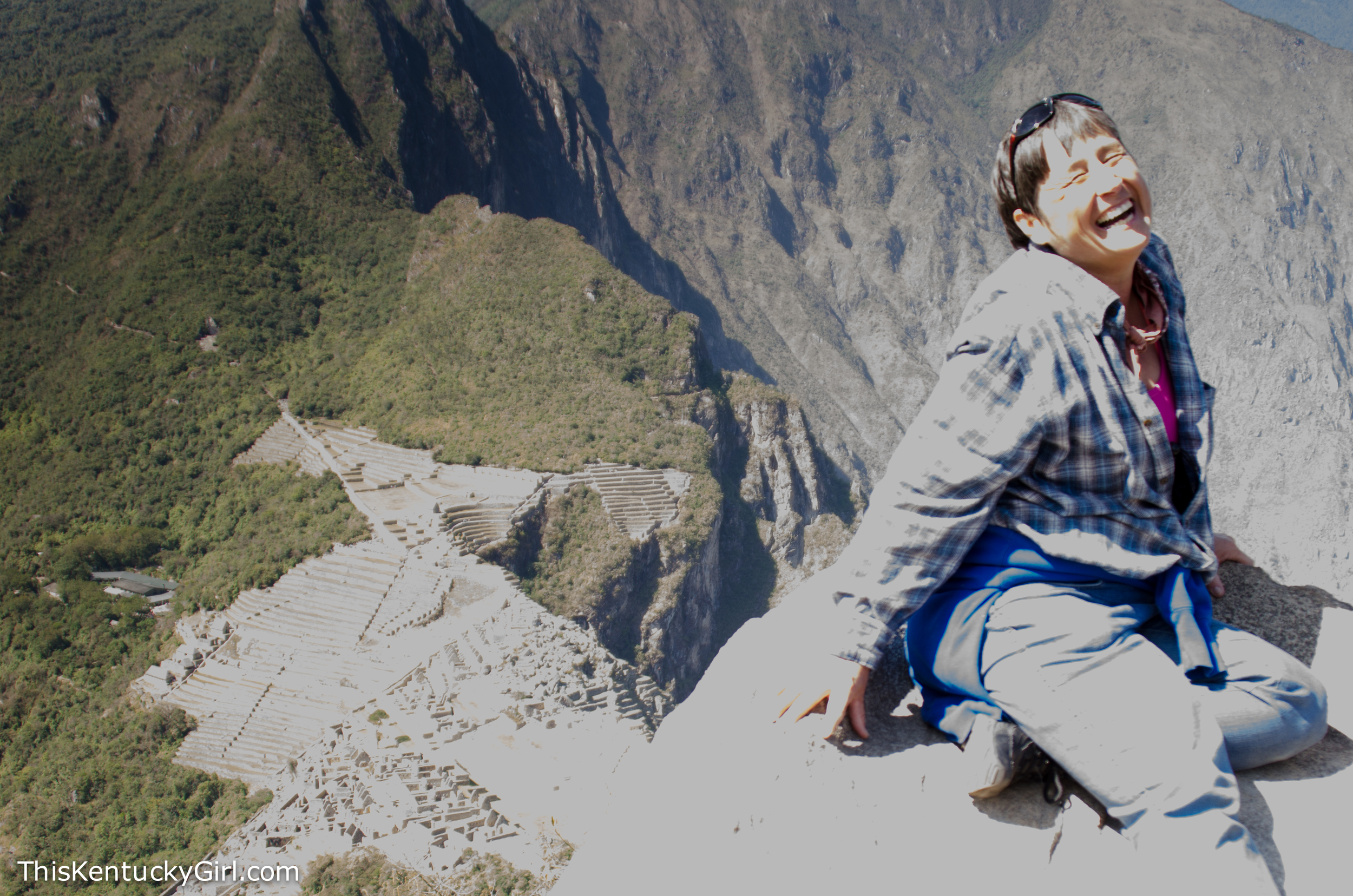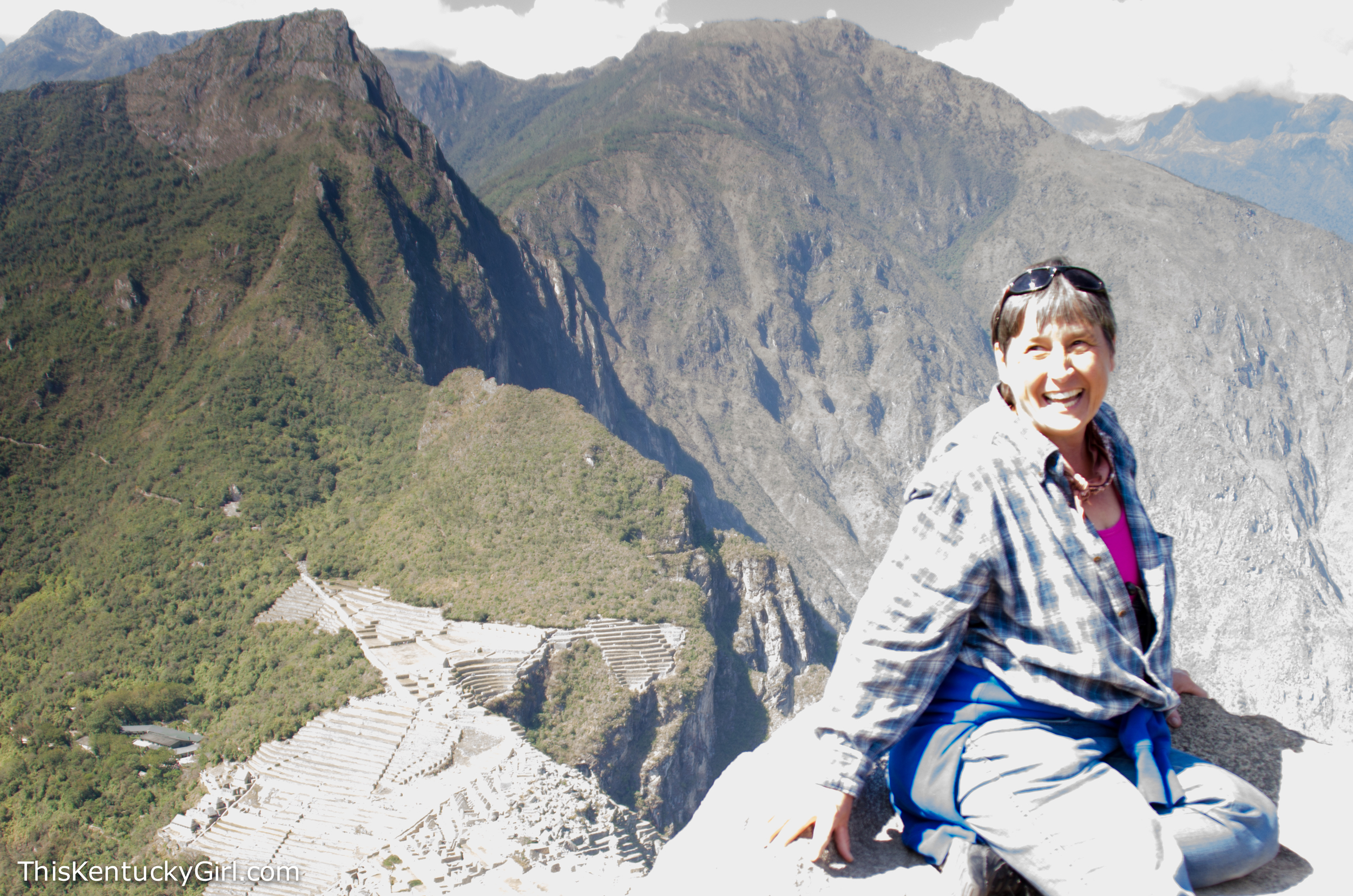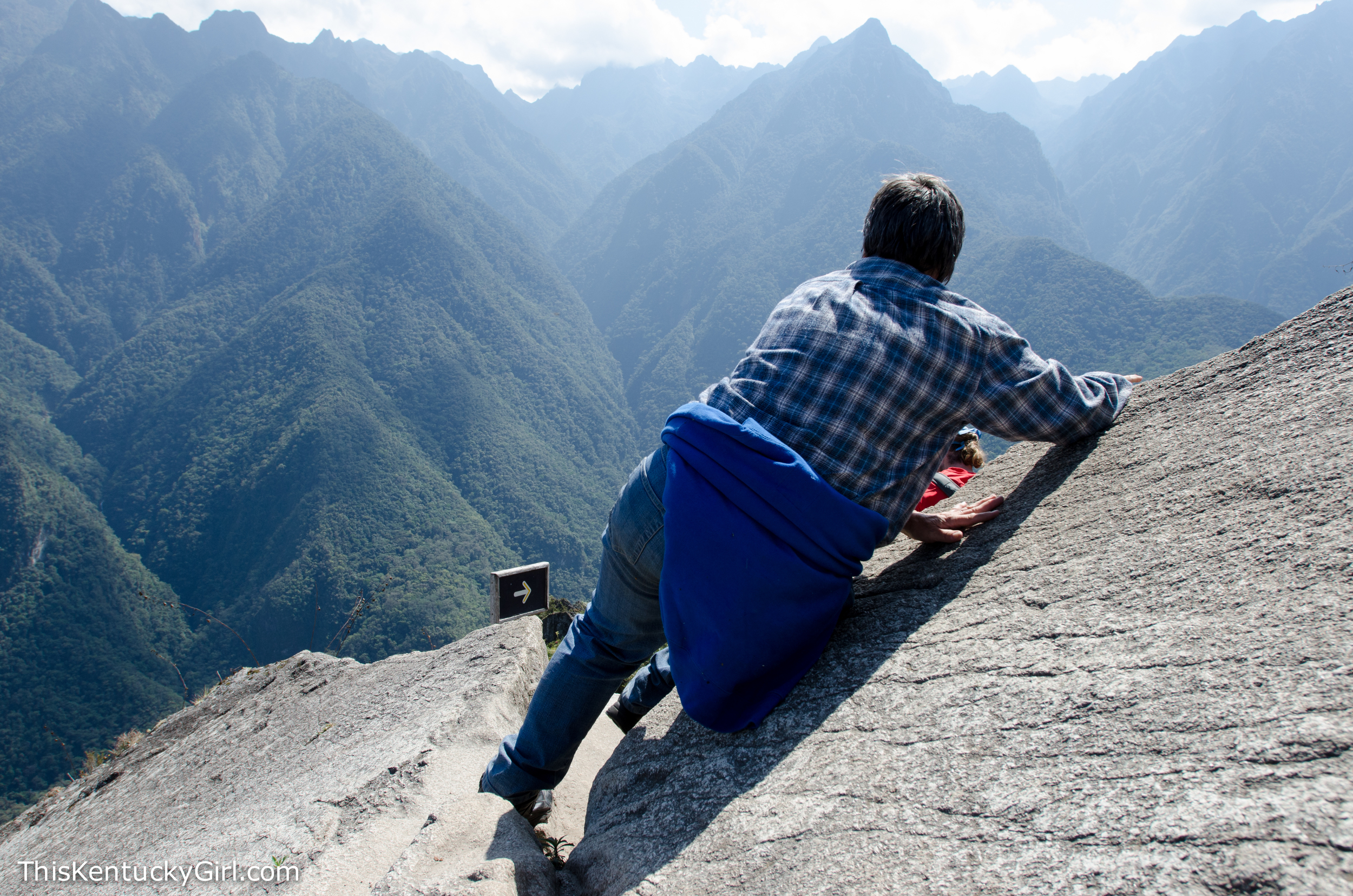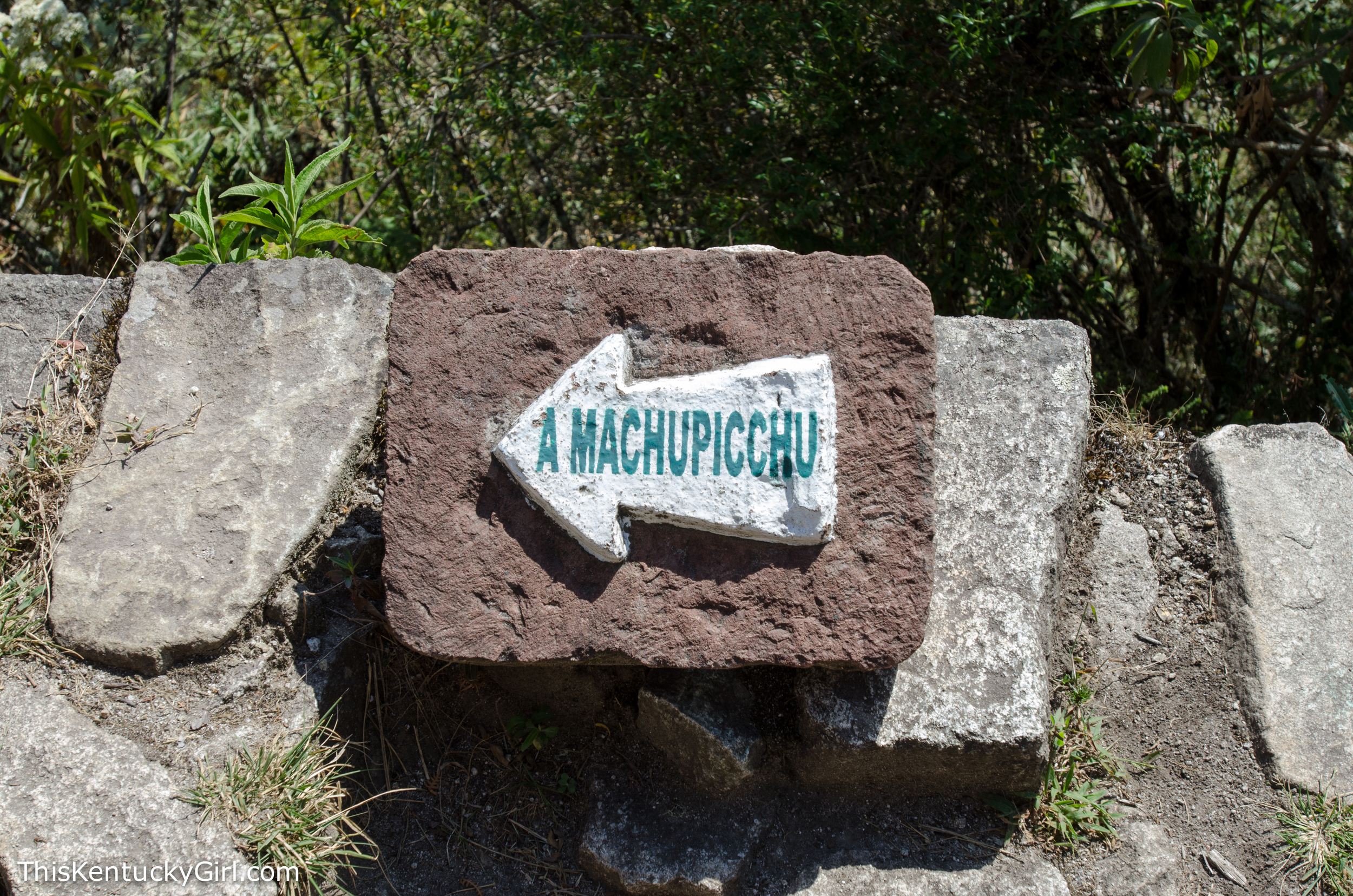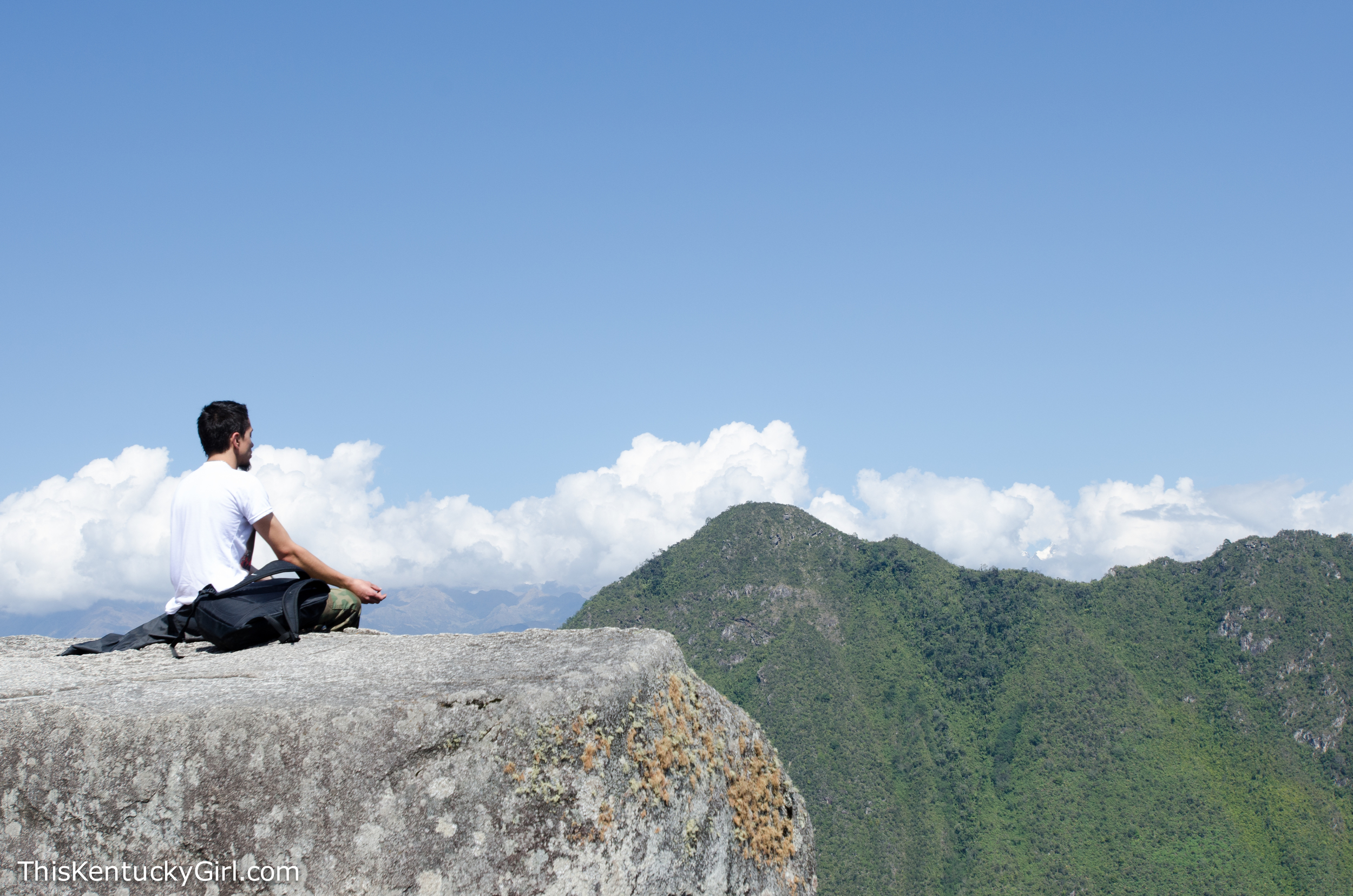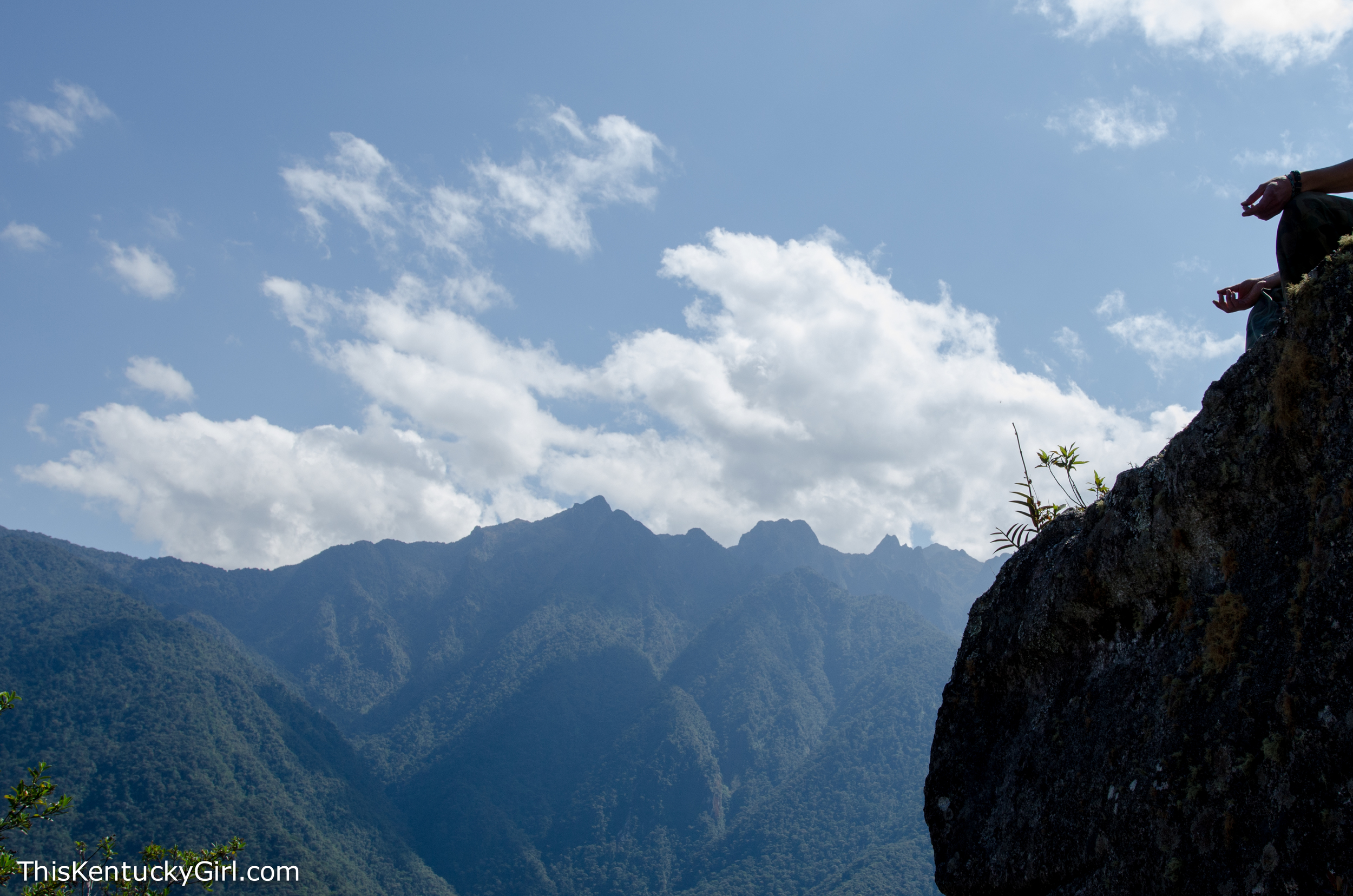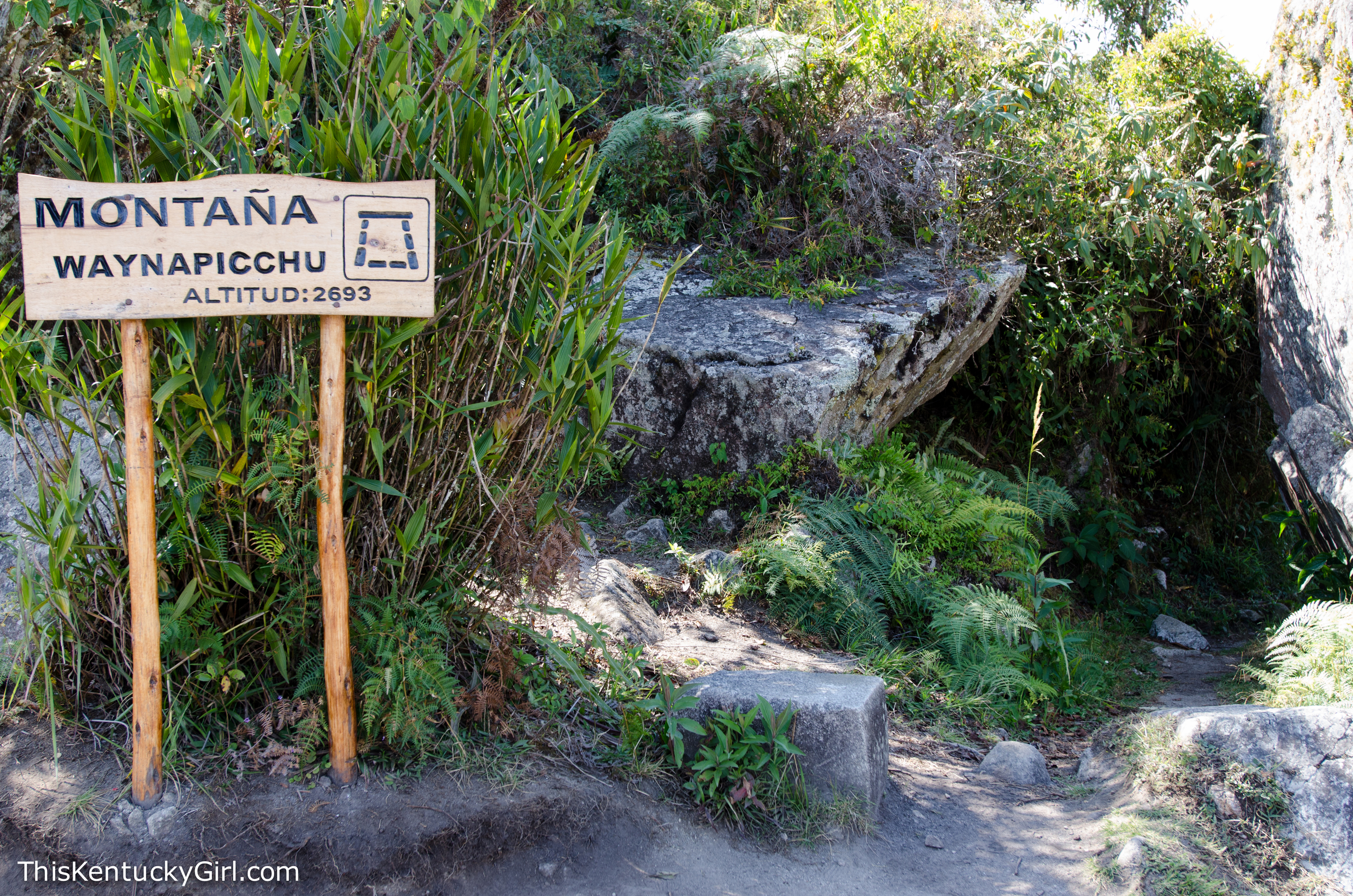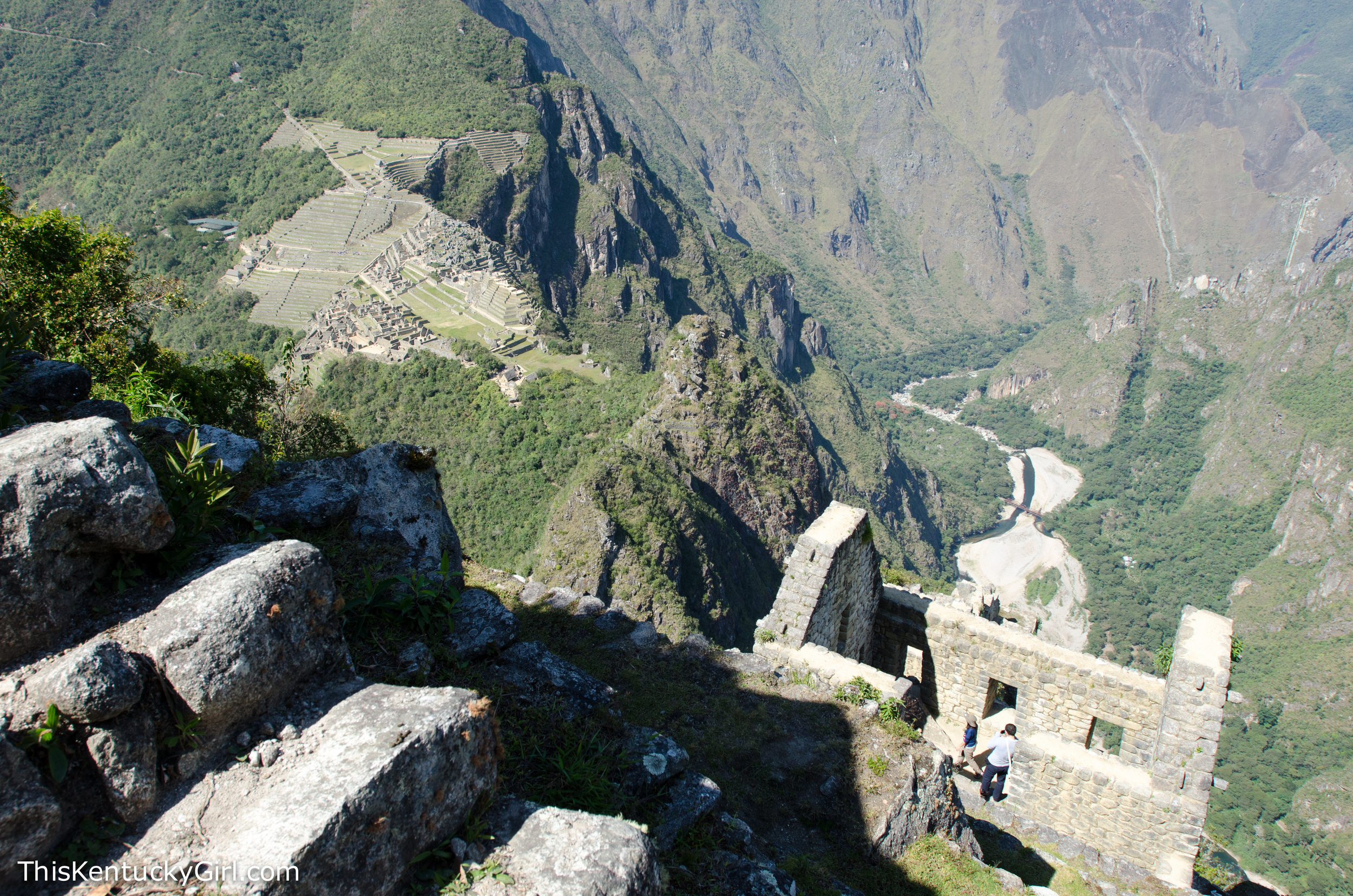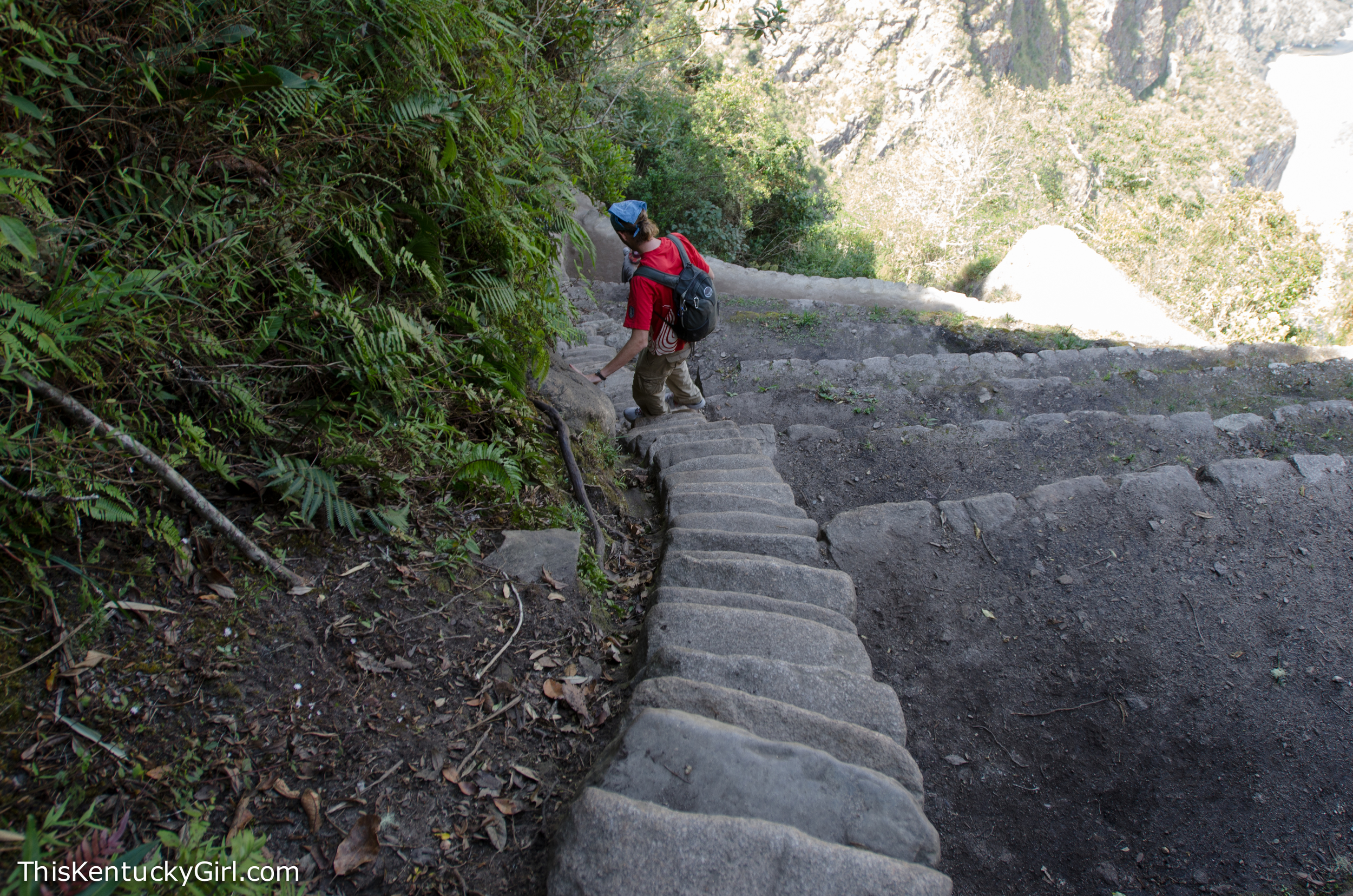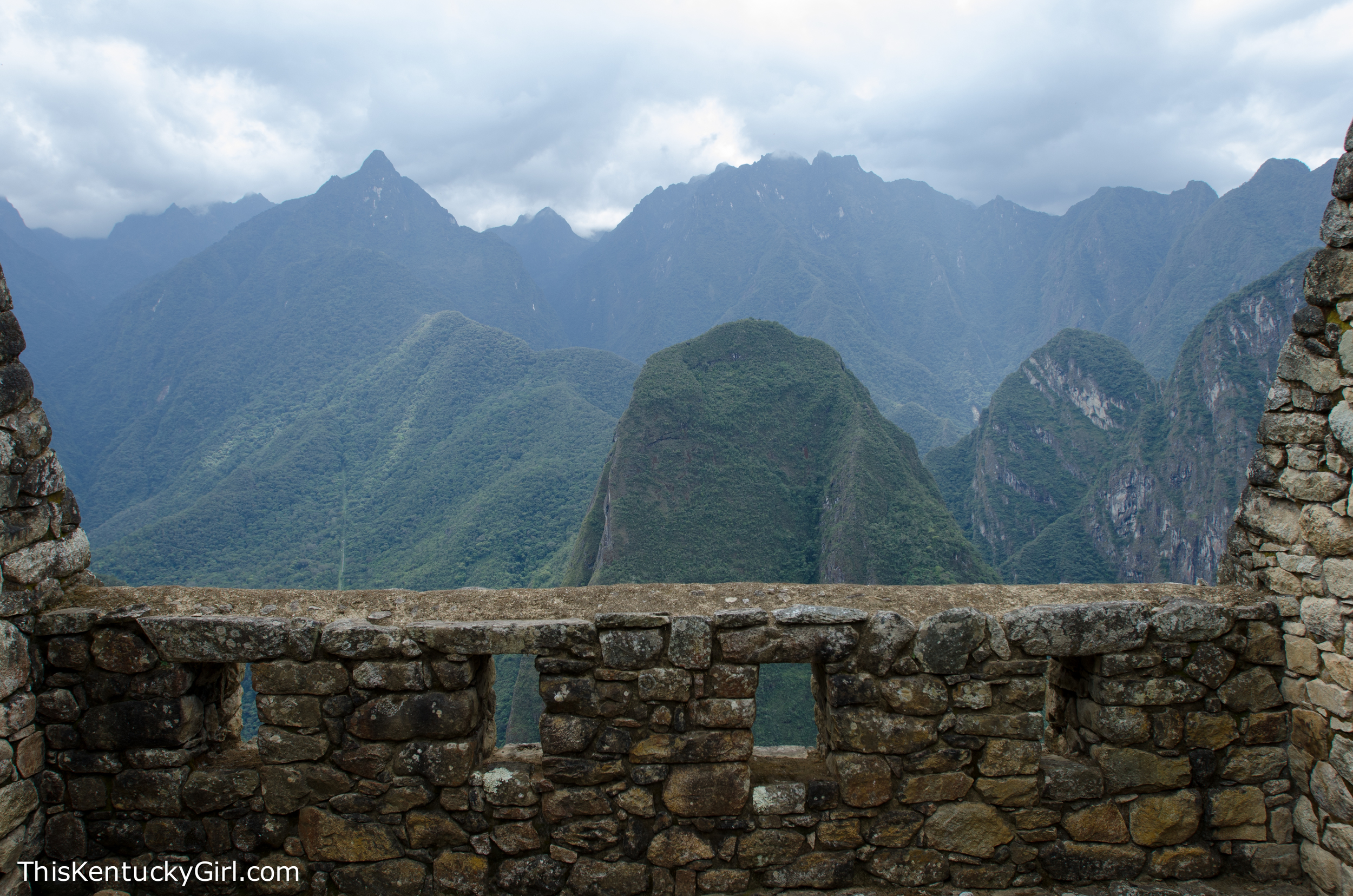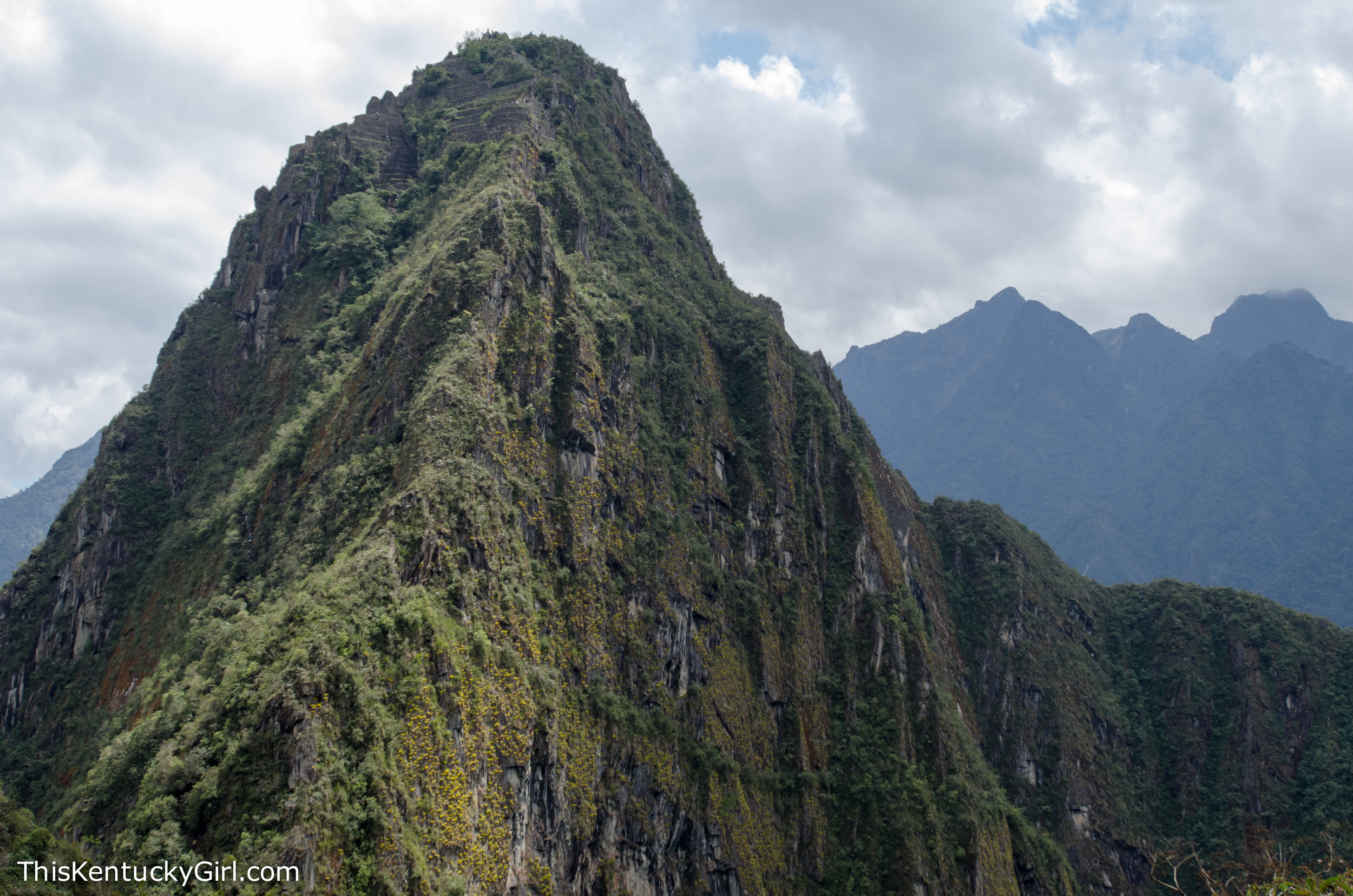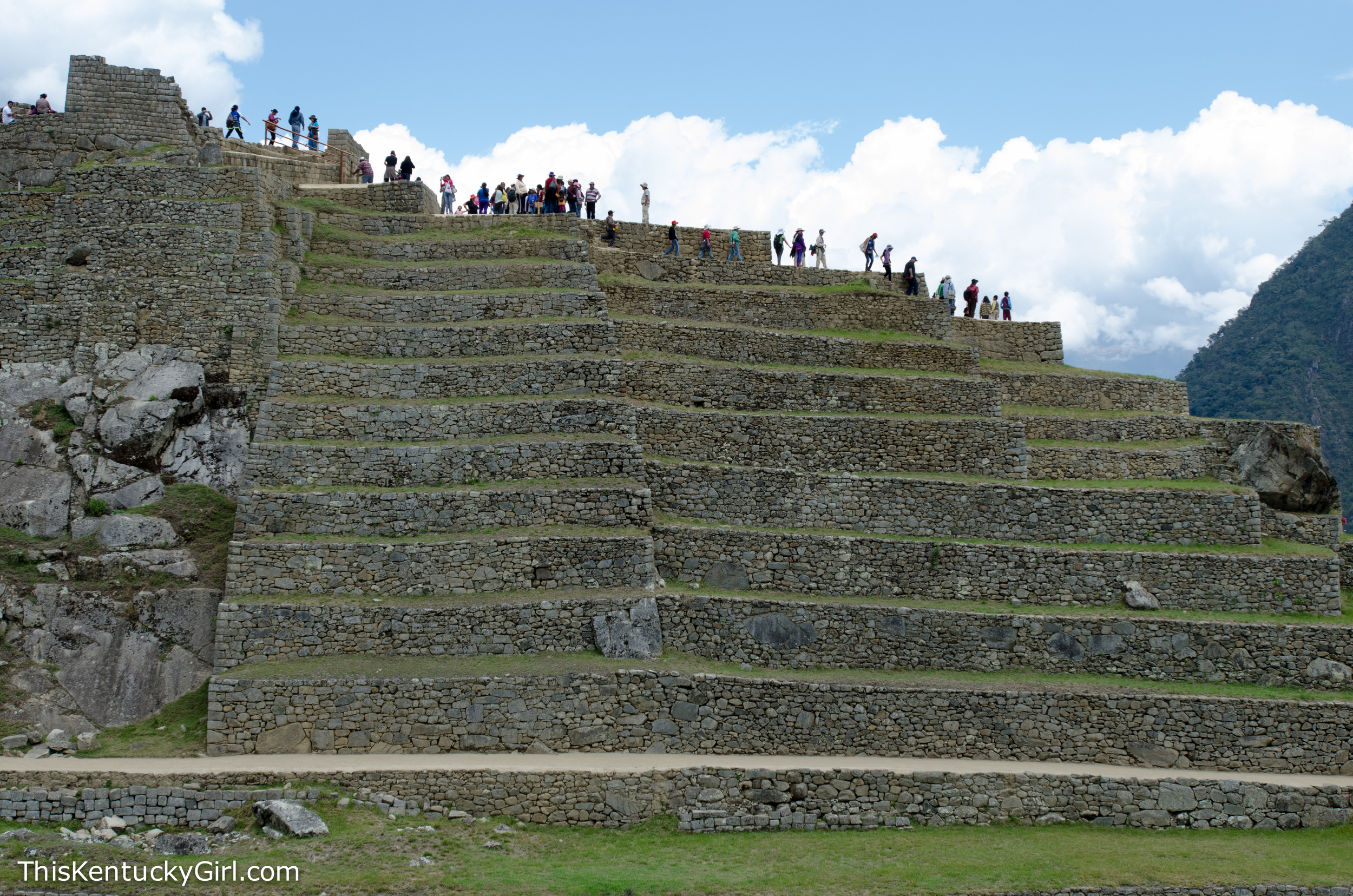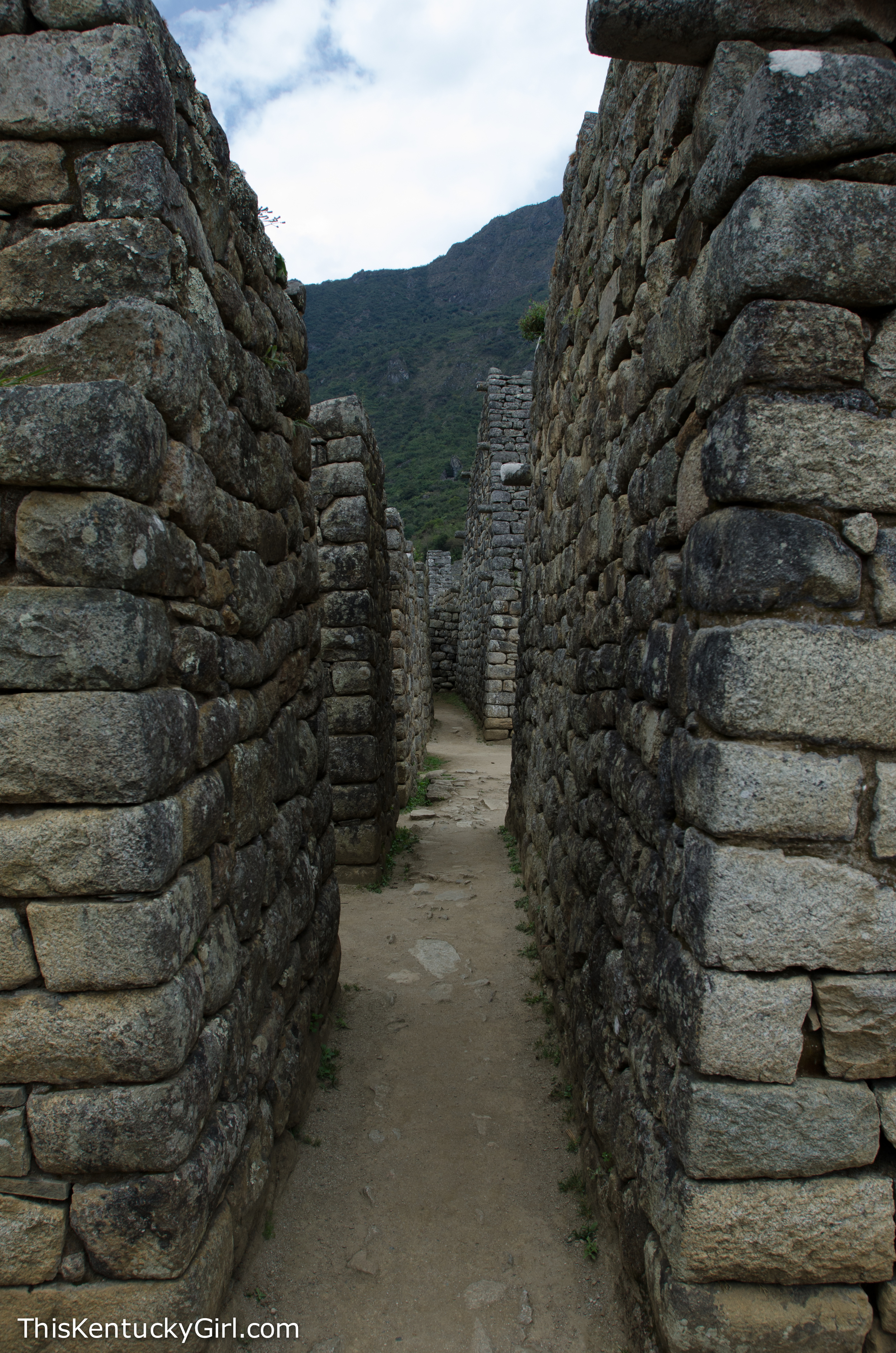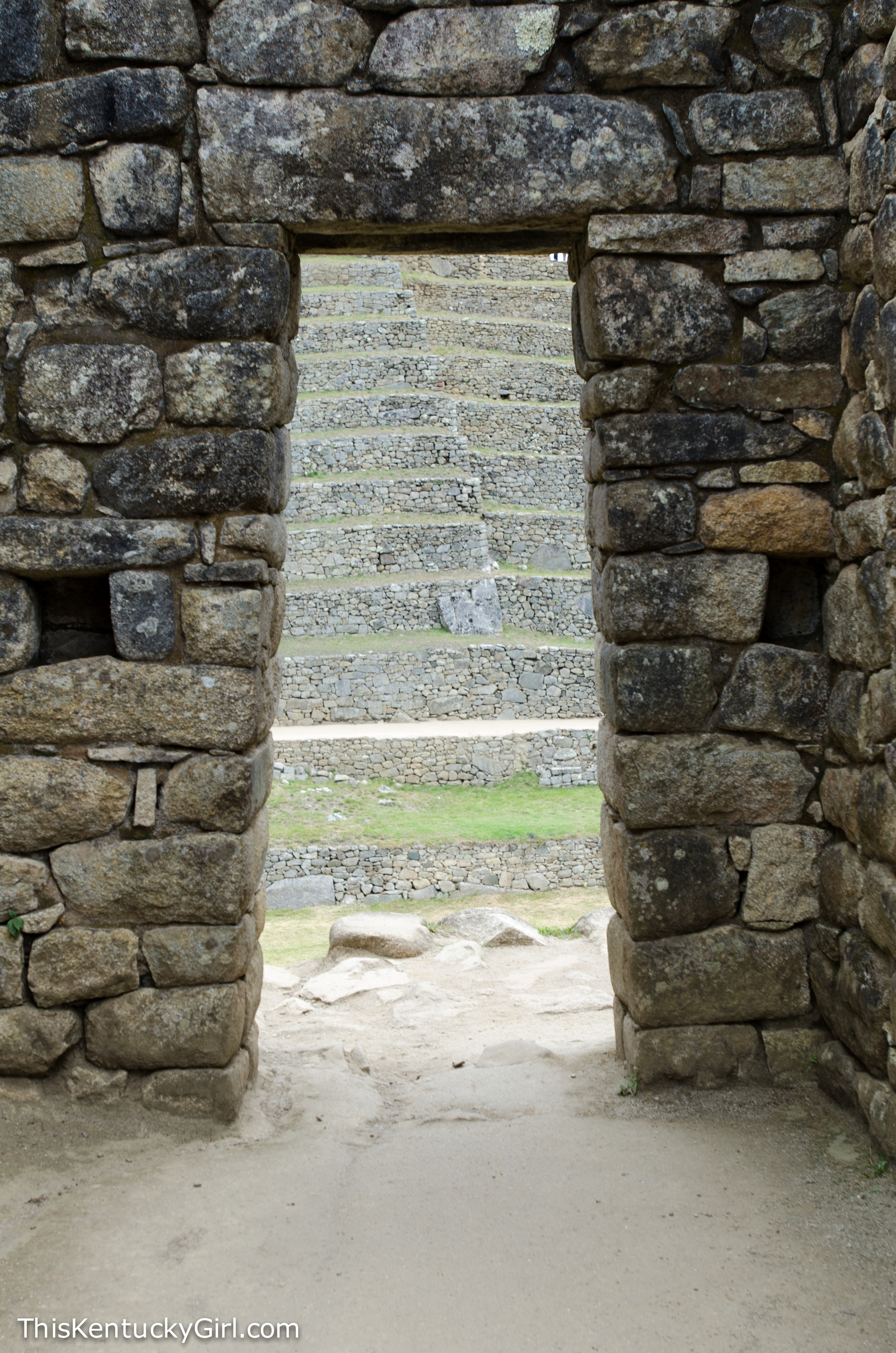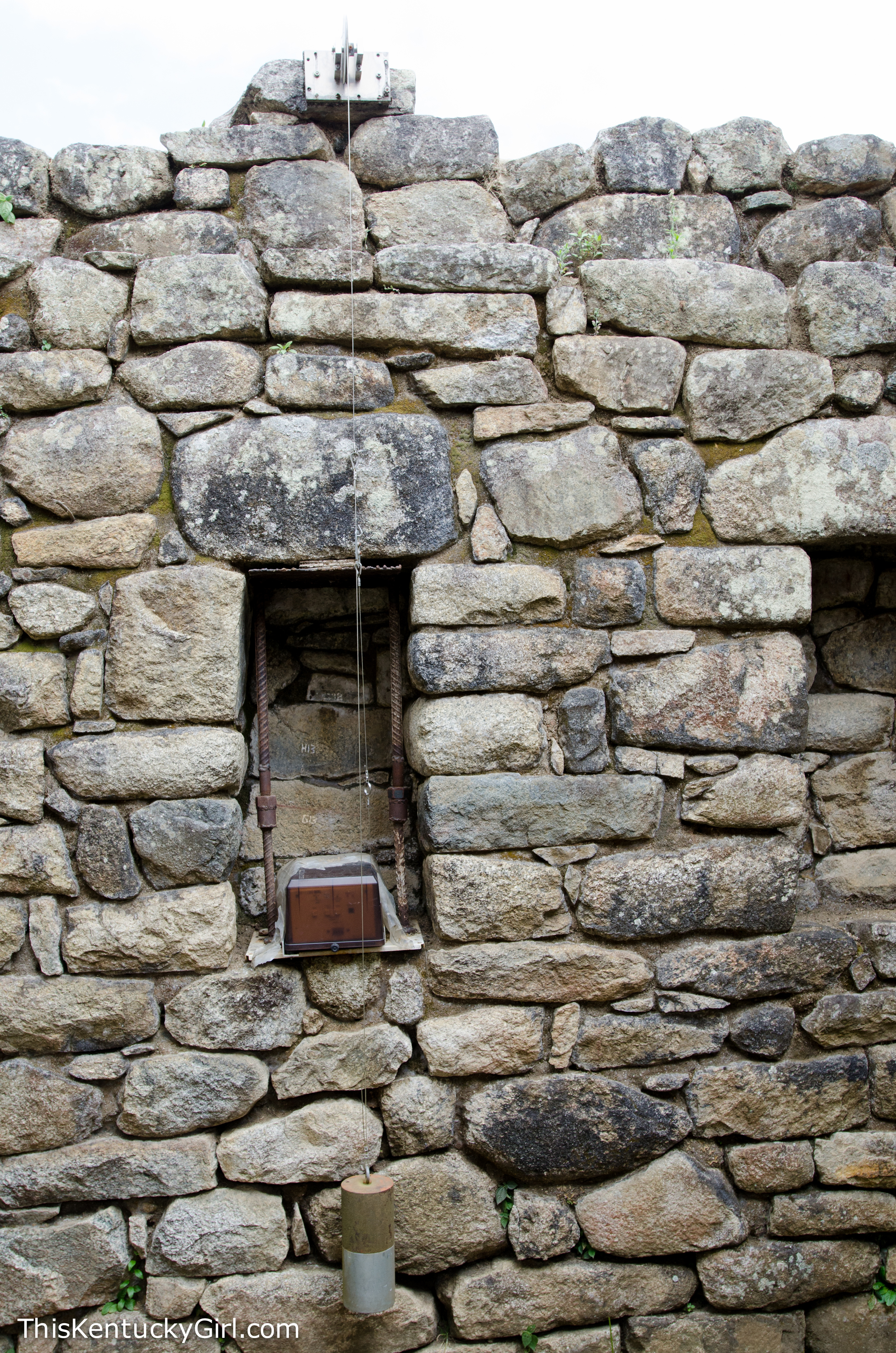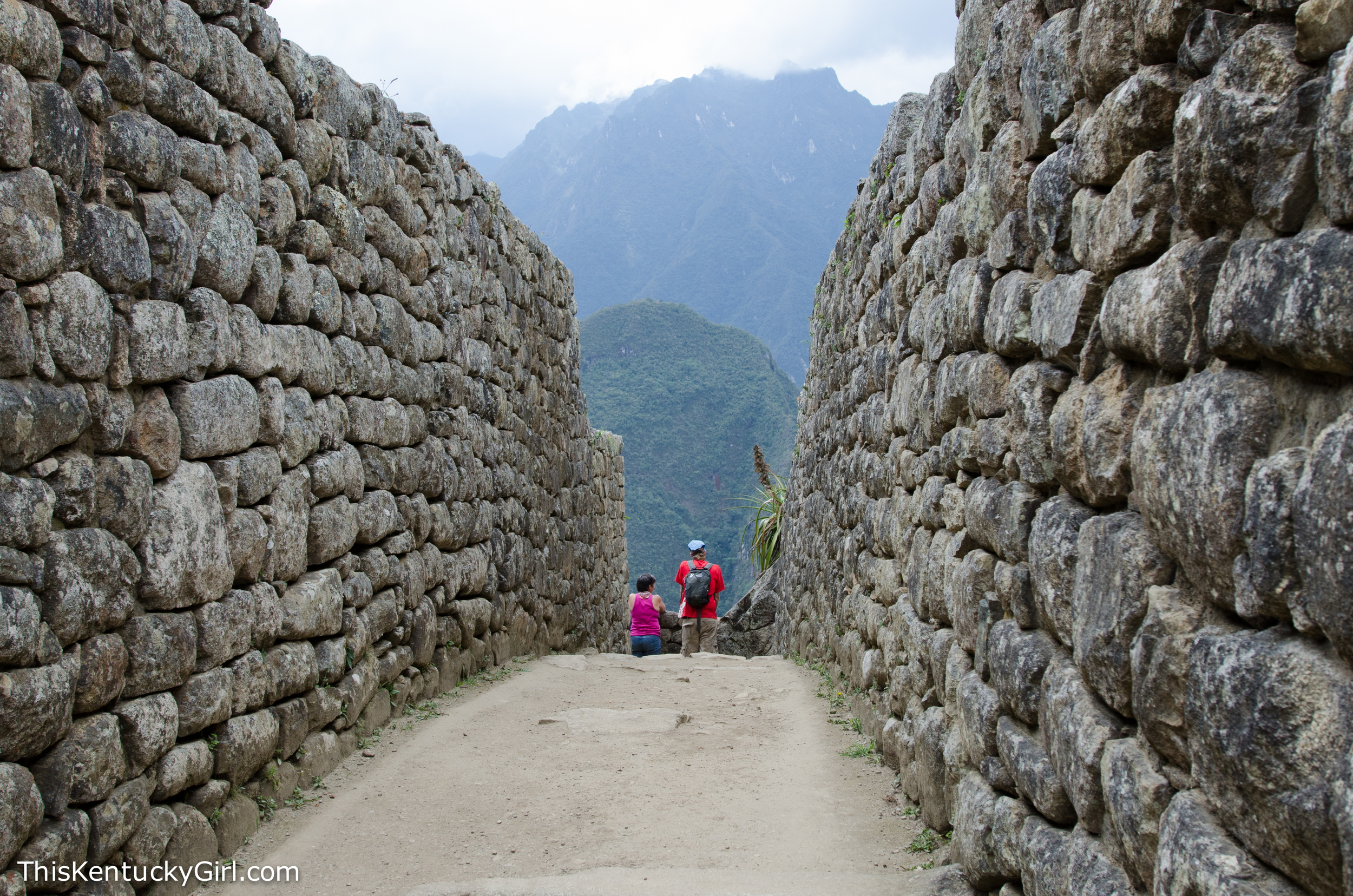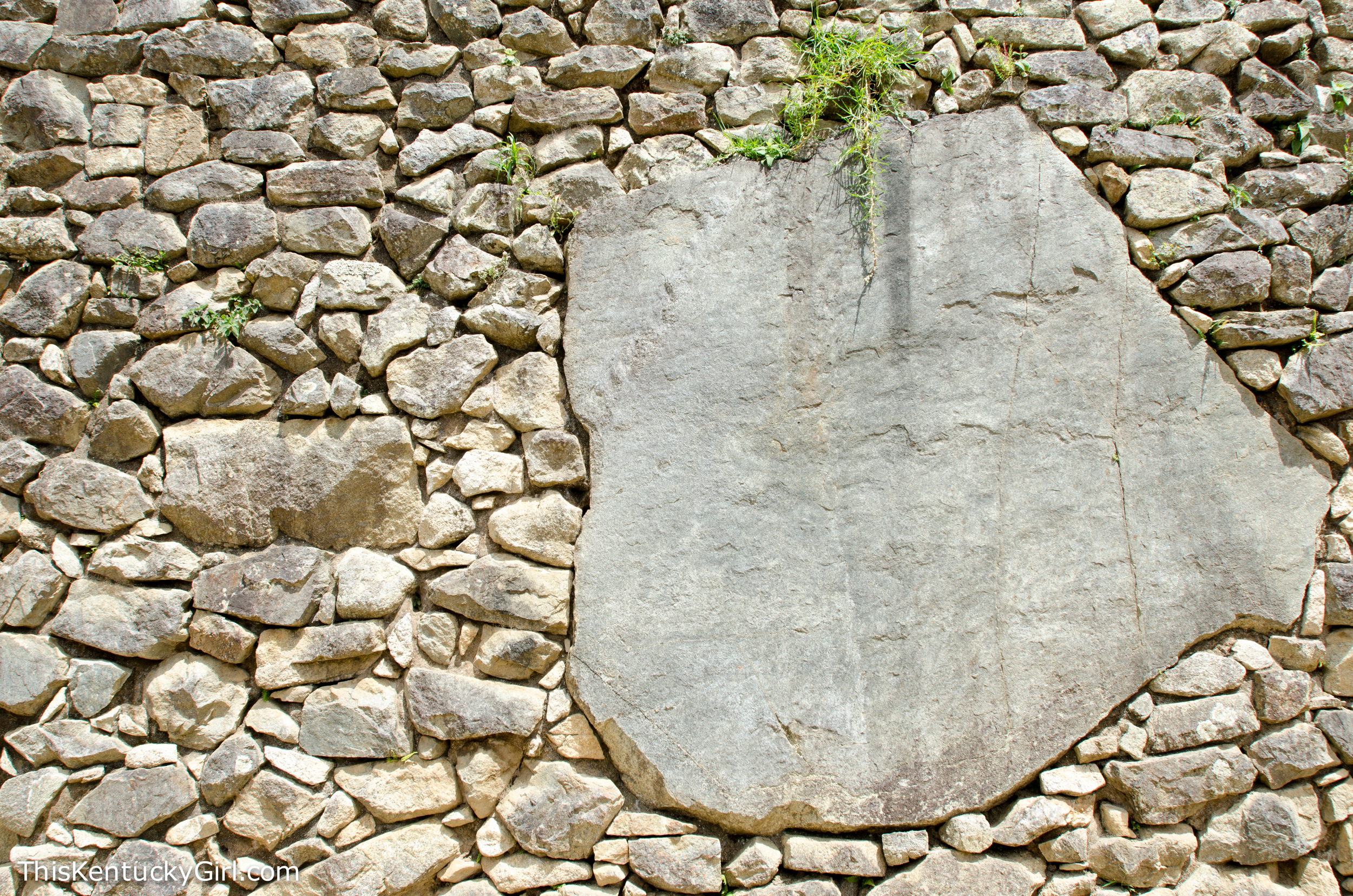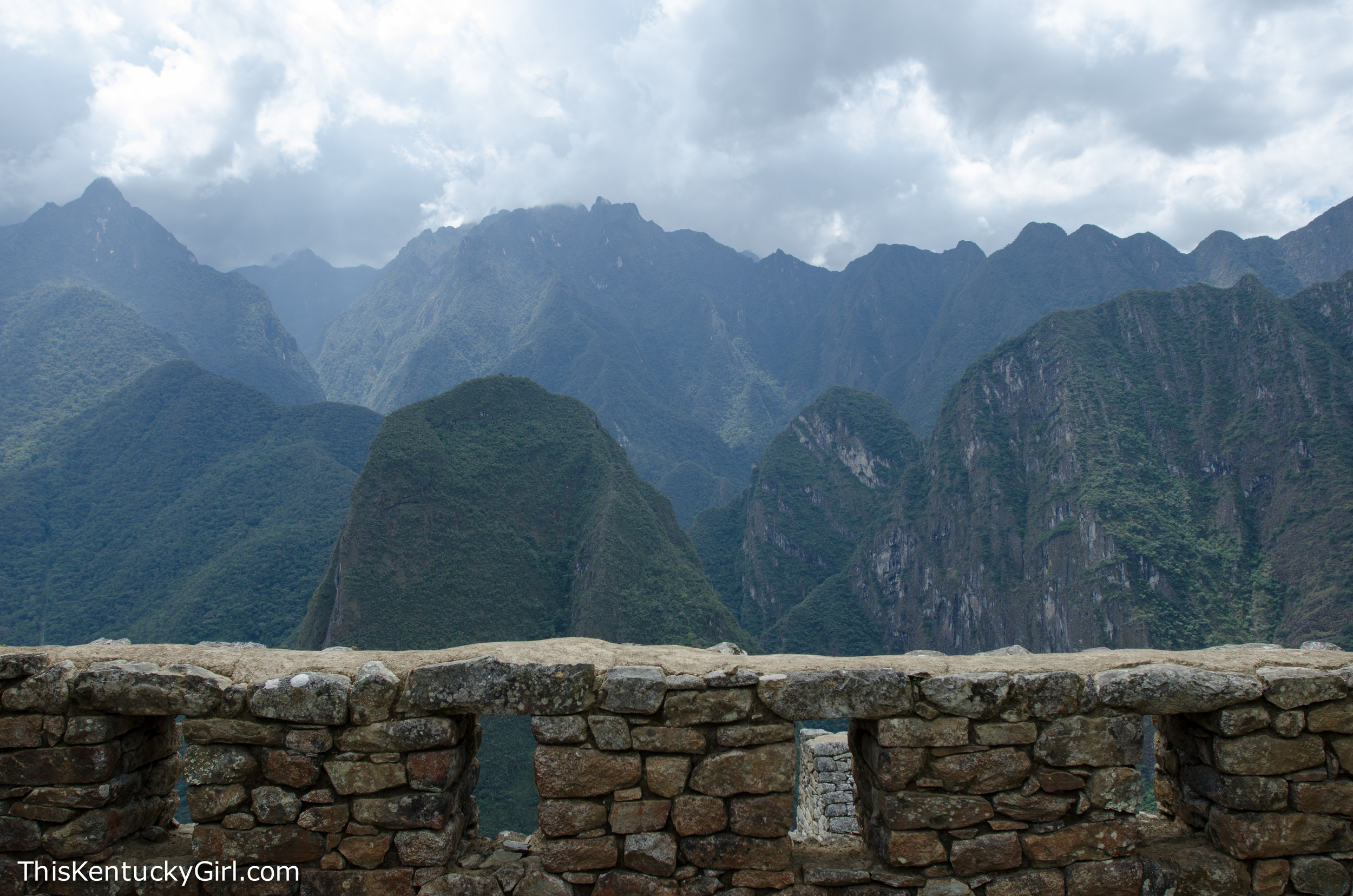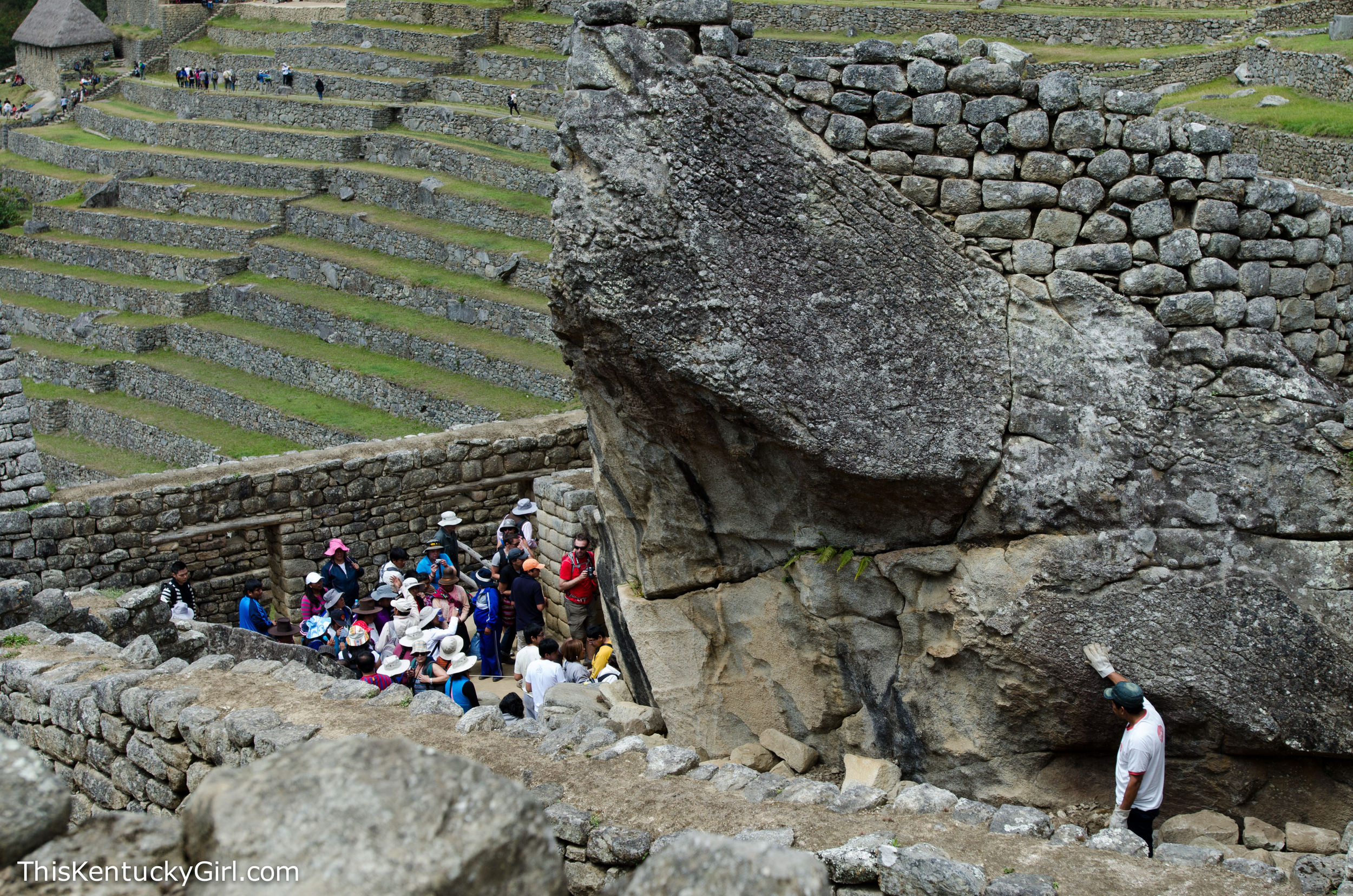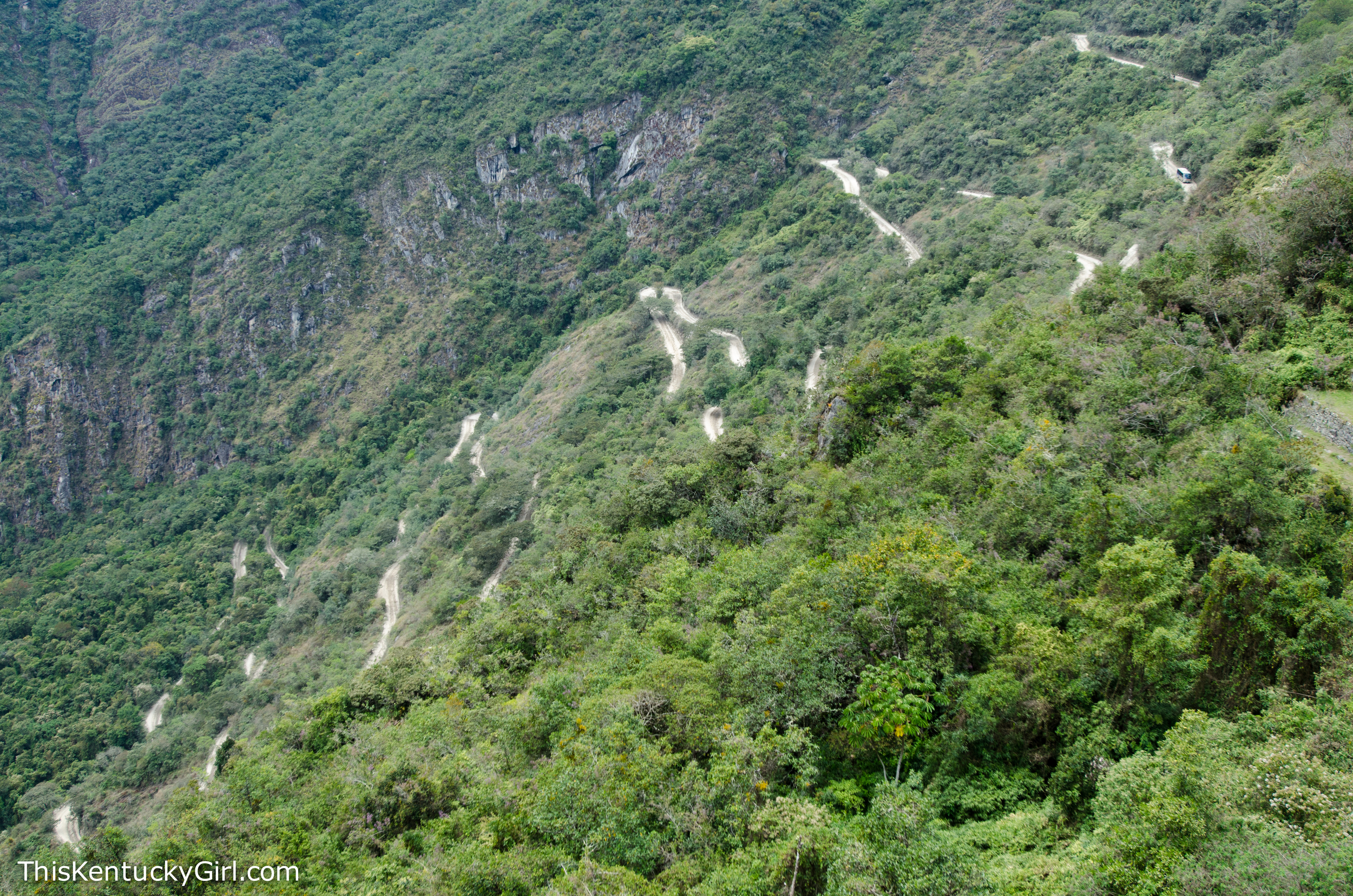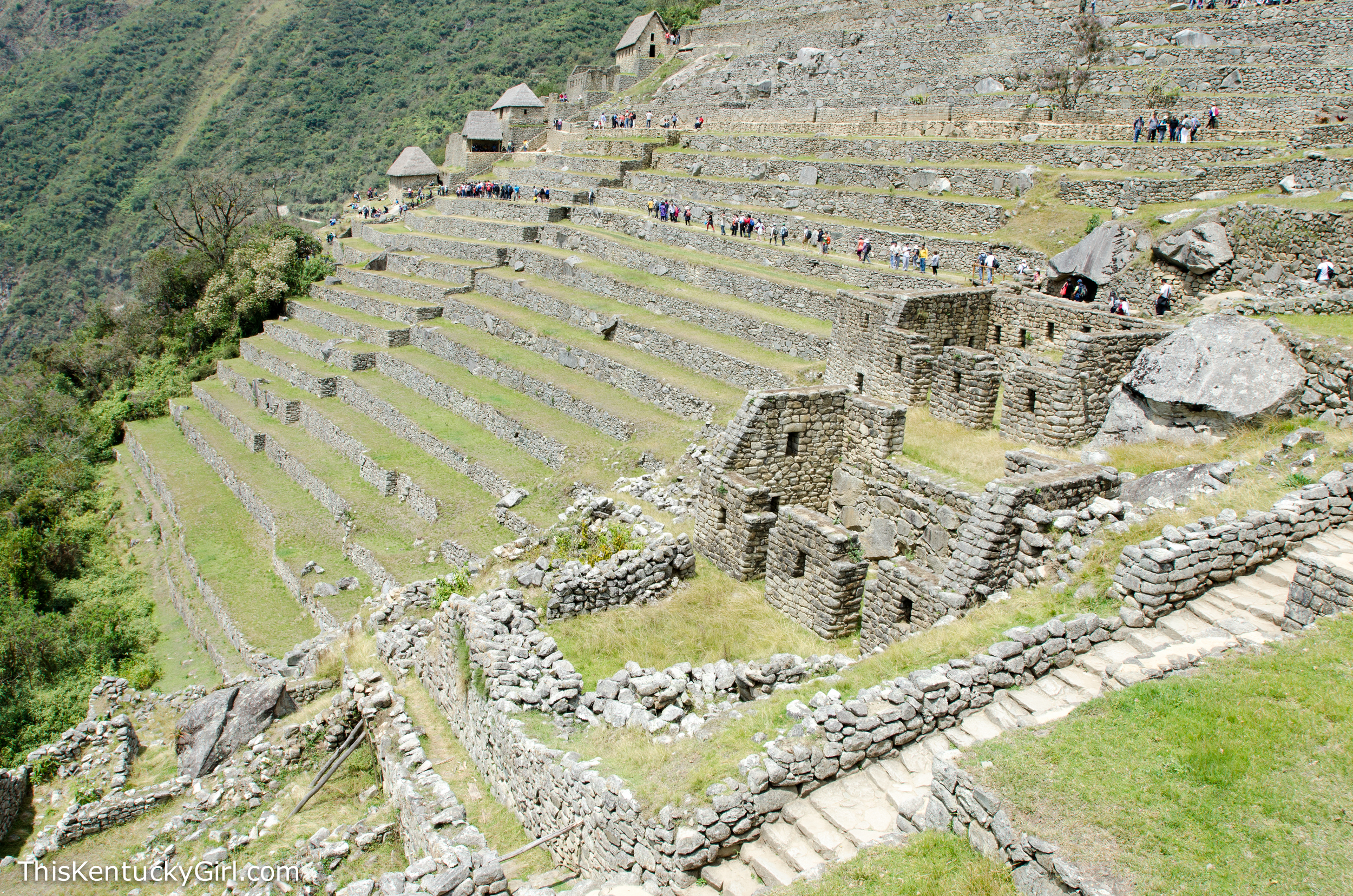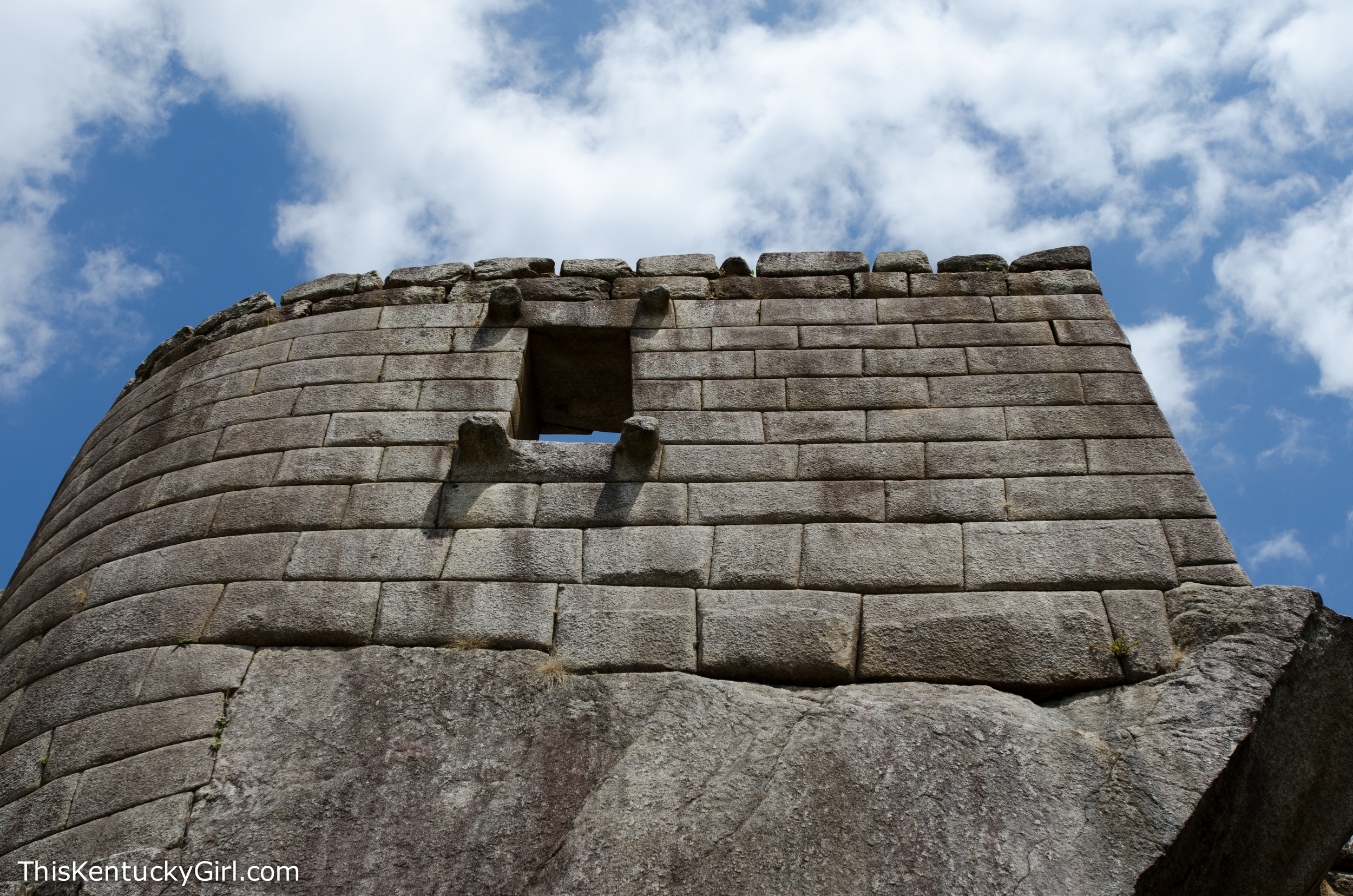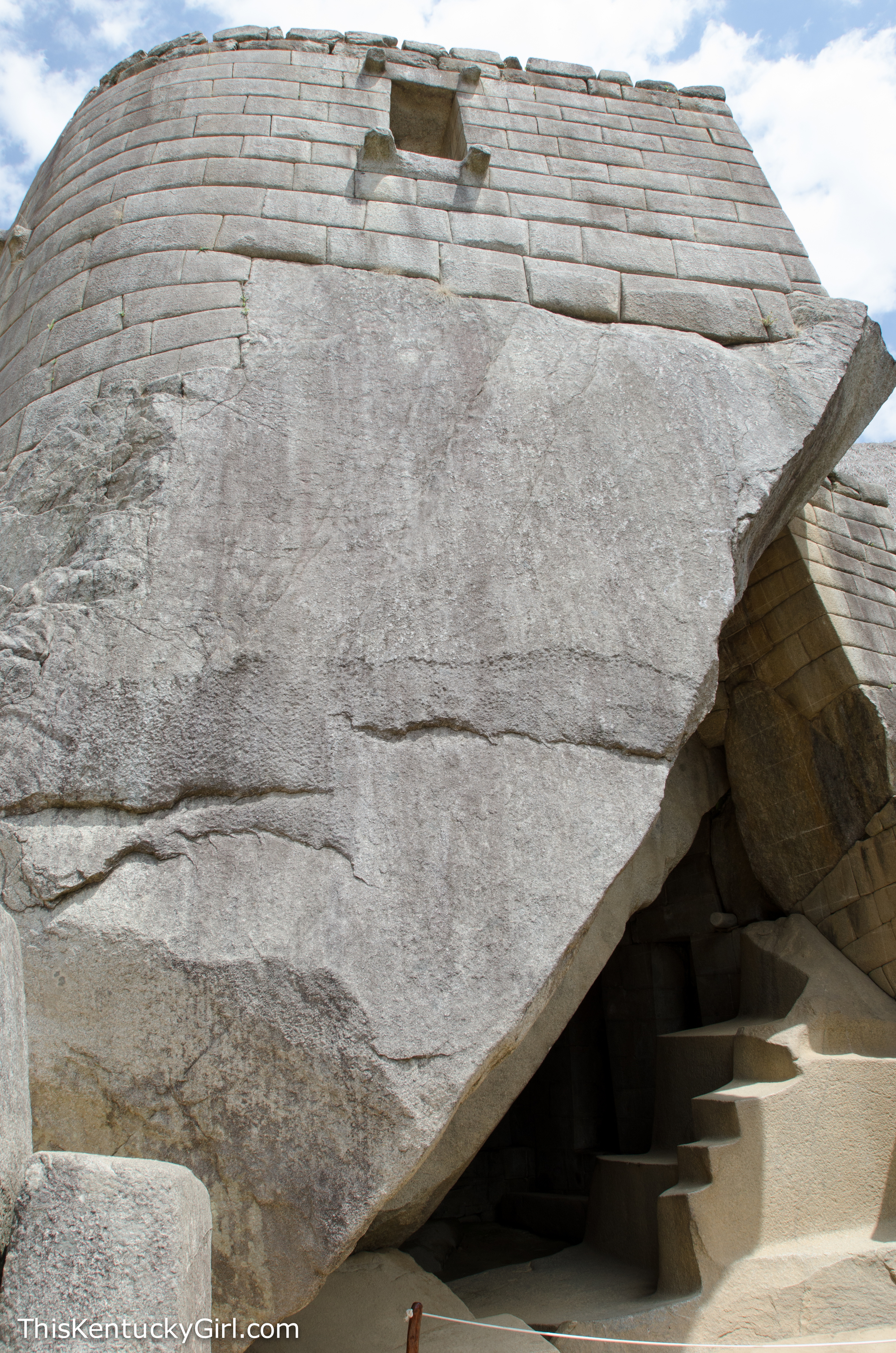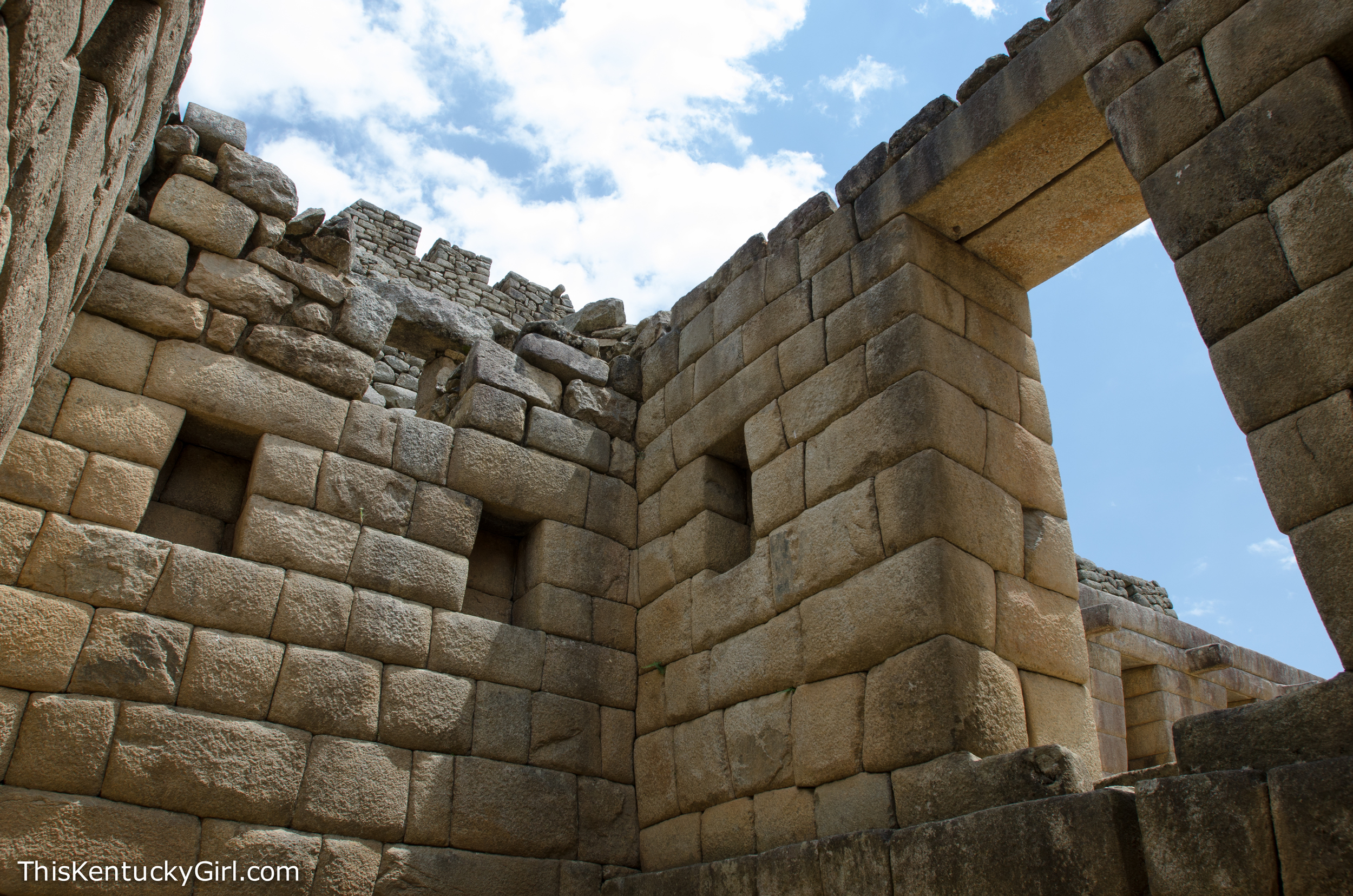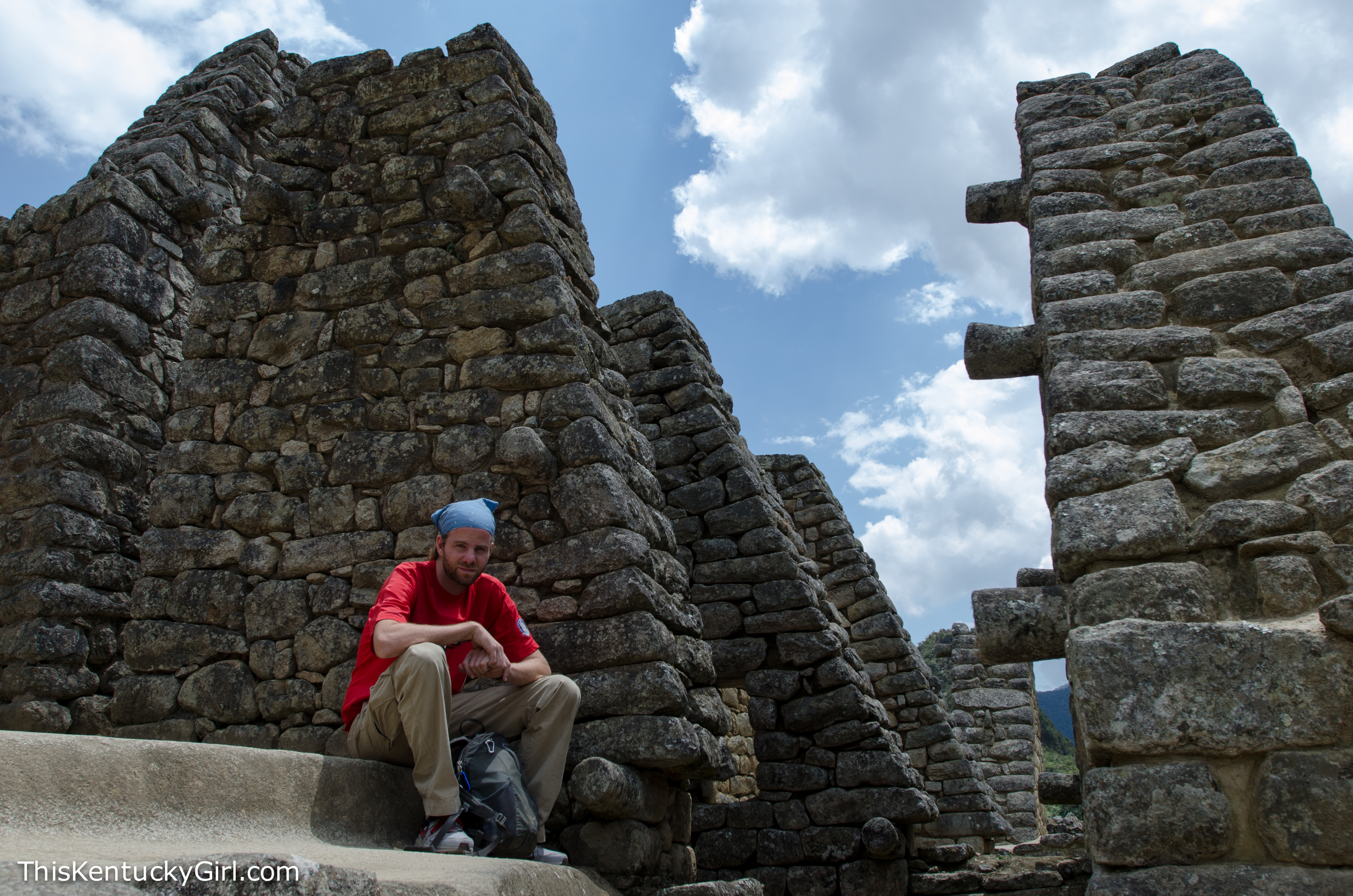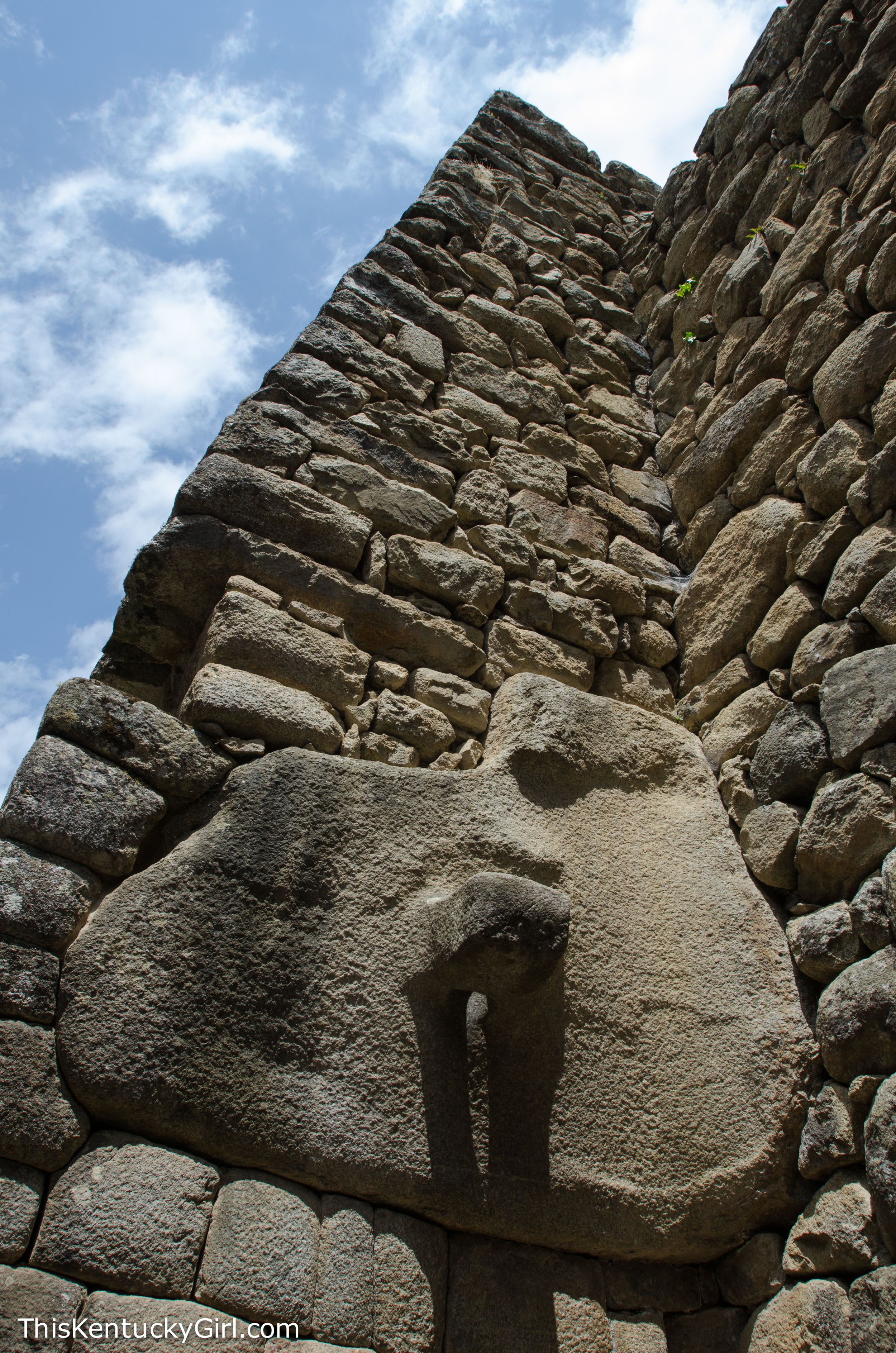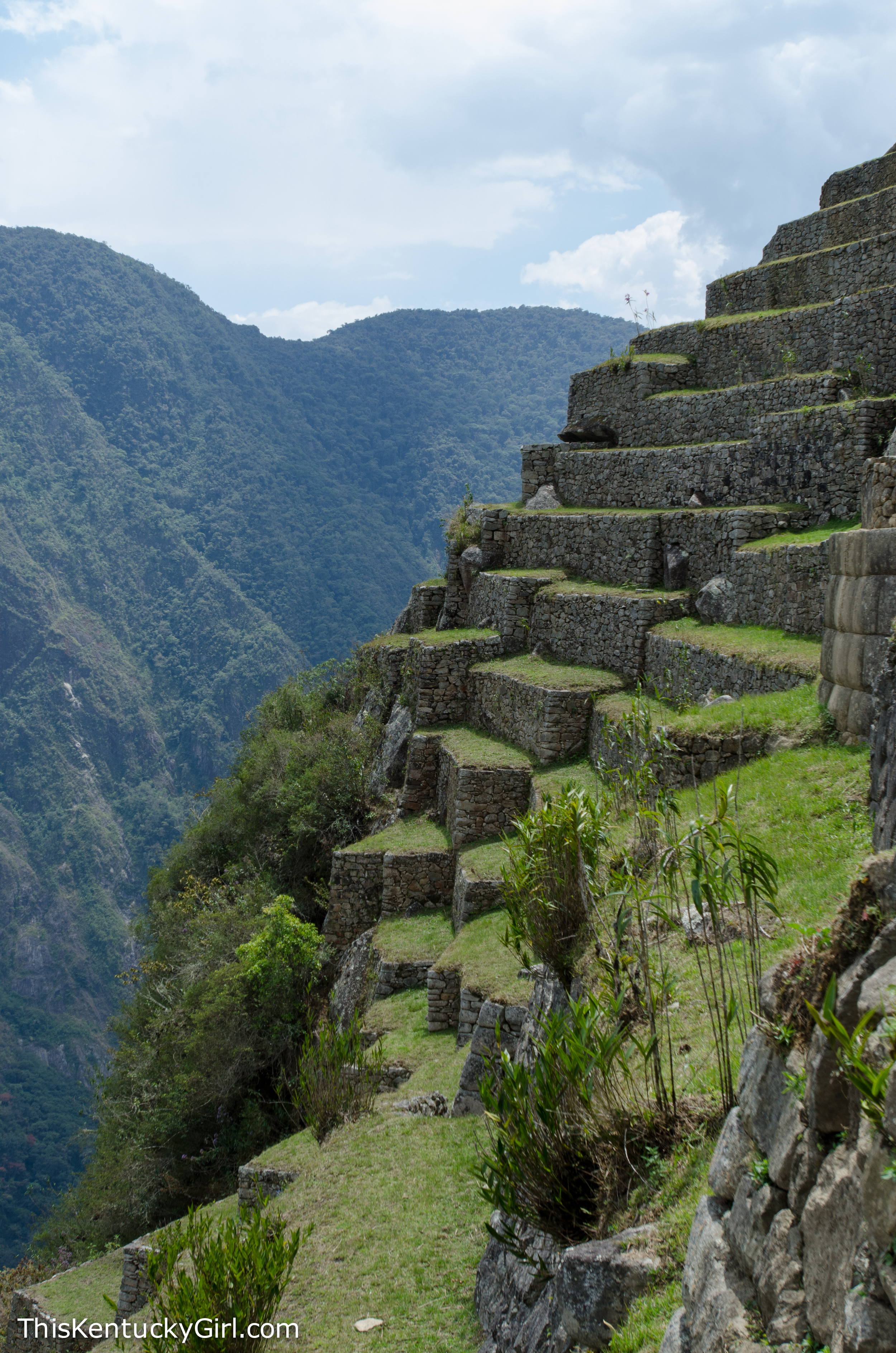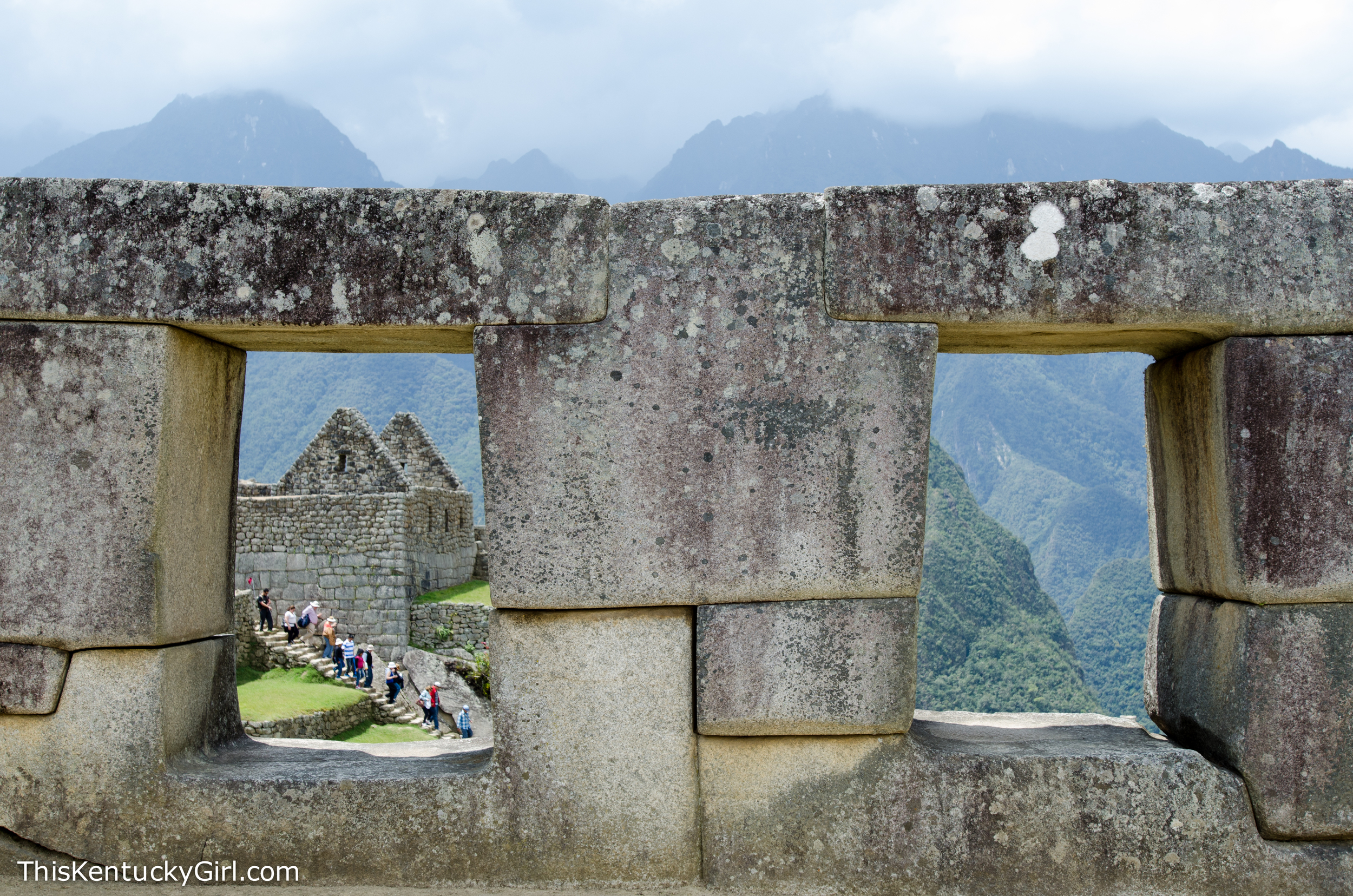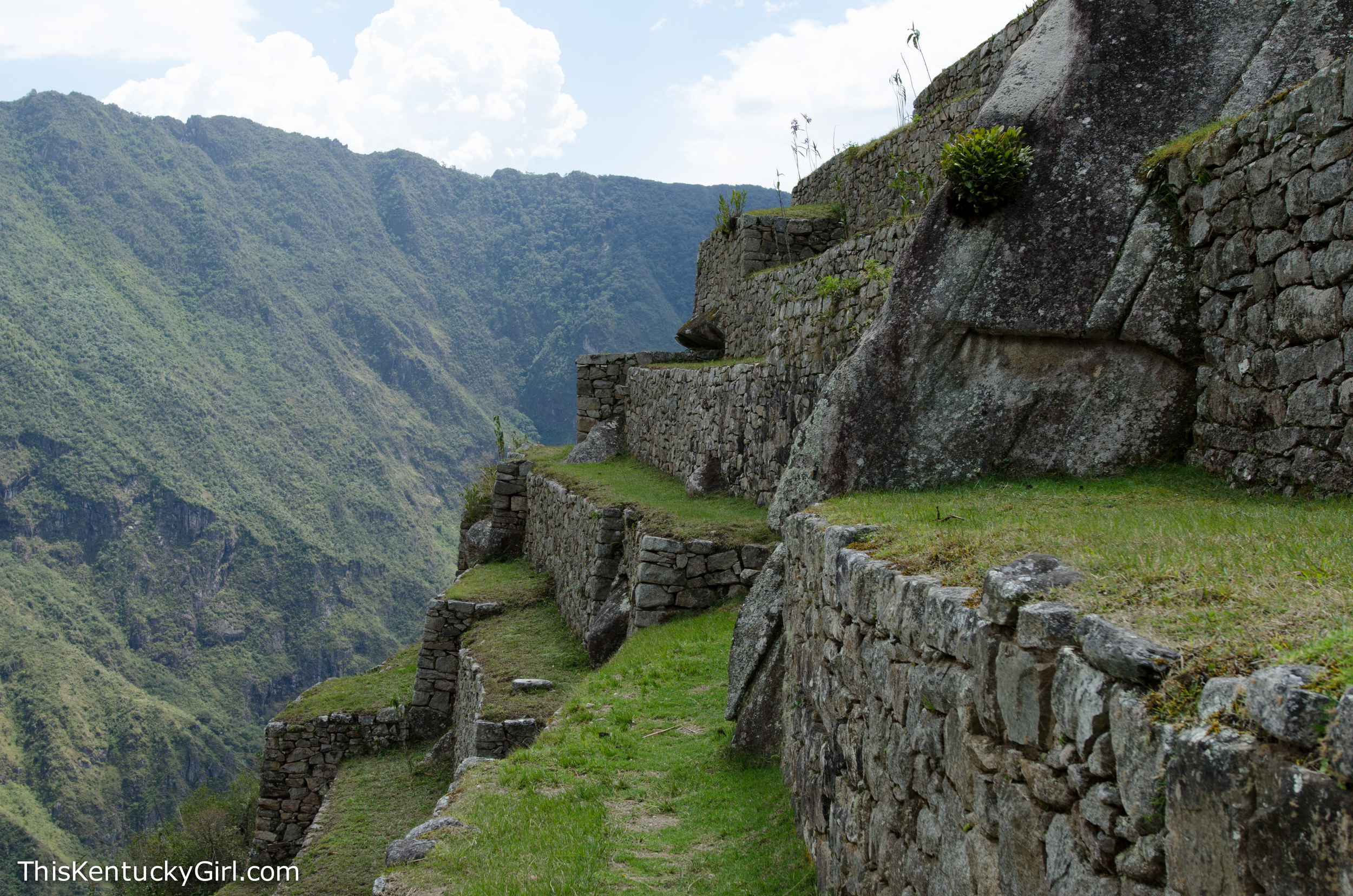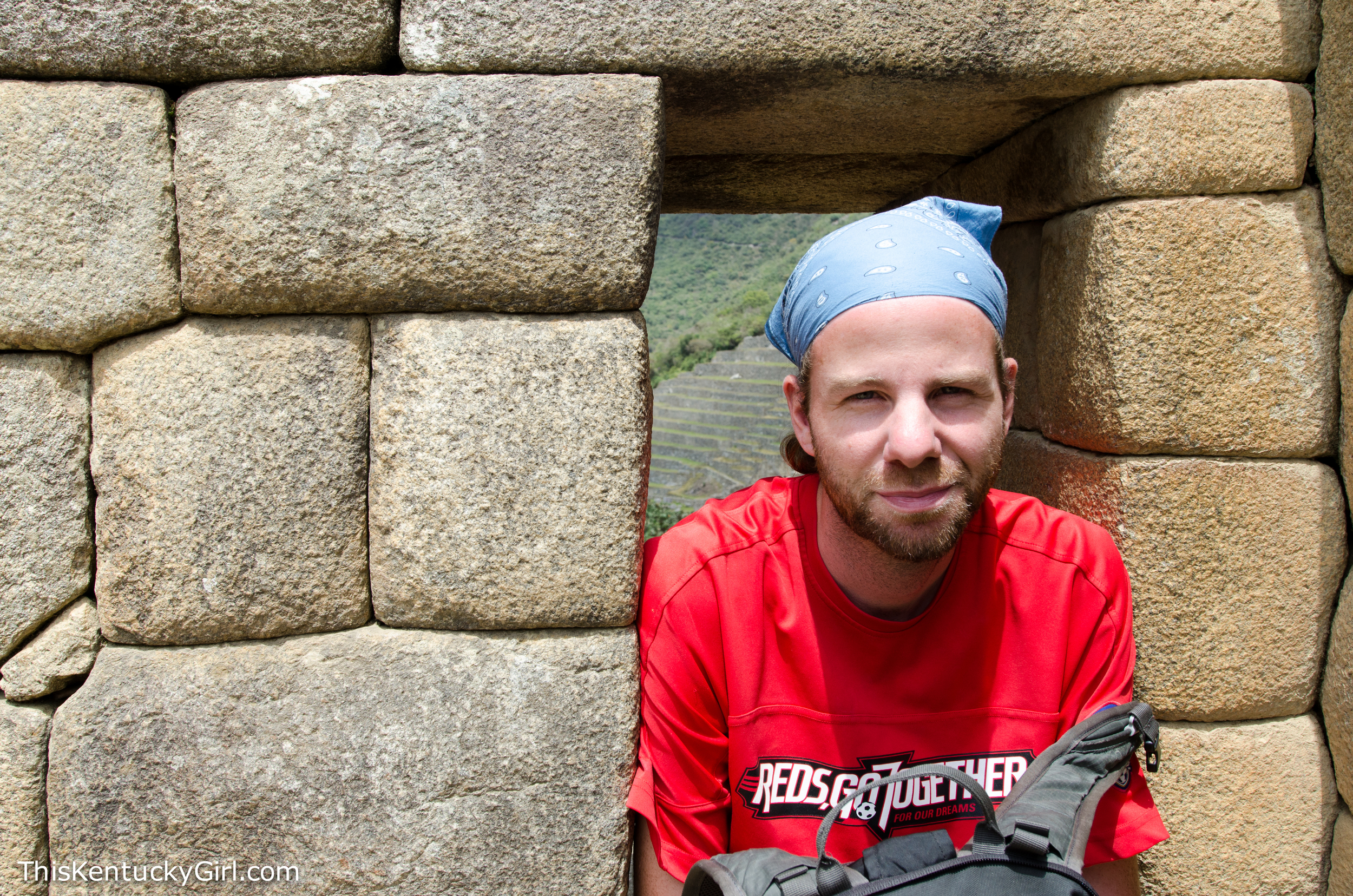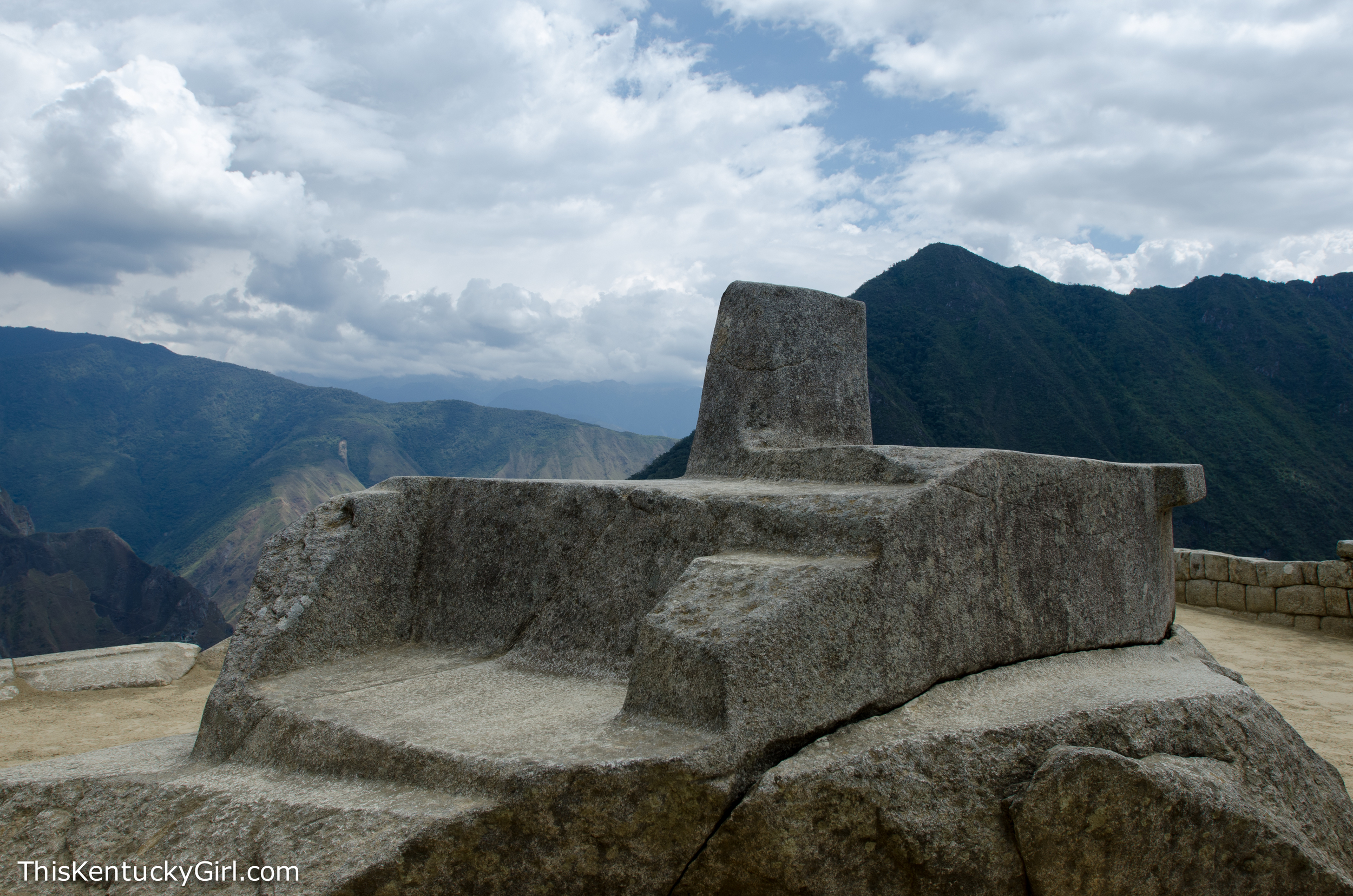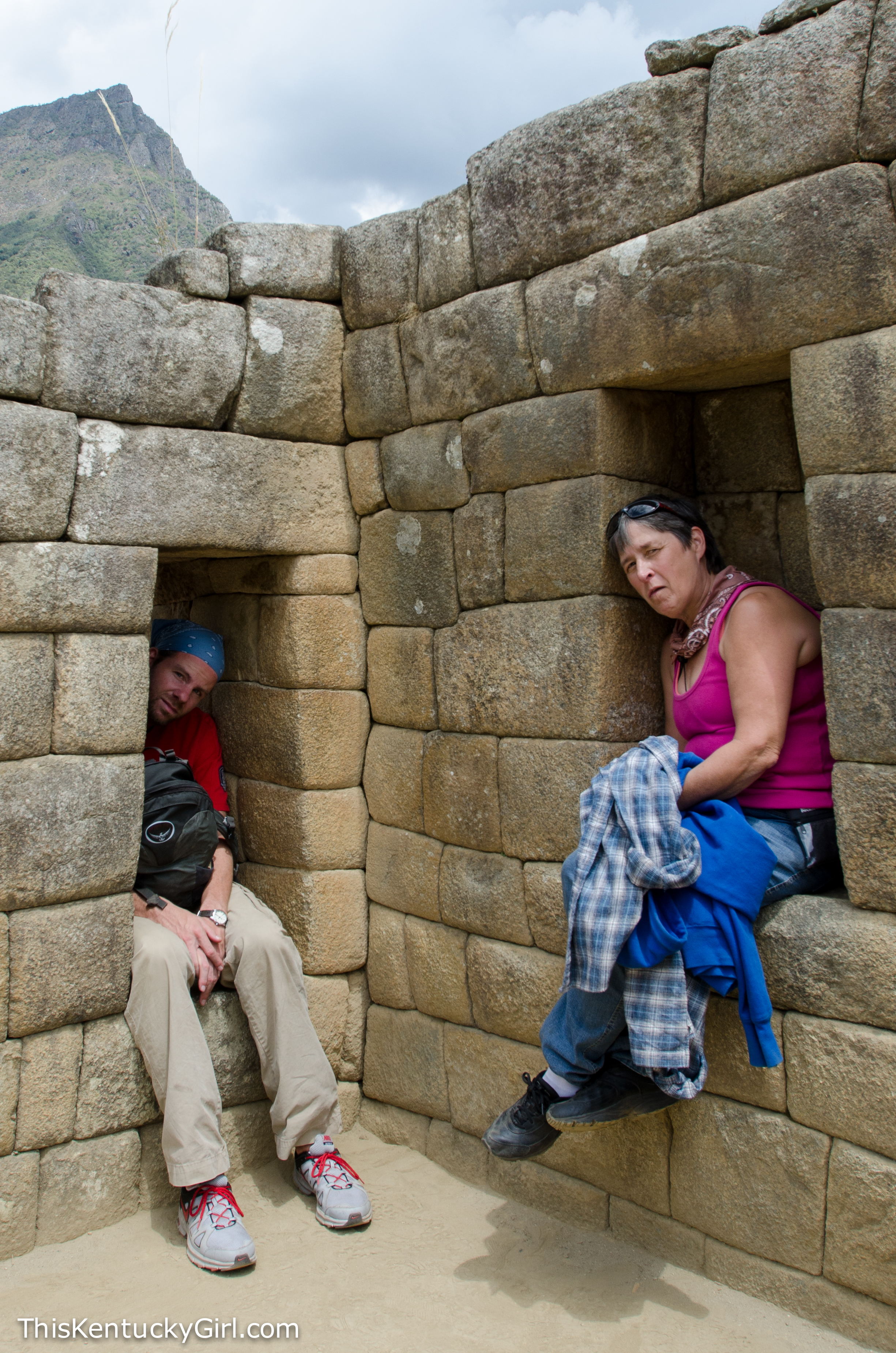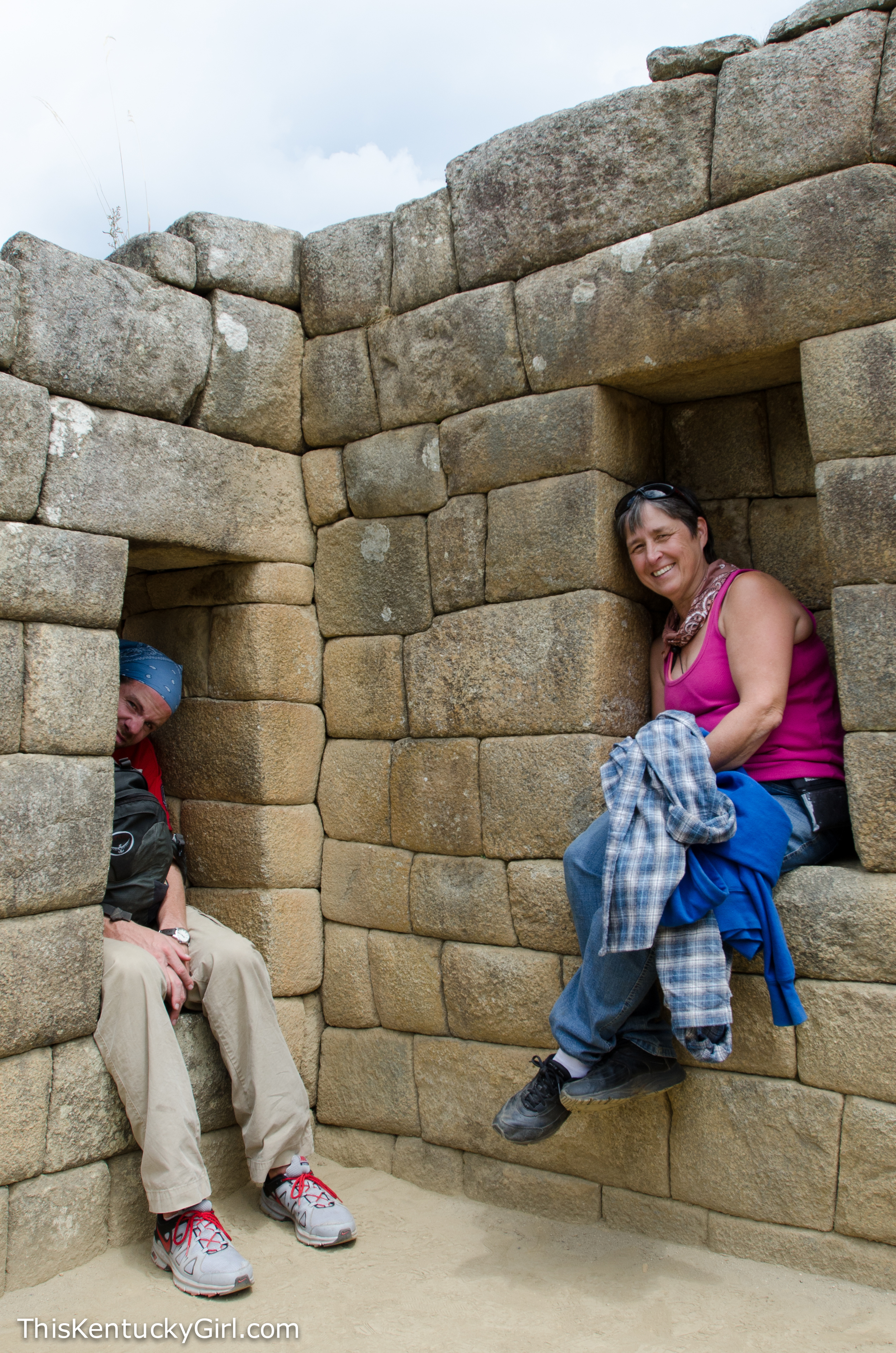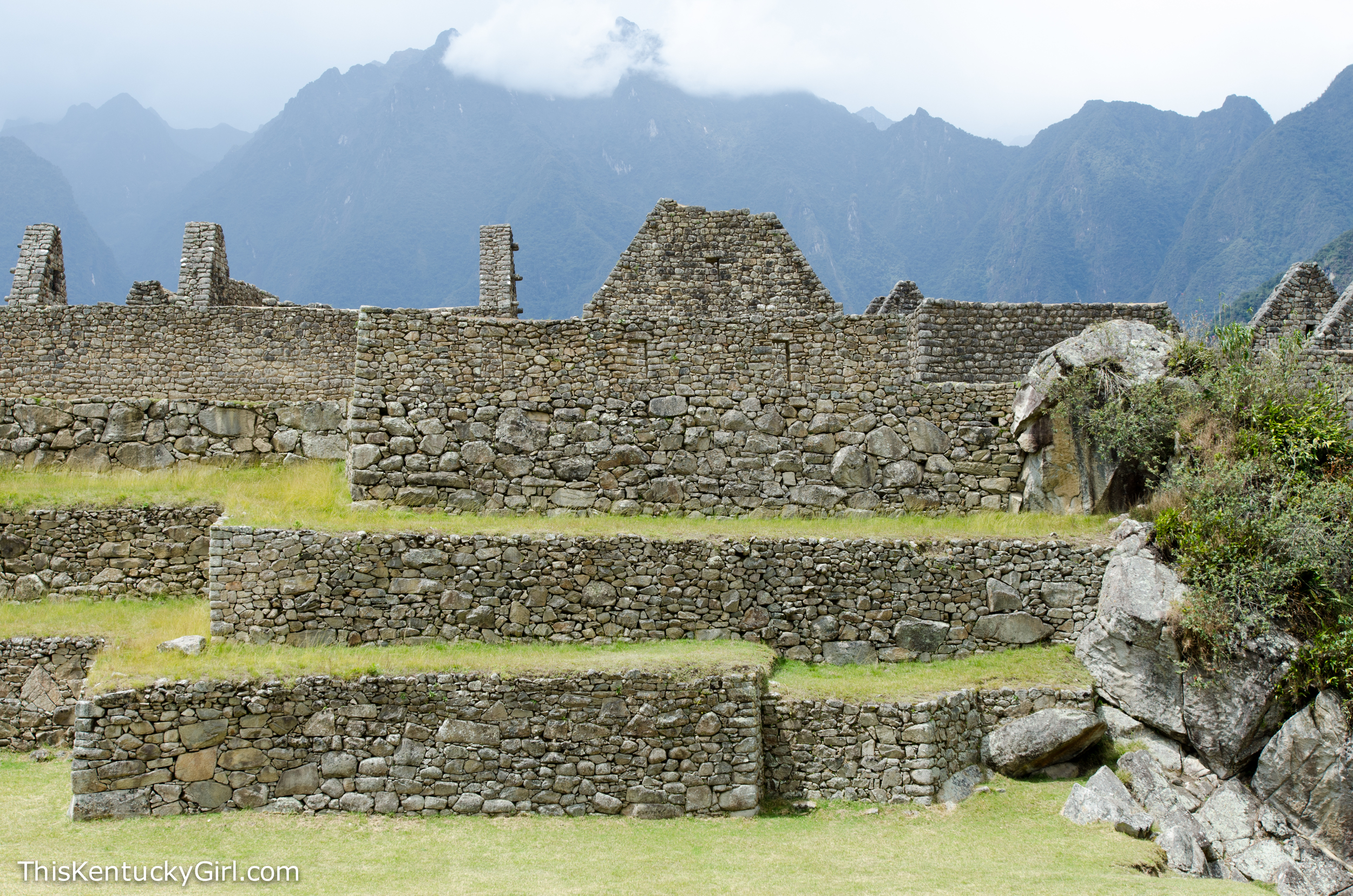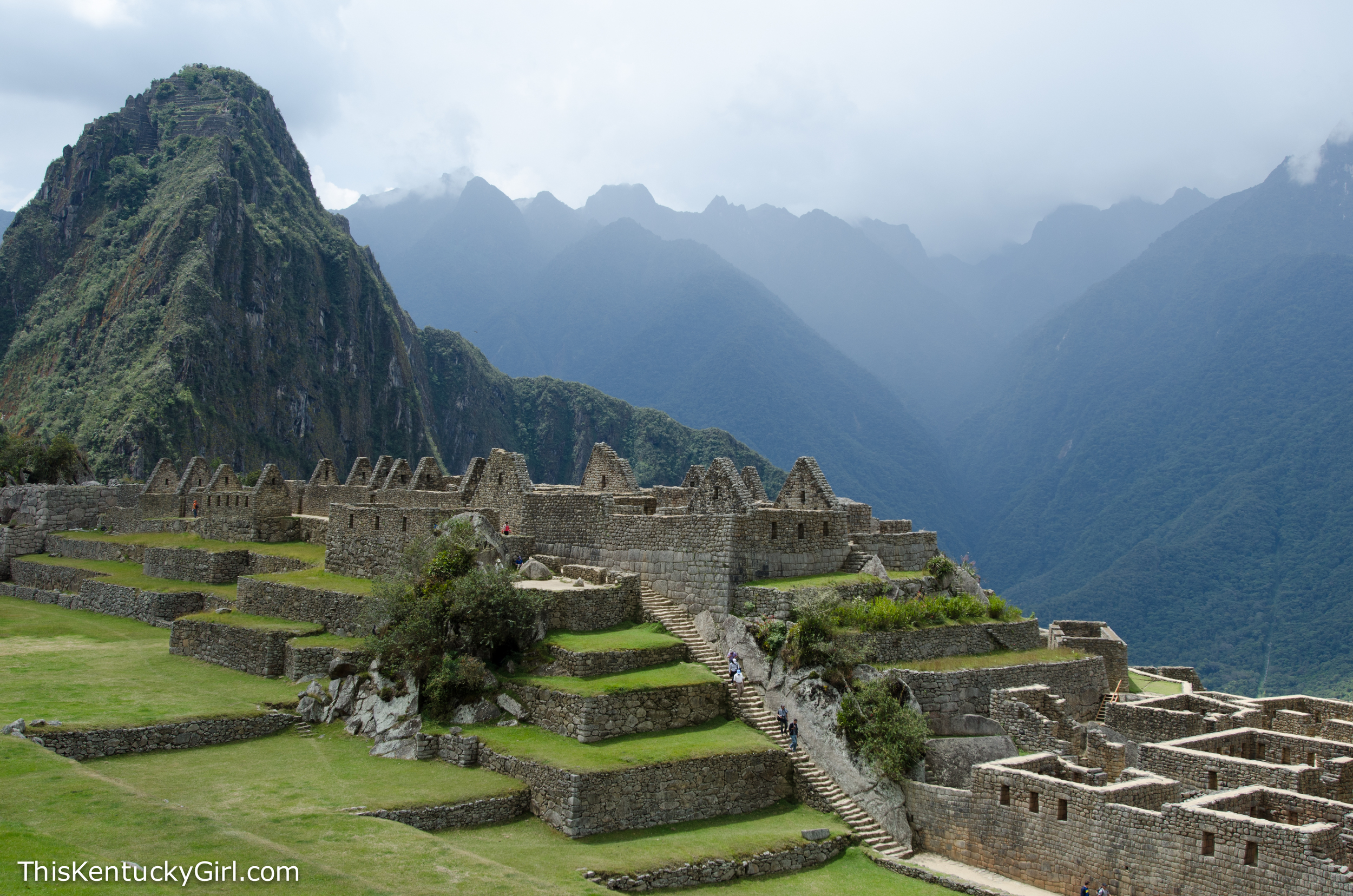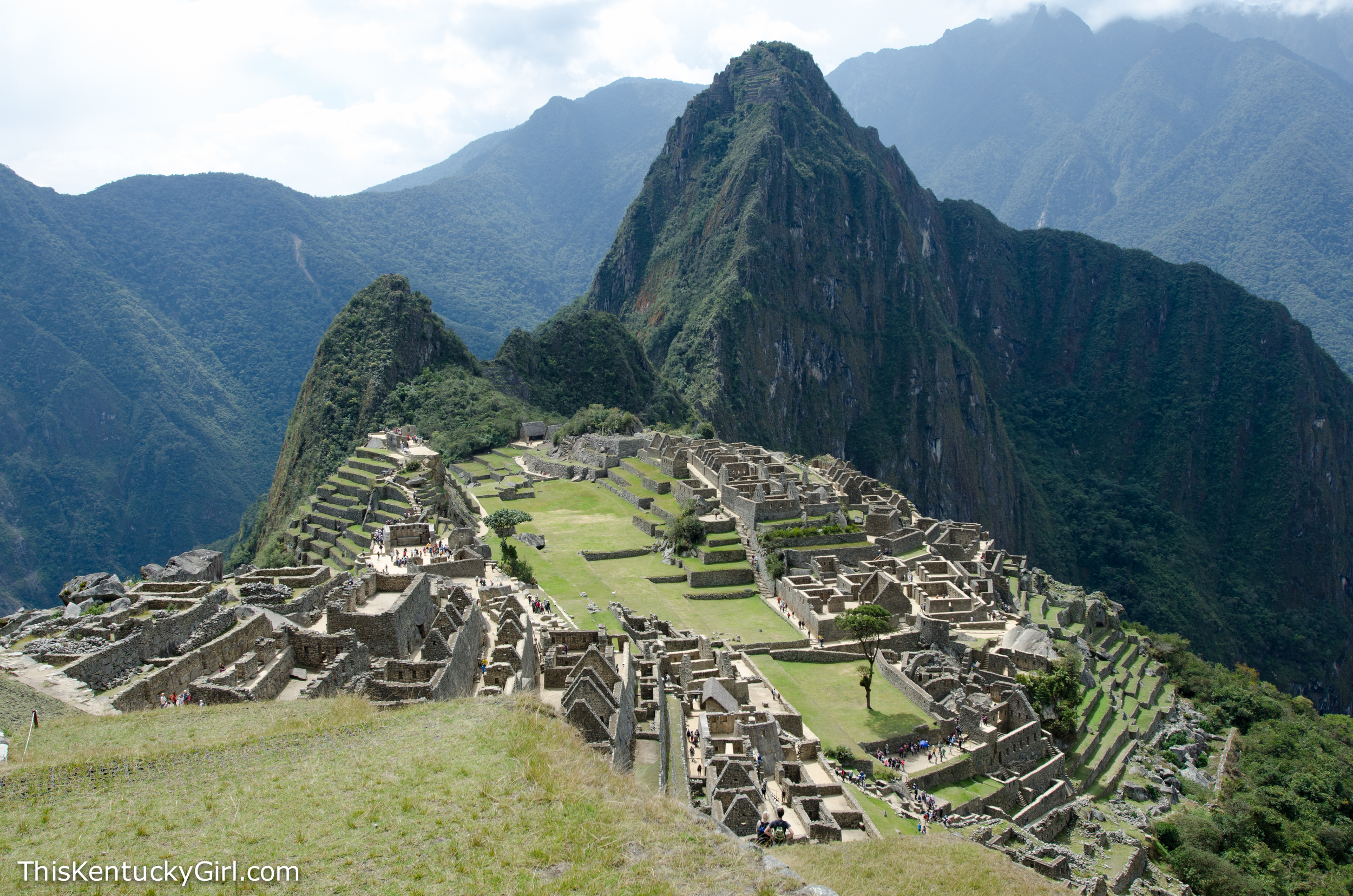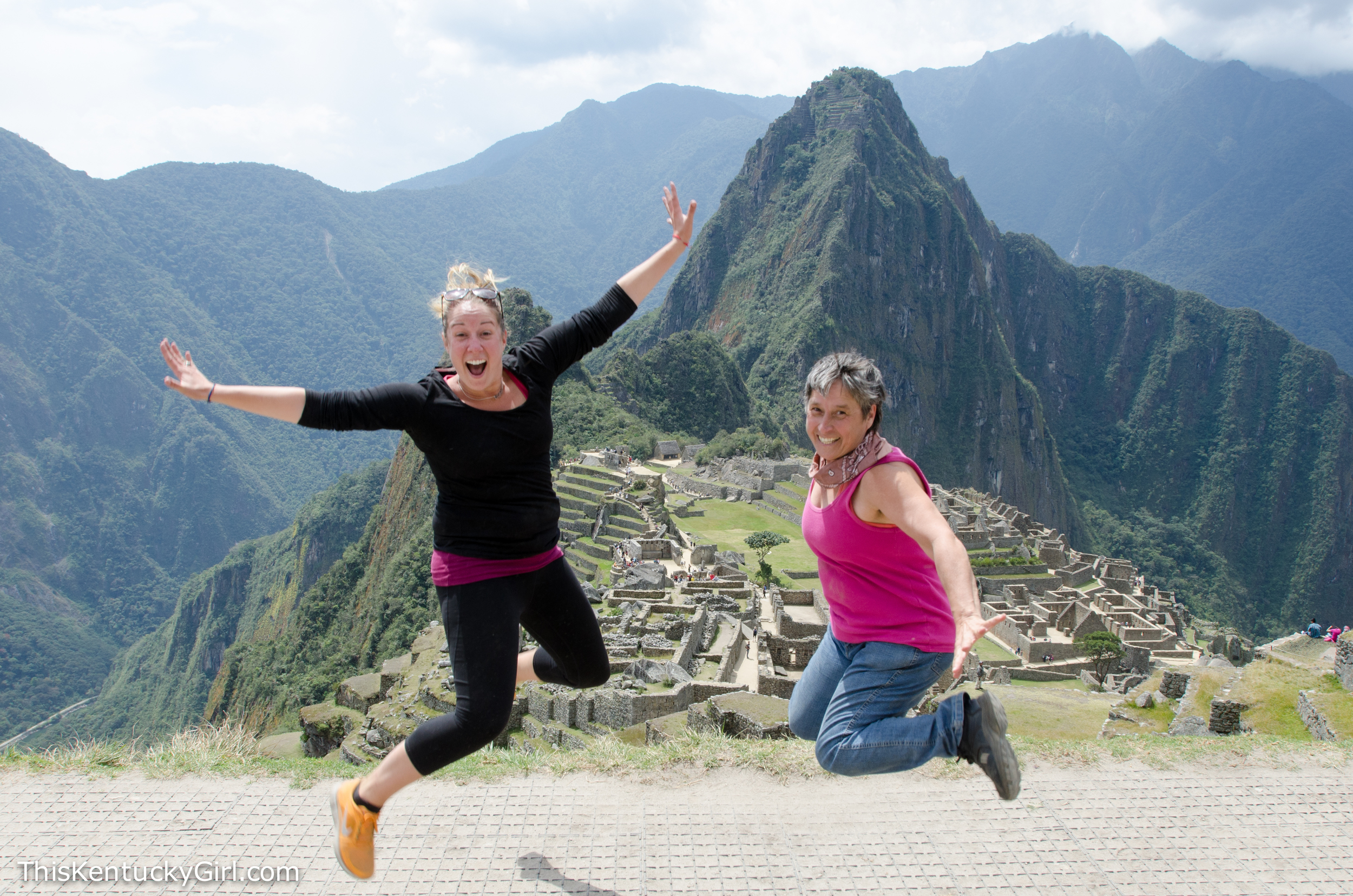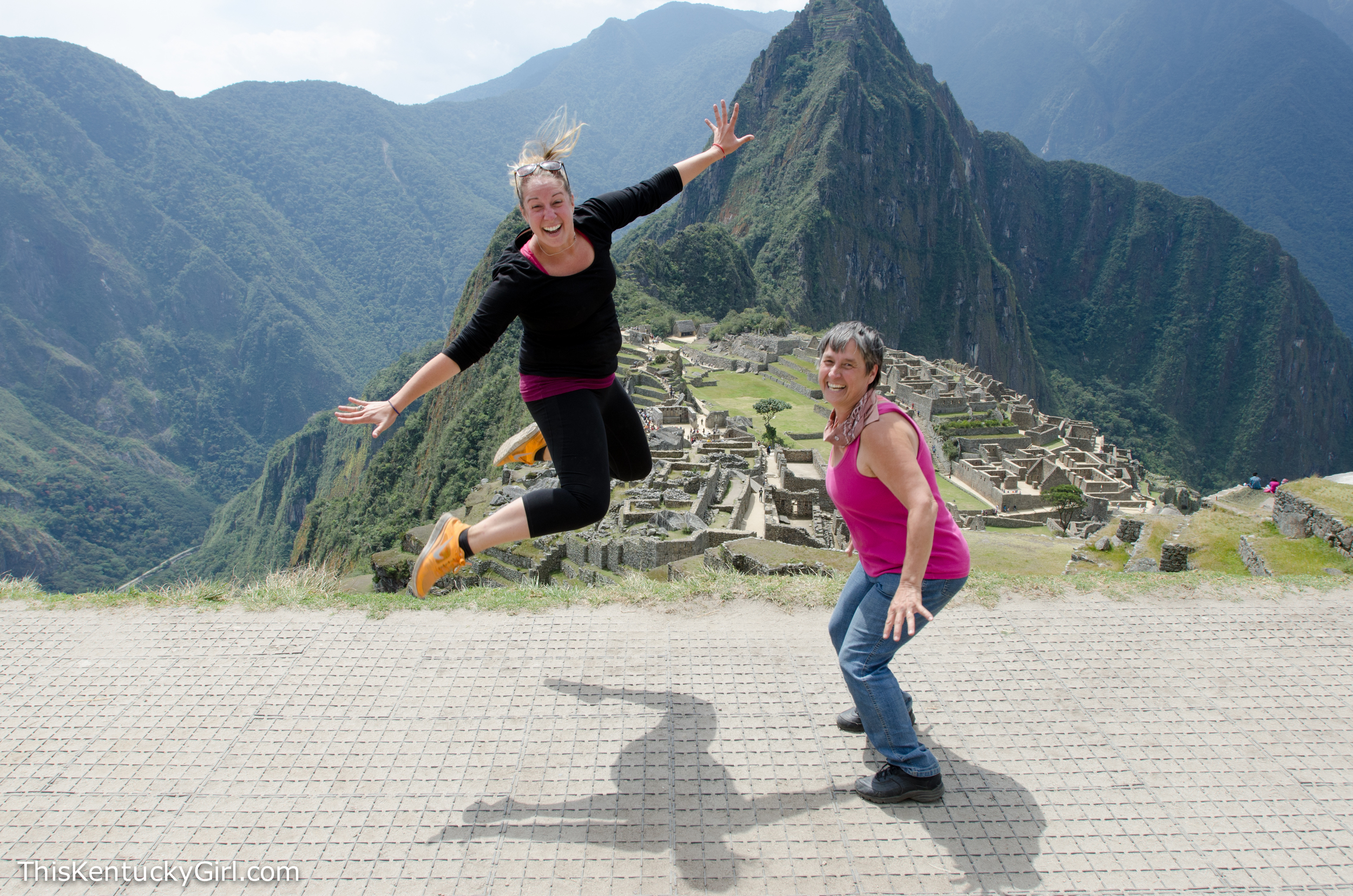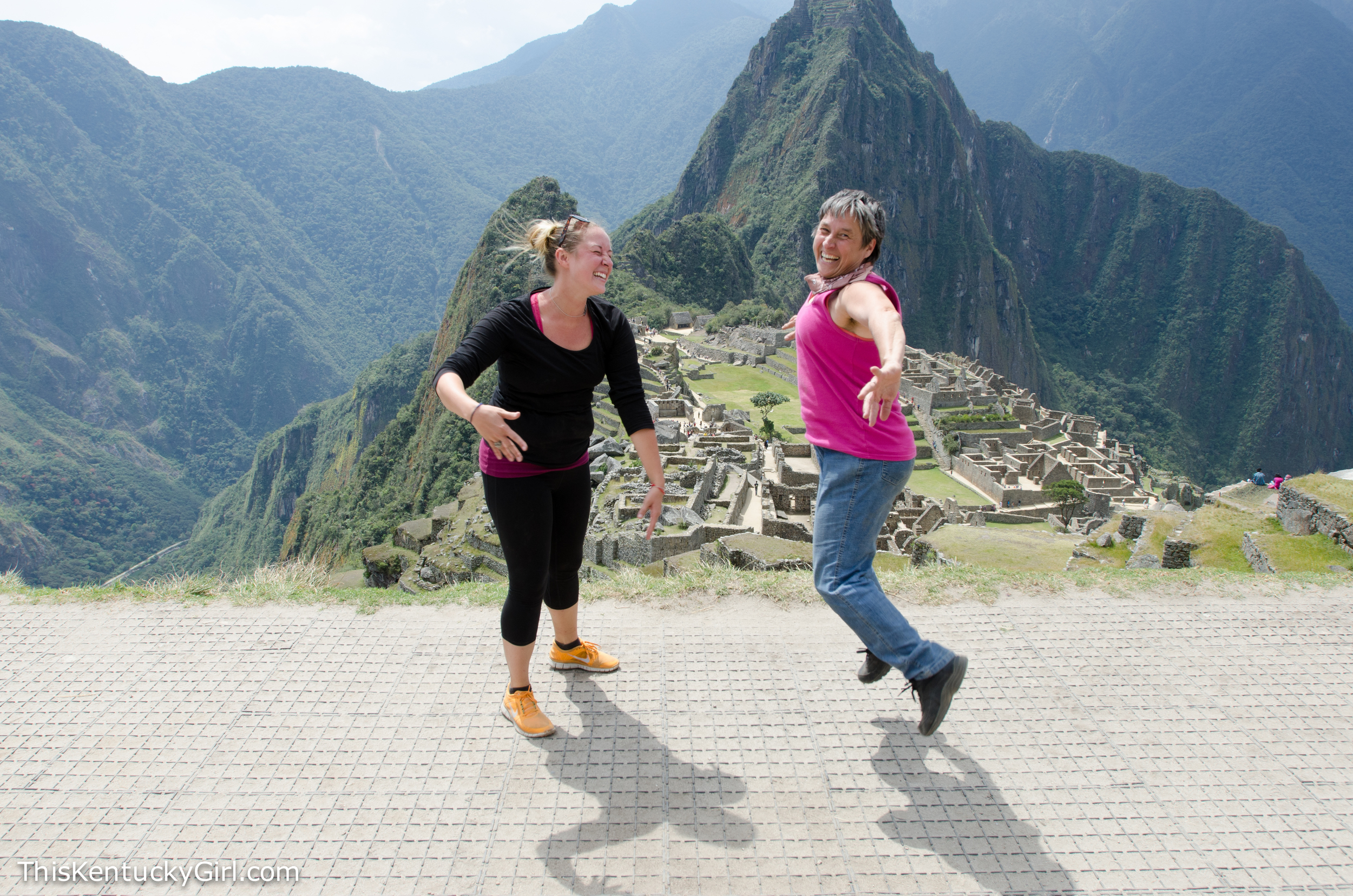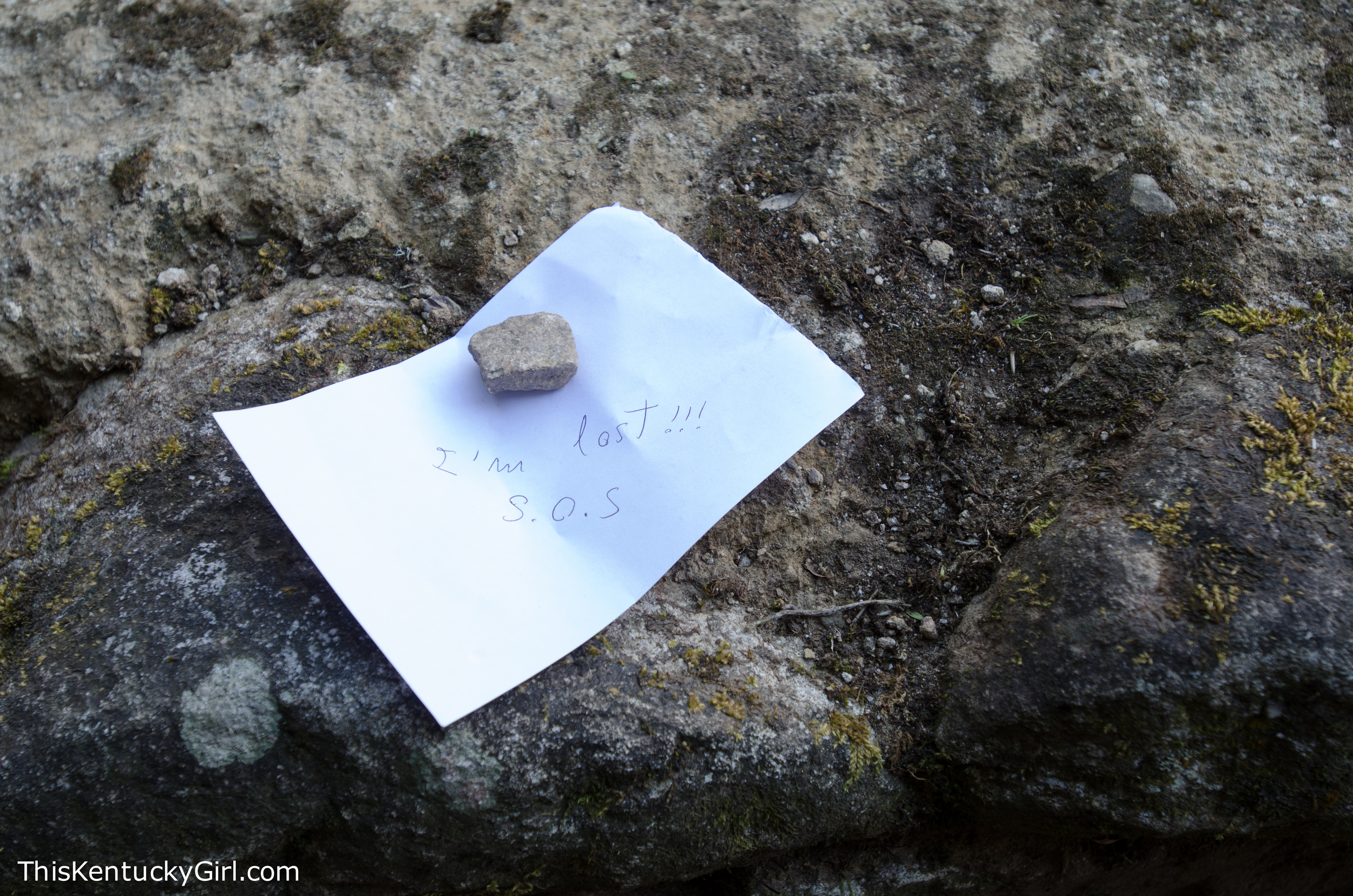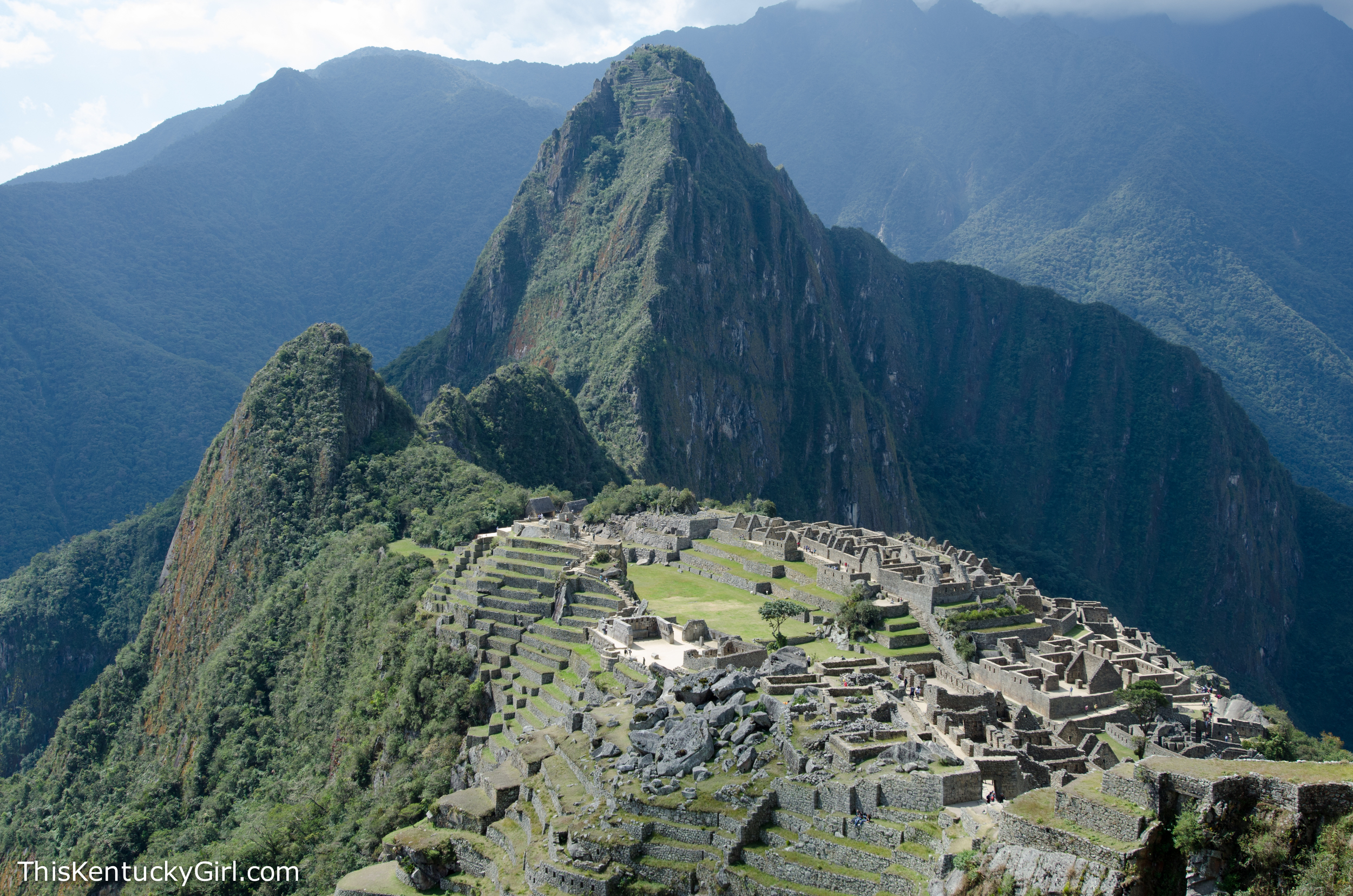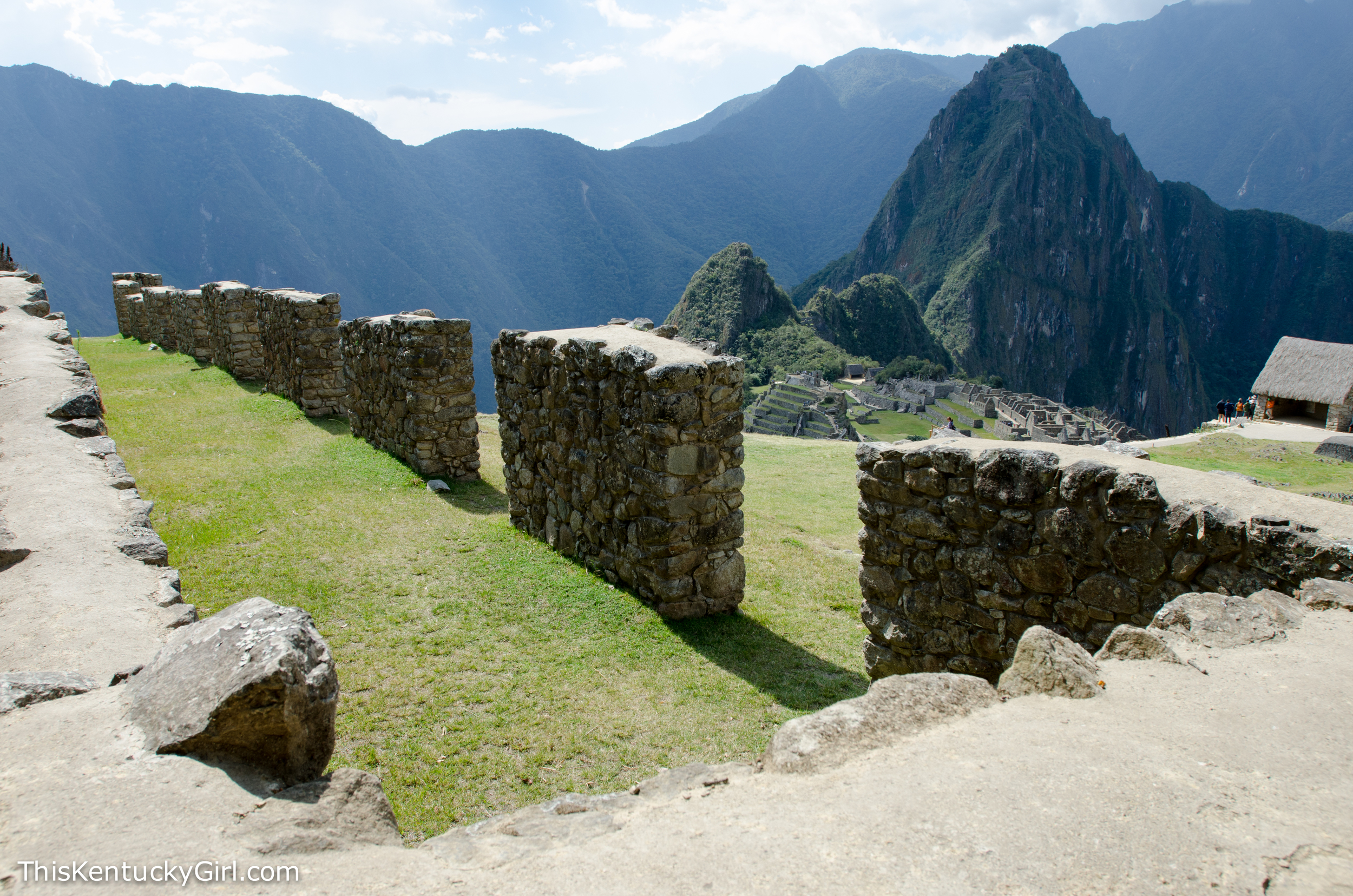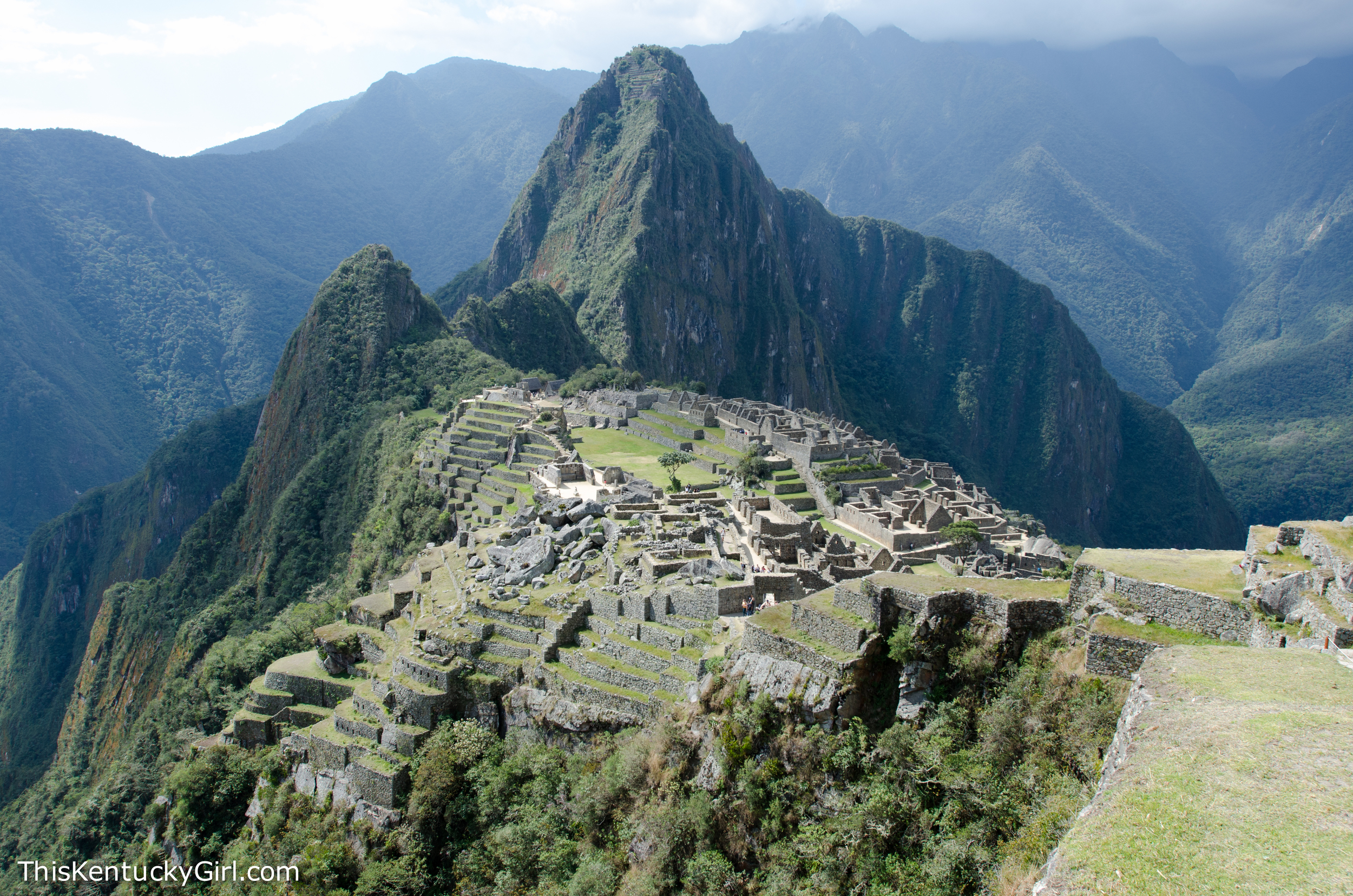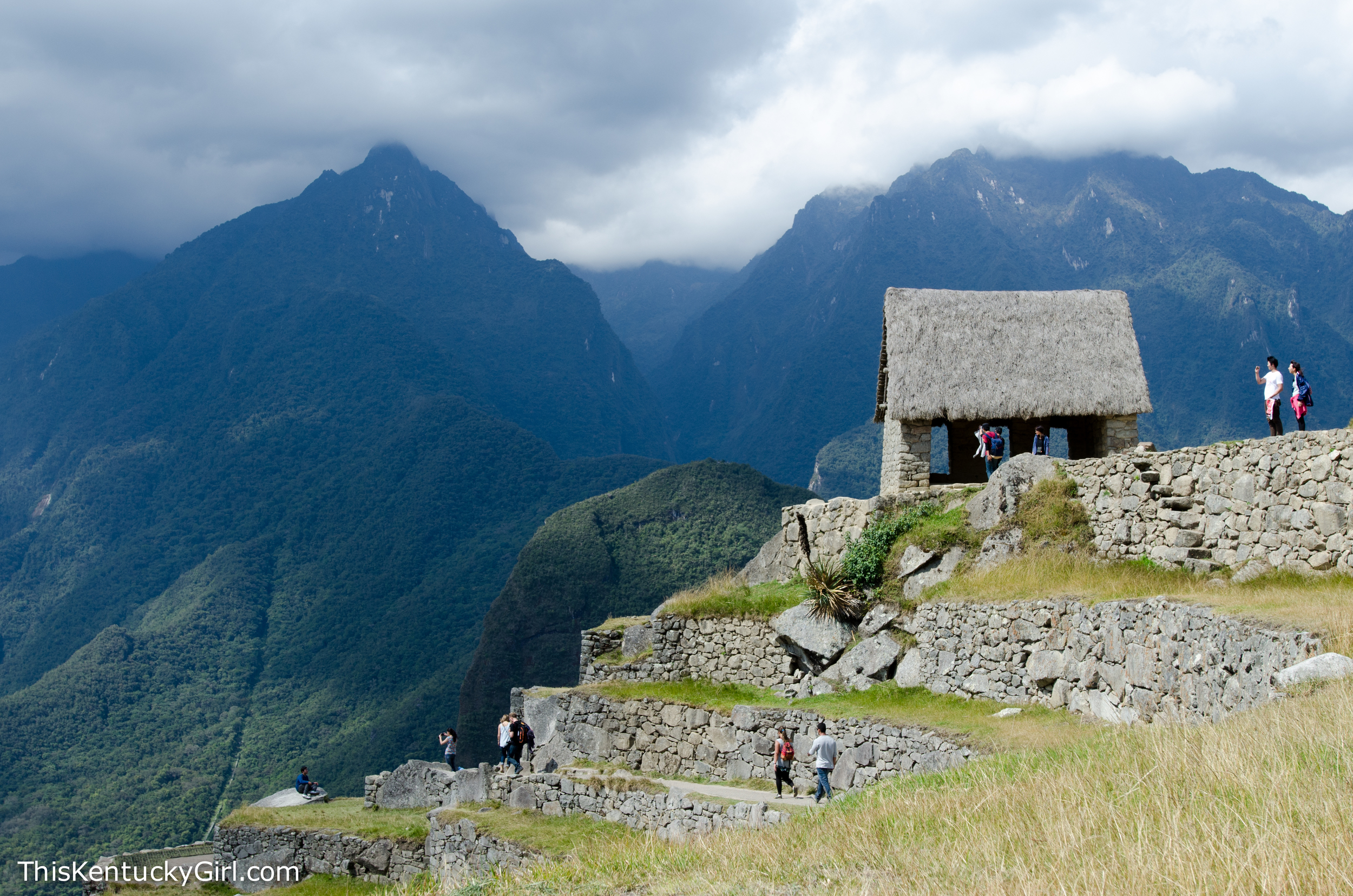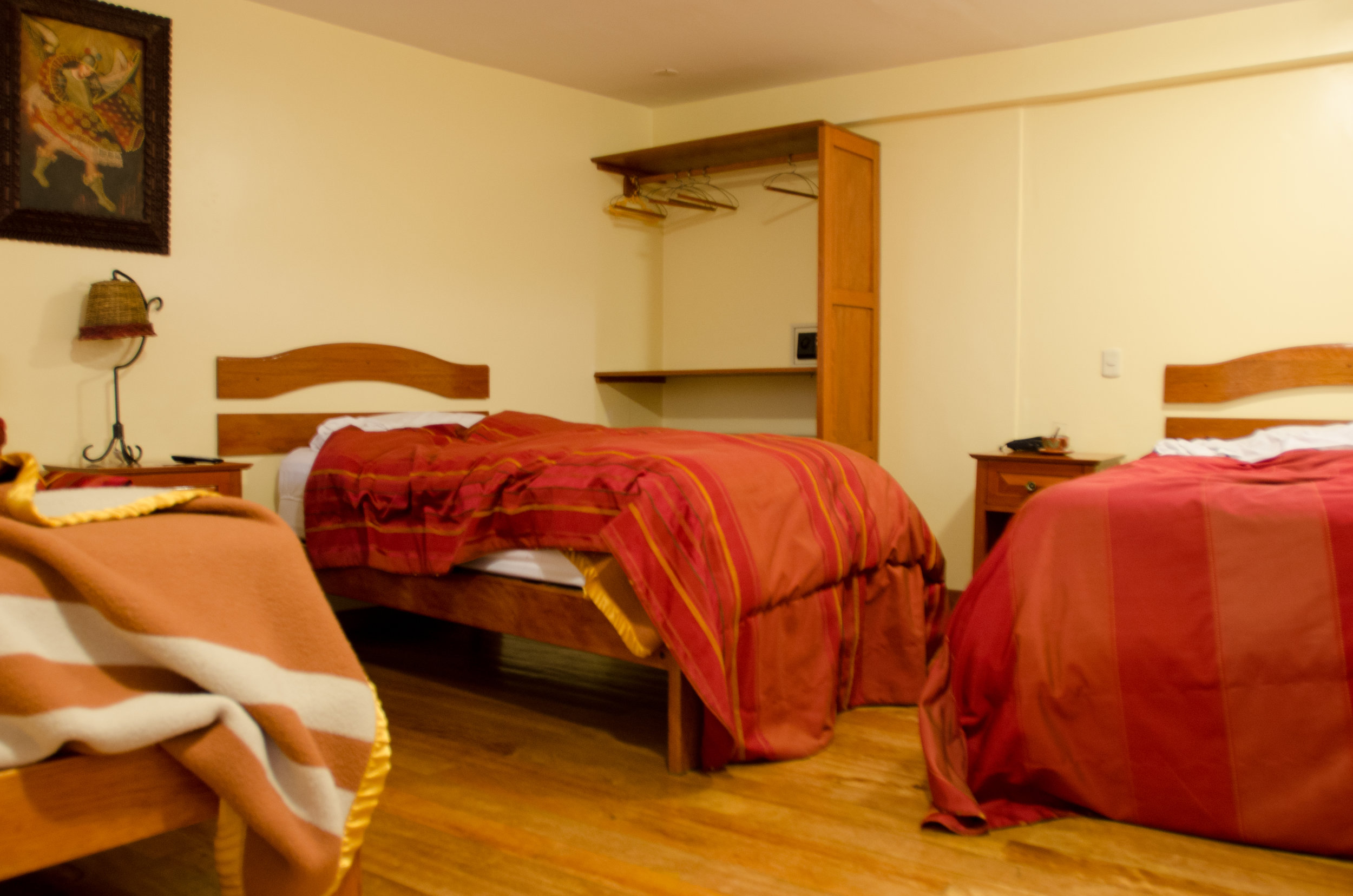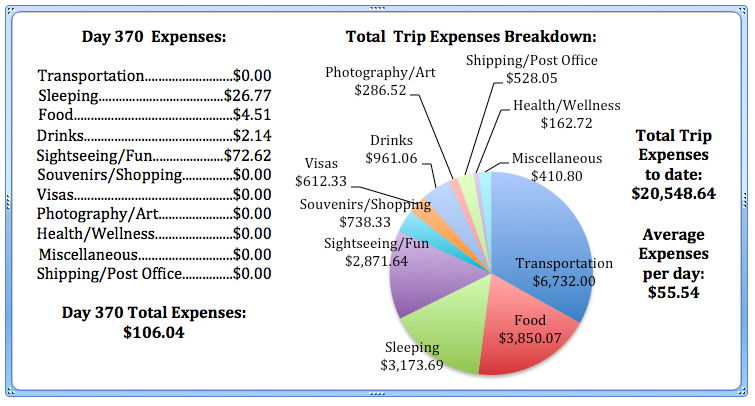It hasn’t been easy (re)Adjusting to America. I’ve been overwhelmed by everything from thick bath towels longer than I am tall (ok, almost), Keurig coffee makers, and the Kardashians – just to name a few of the many things that I can’t seem to be able to wrap my head around. It would seem that I simply don’t know what it is to be “American” these days. Target employees make me want to run and hide in the middle of a rack of clothing. HELLO! HOW CAN I HELP YOU TODAY? ARE YOU FINDING EVERYTHING OK? ANYTHING I CAN DO FOR YOU? And then there’s the plethora of choices. So. many. choices. all. the. time. Different brands. Different sizes. Different packages. Aisles upon aisles of… food and more food. or toothpastes. or bras and underwear. or lotions. or candy. or magazines. or…
When I left America, there was cheese. Sure, there were different kinds of cheese; cheddar, mozzarella, feta… But now there’s non-dairy cheese. Lactose intolerant cheese. Organic cheese. Gluten free cheese. Vegan cheese. And the diets everyone is on? It makes my head spin. I shouldn’t judge. I know my diet changed a lot on our trip. Like in S.E. Asia, there were noodles- so we ate noodles. In Nepal and India, there wasn’t any beef, but there was a lot of curry! We didn’t eat beef, we ate curry. In Africa it was impossible to find fresh vegetables. Guess what we didn’t eat? Fresh vegetables. And now that we’re back in America, where you can eat absolutely anything you could possibly want… people choose not to eat certain foods? Even worse, people let food go to waste?
You’re full after eating your soup AND appetizer, so you’re just going to throw away half of a perfectly good cheeseburger because you’re FULL? Because YOU DON’T KNOW WHAT IT’S LIKE TO NOT HAVE HAD A GOOD CHEESEBURGER IN MONTHS? Girl, please, I will take that cheeseburger home for you if you don’t want it. And no, not because there are poor starving children in Africa (although there are) but because I know what it’s like to not have a cheeseburger when I really, really want one. It’s not just this that’s on my mind if I’m out at a restaurant these days. It’s the bubbly waitress, it’s the constant coffee refills, it’s the tipping… I haven’t tipped in so long, it’s like I never learned basic math skills to immediately calculate and slip 20% in with my bill.
And did you know EVERYONE SPEAKS ENGLISH?
At least in middle America they do.
There was one night in Madison (Wisconsin) though where we found ourselves in a Vietnamese restaurant next to a table full of Spanish speakers. Because listening to their conversation felt more normal than anything had since we touched down in America, I couldn’t help but giggle as one of them (in Spanish) made fun of someone who told them they needed to stop speaking “Mexican.”
And everyone talks to you all the time. At least, to me they do. It’s fantastic! And totally weird because I’m not used to speaking the same language fluently. But it’s great… just as long as no one else is speaking English at the same time. Because I’ve lost all ability to filter other conversations out of my brain simultaneously. When you’re living in Korea, and your Korean isn’t fluent, filtering others out is literally a no-brainer. Same for traveling in and out of countries where you don’t speak the language. But when everything is in English? It’s like everyone in close proximity is inside of my brain and I cannot for the life of me get their voices, their conversations out of it. Perhaps if I thought everyone was speaking at a reasonable volume it would be easier… But it seems like everyone has been shouting at me or in every conversation with or around me since our arrival. I would like to think everyone has just been really excited to see me, but I have a feeling it has nothing to do with me and more to do with the bigger (voice) the better. I have yet to figure out why…
I thought (stupidly) that adjusting to being around our old friends again was going to be the hardest part. It’s definitely been an adjustment, but mostly because Andrew and I went without friends (unless we were lucky enough to meet or meet up with some on our trip for more than one afternoon or night) for 15 months. The majority of that time, we were alone. Friendships were maintained via email and even then it was a bit spotty. I would go for weeks or months without hearing from some friends and I would have to remind myself that I was the one who left them. I was the one who went off the grid when the internet simply didn’t work very well in countries like Nepal or Mozambique or Ecuador… But as soon as I got back, it felt as though everyone was waiting with arms wide open. They left keys under plants for us to let ourselves in after our plane landed at three in the morning. They showed up with a six pack of Spotted Cow – not even for me – but for Andrew! They bought us (and some continue to buy us) drinks when we go out. One drove an hour and a half just to have dinner with us! Now that I have an American number, they text, they send gifs of the Golden Girls to my phone, they call, and it feels like I have friends again. We aren’t alone anymore. The adjustment isn’t a rough one, but an unexpected “Oh this is what it’s like to have people around” feeling that wasn’t anticipated.
I also thought (stupidly) that adjusting to being a physical part of my family again was going to be one of the easier parts of this transition. They’ve known me the longest, right? They made me, or, at least, they’ve been around after I was made… how could they not ‘get me’ by now? I could not have been more wrong. I have become so familiar with what it’s like to feel like I don’t have a family that I was ecstatic to be “home” again. This enthusiasm was not matched and I struggle with how to let go of the disappointment.
It seems as if everyone has their own opinion of our adventure around the world and the choice that we made to do it in the first place. Most people think of our 15 month jaunt around the world as a vacation. Like, we were having so much fun all the time, and the pictures we posted on Facebook meant we were always having this amazing time. It was amazing, it was an unbelievable adventure, but it was also WAY more work than going to a traditional job everyday from 9-5. Even if we were seeing an incredible site in the morning, in the afternoon we might be traveling or planning how to get to our next destination or where our next destination was going to be. It. was. hard. We went on this adventure to learn and grow and of course, see the world, but not because we thought it was going to be a 15 month holiday. And we’re moving to New York for some of the same reasons, but it seems as though a lot of people think it’s just one more irresponsible dream we’re chasing down. This makes the transition even more difficult.
I also struggle with anxiety over the future. Over wanting our move back to America to work out. Over wanting a job again. Over wanting a full kitchen and inviting friends over for a beautiful dinner. Or simply being able to buy all of my friends drinks instead of the other way around. I don’t know what the future is going to bring, and I’m not always confident in it, or myself. But then Andrew gets crazy optimistic on me. Or I get a gif of Betty White shimmying across a dance floor. Or a message from a friend reminding me that I survived a rhino (it was actually a hippo) threat while high on malaria meds in Africa and to keep calm and carry on.
